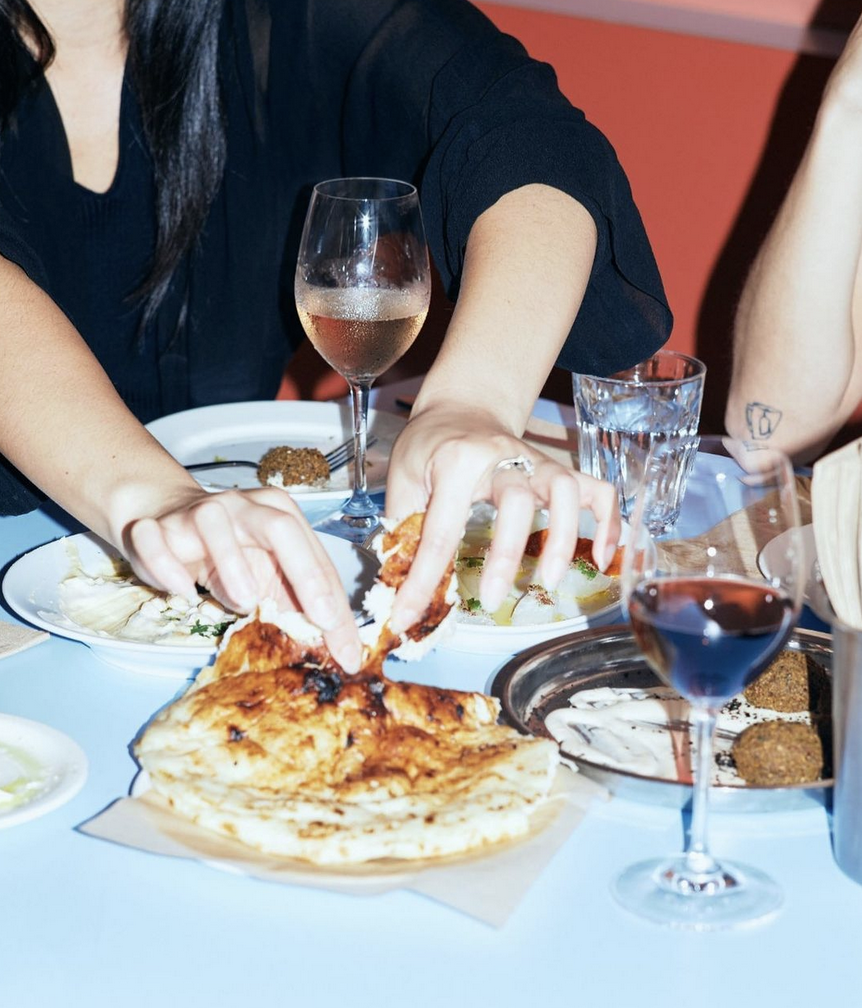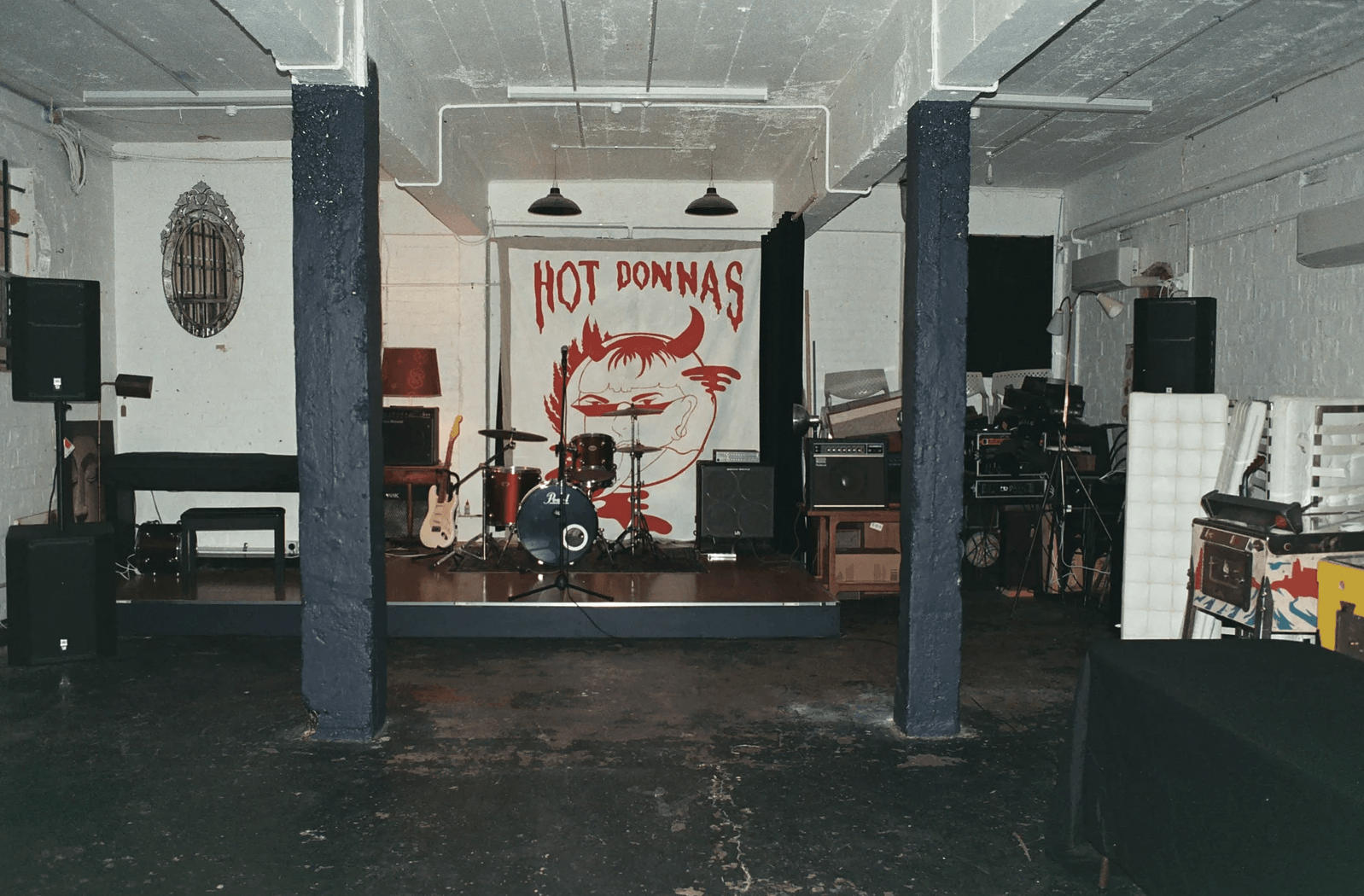Interviews with some of Karangahape Road's well-known and treasured people.
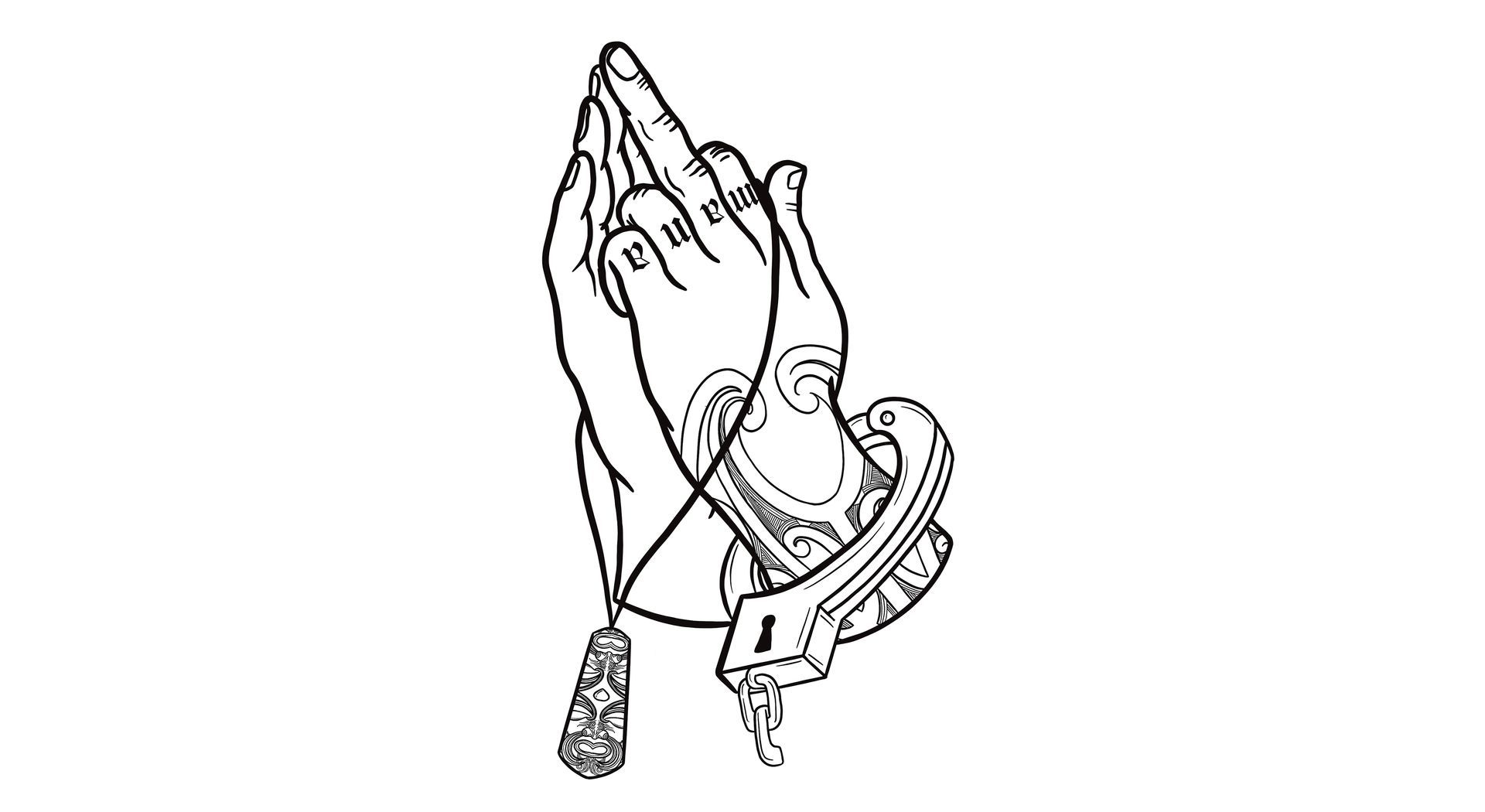
Slide title
Write your caption hereButton
Slide title
Write your caption hereButton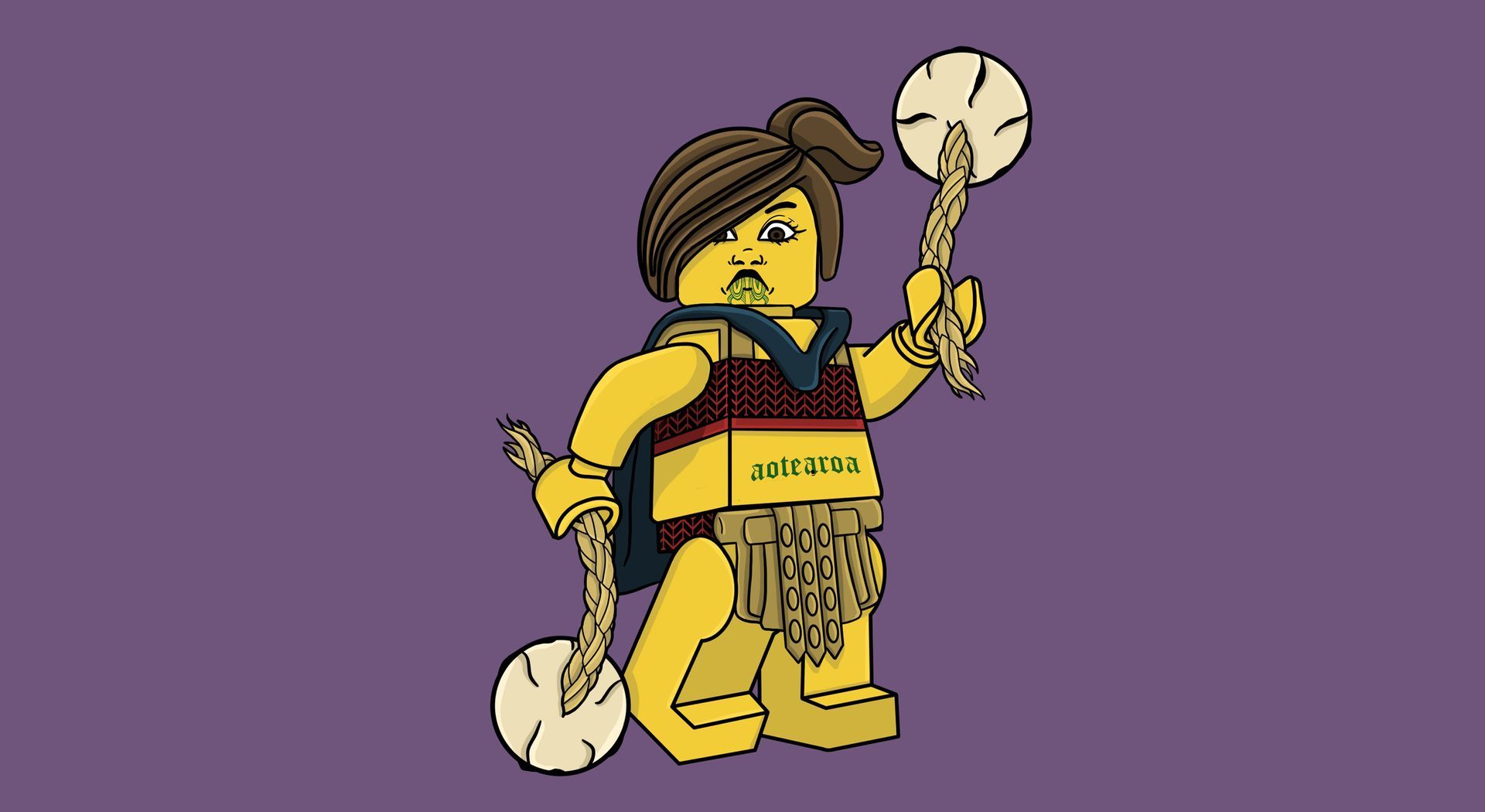
Slide title
Write your caption hereButton
-
Make Aotearoa Native Again (M.A.N.A)
INTERVIEW BY AMY COTTER — I’ve wanted to find out more about tangata whenua Make Aotearoa Native Again (M.A.N.A) ever since seeing their caps around Karangahape Road. Their ingoa a staunch call to action as well as a proud and powerful kupu that reflects their kaupapa perfectly. Their clothing and art is worn and celebrated by many local legends, such as the Green Party Candidate Suveen Sanis Walgampol and rangatahi activist Quack Pirihi. M.A.N.A’s mahi is both confronting and important, aiming to educate, inspire and decolonise the community. I kōrero (speak) with Hamuera, the man behind M.A.N.A:
Who is M.A.N.A?
I Hamuera Hohepa Hita, tangata whenua from Te tai tokerau, tuna tahi. Where Tane separated papatuanuku and rangi marie. I am the brains behind Make Aotearoa Native Again.
What led you into art and to creating M.A.N.A?
M.A.N.A started during the toxic election season, white New Zealand started to get a lot of maga racist supporters and “freedom fighters”- In hopes for freedom but being ignorant to the fact that they are the cause of indigenous and people of colour losing our freedoms. So instead of trying to tell people what they would rather not learn, I’ll put it in an art form that they can’t ignore. ‘Make America Great Again’ only works if First Nation says it. Make Aotearoa Native Again came to my head, then the M.A.N.A was born out of that. M.A.N.A stands for exactly what it says. Make AOTEAROA native again as in clean water , clean land and clean air. Living with the land and not on it, not paying money to someone who stole the land to fund their lifestyle so I have to pay to live on earth. Nothing more nothing less.
What was the first piece of art you ever made?
I grew up drawing a lot of Dragon Ball Z and always drew māori versions but as I got older I realised we already had that, we have that in our atua and through tangata like Maui.
What and who inspires your mahi?
I would easily say my people inspire it. What we have been through and continue to go through fighting colonisation that continues to affect tangata whenua. I don’t like to call it my art cause it’s really not mine, it’s a shared reality in an art form expression for all Māori here in Aotearoa. Māori have the best humour, we have the best vibes, we are the most welcoming people. We will look after you just as if you were stepping onto our marae. You will be taken care of physically, mentally, emotionally and spiritually.
How would you describe your kaupapa/ mahi?
My kaupapa is to be proud to be Māori, be proud to be yourself. Making Aotearoa Native Again involves a focus on preserving and revitalising the indigenous culture, language, and ecosystems of New Zealand. Aotearoa, the Māori name for New Zealand, has a rich cultural heritage that should be celebrated and nurtured.
What is your favourite piece and why?
This (MANA praying hands, pictured) is one of my favourite pieces because at an instant look you already know what the message is and the message is f*ck your religion and f*ck your system. Not only do pākehā systems incarcerate our people the most, they also incarcerate their minds with their religions which have a long history of being hypocrites.
Do you have a favourite whakataukī?
Ehara taku toa i te toa takitahi, engari he toa takitini
‘My strength is not that of a single warrior but that of many.’
What advice would you give to your younger self?
Be yourself and if they don’t like it f*ck 'em , drop a pukana to every hater.
How can we ensure the restoration of māori values and culture?
To make Aotearoa native again, it is important to support the resurgence of Māori language, Te Reo Māori, as a living and thriving language. This can be achieved through promoting bilingual education, encouraging its use in everyday life, and investing in language revitalization initiatives. By embracing Te Reo Māori, we honour the heritage of the land and its people.
Additionally, restoring and preserving the natural ecosystems of Aotearoa is crucial. This involves safeguarding native forests, wetlands and wildlife habitats, and taking steps to prevent the loss of endemic species. Supporting conservation efforts, reforestation projects, and sustainable land management practices can help protect the unique biodiversity that makes Aotearoa special.
Furthermore, acknowledging and respecting the rights, traditions, and cultural practices of Māori is essential. This means involving indigenous communities in decision-making processes, recognizing the obligations of the Treaty of Waitangi, and addressing historical injustices. It requires fostering partnerships and building a society that values inclusivity, diversity, and equity.
By actively promoting and embracing Māori culture, language, and environmental conservation, we can contribute to making Aotearoa native again. This journey requires a collective effort, education, and a commitment to creating a future that honours the past and embraces the unique identity of Aotearoa.
How would you describe Karangahape Road and its culture?
Karangahape Road has a big Māori presence, a great community and a lot of rainbow communities. Both which have been affected by oppression but somehow found a place to be free and make their own style.
www.makeaotearoanativeagain.squarespace.com
••• JUNE 2023 // BY AMY COTTER
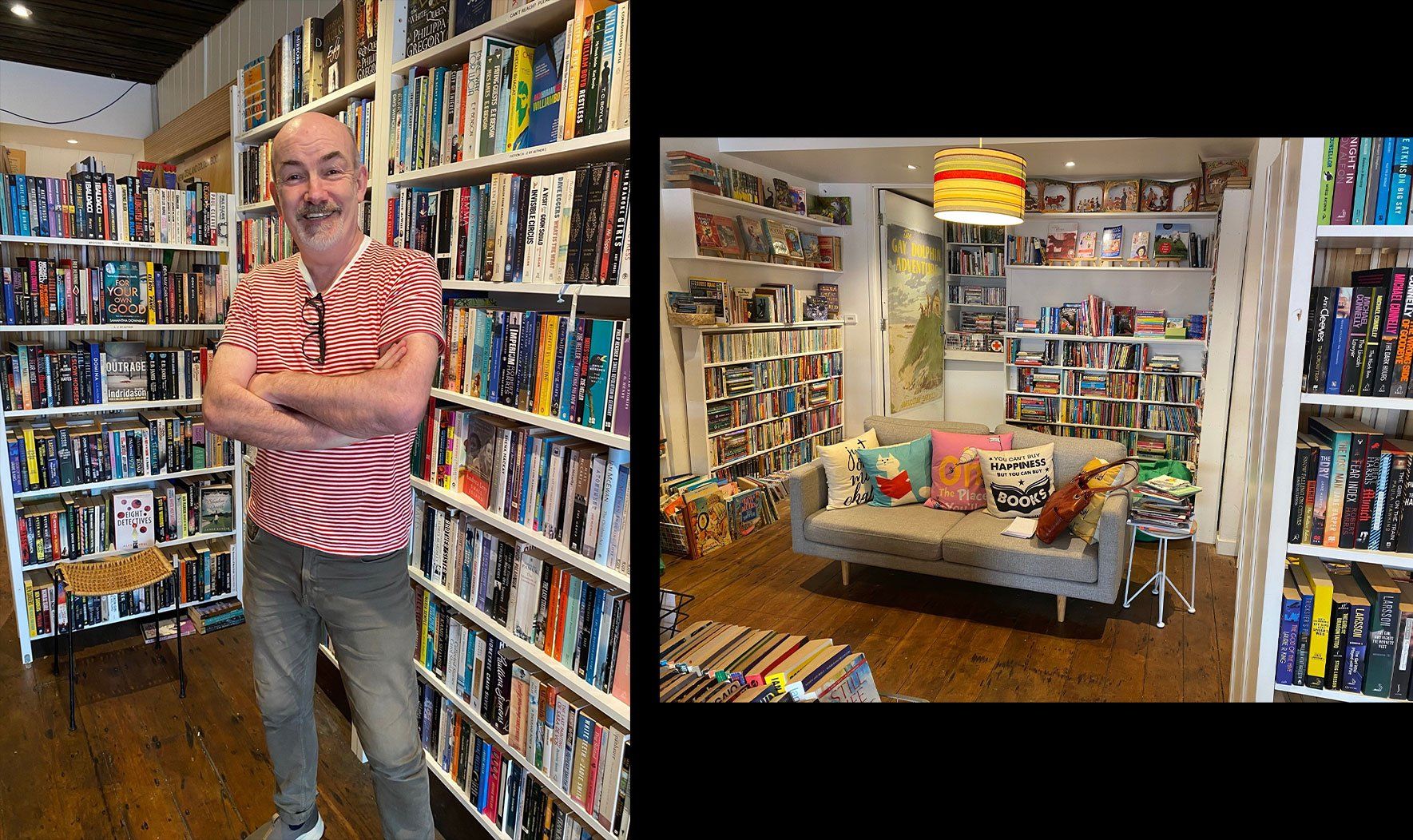
Slide title
Write your caption hereButton
-
Roy Ward — The Green Dolphin Bookshop
Roy Ward is engulfed by characters – he acts, directs and creates them, alongside selling books full of them at The Green Dolphin Bookshop.
Readers of all ages are drawn to The Green Dolphin’s homely interior. And sitting among the lines of books is a TV character many will recognise as the vicar in The Brokenwood Mysteries, a.k.a Roy Ward.
What is the attraction of a second-hand bookshop?
It’s also about ensuring pre-loved books continue to be loved and don’t go into the rubbish. Secondhand books are also easier because you’re not dealing with publishers and suppliers.
We could sell books online and make more money and not have overheads, but that doesn't interest me. People want a welcoming and relaxed physical space that they feel good coming into. So it's also about creating a space for people. Lockdown reassured me more than ever of the importance of that.
Why set up around Karangahape Road?
All the best places on Karangahape Road create a space for people. We wanted to be part of this area — I enjoy the diversity of people around here.
How long have you owned The Green Dolphin Bookshop?
My partner Chargn Keenan and I opened the shop in St Kevin's Arcade in 2014. Neither of us had owned a bookshop before although I’d worked in one years ago in Charing Cross Road in London. I loved it and thought, ‘oh well, maybe one day’.
So when our friend Alison (Reid), who ran Search and Destroy in St Kevins Arcade, told us about an empty space, we decided to give it a go. Murray Rose owned the arcade and we had a month by month lease so there was virtually no risk.
We moved to Pitt Street when our lease at the arcade ended about two and a half years ago, just before the first lockdown. It is great because it is a bigger shop and we like being next to the record shop, Flying Out.
How do you source books for your shop?
From all over. People bring them in to sell or donate. We're shameless about accepting donations. But we are also proactive. When we have time we go to charity book fairs and op shops. When I’m out of Auckland, I'm always looking for treasures - certain titles and books that I always want to carry - including kids' books. Newer Kiwi writers don’t turn up as often so I’m always looking for them too.
Do you enjoy the hunt for treasures?
That's the best part. If we didn't have the shop our flat would look like this shop. This is a great way to indulge my book-buying habit, with the knowledge I'll be selling them on.
What books are the hardest to source?
I have a list of about 50 books that would probably be the same for any second-hand bookshop in the world. They're not necessarily the hardest to find but always sell quickly and are often asked for - such as The Alchemist by Paulo Coelho. I could have sold that three times over the weekend if I'd had it.
Māori and Pacific books are also hard to source, especially Māori legends and Māori history. We get asked for them all the time.
You have a great New Zealand section.
Yeah. And we've got more New Zealand books upstairs. Downstairs is only stage one for this location. We've got two more rooms upstairs where we plan to have a bigger dedicated New Zealand section and an Art section.
Who are the popular New Zealand writers?
It's interesting. Patricia Grace will always sell, C.K. Stead sells. We've got a lot of Janet Frame at the moment, other times we'll have none.
Travellers often ask me to recommend a good New Zealand novel that will give them a feel for the country. They’re often interested in a Māori perspective and I’ll usually recommend Patricia Grace.
Kids’ books?
We try really hard to stock lots of children’s books because they're so expensive to buy new and kids grow out of them quickly. We get quite a few teachers in here regularly which is great.
Trends keep changing. We carry as much Harry Potter as we can get. David Walliams used to sell like hotcakes but less so now. We have many fantasy adventure series that always move.
I also look out for old Puffin paperbacks – they are more of a nostalgia buy for parents. Roald Dahl still sells.
We really love having lots of picture books with quality illustrations that are not too gender specific.
Anything you won’t stock?
Because it is our shop and we can do what we want, there are some titles you won’t find. You won’t find Judith Collins’ book in our shop, nor will you find sports books. We have nothing against sports but it’s something we feel is over-represented in our culture. When the TV news devotes the same time to arts as it does to sport, perhaps we’ll change our minds.
How many hours do you spend in the shop?
I’m here mainly during the week. Chargn, who works full time for the Green Party, often does one day on the weekend, if not two. When I have other commitments we get casual staff in.
What commitments take you away from your bookshop duties?
I work as an actor, theatre director and television writer. For the last seven years I’ve had the recurring role of Reverend Greene in The Brokenwood Mysteries.
I spent a long time at Shortland Street as a writer and for the last three years I’ve been writing a script a year for Brokenwood. Being able to work from home was a big help through the Covid lockdowns.
I haven’t directed for a while but I used to work as an associate director for Auckland Theatre Company.
A lot of my work has been with New Zealand playwright Victor Rodger. I’ve directed several of his plays and just acted in a solo show, Hello Darkness, which is Victor’s adaptation of the late Peter Wells’ book. I performed five shows at the Auckland Writers Festival in August, and then the Hawke’s Bay Arts Festival in October.
Anything else on the horizon?
Hello Darkness will hopefully live on – other arts festivals seem interested. I also have a couple of TV writing projects on the go.
And what’s next for The Green Dolphin Bookshop?
We’re thinking of opening at night for a couple of days a week over summer to try and tap into the people coming to the street in the evening. Currently we open most days until 6pm, a bit later if people are around. And there’s also the upstairs area to see to – at the moment it’s very much a work in progress but watch this space!
www.facebook.com/greendolphinbooks
••• NOV 2022 // BY ANGELA McCARTHY
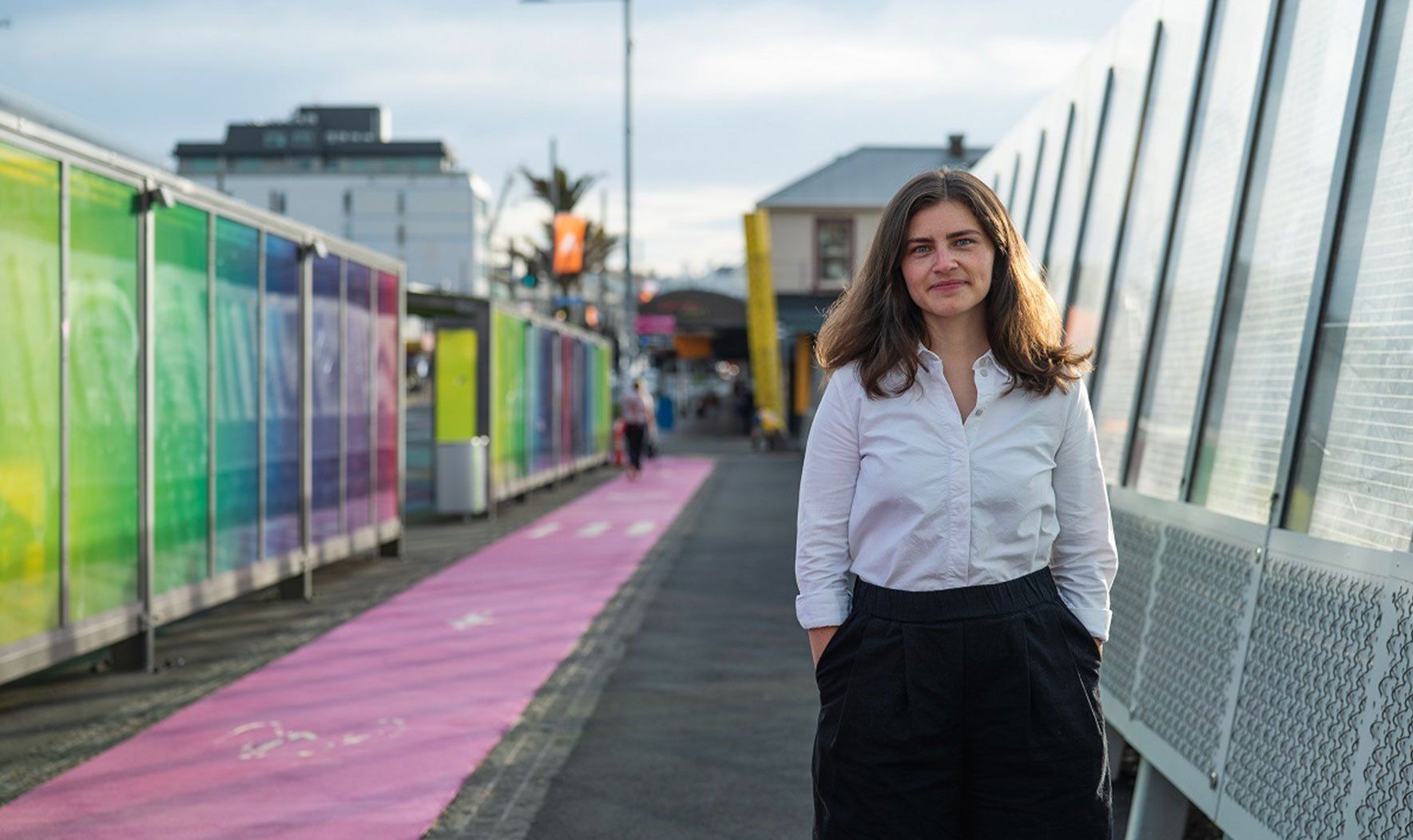
Slide title
Write your caption hereButton
-
Chlöe Swarbrick
As two years of COVID restrictions wind down and city foot-traffic counters tick back up, all of us know that there’s no return to ‘Business As Usual’. With Queen Street’s make-over almost complete, Myer’s Park underpass soon re-opening and the City Rail Link stations taking shape, we’re presented with a cross-roads on the kind of future and culture we want cemented on Karangahape Road.
Put frankly, I’ve been speaking to a number of businesses who have raised concern that their rents may raise rapidly with the opening of these awesome and important new amenities. As someone deeply involved in the COVID-19-induced battle between some small businesses and larger commercial landlords, I strongly believe there’s a need for us to begin having these crunchy conversations transparently and openly as soon as.
Change is a constant, especially in a city, and that’s a good thing. We have an opportunity to take control of and strategise for our community, so we can retain and emphasise those things that Time Out mentioned recently that made our street special and crowned us sixth coolest street in the world.
In the meantime, we keep organising and growing what we’ve got. I’m stoked to have been working with The Other’s Way Festival to pull off what ended up becoming the fastest turn-around event street closure I’ve ever seen; shout out to AT, Eke Panuku and Council’s DPO. We continue trying to get the Akarana Māori Wardens into a permanent base in Myers’ Park Cottage – hopefully a decision will be finalised soon by Waitematā Local Board. After months of work we saved The White Lady’s downtown foodtruck site – and I’m now pushing Council to be all the more proactive in enabling all the more.
Our year-long campaign to Save the St. James (building on several years of work from many other community members) is feeling closer to resolution than ever before. I’m proud that just in the last week we have supported many of our homegrown artist and community efforts to expand our ecosystem, from Save Our Venues to the Warren to Toi Ora.
And we won’t stop. As always, if you’re keen to get involved, please don’t hesitate to drop me a line at chloe.swarbrick@parliament.govt.nz or drop by our office at 76 Karangahape Road.
~ Chlöe Swarbrick, Auckland Central MP
••• NOV 2022 // BY CHLÖE SWARBRICK
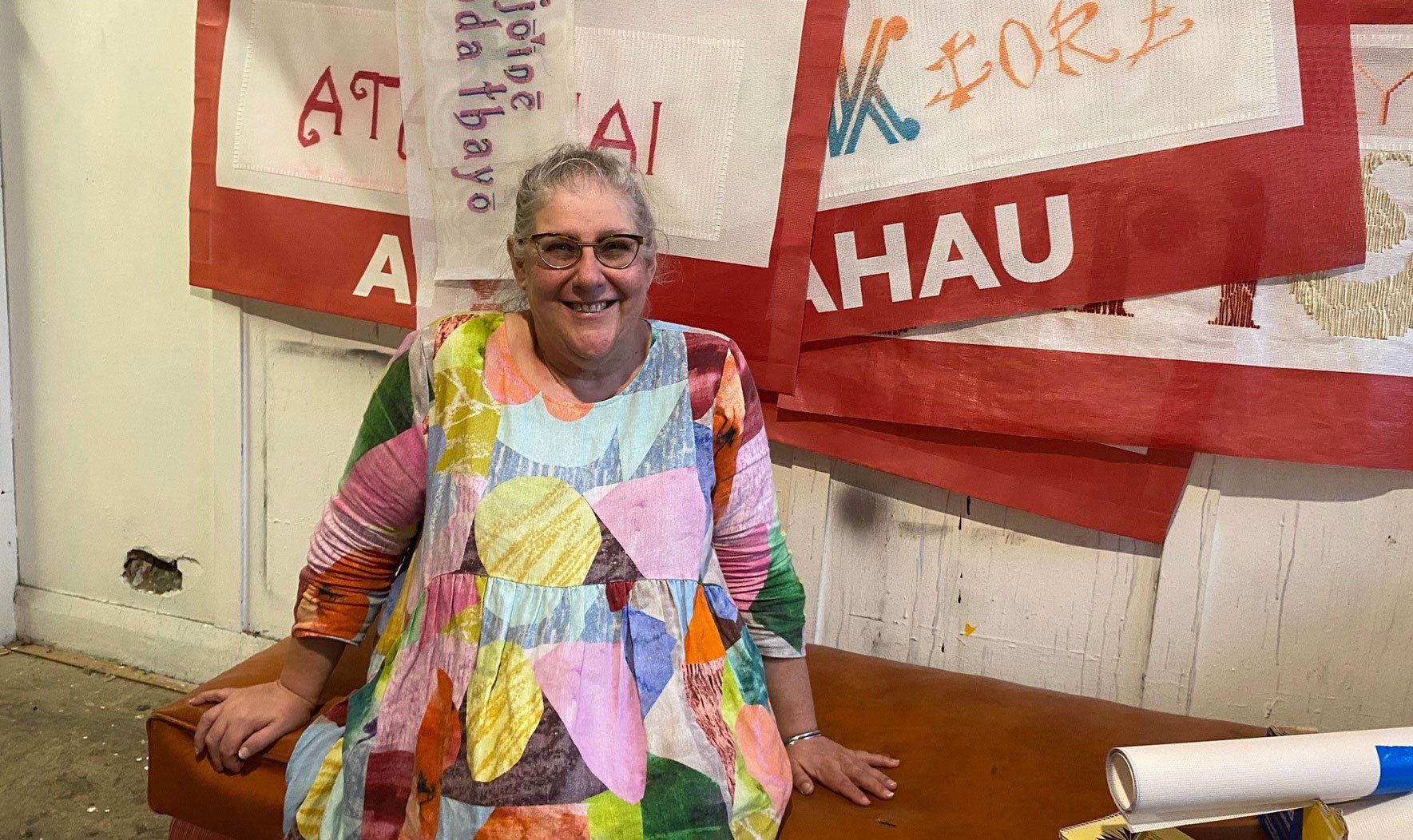
Slide title
Write your caption hereButton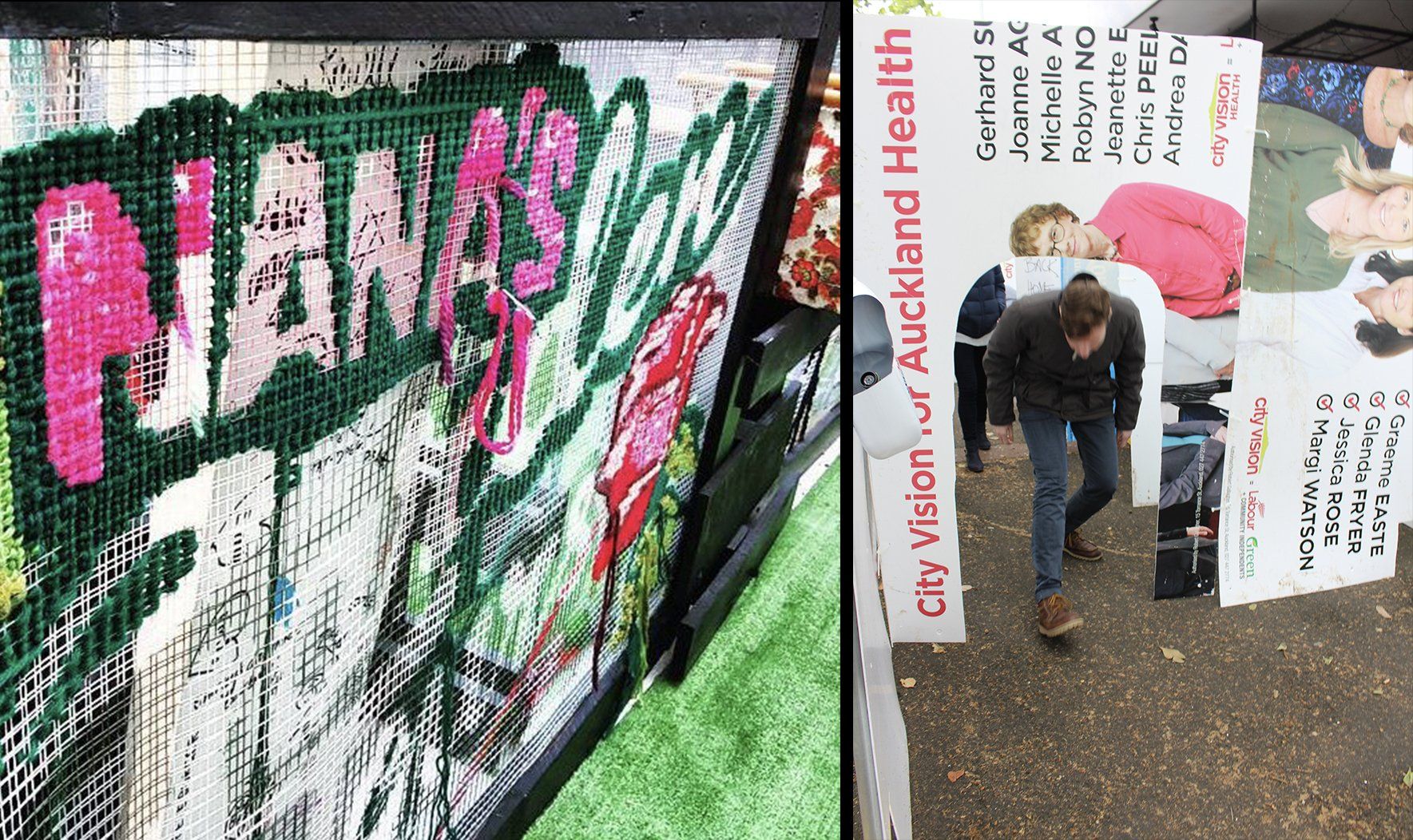
Slide title
Write your caption hereButton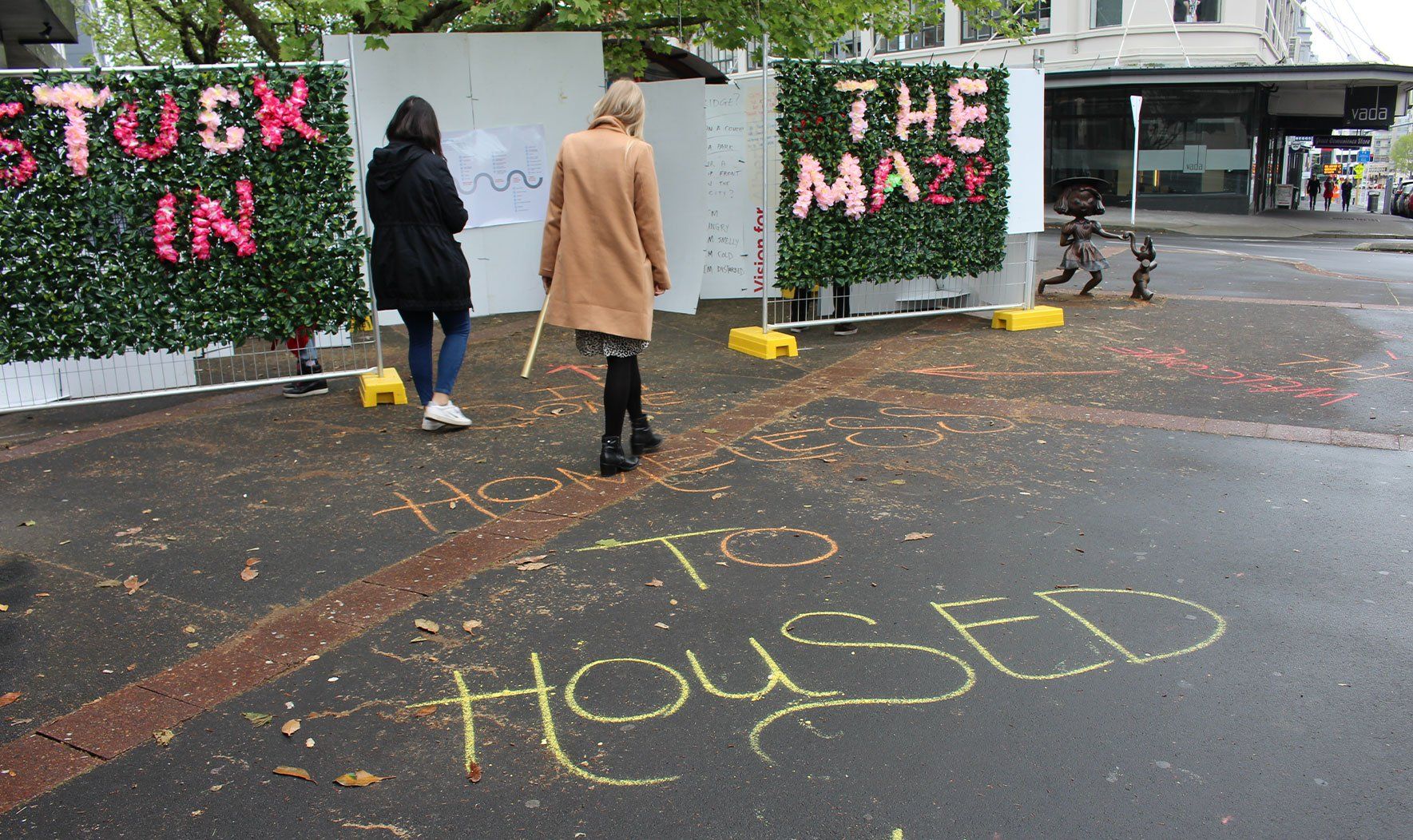
Slide title
Write your caption hereButton
-
Margaret Lewis
It’s hard to know where to start when profiling the multi-talented, colourful and quirky Margaret Lewis. Maybe her involvement at Lifewise where she set up and runs a cleaning and furniture removal business that provides work to rough sleepers? Maybe her community engagement artwork, including The Street Loves Nana and What Lies Beneath - both powerful and provocative works? Or her non-traditional approach to crafts and textiles? Or her role as a KBA Committee Member for four years? The list goes on.
…
Art, community and social justice all interweave through the life of Margaret Lewis, a life very connected to Karangahape Road.
“I have an interesting balance between being a working artist and using my creativity in a different way with the community I work with,” explains Margaret.
Working for the Big Idea based in the Biz Dojo in Ironbank in the 2010s brought Margaret into regular contact with the ebb and flow of Karangahape Road. It also gave her her first taste of public installation and community engagement. Her first installation on Karangahape Road in 2016, Stuck in the Maze, was an interactive maze containing rough sleepers’ stories set up to honour World Homeless Day.
“The people who helped me develop the maze shared their stories about going from being housed to homeless. Only people who had lived experience could write on the maze walls. About 500 people went through it over the day - it built a lot of empathy,” says Margaret.
After the project was finished Margaret didn’t want to walk away from the people who’d shared such personal experiences. So when the role of Community Capability Builder came up at Lifewise she welcomed the opportunity.
As a community and capability builder, Margaret runs a cleaning and removal service for Lifewise that helps whānau earn extra money and build their work muscle, while also managing other aspects of their personal lives. The service has contracts with not-for-profit and government organisations such as Lifewise, City Mission and Kainga Ora.
“Our philosophy is to design work around people, not people around work. We offer casual contracts so people can do whatever they need to do in their personal lives as well as work,” explains Margaret.
The Street Loves Nana installation
Alongside her work at Lifewise, community engagement through art is a constant in Margaret’s life and her way of highlighting issues. One example is The Street Loves Nana, a 12-metre fence honouring street artists’ nanas.
“I wanted people to look at street artists in a slightly different light and see they have people they love and people that love them,” explains Margaret.
In total, five artists sprayed an image onto mesh, which the public were then invited to embroider over the top of - a bit like paint by numbers, but with embroidery, with each panel measuring 1700mm wide by 1100mm high.
“People sat down and stitched while talking and sharing stories. It is amazing how much people will share when they are concentrating o something else.”
The Street Loves Nana has become a fixture around Karangahape Road. It appeared regularly at events in Alleluya Bar and Cafe (now Bestie Cafe), was part of a coffee and crumpet event at Verona, and was included in the All Fresco events and a few First Thursdays.
What Lies Beneath
Highlighting historical grievances and change through stitching maps has become a more recent focus for Margaret. “I believe our past informs our present and understanding your past helps you look at things in a new light,” she states.
When asked to participate in the Street Front project last year she decided to work on Hochstetter’s map of the volcanic region of Auckland in the 1860s. Through stitching she overlaid 21st century contours on the landscape. Using the Karangahape ridge to explore Auckland’s past and present this work invites people to consider man and nature as designers and architects, inviting people to ponder the future. What Lies Beneath currently hangs in the window of Army and Outdoors.
The idea of working with maps originated from an earlier artwork Delusions of Canute that was first shown at The Cloud. Margaret embroidered over a map of the 21st Century shoreline to highlight how much foreshore had been reclaimed since the 1840s. Delusions of Canute was long listed for the Wallace Arts Awards in 2020, but also became a community engagement project with Margaret working on the map in public places and offering other maps to bystanders to engage and stitch as well.
Sometimes these art installation projects lead to other opportunities, says Margaret, such as the walking map and app that Auckland Council produced for the 2020 Heritage Festival based on Delusions of Canute.
“I love how a tiny idea often becomes bigger and bigger and you never know what is going to happen next.”
Interest in textiles
Her interest in textiles began decades earlier when Margaret’s small knitwear start-up landed her a contract to create jerseys for the Whale Rider movie. The strong global response to her jerseys’ patterns inspired her to focus on knitwear design. However, just as she was starting to win fashion awards and gain traction, a fire ravaged her bedroom and destroyed her creations. It was devastating for Margaret.
“I couldn’t stomach starting over – that fire took my creative mojo for a long time. But then I was challenged to make an artwork for a community art and music festival and it has been a big part of my practice ever since.”
KBA experience
Margaret’s connection to Karangahape Road also led to a four-year stint on the KBA committee, including three years as treasurer. She was encouraged to join by Barbara Holloway, precinct manager at the time.
Working for the good of Karangahape Road with Barbara and Ross Liew (then chairperson) was exciting and challenging, says Margaret, as they strove to find a way to create high impact events with very little money.
She says they were tough times for the committee and street because there was so much change. One unforgettable highlight was running Open Streets in 2016, designed and run by Karangahape Road businesses, artists and communities. It attracted thousands to the street and reminded Auckland of the ongoing magic of Karangahape Road.
Margaret resigned in 2018 to have more time for her art practice.
“It was time for other people with skin in the game to put that skin in.”
Optimism for future
The way people try and help each other and care for others around Karangahape Road is really significant to Margaret.
“What I enjoy most about Karangahape Road is that there is a place for everyone – and when you see a landlord buying a coffee for someone on the street you know people do care and want to help each other. It really warms my heart and I hope that never goes but so much depends on who moves here in the future. I work with some of our most vulnerable people, who are really struggling, and it is their community too.”
She hopes the social observation and commentary of her installations also make a difference.
“Art is often my way of responding to things where people are underserved - about things that make me angry. I like to make things that are slightly light-hearted but make people think.”
Find out more about Margaret’s art practices here
••• OCT 2022 // BY ANGELA McCARTHY
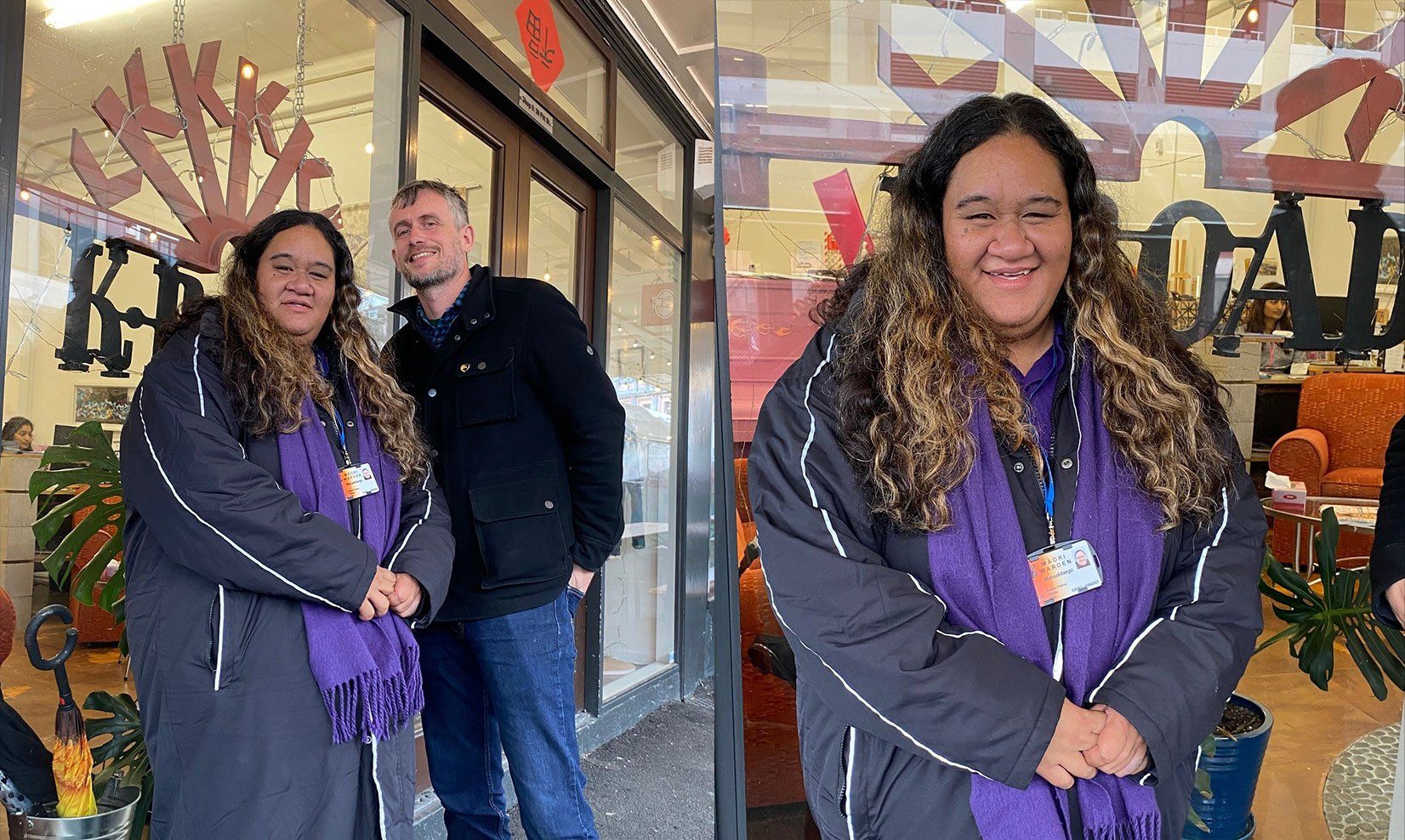
Slide title
Write your caption hereButton
-
Māori Warden Jojo Paikea
Māori Warden Jojo Paikea
Kaiwhakahaere Matua (CEO) - Ngā Wātene Māori о̄ Akarana ki Tāmaki Mākaurau (Auckland City District Māori Wardens) formerly known as The Akarana Māori Wardens Association Incorporated Society.
"Treat people on the street how you’d like to be treated." That is the advice of Jojo Paikea. “Some people don’t get this. It’s simple but you’ve got to be genuine. People know if you’re fake,” laughs Jojo with her infectious chuckle.
A voluntary job, the wardens focus on Karangahape Road, Mission Bay, Heart of the City and Avondale, checking on the homeless, people under the influence, and those that need help. They work alongside communities without judgement. As committed passionate volunteers, they make an enormous difference.
“You really notice when the wardens are around,” says KBA manager Jamey Holloway, “There’s a calmer feeling to an event or area.”
Jojo, an ex-drug user for many years, has faced her own challenges in life and indulged in drugs and alcohol. Now, she is putting that experience and tertiary qualifications in psychology, te reo and early childhood, to full use in her role as a warden. In addition, Jojo works as a Kaimanaaki (peer support coach) for the Korimako team at ARPHS/Te Whatu Ora.
How would you describe the role of the Māori wardens on Karangahape Road?
We are manaaki, not just Māori, but all people. Wardens patrol up and down Karangahape Road under team leader Marina Diamond to engage with the community and the retailers making sure everyone is okay. Our pink high vis vests with Māori Warden and KBA branding make our role clear.
We are there for anyone that needs support. Sometimes it is just having a chat or sitting with someone – on the ground if necessary – because they really want to talk and be heard. I think a lot of people fail by not listening.
It could be someone with nowhere to go. We have blankets in our van, along with food and other supplies to help people out. It might be a retailer who’s had their window smashed that we spend time with until they feel okay. Wardens also act as witnesses in court cases, in the youth justice system and in the restorative justice system.
As the Kaiwhakahaere Matua my main role is to liaise with our Tāmaki Mākaurau Māori District Council, local Iwi Ngāti Whātua, Ngāti Pāoa, Police, KBA and others across Karangahape Road, as well as many other business associations and local boards to ensure everything is kept above board.
What do you enjoy most about the work?
Knowing that we can make a difference ... Aroha ki te tangata (the love of the people). You must have the passion to become a Māori warden. Love is the key and in today's world, you need that love. That's what drives us.
How many wardens work a shift?
We have day and night shifts with up to eight wardens per shift for Karangahape Road.
How would you approach someone on the street shouting and yelling?
We treat them like family. We let them tell us their story. It’s about people feeling they are heard. But we’re honest. We try to teach others in the community this because many don't know. Even the police ask us - so it is a good learning curve all around.
Who do you work with in the area?
KBA, City Mission, Sunday Blessing, Police, Security. There's also Christy at Open Coffee and The Boil Up Crew whanau, who work alongside Grayson Goffe’s group. One of our wardens - my sister actually - keeps in touch with those groups to let us know about free boil ups and other offers for our street whanau.
We are currently trying to set up a permanent local base in or around Karangahape Road, which the KBA and Chlöe Swarbrick are supporting us with that.
What do you enjoy about Karangahape Road?
As part of the LBGTIQ+ community myself, I love the diversity, culture and way of Karangahape Road. We want to keep it that way and keep it safe for all the gorgeous, beautiful people out there.
What were your earlier jobs before becoming a warden?
I did a Bachelor of Education in Early Childhood Education, Psychology, and Māori at Canterbury University, but then I started working for the New Zealand Tourism Board and went on to promote New Zealand as a tourist package in Singapore. When 9/11 happened in 2001, I returned to Christchurch.
What did you do then?
I helped manage a Te Kōhanga Reo in Christchurch for three years while my children were there. After that, I became the administrator for a multicultural centre for Māori and Pacific rangatahi for two years working alongside the mayor of Christchurch. Then my dad sent a call out to the family to come home to Auckland. We did and he passed away six months later. I helped look after him, and then look after Mum who had a stroke.
That must have been hard?
It was. I was the baby of the family and I had to grow up fast. I went downhill, I really did for a bit. I became heavily involved with drugs, I was a mess.
Why did you stop taking drugs?
I grew up. I met my current partner who didn’t stop me but told me not to come home for three days when I used the stuff. Eventually I stopped hanging out with my old circle of friends.
I’m a much happier person now and I feel like an ambassador for those that take drugs – I can’t judge them. We all have our own story and unless you have been there you wouldn’t understand the full picture of what and why a person goes that way.
How did you become a Māori warden?
My sister and brother-in-law suggested it, but it took three years to convince me. I became a Māori warden with the Waitemata Māori Wardens in west Auckland in 2009, then transferred to the Akarana Māori Wardens in 2010, before a five-year break because Mum had 14 strokes and needed me to look after her again.
Why didn’t you want to be a Māori warden initially?
Because I wasn't ready. I was too negative at the time and needed to get myself right.
So, what changed?
I saw them in action. I was hiding around a corner watching and I saw what they were actually doing, looking out for people and calming people down when intoxicated. There was a very drunk girl, and they placed a jacket over her to protect her privacy and stayed with her until the ambulance came. I thought then, yeah, I do want to join them and help people.
Māori Wardens around New Zealand
There are approximately 900 Māori warden volunteers in New Zealand providing community support and security under the Māori Community Development Act 1962. This number is steadily increasing. If you’re thinking of joining up, find out more at www.tpk.govt.nz
••• SEPT 2022 // BY ANGELA McCARTHY
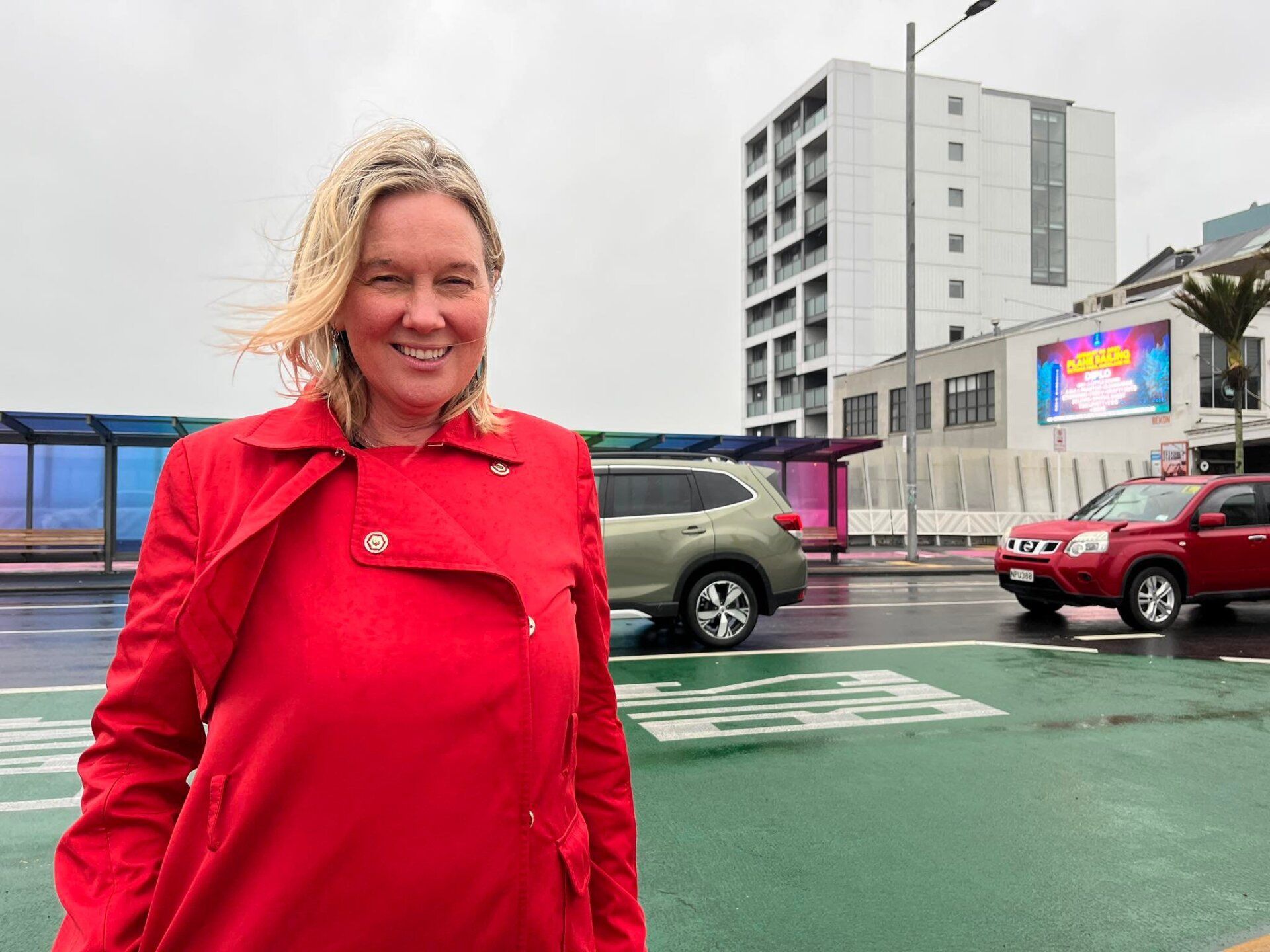
Slide title
Write your caption hereButton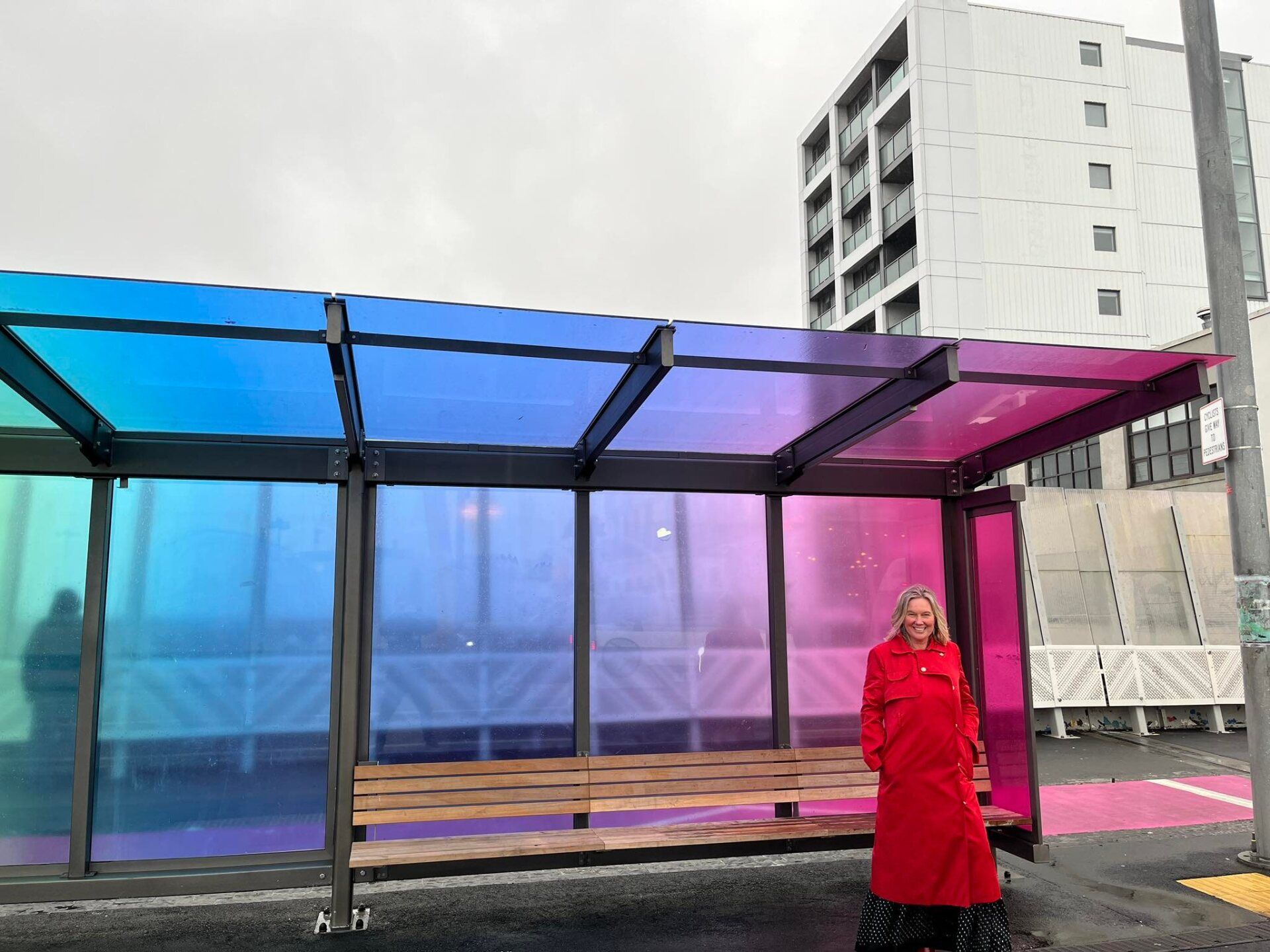
Slide title
Write your caption hereButton
-
Helen White, Labour List MP based in Auckland Central
From September 2022, 60 people will begin the process of a new life in our community with a roof over their heads and a safe place to live. The City Mission has signed a nine year lease with the Park Hotel on Day Street with the right to renew, equating to permanency for many of those moving in.
The colourfully lit three-star hotel overlooking State Highway 1 is a huge opportunity for many to get out of emergency housing and into something with a future. The project is remarkable; not only for its goal of getting people off the streets, but for its speed and efficiency in taking this from idea to fruition. Those living at the new City Mission run building will have access to intensive support from social workers and 24-hour security. Around half of those moving in are from the public housing list and have very low needs.
This project has Government support of course but what must be noted is that it has happened so speedily because private citizens and organisations like the City Mission have worked tirelessly to actually get something done about a problem.
This is not the only project which should transform the lives of people in the inner city who have been homeless. There is also the City Mission’s 80-unit Homeground building on Hobson Street which opened this year. Kāinga Ora also plans to open a 200-unit development on Greys Ave early next year which will contain 80 dedicated apartments for rough sleepers.
Greys Ave and Day Street both adopt a model which ensures there is a mixture of people in the buildings so that it will not be all high-needs residents. This is a very important feature which has led to successful communities in other parts of the world and is consistent with less alienation and more connected places to live.
New Auckland Central school on the horizon
I have been exploring the possibility of putting a new school into Auckland Central and so far so good, with the Ministry of Education on the hunt for a location. The city needs to be a place where families feel safe, they can be accommodated and their children educated.
Council ownership of buses and ferries
Connecting certain central government initiatives can strengthen communities. So I was pleased to hear Transport Minister Michael Wood announce that councils will now be able to own buses and ferries. The Public Transport Operating Model (PTOM) will be replaced by the Sustainable Public Transport Framework: In recent years our bus drivers and ferry staff were employed by companies with huge fixed costs that compete with one another over service contracts. So, the only area the companies could cut costs were wages.
As a barrister, I represented bus drivers and was shocked at their wages and the expectation of waiting around without pay between split shifts. My sincere belief is that the treatment of our workers has caused untold harm. These jobs are important community building roles. Make our drivers happy and those that take public transport will enjoy a much better experience. As with everything, it’s part of a butterfly effect.
This article was written by Helen White and funded by Parliamentary Services.
••• AUGUST 2022 // BY HELEN WHITE
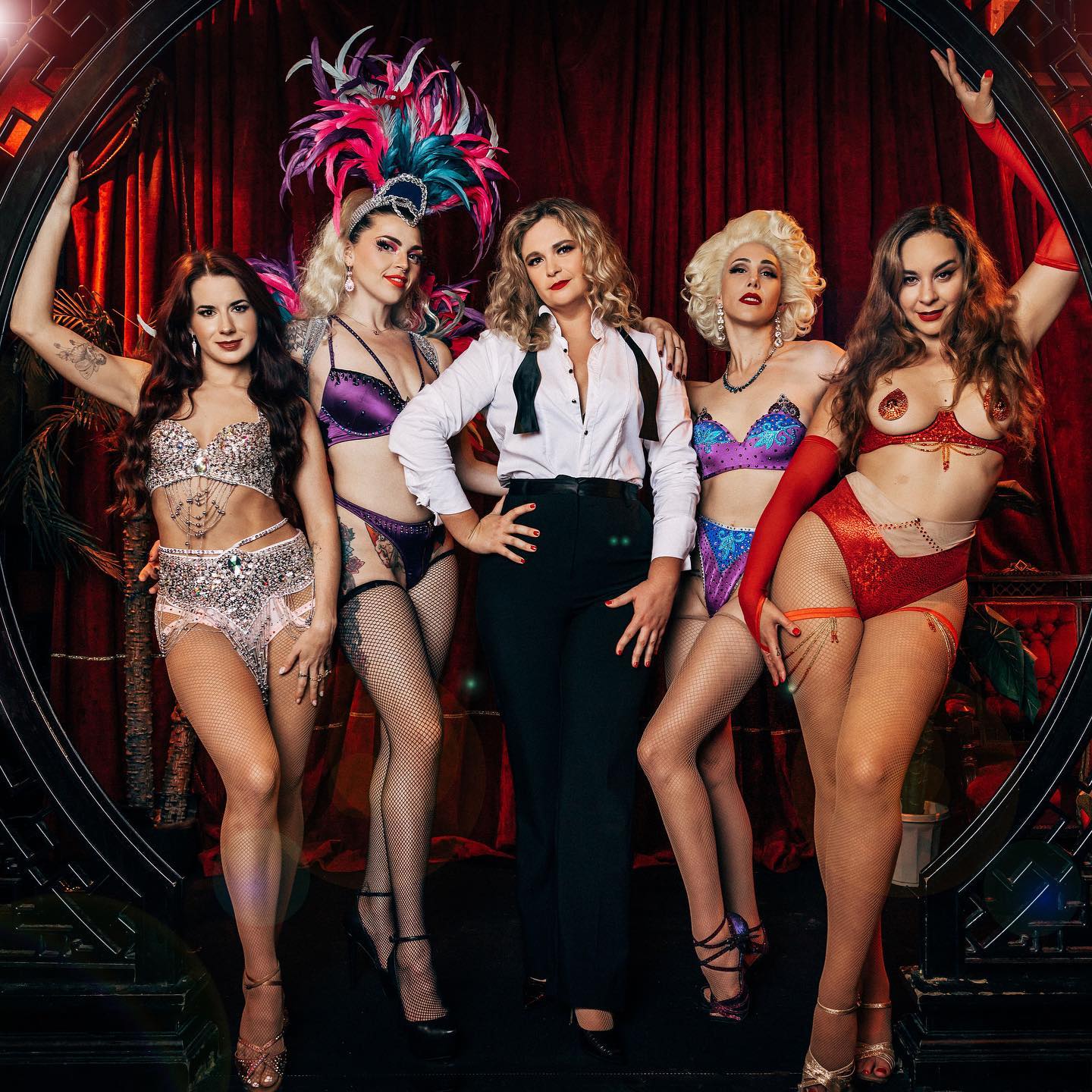
Slide title
Write your caption hereButton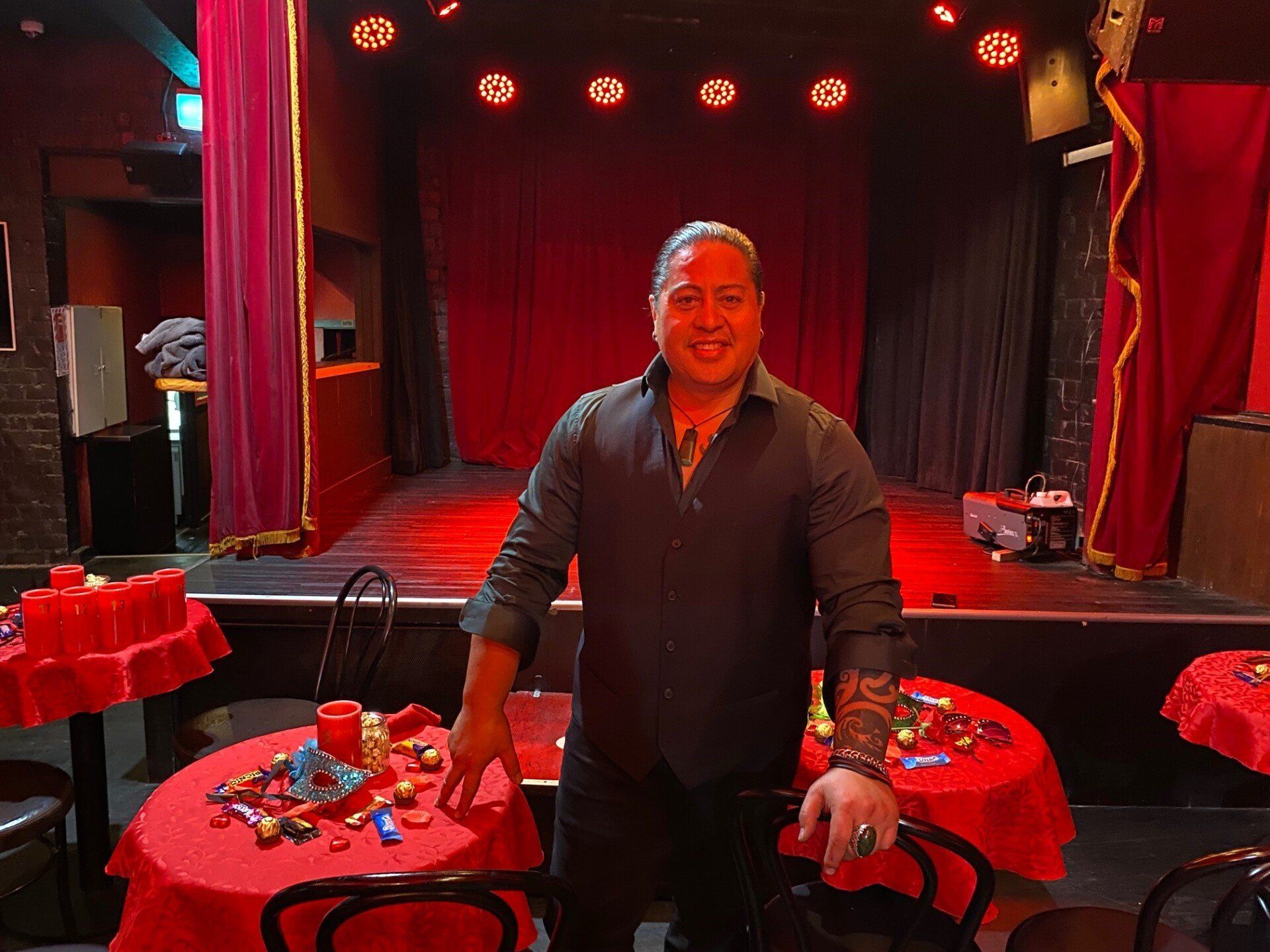
Slide title
Write your caption hereButton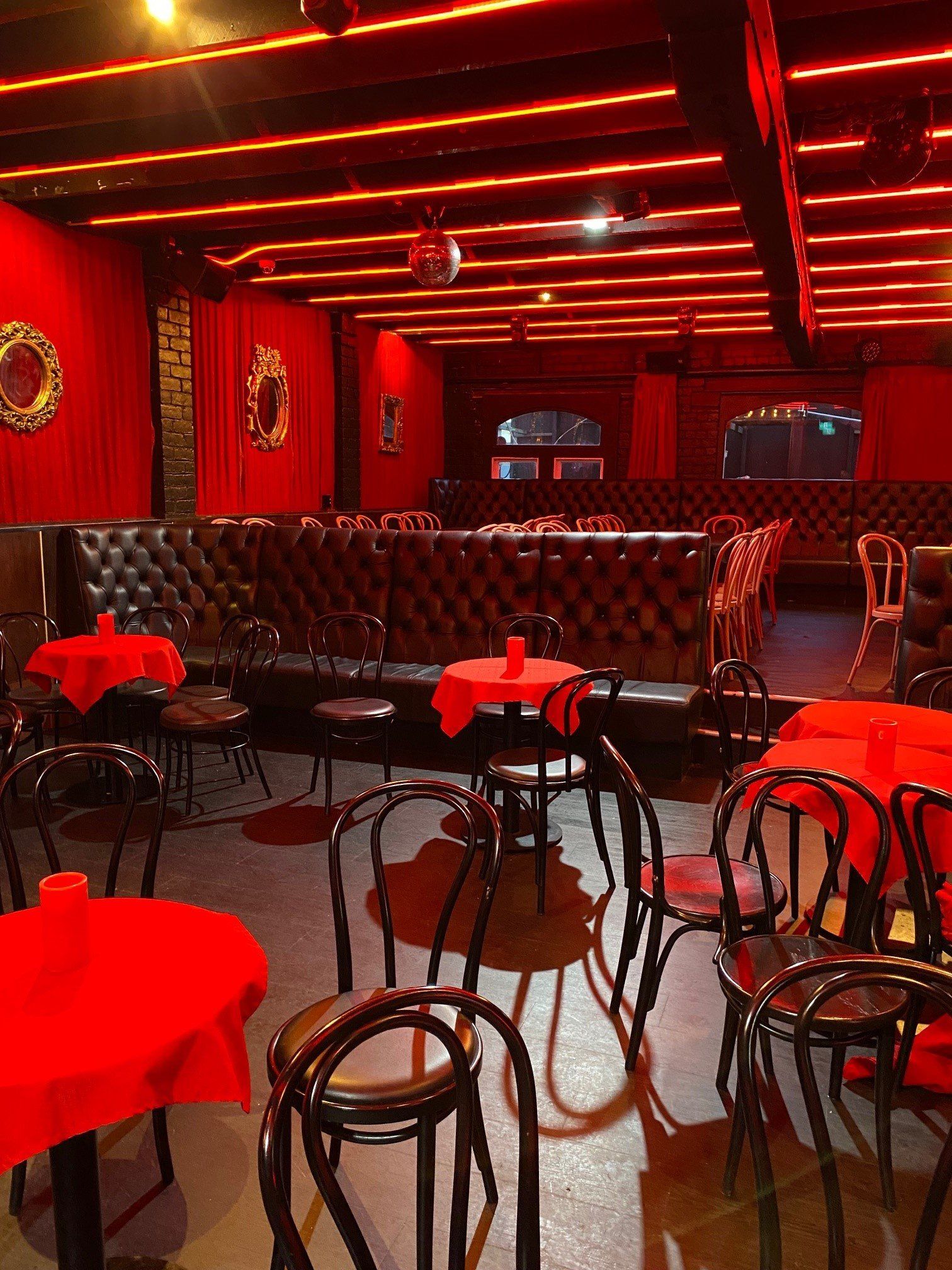
Slide title
Write your caption hereButton
-
Las Vegas Club
Las Vegas Club, the grand old dame of seduction and sparkle, has a new lease of life on Friday and Saturday nights with two of Auckland’s sauciest shows: Club Burlesque and Men of Steel.
Dion Murphy, the creator and choreographer of the two shows, is delighted they’re reviving the attitudes of the original Las Vegas Striptease and Bar which opened its doors in 1962 at 339 Karangahape Road.
Men of Steel and Club Burlesque both launched at Las Vegas in late June 2022, with the latter booking out a month ahead. “Club Burlesque was created with couples in mind”, says Dion. “It’s sexy, funny, and a bit naughty – a place where you can share a nice platter, a good bottle of champagne and enjoy a laugh with your partner.”
The two shows previously ran in Hobson St before Dion went looking for a new venue that was a better fit earlier this year. “I wanted a designated space that was theatrical, harmonious and would fit a more upmarket audience.”
Luck finally played into Dion’s hand in early April while in the company of Club Burlesque co-owner, Verity, when the two found the club manager, Grady Elliott, painting outside the Las Vegas entrance.
Alongside Las Vegas, Grady is the Operations Manager for owner Wayne Clark of Bamboo Tiger (the jazz cocktail bar beneath Las Vegas), Family Bar and Saloon Bar 200m away. Grady pulled out the keys and took Dion up the dimly lit stairs to the venue. “I immediately fell in love with the place,” says Dion.
Dion’s input of regular shows every Friday and Saturday complimented Grady’s nightclub schedule. “What better place on K’ Road for Men of Steel and Club Burlesque to be! Dion’s shows are very polished and chic. It is perfect to have something sexy and fun running earlier,” notes Grady.
Resurrecting the past
Grady and Wayne deliberately kept the atmosphere of the old club by resurrecting and repairing what they could of the original fittings. “We’ve tidied up the toilets, resurrected what we could of the old wallpaper and carpet, and repaired what was broken. The people before us had given it a makeover so we just had to touch it up a bit. Nothing four litres of black paint couldn’t fix,” says Grady.
“The original stage curtain is still in use, although washed many times before rehanging”, says Dion. Ornate gilt-edged mirrors adorn the velvet red draped walls. Dion added to the intimacy of the setting for his shows with small cabaret style tables covered in red cloth.
Las Vegas girl sign
One of the most public images of Karangahape Road’s past is the Las Vegas ‘girl’ who sprawls seductively across the top of the building. Although currently in a rather tatty state, the heritage sign is about to be freshened up, says Grady.
“She’s heritage, she’s protected. We’ve asked Chris Stapp, who does amazing murals and graffiti art around here, if he’d like to give her a makeover and freshen up and he’s keen to have a go.”
Dion is delighted the sign is to be given some love. “She is so iconic and without her, we’ll have more Tesla types creeping their way down the road.”
Don says the Las Vegas venue is working well because of the street’s vibrancy as well as the atmosphere and allure of the venue. “People are excited and curious about what we’re doing here.”
A newcomer to the area (aside from a stint at a local strip club way back), Dion has been surprised by the street’s strong community focus. “The area is really community based. There are many sub-communities within the community and everyone on Karangahape Road wants to be part of the area, whether businesses, school students, homeless, visitors. The community is powerful and I really honour that.”
From Hastings to Las Vegas
So how did the Catholic boy from Napier end up as choreographer and artistic director for Club Burlesque and Men of Steel at Las Vegas Nite Club? Dion says he always loved dance and theatre and always pushed boundaries. “Show me the line and I’ll go right up to it and give it a shove,” he laughs.
Dion moved to the bright lights of Auckland after high school and trained in contemporary dance and acting. This led to various acting and dancing gigs, including choreography and acting on The Strip, a raunchy TV3 series in the early 2000s. It was a phone call from Shona McCullagh who’d been Dion’s dance tutor and agent at Human Garden Dance agency that led to his first job as choreographer for an actual strip club. Shona told him the new Showboys male revue club needed a choreographer, and she thought his style would suit the show.
Dion never looked back. He soon had a regular gig doing Showboys choreography and loved it.
“Then one Saturday night, I had some mates over to watch the All Blacks playing Australia, and half an hour before kick-off I get a call that three Showboys’ dancers haven’t turned up, and could I fill in?”
Not wanting to let the dancers down, he reluctantly forfeited watching the All Blacks spectacle to being part of his own. To his surprise, he found he also loved being part of the fun he was choreographing. “I was hooked. For me, performing is about showing people a good time by creating a lively fun and sexy environment. That is how I choreograph and that is how I dance – dance is a celebration of life.”
Dion set up his own strip show, Men of Steel, in 2001. He stopped dancing in 2015 but continues to choreograph the show and Club Burlesque which he opened in 2019, just before Covid hit.
Dion particularly loves burlesque. “It is the more spectacular of the two shows because the burlesque girls love to sparkle and I encourage that. They come up with an idea and then we find ways to make it bigger and more spectacular.”
He wants people to get dressed up, walk the street and enjoy the excitement, bars and colour of the strip. “There is nothing like this street in Auckland.”
______
Las Vegas Nite Club, 339 Karangahape Road
••• AUGUST 2022 // BY ANGELA McCARTHY
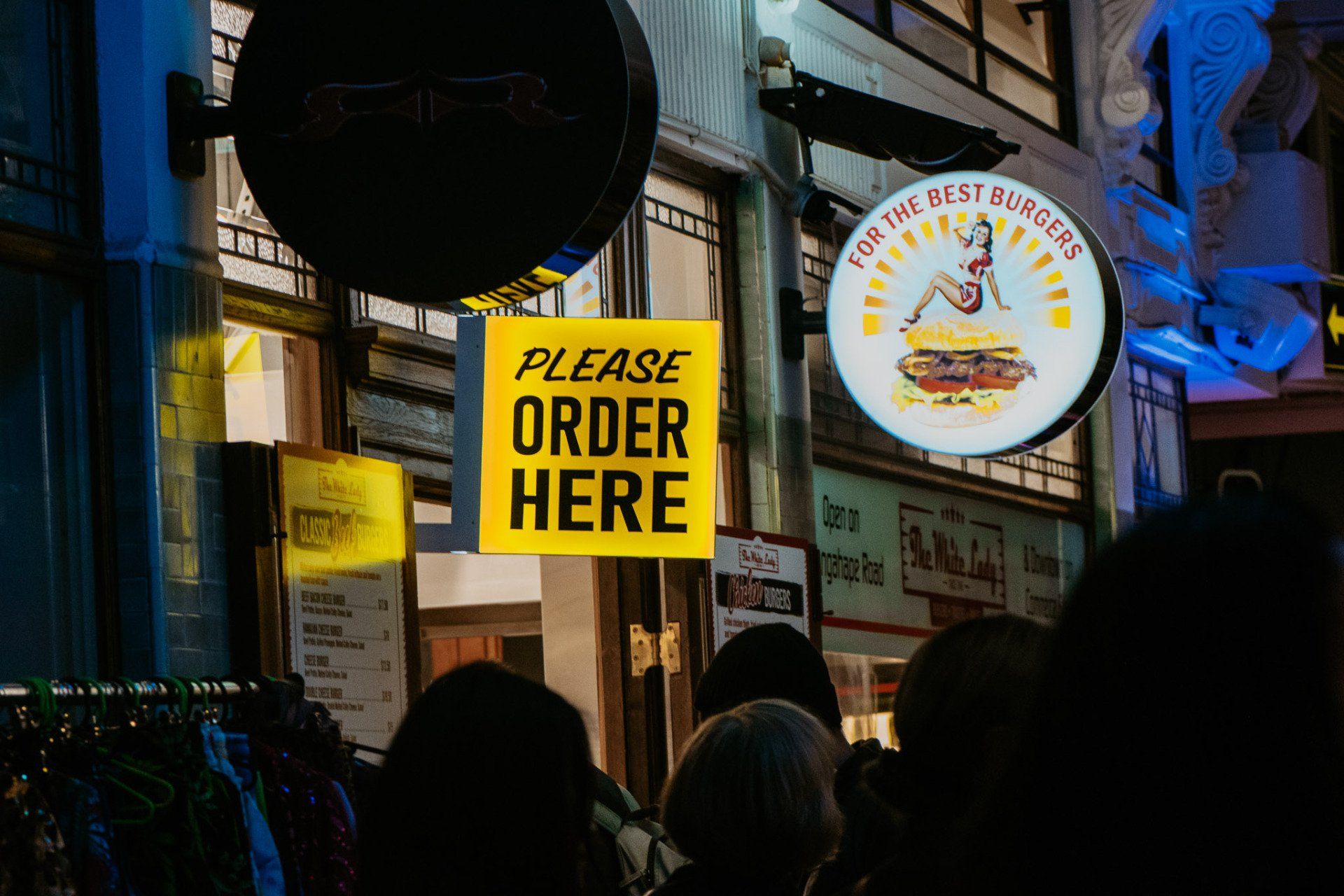
Slide title
Write your caption hereButton
-
The White Lady's Little Sister
The delight of stumbling across The White Lady at some ungodly hour has given the brand legendary status in Auckland. And now those big combos of burgers, toasties and shakes from the city’s oldest food truck are available at a permanent location on Karangahape Road.
Yep, it’s The White Lady minus her wheels, and she’s settled on the corner of St Kevins Arcade. It feels like she’s always been there; the classic burger food truck design merges into the arcade’s heritage plated windows, tiling and wooden décor.
The White Lady operations manager Max Washer says the opportunity to move into Karangahape Road was too enticing to pass up even though it meant moving out of a truck.
“Going bricks and mortar was an interesting proposition, particularly in such a beautiful heritage building. We thought we’d fit the streetscape well and I’ve grown to love it more and more,” says Max.
Bright eyed and full of energy, Max is the spokesperson for The White Lady family, including the original 12.5m food truck and a few smaller food trucks that travel to markets and events.
10 years ago Max searched Karangahape Road and Ponsonby for a permanent site for The White Lady, but some residents opposed the idea. So when the owner of St Kevins Arcade approached Matt three or four years ago, he was naturally interested. The initial offer was for a site at the back of the arcade which he knew wouldn’t work - but he kept in touch and finally the front site came up.
“We needed a street frontage for it to be true to how our business runs,” explains Max.
Setting up
The long rectangular site replicates a food truck kitchen and service layout. The build was a new experience for Max, particularly working within a heritage building.
“Things like not changing the façade were confines that we haven’t had to deal with before.”
Early hiccups around compliance, things put in the wrong place, supply constraints, gas and electricity certificates, and other challenges pushed a 3-4 month build out to 8-12 months.
“It was just the usual red tape that people building shops or homes know about. Food trucks also have regulations around utilities and standards, but they’re not as stringent as those around a heritage building.”
Quiet start
The White Lady on Karangahape Road opened in mid-November 2021 with Auckland hospitality still dealing with the challenges of Level 3.
“The business opened to a very different street. The nightlife was not there and there were generally fewer people around,” says Max. Because The White Lady relies heavily on foot traffic, the initial four months were pretty difficult. But now, the nightlife is growing again and it feels like things are opening up.”
He’s happy their turnover is now increasing weekly, although he says rocketing costs make it an uncertain time to be in business.
“Labour and food costs are going up rapidly at the moment so we have to keep a close eye on that.”
Karangahape demographic
The White Lady on Karangahape Road opens more genteel hours than her older sister, with a day shift, as well as a late night operation.
Max says there is definitely a different customer base along Karangahape Road, compared to Commerce Street.
“The demographic here is more social, more vibrant and less corporate. There are great clubs and pubs and all the other hospitality workers and late-night bar workers etc. We do feel a greater sense of community. It is a really unique community, which is beautiful.”
The other main difference, he says with a laugh, is that Karangahape Road punters are not interested in The White Lady’s most iconic burger; the Aucklander.
“It’s considered a bit of a cult burger downtown where we go through a couple of hundred a week – but not up on Karangahape Road. We are struggling to sell it. We also sell less shakes up here.”
The Karangahape community love cheese and double cheese burgers, and bacon and cheeseburgers. Toasted sandwiches are also extremely popular.
Origins of the business
The White Lady was set up by Max’s grandad in 1948 on Shortland Street. The family run business meant Matt grew up flipping burgers with his parents and sister - all of whom are still closely involved today.
Having recently been in the media regarding issues around The White Lady’s licence and location downtown, Max is happy to be talking positively about the next generation of The White Lady.
“I’m on shift this weekend because we are short staffed, but I’m not out the front much anymore. My focus now is on making sure the systems and equipment work, so I’m constantly running around fixing things.”
Part of Max’s focus will be on ensuring The White Lady on Karangahape Road becomes as loved as her big sister downtown.
_____
The legendary food truck can still be found on Commerce Street from 7pm to 4am on weekdays and around the clock on weekends.
The White Lady on Karangahape Road is at the entrance of St Kevins Arcade and opens from 12pm to 1am from Sunday to Thursday, and 12pm to 4am on Fridays and Saturdays.
••• AUGUST 2022 // BY ANGELA McCARTHY
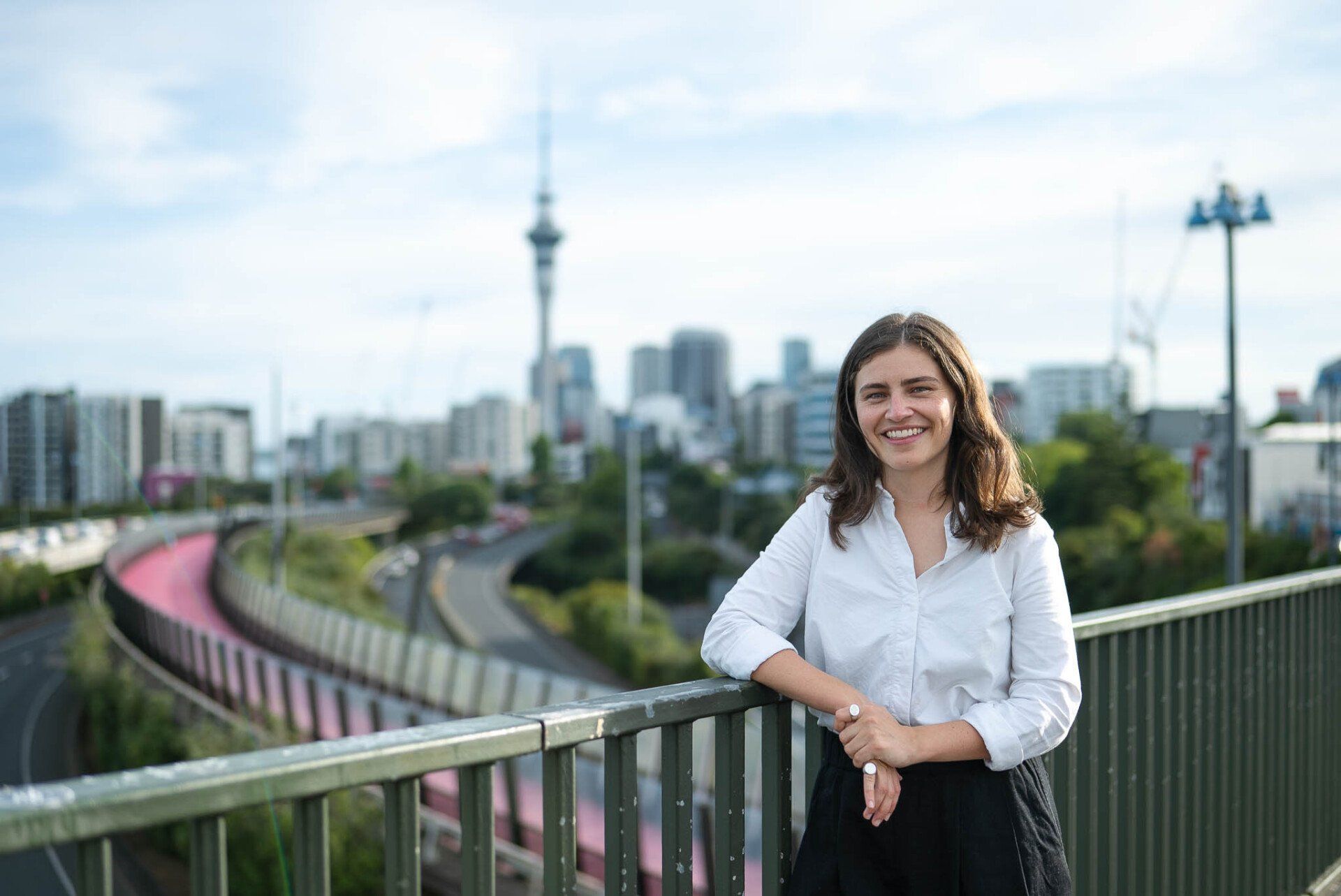
Slide title
Write your caption hereButton
-
Chlöe Swarbrick
Mānawatia a Matariki! What a vibe we had on Karangahape Road, Thursday 23rd June, the day before our nation’s first official public holiday for Matariki. Earlier in the week Ngāti Whātua Ōrākei ‘s dawn ceremony rightly welcomed Matariki; the world’s first official indigenous public holiday.
Matariki is a time to reflect on where we’ve been and who we’ve loved and lost in order to make well-considered intentional plans for the year ahead.
The 12 months we’ve been through have been rough, by anyone’s standards, the world over. For us in Tāmaki Makaurau, it included the country’s longest-ever 107 day lockdown, August through December last year. In that time, I was proud to deliver a coordinated campaign with dozens of our small businesses and representatives on clear asks for extension of support, critical parts of which we ended up winning.
We’ve still got challenges ahead, many of which weren’t born of the pandemic, but were definitely supercharged by it. As many get to know our local constable, Joe, I continue to invite hui with the incredible Akarana Māori Wardens who we’re also supporting to get a local base. Safety and wellbeing in our community is found through the depth of these relationships - sharing issues and concerns constructively to address promptly. As always, we are working with KBA, Council, Police, MSD - and anyone who wants to get engaged. Please get in touch with my office if you have any issues or solutions you’d like to discuss.
This past week I visited the site of a brand new Kainga Ora housing development at the top of Greys Ave, which will be the country’s first 24/7 supported housing site for those who’ve come from experiencing homelessness. It’ll be open at the beginning of next year, and with it, nearly 300 new homes and a few new commercial spaces that it’d be incredible to see local businesses in. In the meantime, our very own Awhina Mai Tatou Katoa have just painted a mural on the new Vincent Street Pop-Up, that is available for all of us who want a free public community space for any hui we may want to have!
Among the many things happening in Parliament, we’ve just had my Sale and Supply of Alcohol (Harm Minimisation) Amendment Bill drawn from the biscuit tin to debate. I’ve spent the last year working with councils across the country, resulting in local representatives of more than half the country’s population now endorsing the Bill - including our very own Auckland Council. It’s time for an evidence based discussion to reduce harm in our communities!
Last but not least, if anyone has walked past our Fire Station on Pitt Street these past few weeks, you’ll have seen the response of the firefighters to ongoing issues of systemic underfunding by successive Governments. After having been hosted by our generous local team, I’ve been collaborating with the Greens’ Workplace Relations Spokesperson, Jan Logie, to raise these issues and fight for what they need in Parliament.
As always, you’re welcome to get in touch with my office to talk through local issues if you need any help at all.
••• JUNE 2022 // BY CHLÖE SWARBRICK
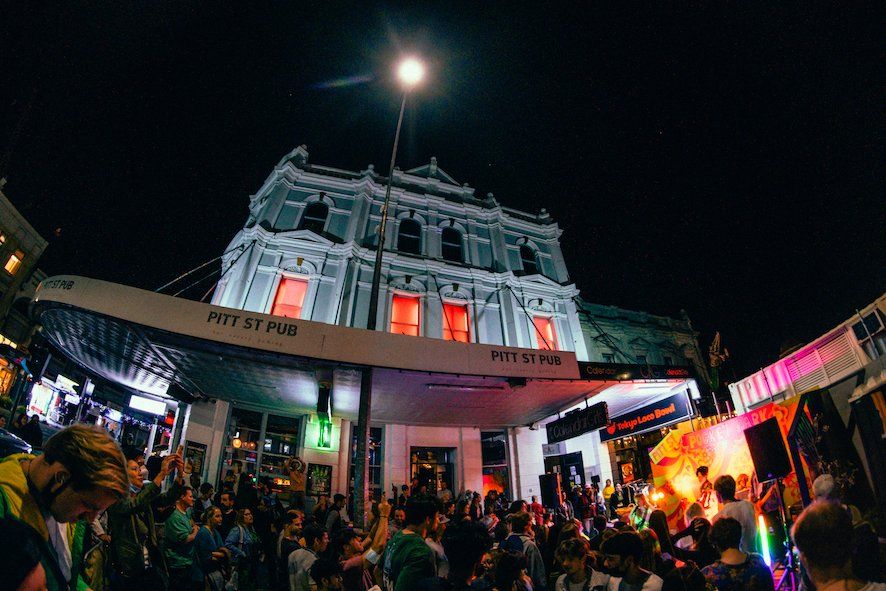
Slide title
Write your caption hereButton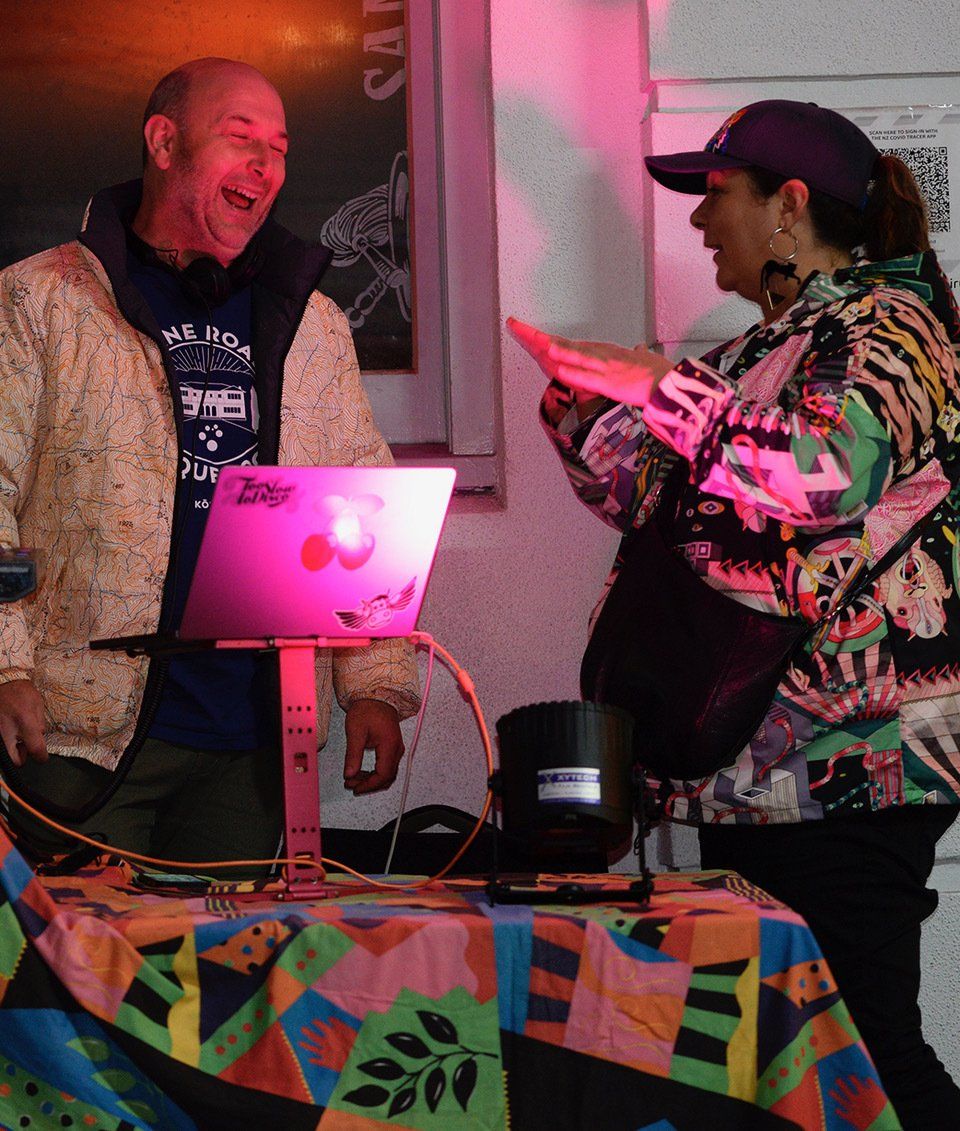
Slide title
Write your caption hereButton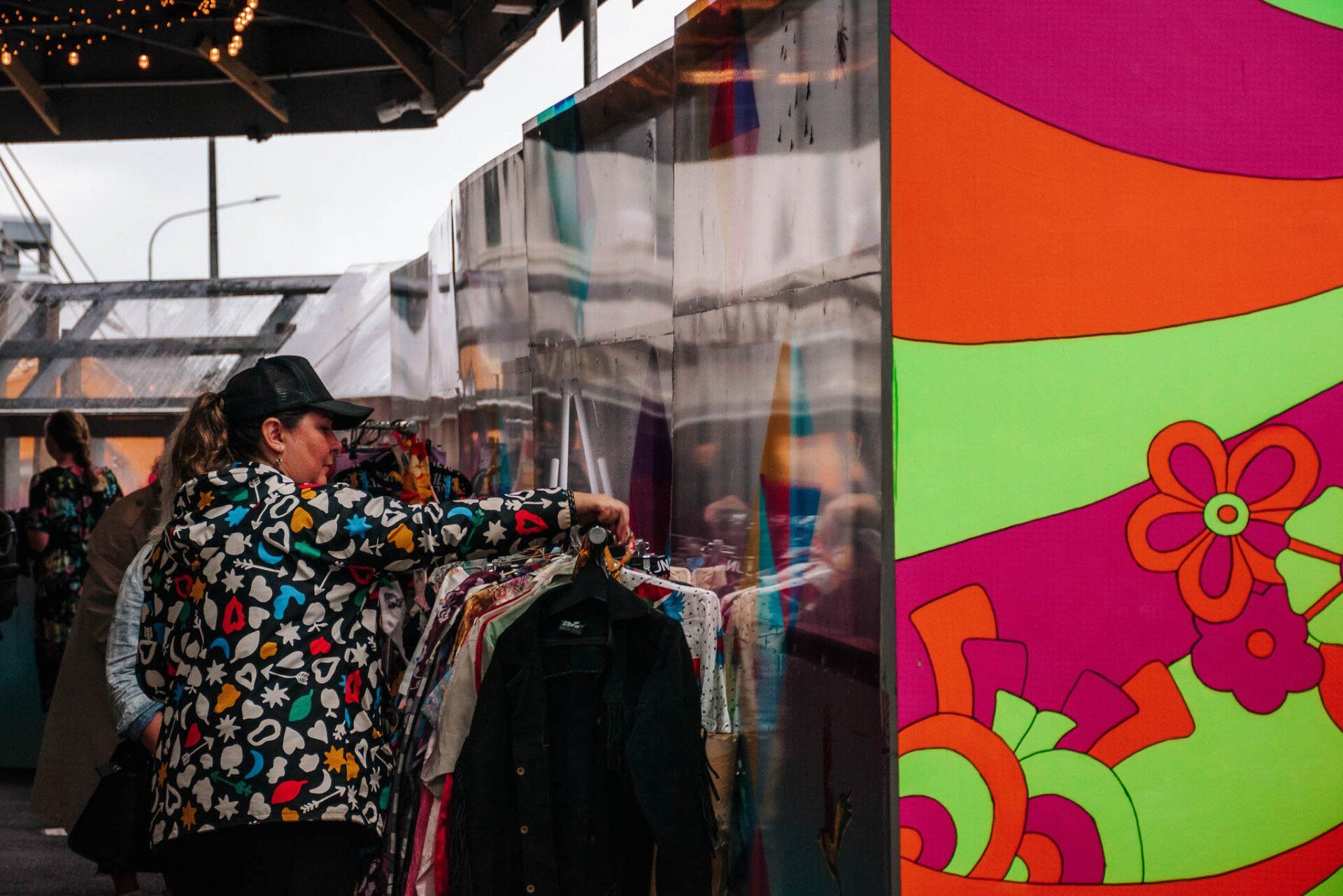
Slide title
Write your caption hereButton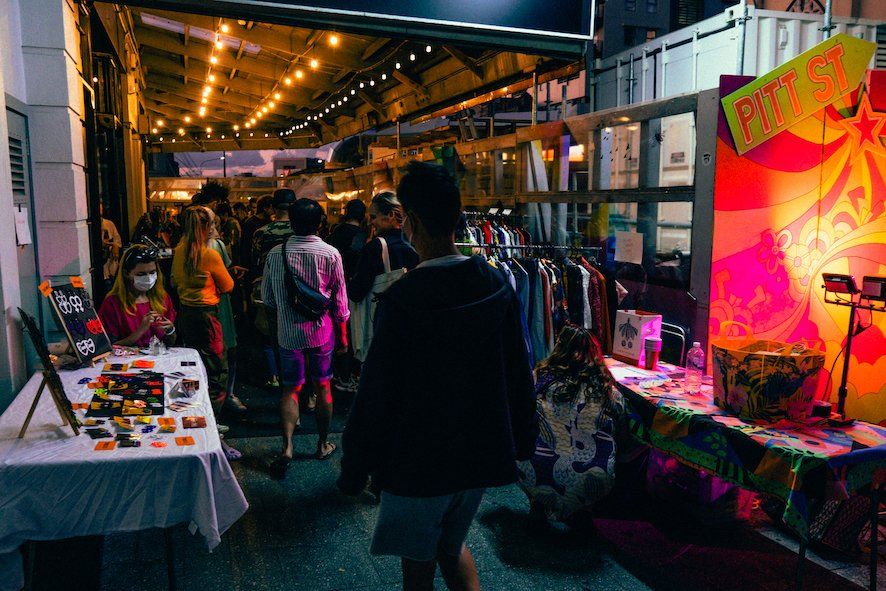
Slide title
Write your caption hereButton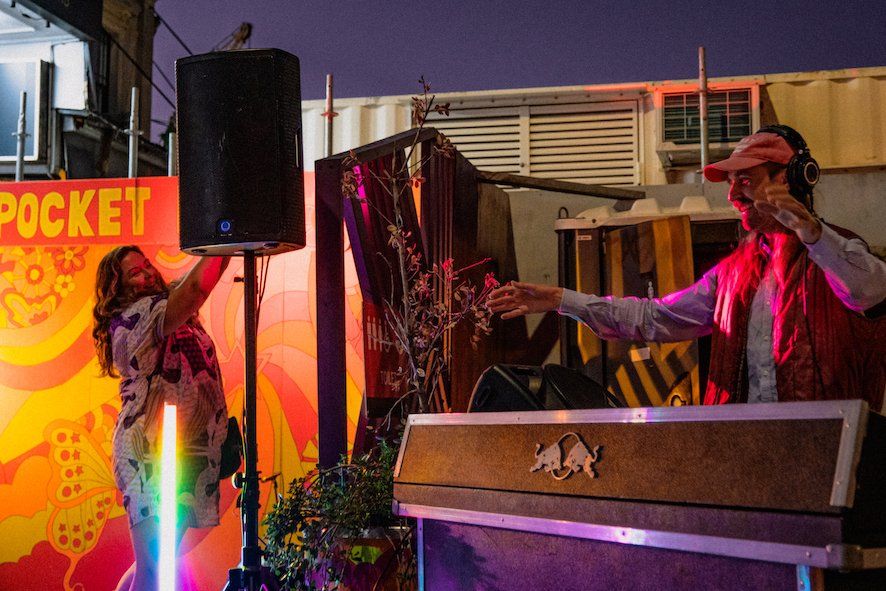
Slide title
Write your caption hereButton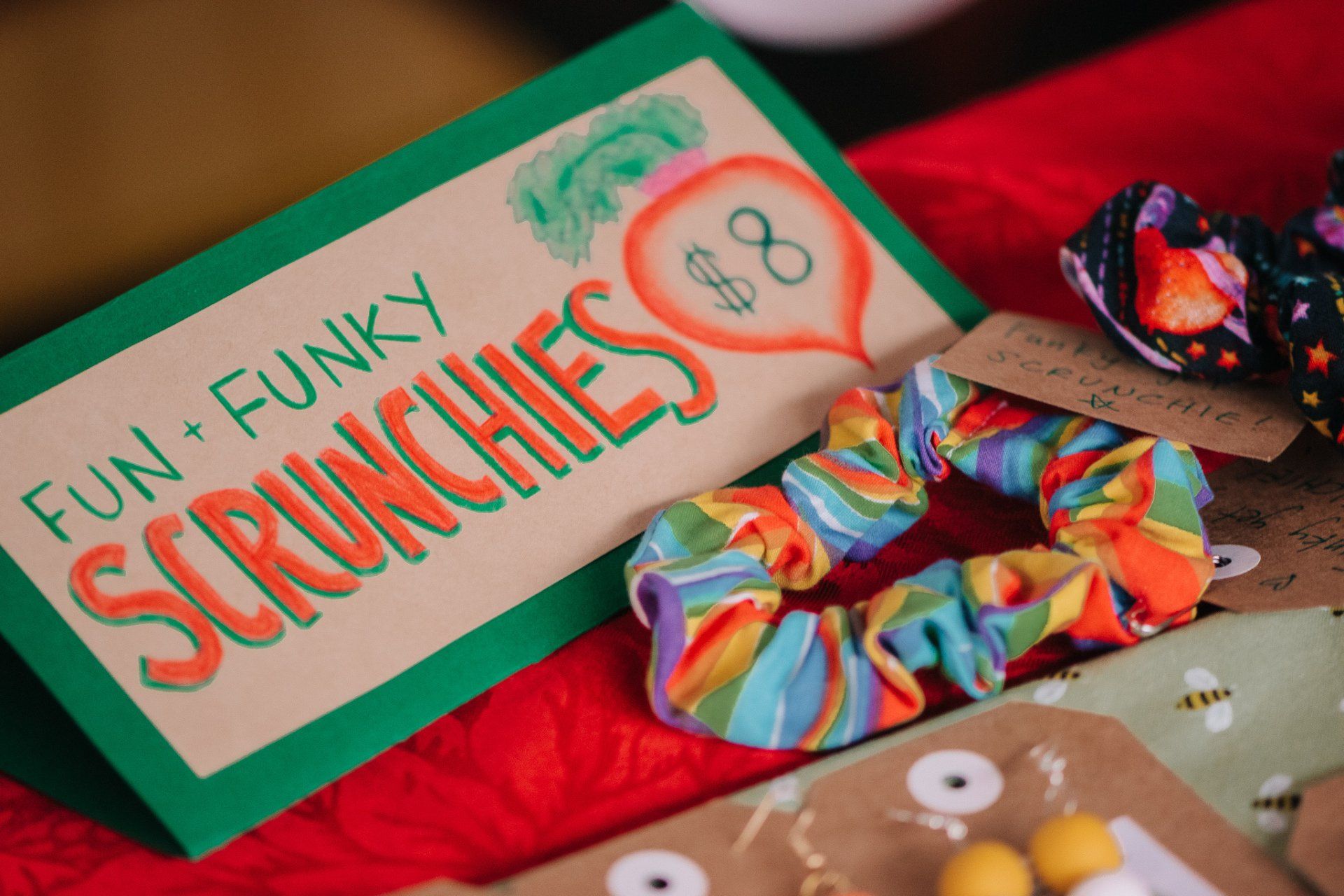
Slide title
Write your caption hereButton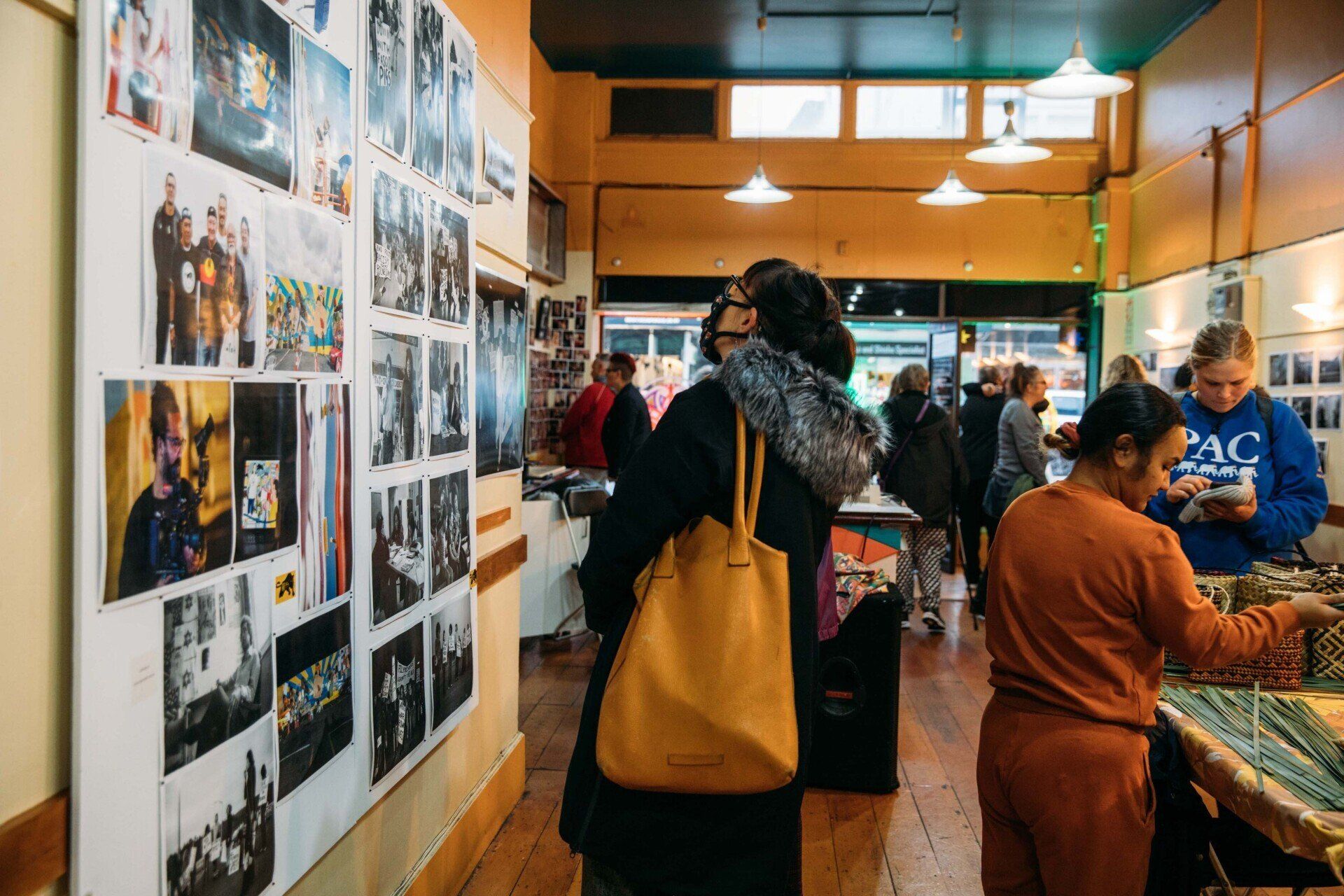
Slide title
Write your caption hereButton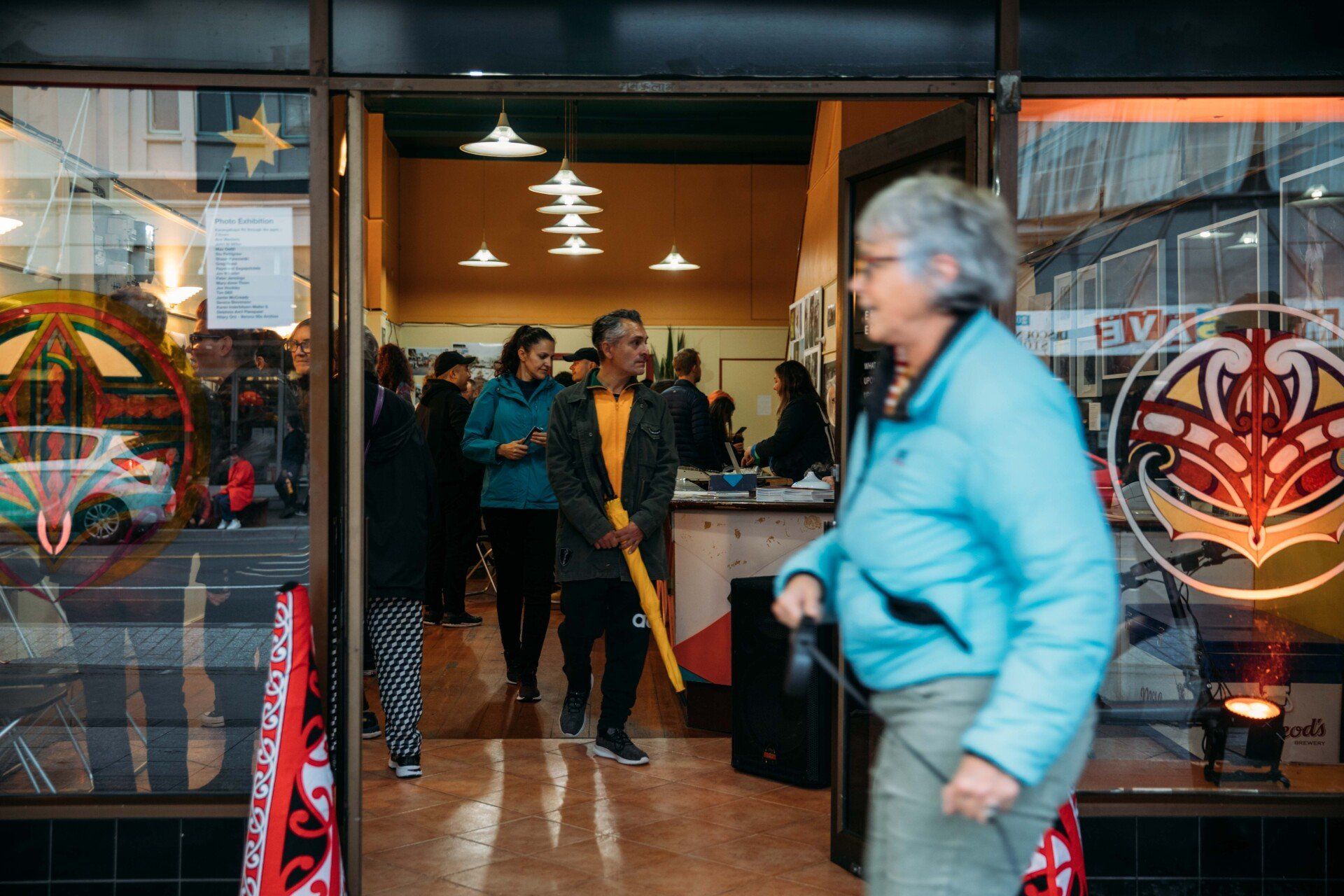
Slide title
Write your caption hereButton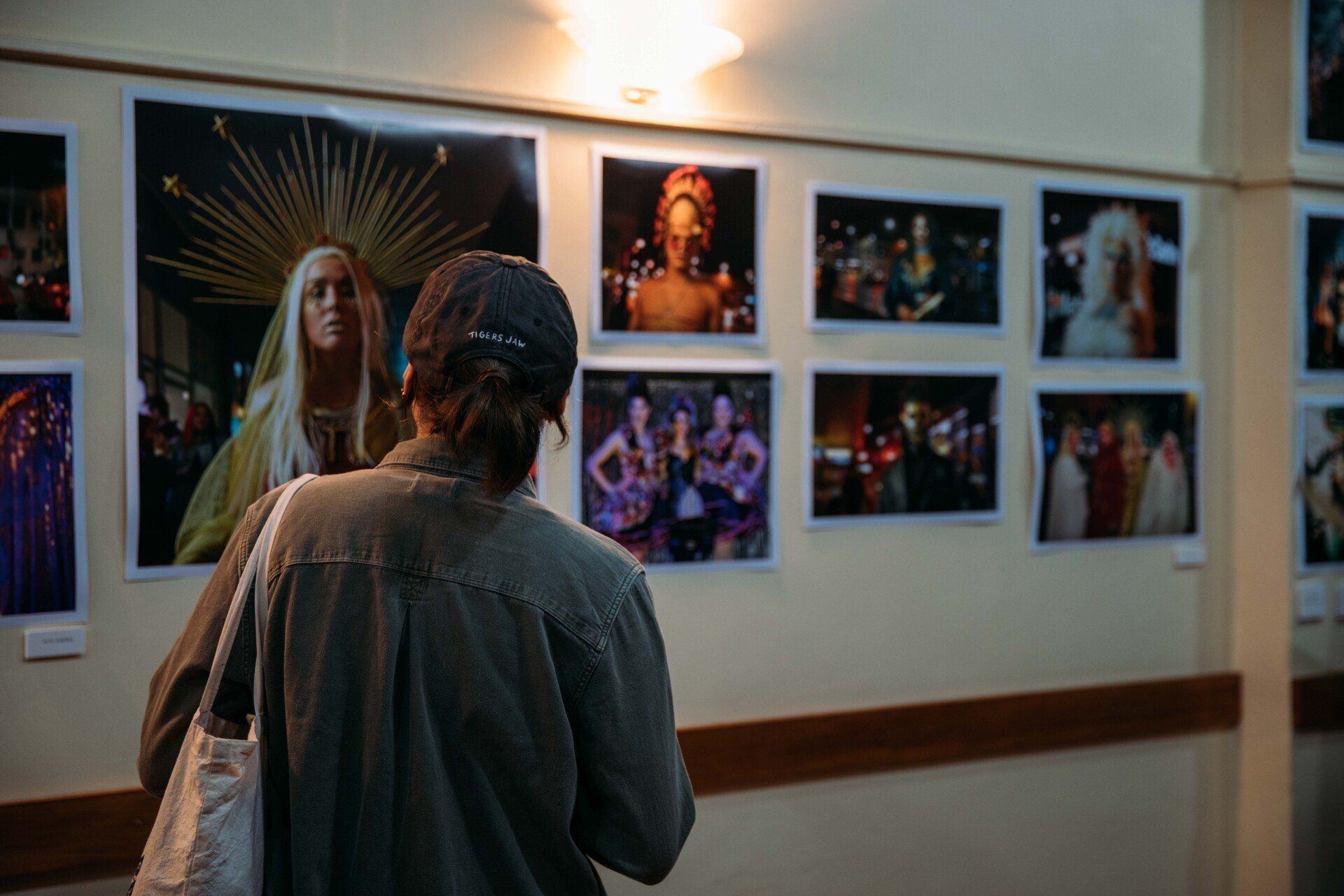
Slide title
Write your caption hereButton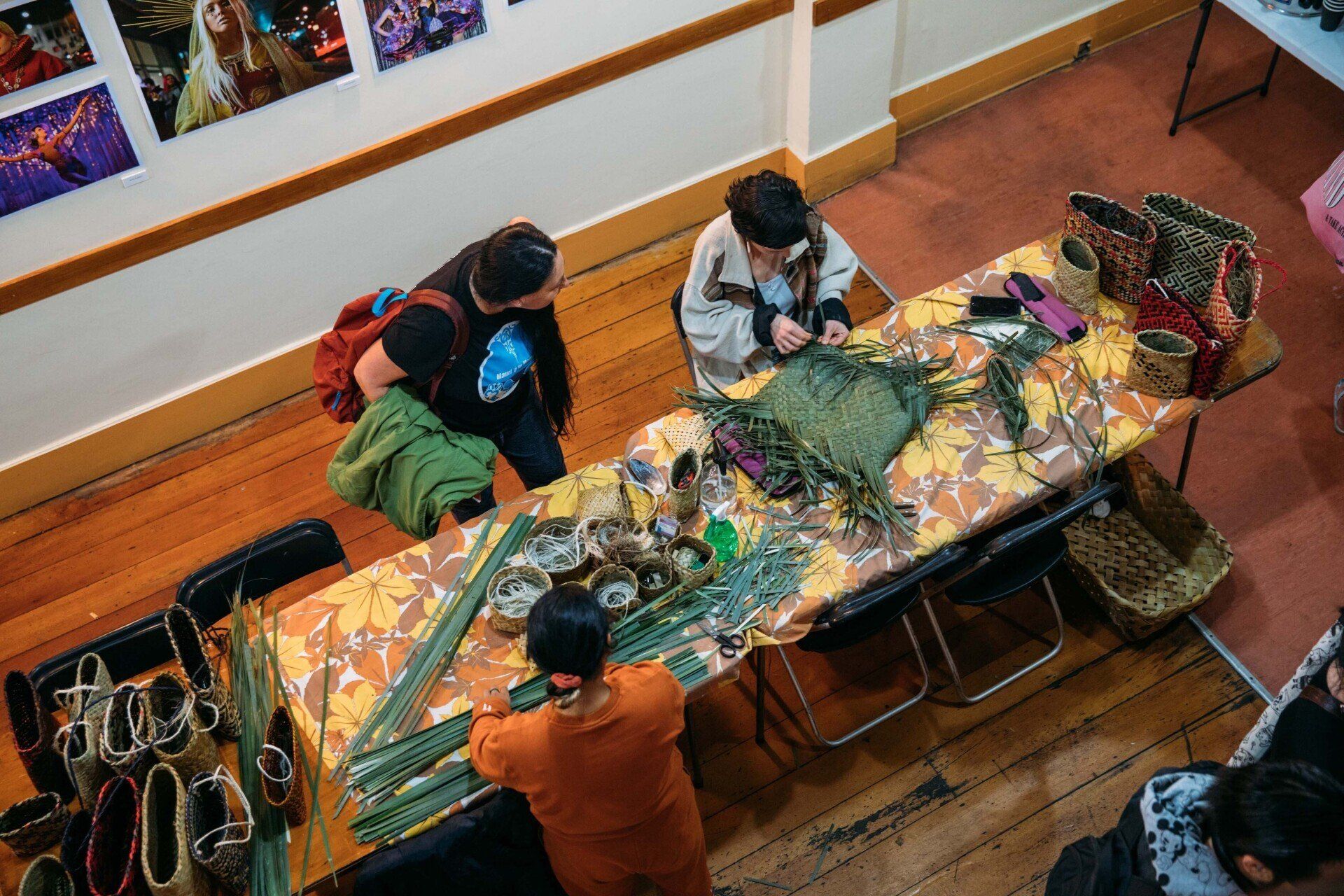
Slide title
Write your caption hereButton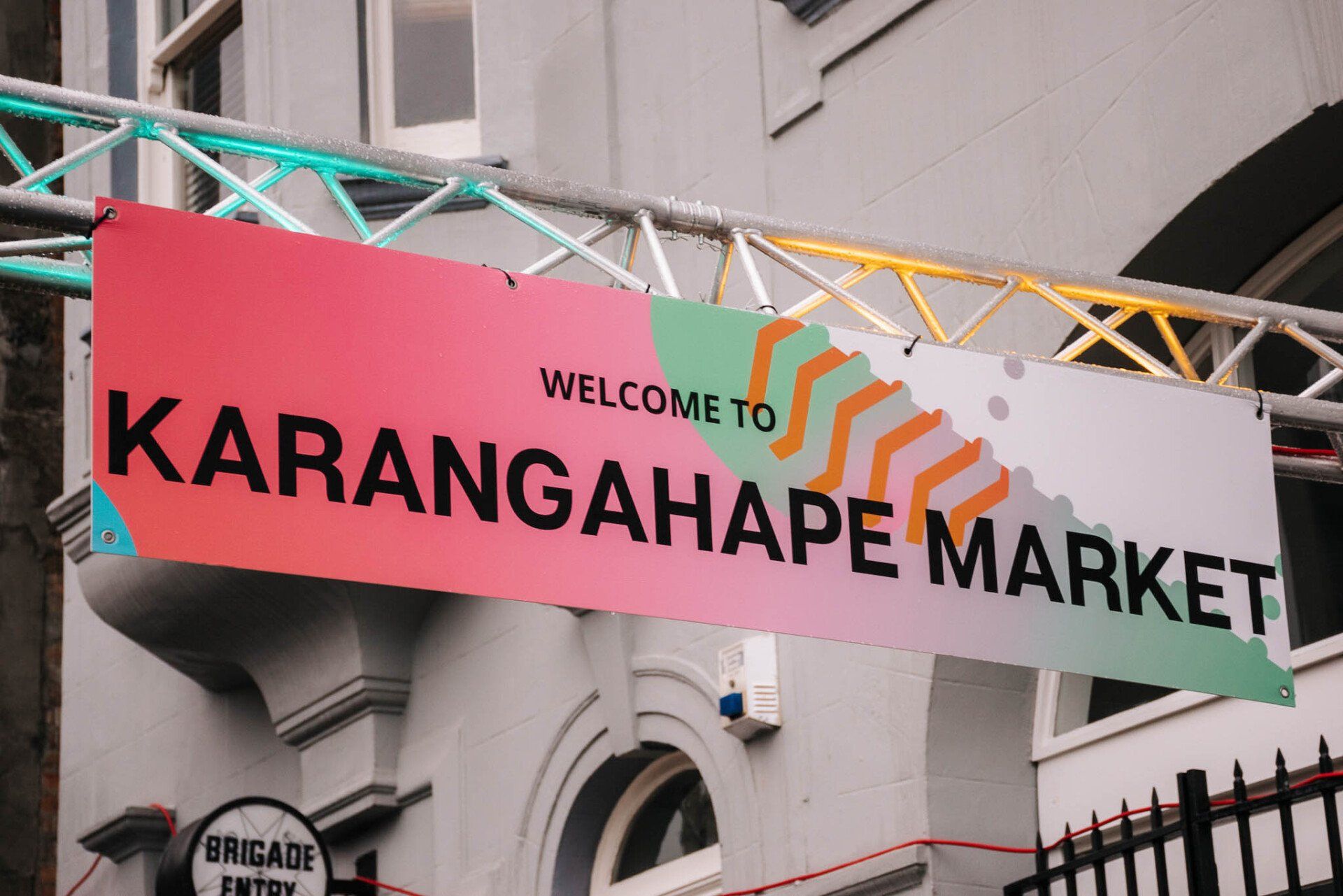
Slide title
Write your caption hereButton
-
ANYA VITALI
Anya Vitali (Te Mahurehure, Ngāpuhi) lives and breathes Karangahape Road. A lot of her youth was spent in the area, where more recently she’s organised many Karangahape Road events, including founding the wonderful Cross St Music Festival. Last year she cemented her connection by moving into the area.
Her passion for the street – and Matariki – shines through our interview as she talks about her delight in having the opportunity to run Te Karanga a Hape, alongside the Karangahape Road Business Association and a team of local event organisers.
“We feel this theme [of Kāhui Wāhine or Sisterhood] reflects the dynamism of the area and the community bonds that weave through our unique urban landscape with both our wāhine-run community businesses and our beautiful rainbow community,” declares Anya.
Alongside the Karangahape Road business community, the team of Te Karanga a Hape have scheduled over 55 events. The diverse range of experiences available will include exhibitions, artist workshops, poetry nights, DJs, live music, markets and food. The full programme can be viewed at www.karangahaperoad.com/te-karanga-a-hape-2022
Kaupapa of the celebration
The kaupapa of the celebration reflects the business community, arts and creative community, cultural community, and residents, says Anya, whose ethos is to follow what these communities want to promote and celebrate, rather than have organisers making all the decisions.
“We wanted everyone to be part of this. It was integral to the event planning that the communities’ own voices went into Matariki so the celebrations reflect the diversity and mātauranga of all the community,” explains Anya.
As a result, there are several local venues where people are putting on their own shows and acts under the Te Karanga a Hape umbrella.
First Thursdays advocate
Matariki is not the first event that Anya has helped coordinate for Karangahape Road. She is an ardent supporter of the monthly First Thursdays on Karangahape Road. In 2022 Anya has been organising the lineups on the Pocket Park Stage (built by Link Alliance) on the corner of Pitt Street and Karangahape Road. She also manages the stalls for Karangahape Night Market which runs from the Pocket Park Stage round onto Beresford Square and past Northern Line Bar.
First Thursdays on Karangahape Road is a great showcase for the area’s creative spirit. The market is particularly close to Anya’s heart because she sees it as an entrepreneurial springboard for new makers and creators.
“I love the concept because it gives young people, who can’t afford to set up shop, a platform to be entrepreneurial and test their products.”
She says some of the original stall holders have collaborated and found small shop spaces along the street where they collectively sell their products in a regular retail environment.
“Celestial Corner in St Kevins Arcade is one example of a shop where a couple of young artists are selling their labels after meeting at the market. Seeing people start with a market stall, move to a pop-up, and then possibly a regular shop, is something that is really exciting to me because I believe we need to buy local and that means local retailers and creators need places to sell their products.”
Value of markets
The value of markets cannot be overrated, says Anya. She knows it works. Markets are in her blood. She grew up in a family that regularly visited the markets around the city and knows of many well-known labels that came from humble market beginnings.
She began running her own stall at Aotea Market in the late nineties, selling fresh juices, and her own handmade and/or upcycled clothing, as well as being an outlet for many local designers. When the number of city markets started to decline, Anya began to look at ways to establish markets herself.
“A lot of people helped me with their knowledge and experience, so I thought it was time I give back and do the same - to try and ensure people have a way to make money and market their local and unique products. Locally made is so important.”
Cross St Music Festival
Another local project for Anya is the Cross St Music Festival, an annual event she founded in 2018 , this year was the first year we had to cancel due to Covid retrictions. The festival attracts increasingly interesting lineups of up-and-coming Kiwi musicians and bands, alongside local food and NZ made drink vendors. She is now in the initial planning phase for next year’s Cross St Music Festival 2023 and can’t wait to see it become a reality again.
Building the skills
Anya started working in events management in the early 2000s, building a strong reputation off eight years of involvement with NZ Fashion Week in various roles such as interior stylist, venue coordinator and public weekend producer.
It was over this time that Anya refined her facilitator approach to events management. She says there is a fine line between curating an event with a controlled hand and letting the event create its own story by giving creatives freedom.
“I have always felt a more natural flow with building events when you let its shape be guided in an organic way. That way things come together without pressure and I can use my energy and experience to assist, support and guide when it’s needed.”
Strong communication skills are another must in event management – and can Anya communicate!! She graciously agreed to a phone interview as she waited for people to join her for dinner while on a short trip to Rarotonga. Despite being on holiday in another headspace, Anya managed to describe her work, her motivations and her love for Karanghape Road’s spirit with full gusto for 40 minutes over a slightly crackly phone.
Her energy is evident, as is the huge motivation she has to help ensure the Karangahape Road’s spirit and communities survive.
“The Karanghape spirit is still there but you have to look a bit harder sometimes. I really like being an active part of fostering that. There is such a beautiful community feel when you get to know the people in the area.”
To celebrate the people of Karangahape Road and Matariki after lockdown last year Anya organised a pop-up photographic exhibition in the old Rasoi Indian restaurant vacated after 28 something years. The exhibition ‘Kanohi Te Kanohi’ showcased photos - from as early as 1876 - of the environment, changing faces, art and fashion, hikoi and prominent historical protest that Karangahape has been infamous for hosting
There were also many workshops from Drag King makeup to traditional weaving to highlight the kaupapa to look back before moving forward.
“Everything around the street was really unsettled, the upgrade had happened, followed by lockdown. I felt that people needed to remember and celebrate what the area is about, who live here, who come here.”
Karangahape Road will always be there physically as a street, says Anya, so let's ensure the Karangahape community spirit and ethos continue too.
Anya Vitali was interviewed by Angela McCarthy in the run up to Te Karanga a Hape 2022.
••• JUNE 2022 // BY ANGELA McCARTHY
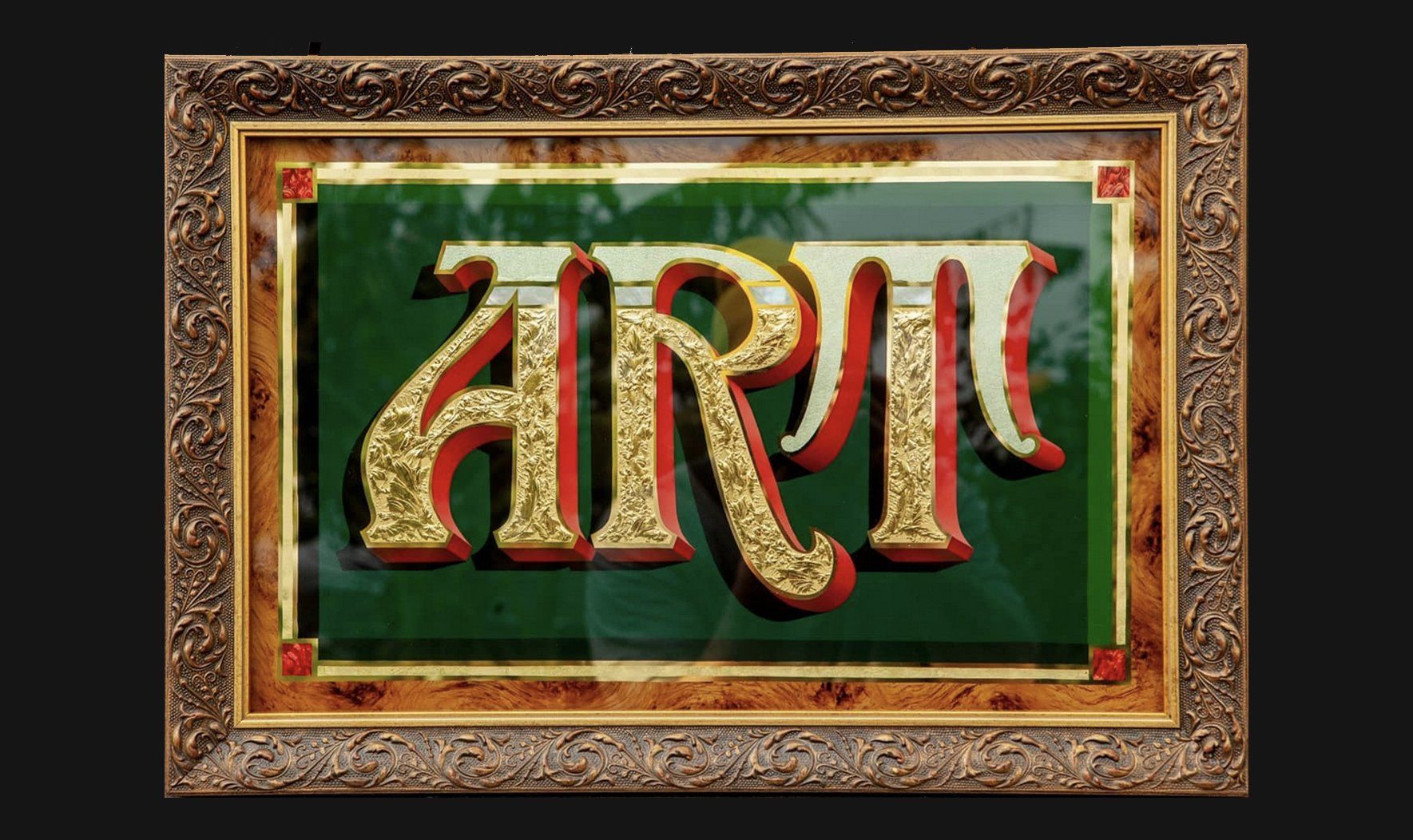
Slide title
Write your caption hereButton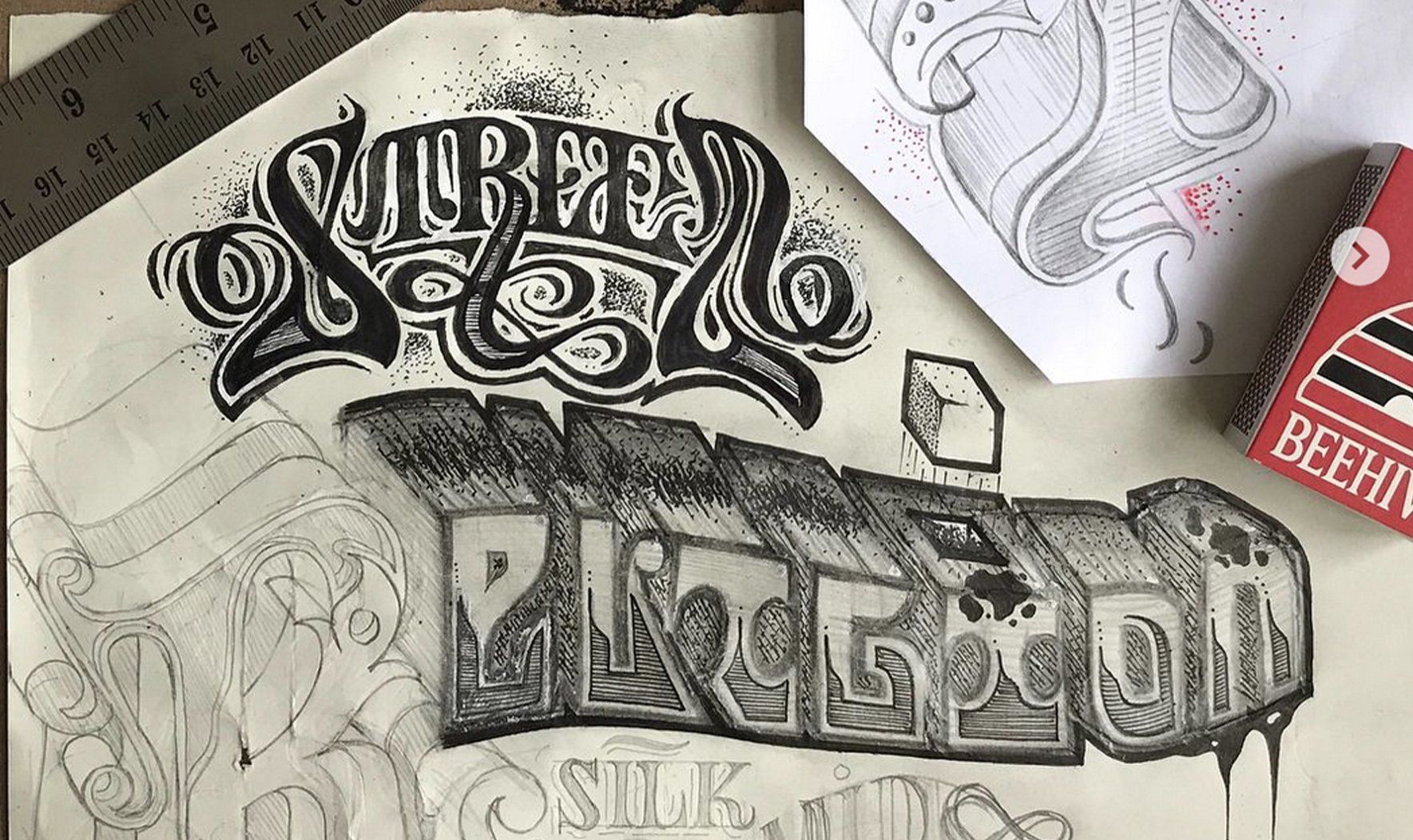
Slide title
Write your caption hereButton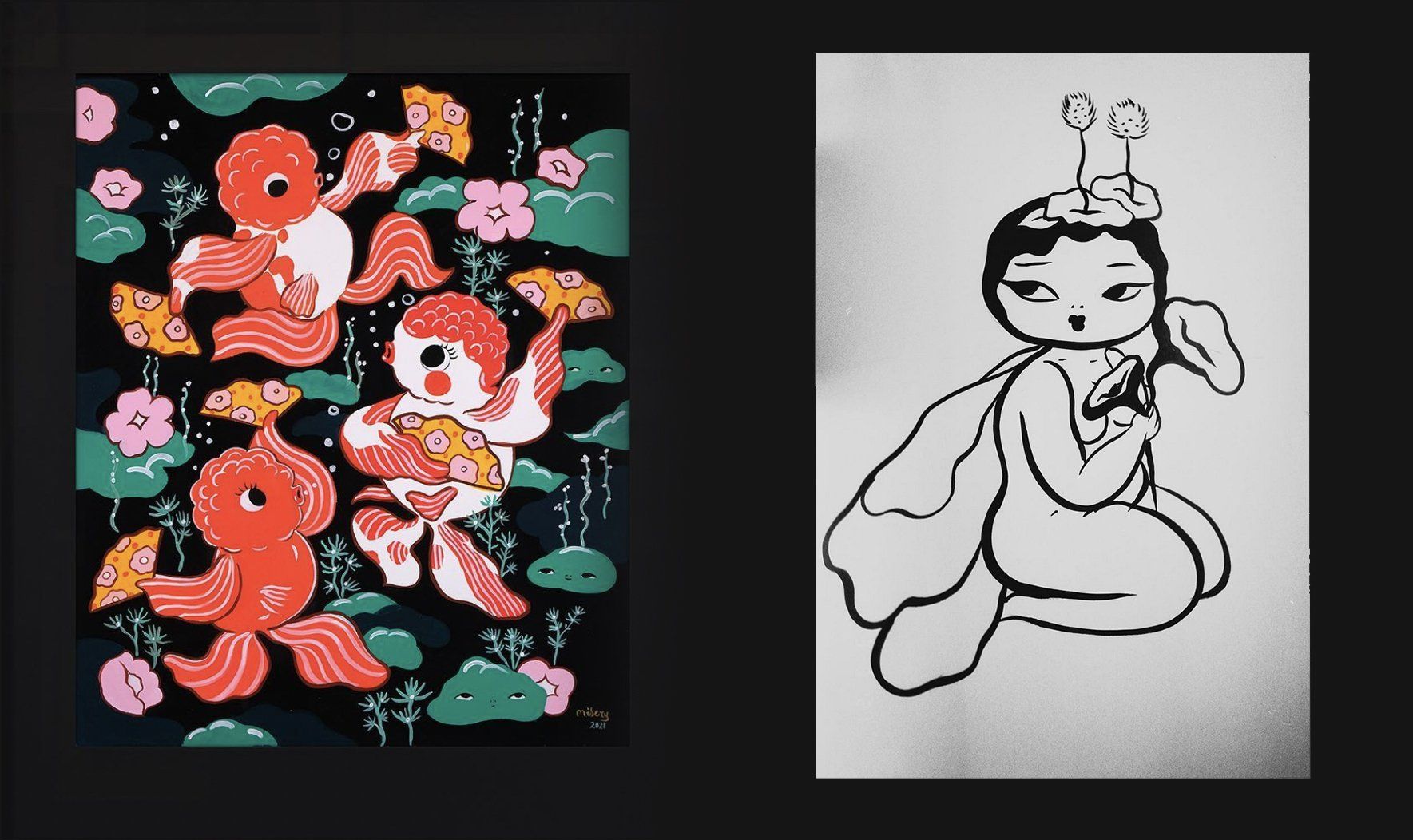
Slide title
Write your caption hereButton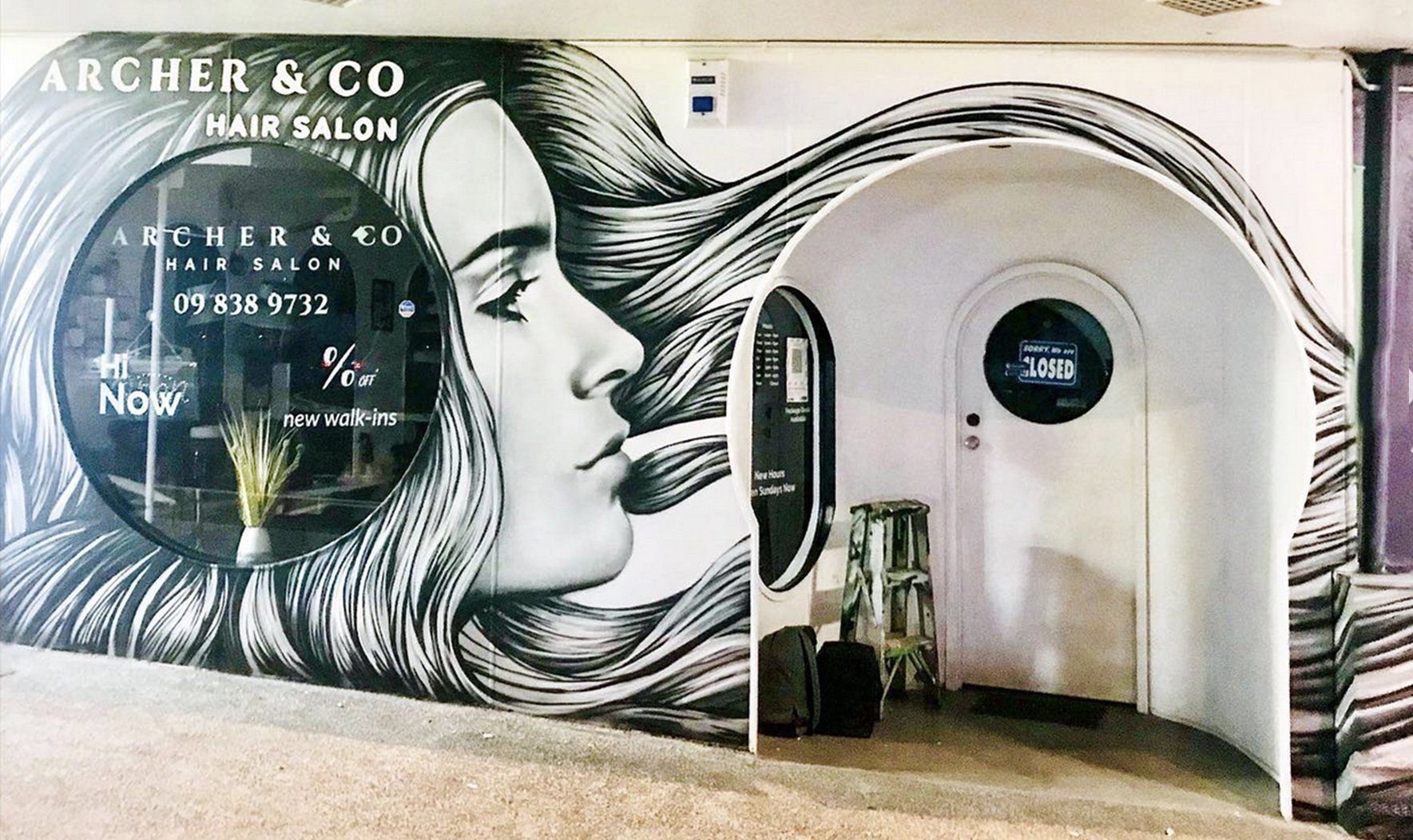
Slide title
Write your caption hereButton
-
STREET FRONT
Street Front is back! Over the next month keep an eye out for ten new installations on Karangahape Road. Local businesses and artists have teamed up to create eye-catching work in the windows of shops, cafes and the Lim Chhour food court. We are looking forward to welcoming more work to the area by artists Louis B, Misery, Dagar, Gasp, Lindsay Yee, Tosh Monsta, Jia Luo, Stjohn Milgrew, Margaret Lewis, Elliot Francis Stewart, and Angus Muir.
To give you an idea of what to expect, check out some of the artists previous work in the images.
Street Front is funded by Auckland Council, and run by Ross Liew and the KBA team.
••• MARCH 2022 // BY KBA, AUCKLAND COUNCIL, ROSS LIEW
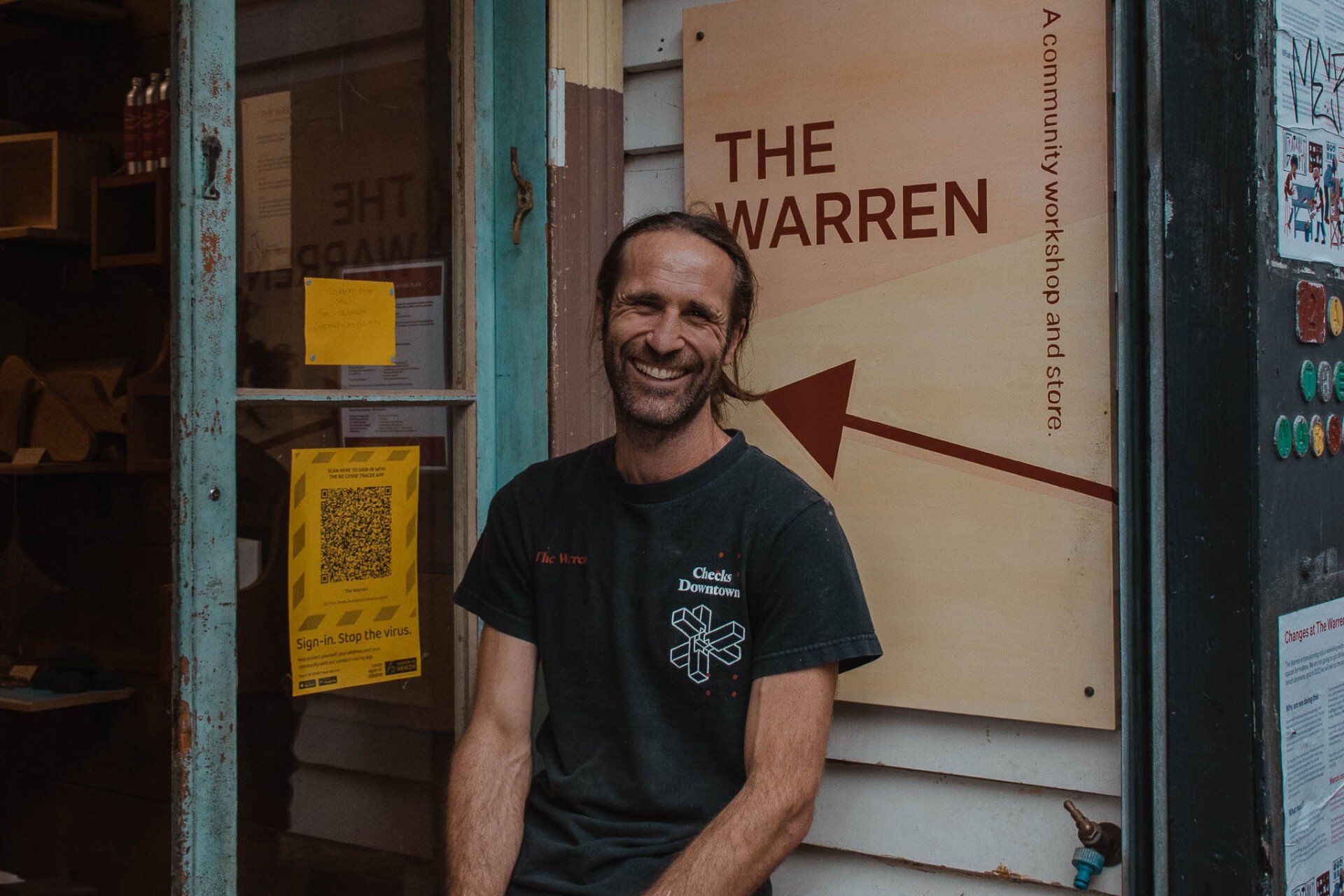
Slide title
Write your caption hereButton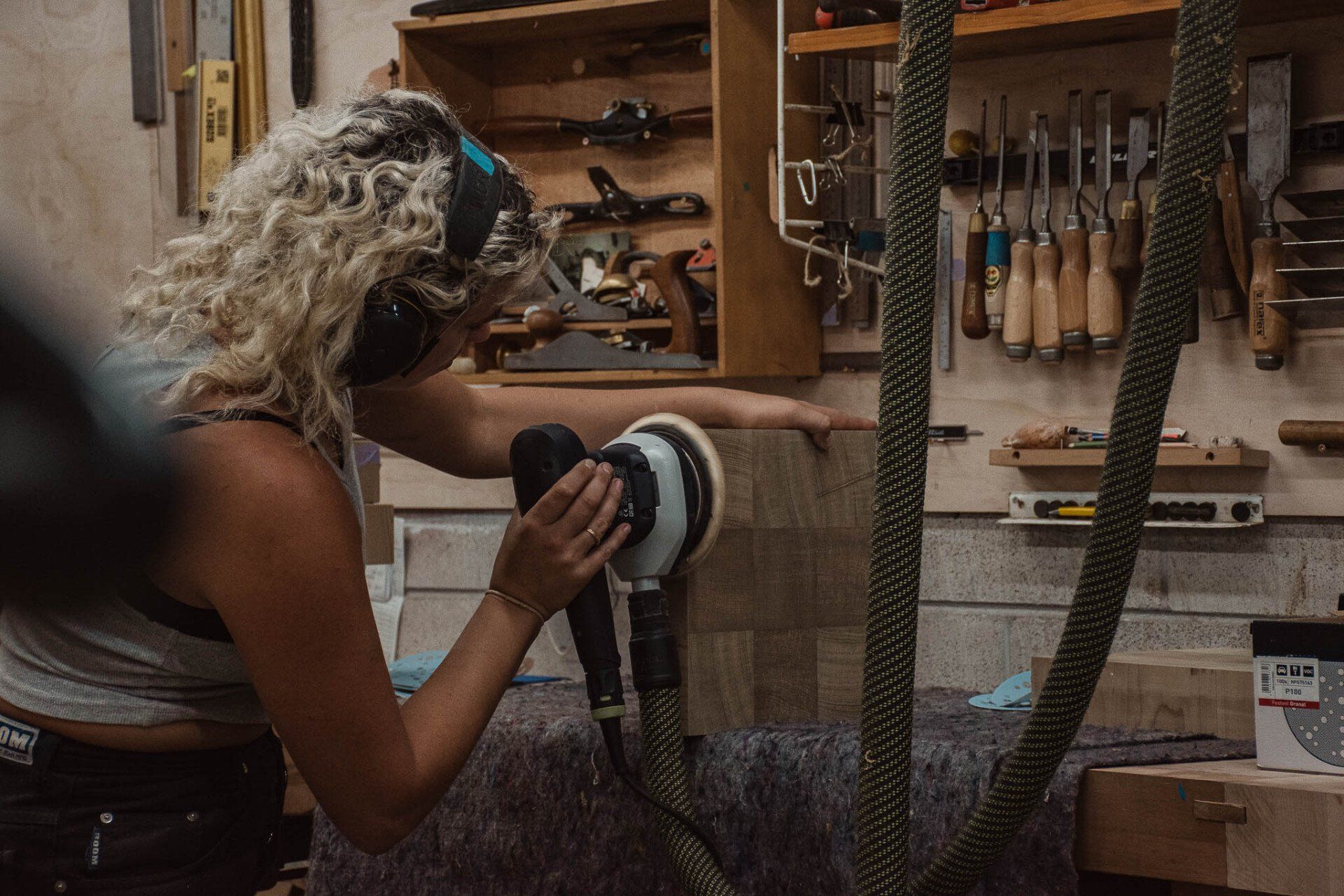
Slide title
Write your caption hereButton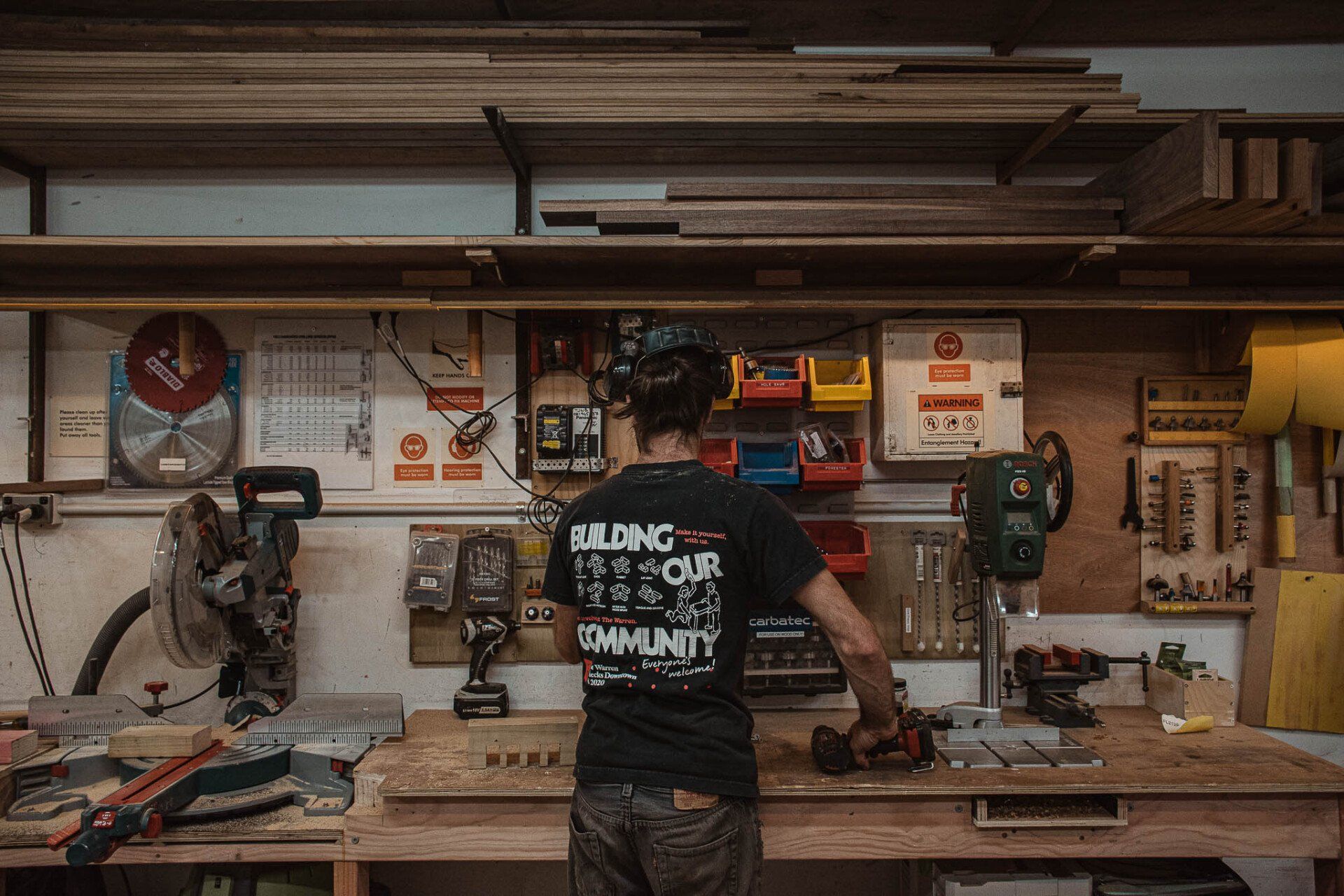
Slide title
Write your caption hereButton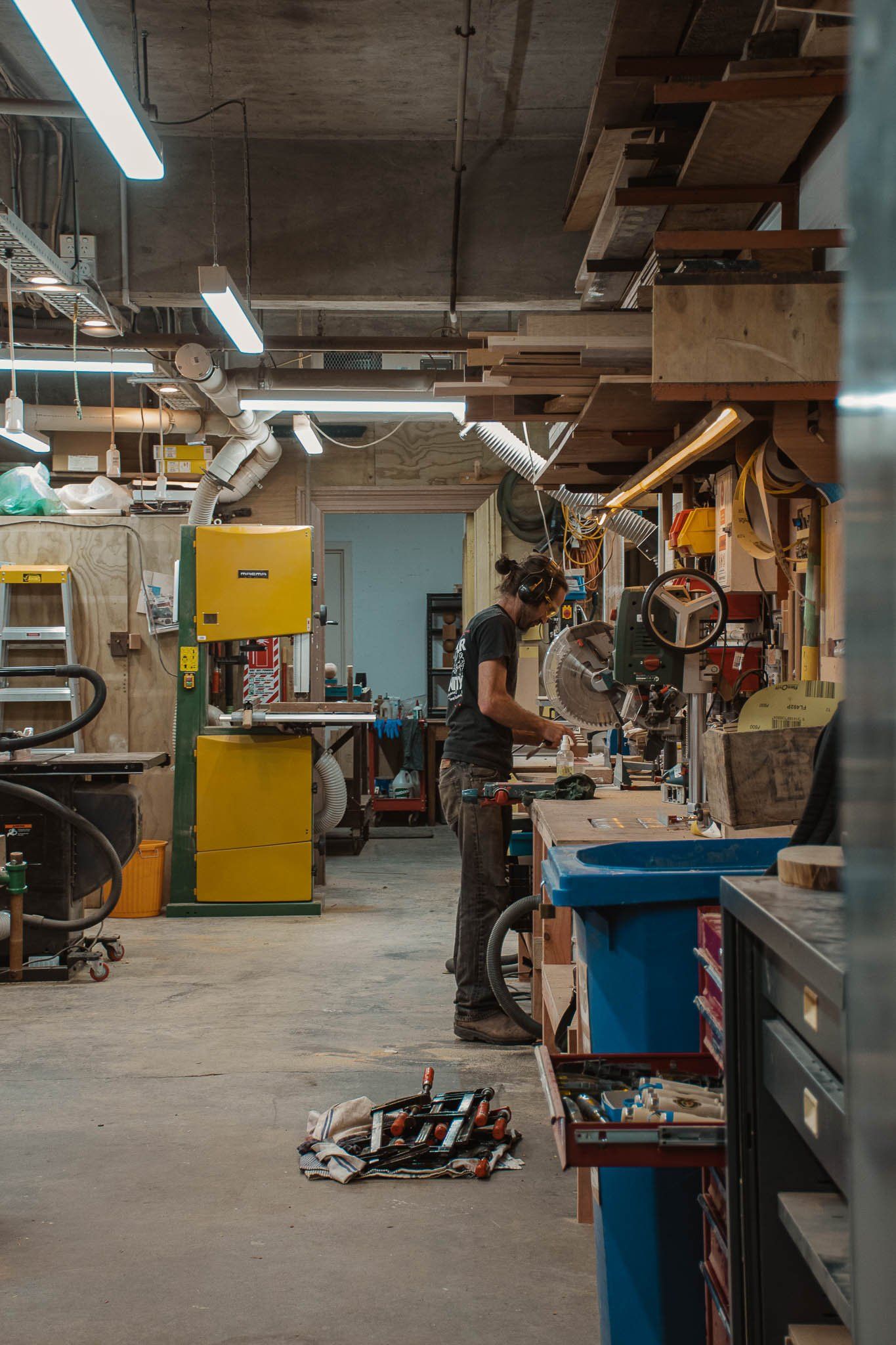
Slide title
Write your caption hereButton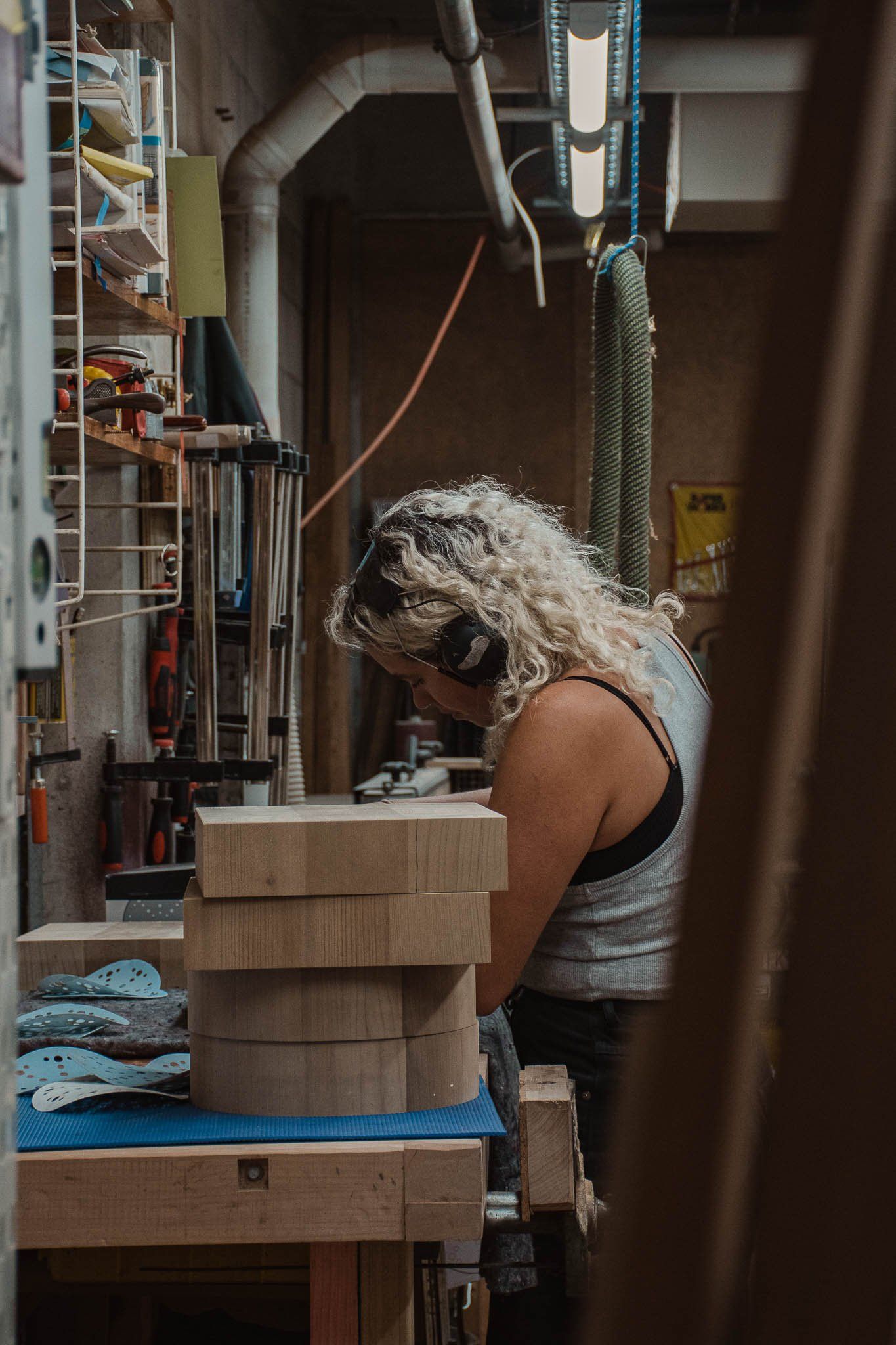
Slide title
Write your caption hereButton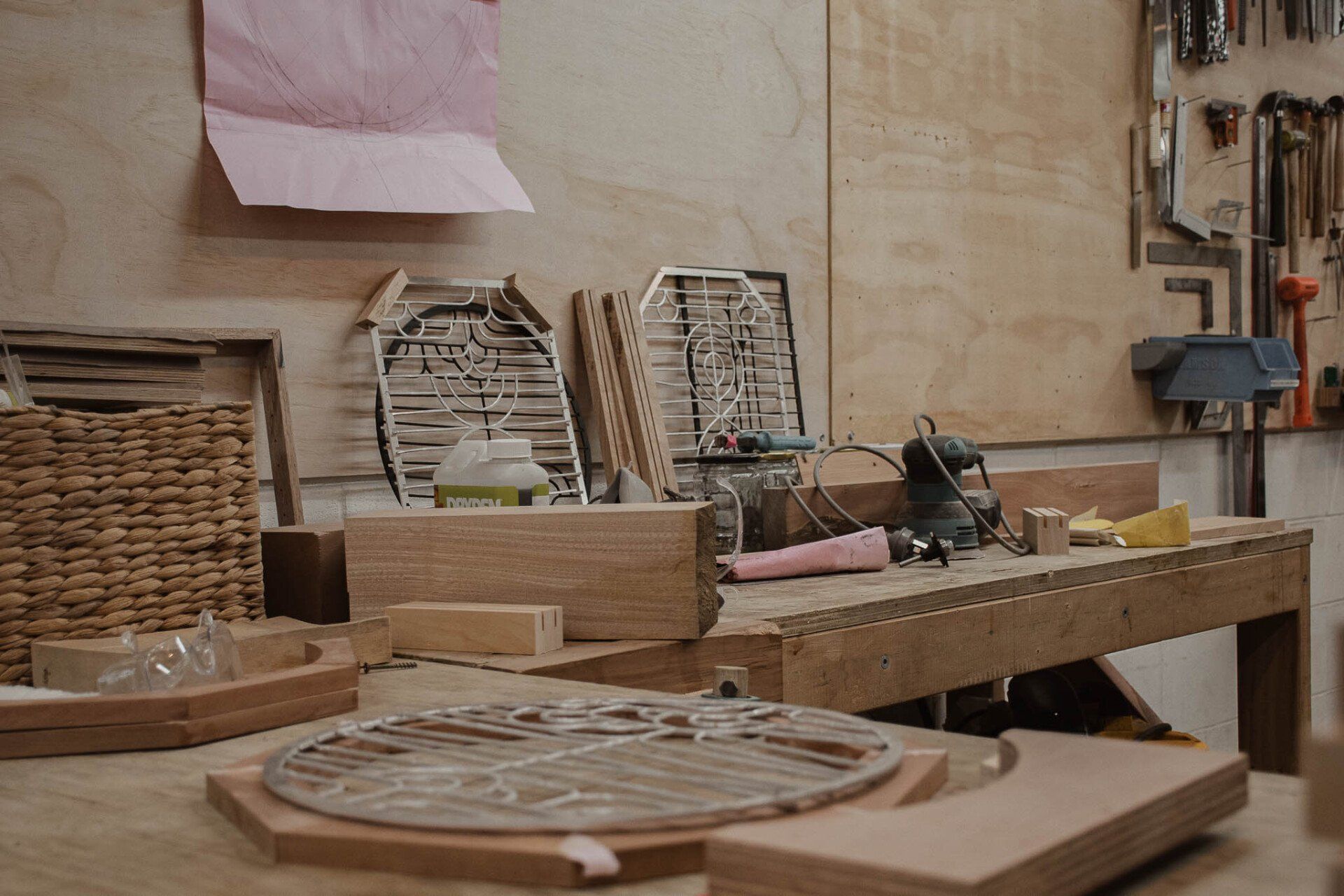
Slide title
Write your caption hereButton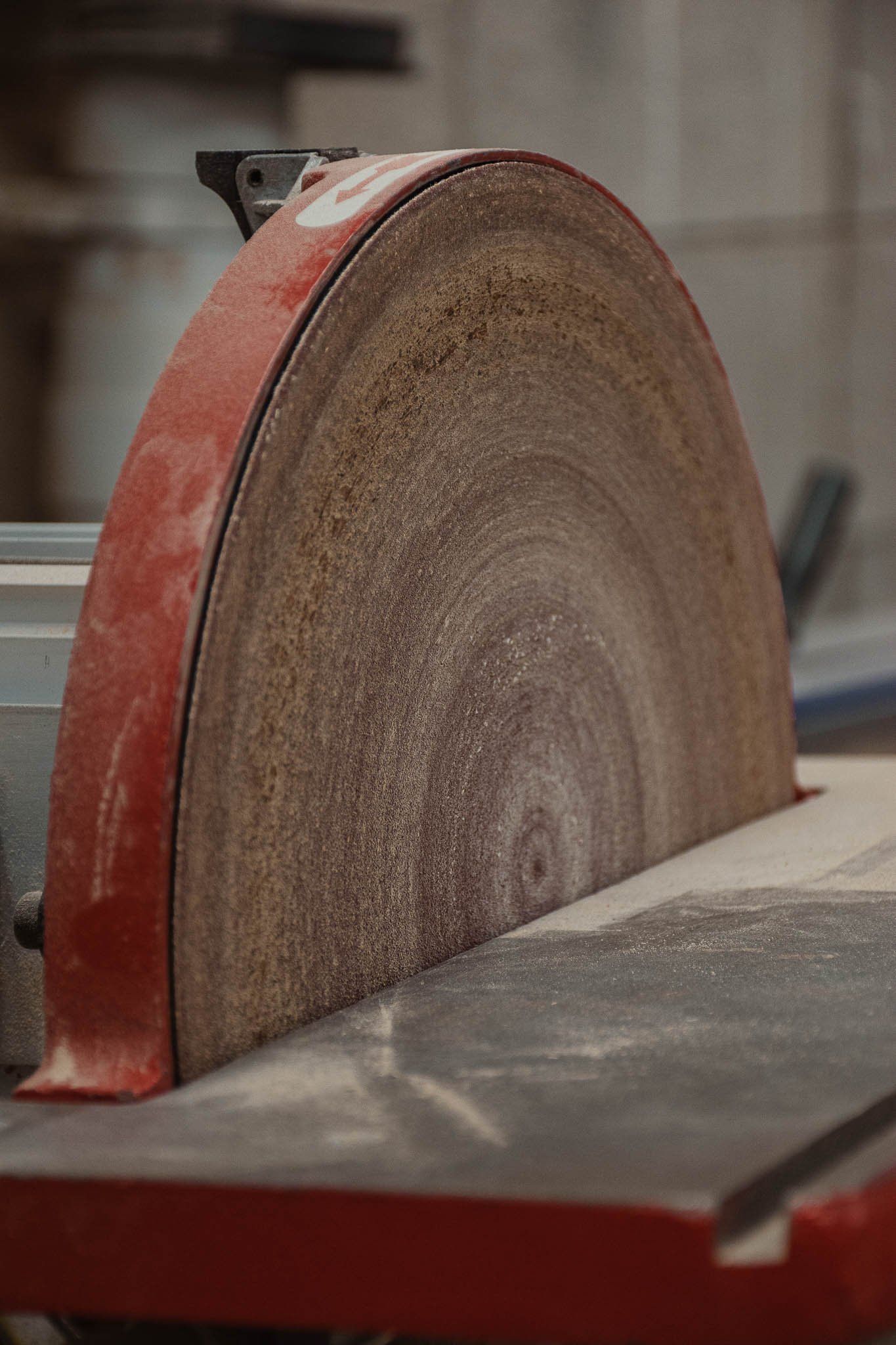
Slide title
Write your caption hereButton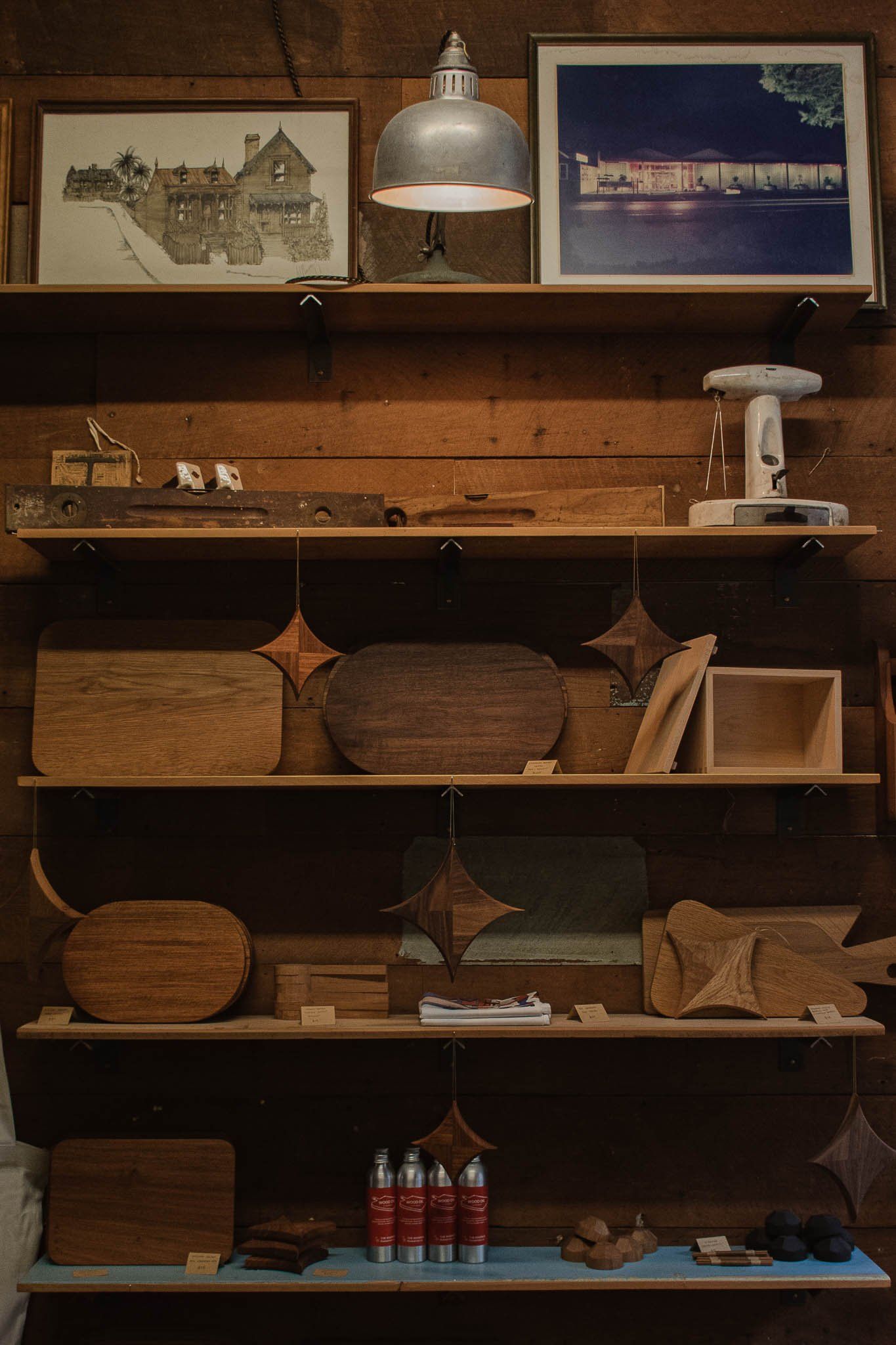
Slide title
Write your caption hereButton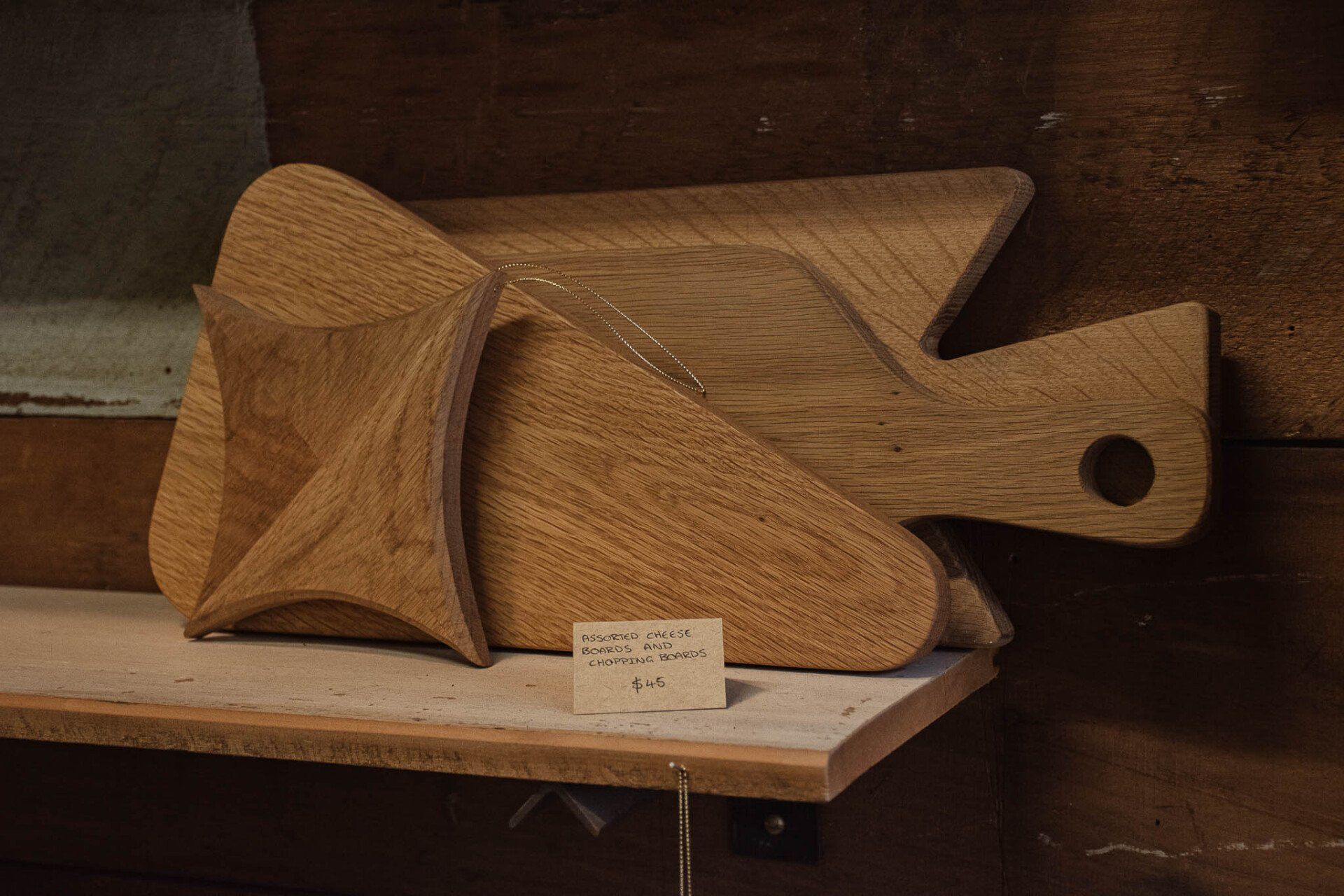
Slide title
Write your caption hereButton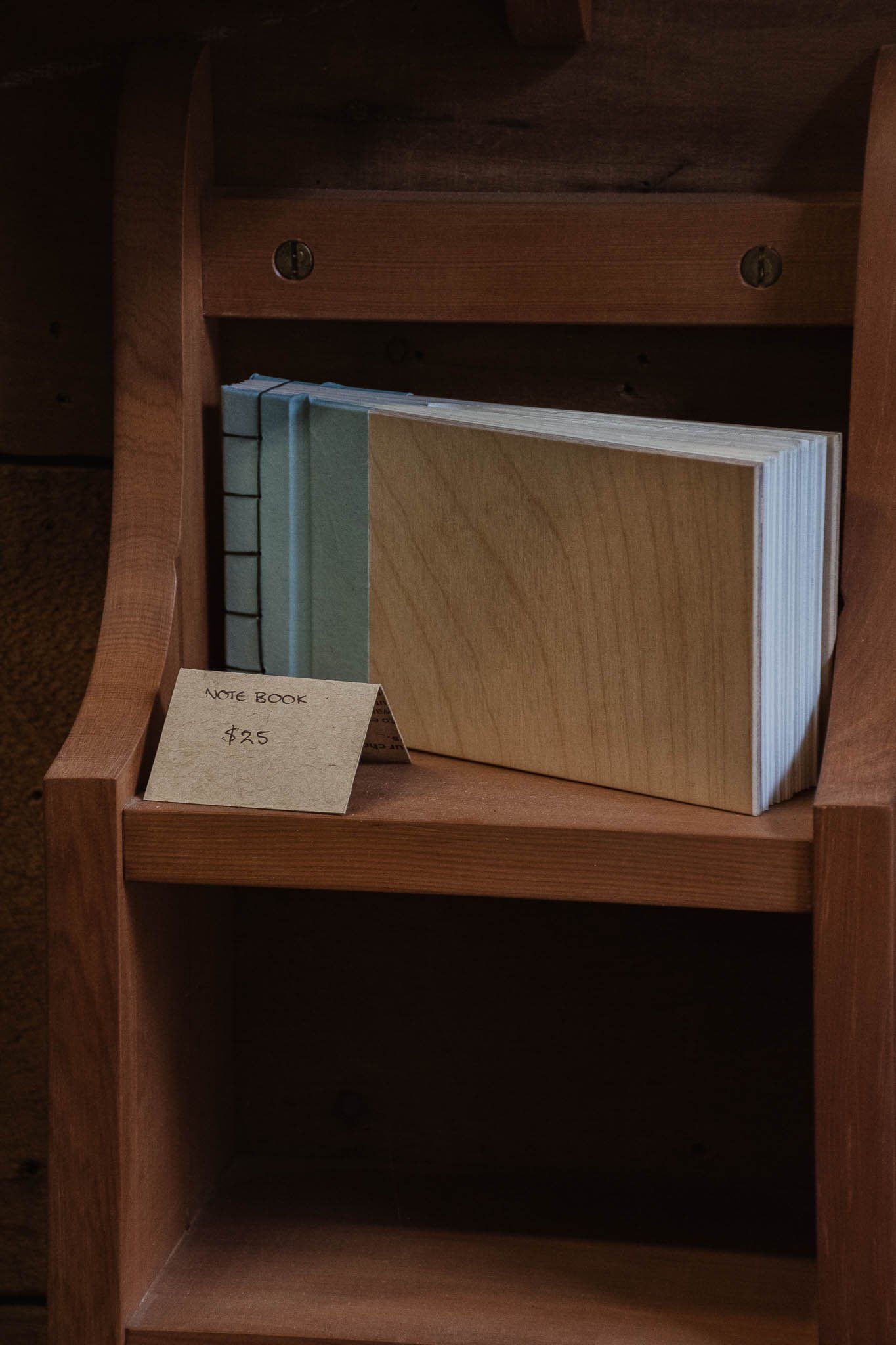
Slide title
Write your caption hereButton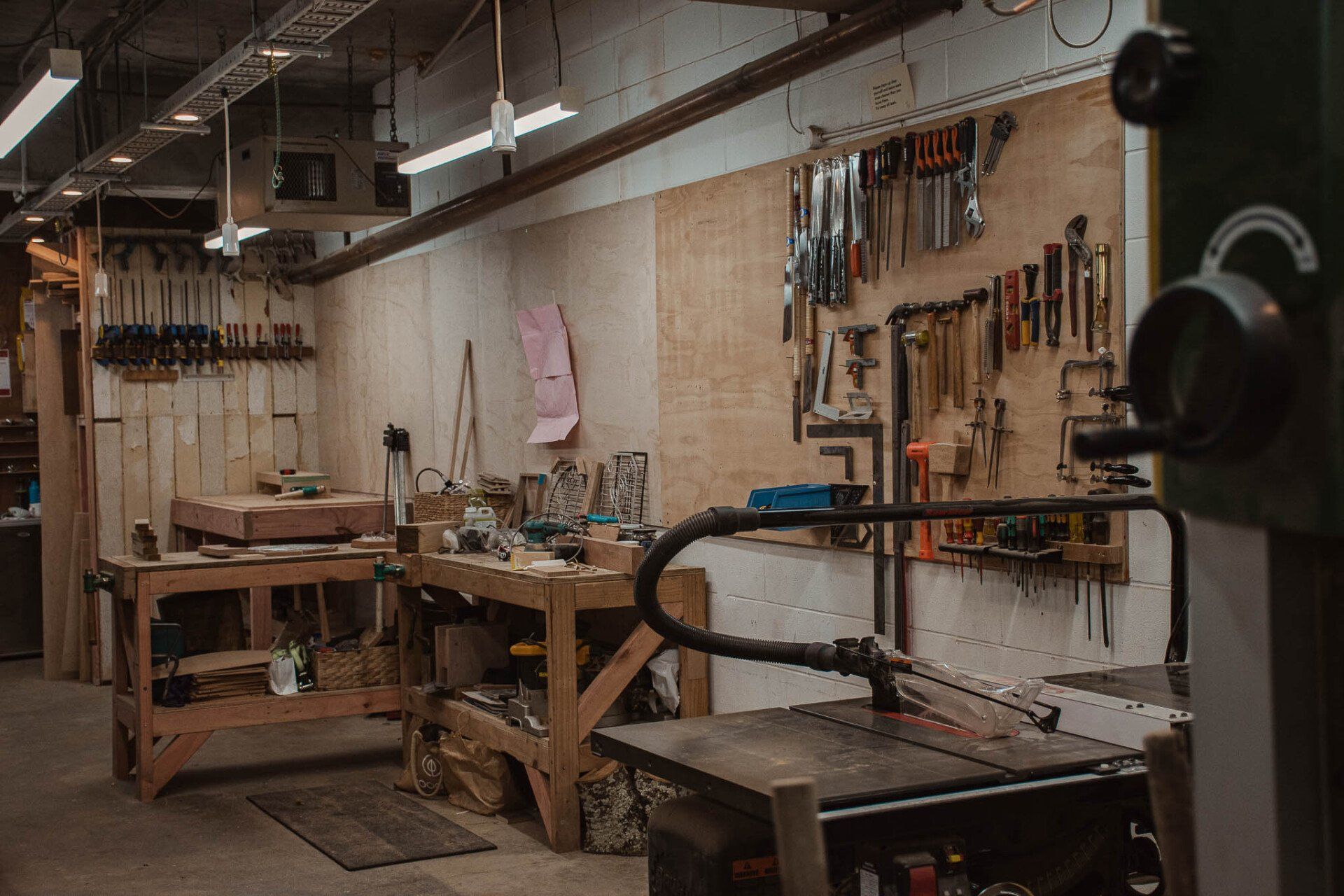
Slide title
Write your caption hereButton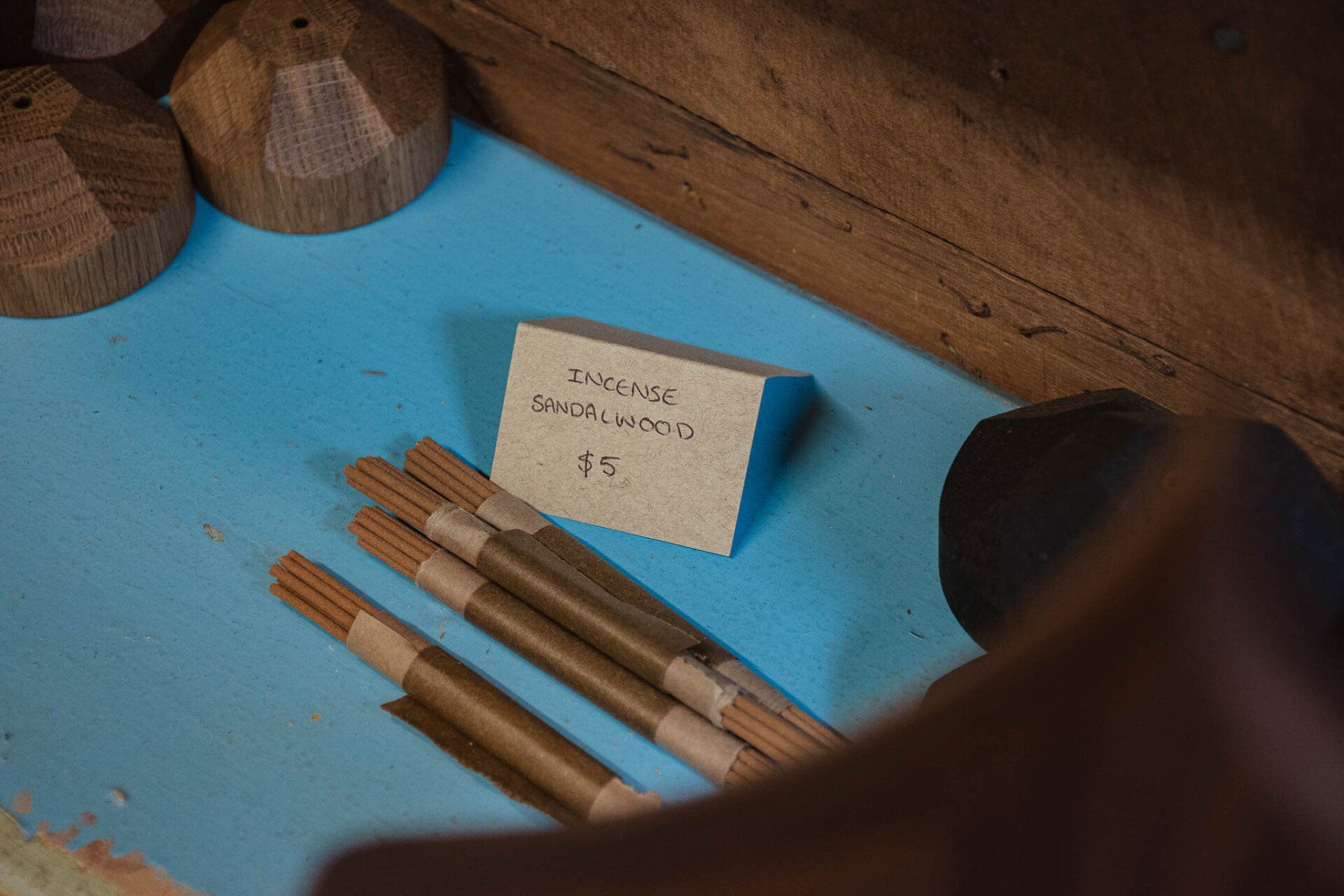
Slide title
Write your caption hereButton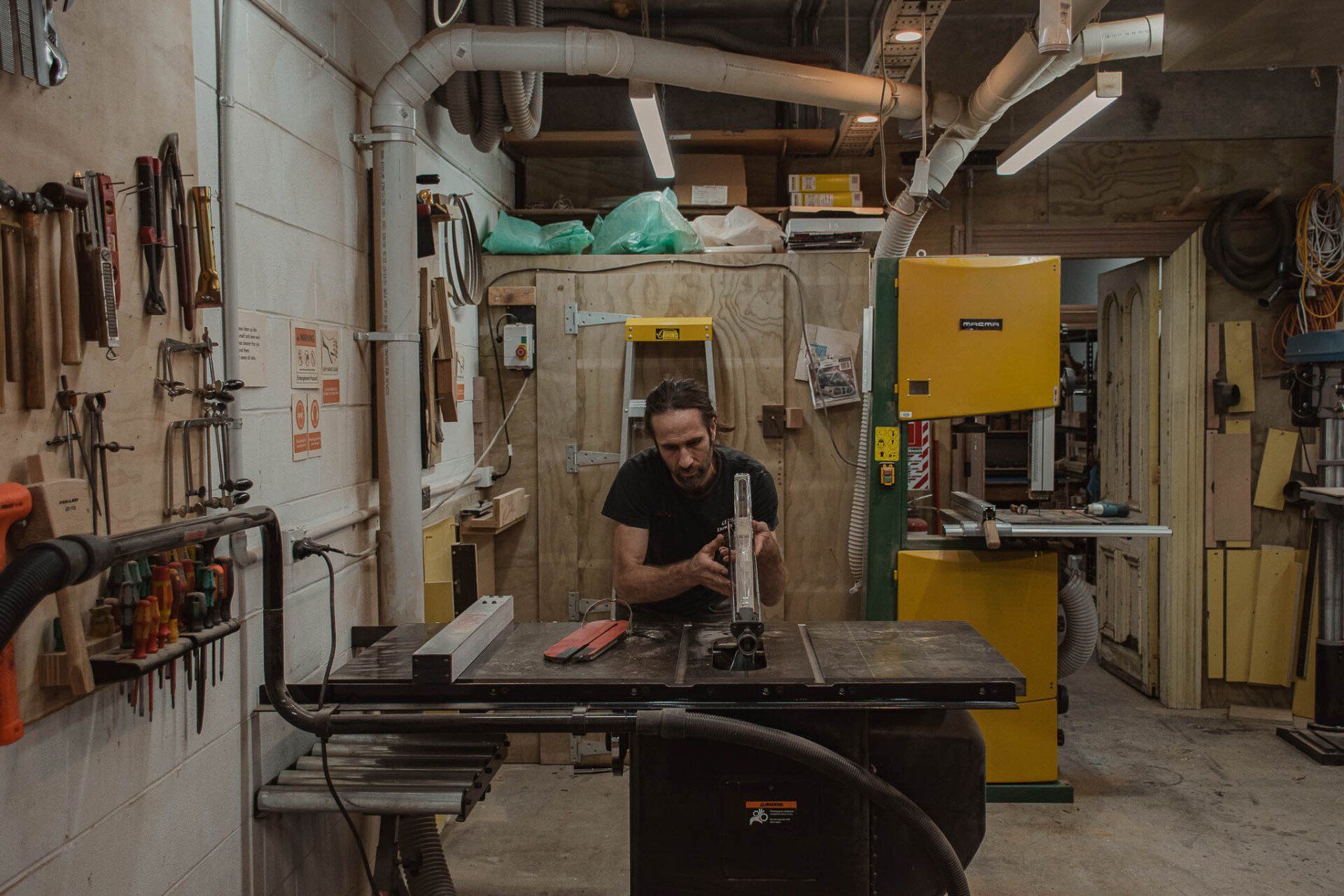
Slide title
Write your caption hereButton
-
THE NEXT CHAPTER OF THE WARREN
Tim Boyd is a busy person as the founder and manager of The Warren and a plumbing and gasfitting business. Plus, he is renovating his home and creating timber goods for The Warren’s online and physical shop.
Later this year, Tim heads off to Australia to research sustainable options for setting up quality and inexpensive workshop spaces. He is determined to offer people an affordable way to make a living using their hands. We ask him about the new version of The Warren and his future plans.
The new shared studio space has been running now for two or three months – how is it going as a practitioner space?
The studio workshops at The Warren are a hive of activity! Our key makers-in-residence are Courtney Petley, Wanda Gillespie and Josephine Jelicich. I go in on Fridays to continue transitioning the space so it works better for the makers. I’d love to be there doing personal projects more often, but I still have my day job, alas!
What kind of work do you all produce and is some merchandise still being sold from the front of the space?
Courtney continues to make her cooking utensils, chopping blocks and is working on some gorgeous objects that are coming up for release soon, definitely keep an eye on her Instagram @petley_. Wanda is a prolific contemporary artist working mostly in carved timber. Her latest piece is part of Sculpture on the Gulf [in Waiheke) @wanda.gillespie. Josephine is also an artist, her work is part of the current show at Te Tuhi. She is also a fine woodworker who is constantly on the go, making stunning stools, cabinets and an array of handcrafted objects. @josephinejelicich
Our online store is stocked with timber goods that I made at the end of last year, and I occasionally add new things when I get some time.
How often are you getting into the workshop yourself to keep your creative energies going?
Sadly, not at all right now. I have a personal goal this year to develop a new range to sell, so watch this space!
I’ve recently started a renovation at home, so I’m finding my creative side is being filled with all the dreaming, planning and building that is going on around here.
The Warren’s popularity increased after the first lockdown. What gap were you offering in the woodwork space?
We were offering structured learning, with knowledgeable teachers and access to a well equipped wood workshop. I did so because I’m really concerned about how challenging it is to access quality workshop space in Tāmaki Makaurau, with access being restricted to those with money. I’d love to see a wider range of people in Tāmaki being able to make a living from using their hands.
There's slim pickings out there, and undoubtedly a growing audience who want to make things with their hands.
Will you open up classes and space again in the future?
At this stage, classes are not on or off the cards. I need to make a model that is financially sustainable for classes to happen again.
I’m working on it. The Ministry for Culture and Heritage has an amazing innovation fund opening this year (postponed by Omicron) that I’m excited about.
Plumbing is your day job. How does it feel jumping between plumbing and woodworking?
Great question. At this stage I’m not getting the time to jostle between the two, so truthfully I don’t know. I do often see things that inspire me at work and have them recorded and collected for future exploration. Of course, both activities are very practical and require problem solving so they are more similar than you might think!
Shop at The Warren: www.thewarren.nz/store
Find out more about The Warren and the story behind it here.
www.thewarren.nz/changes-at-the-warren
••• MARCH 2022 // BY KBA, AUCKLAND COUNCIL, ROSS LIEW
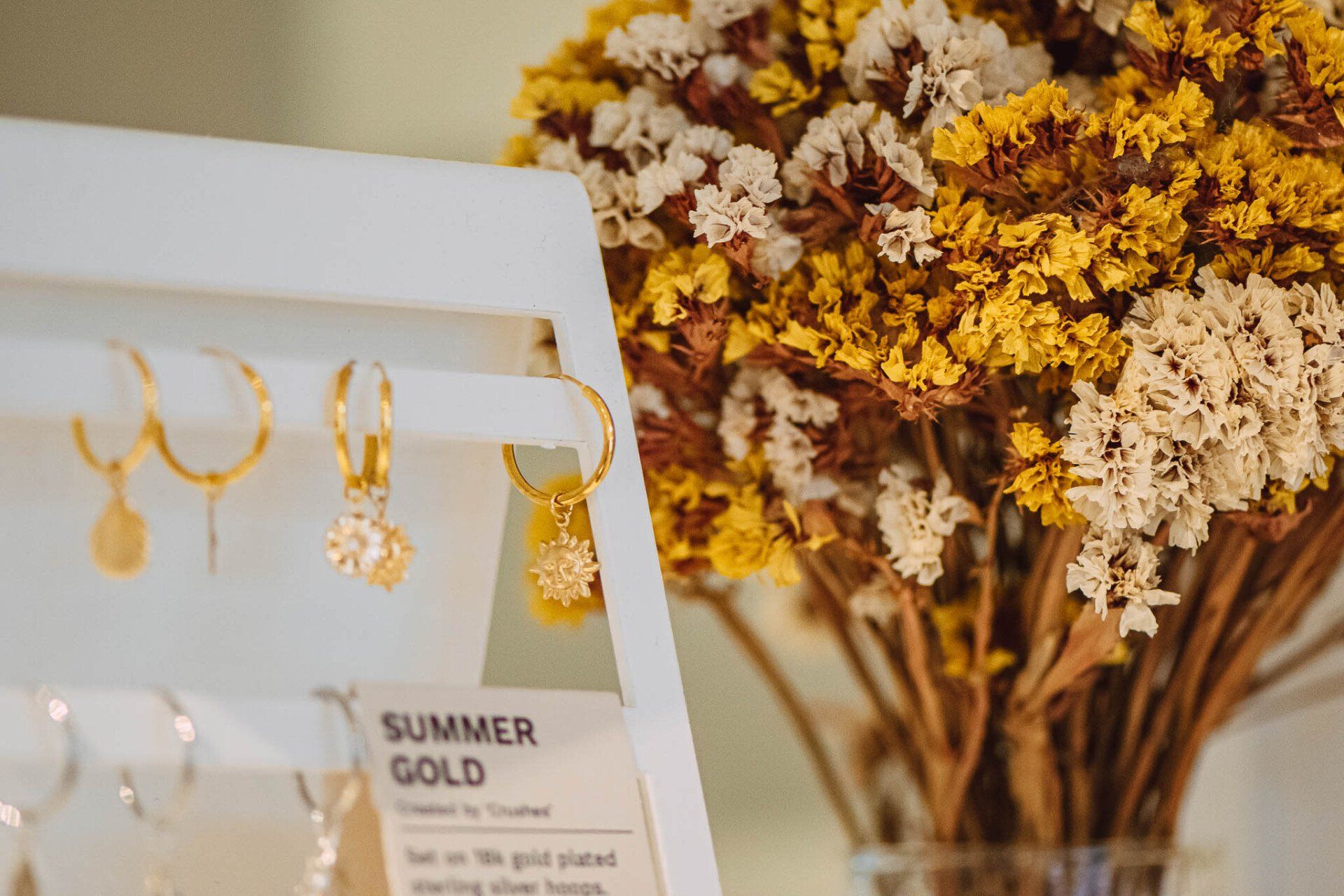
Slide title
Write your caption hereButton
Slide title
Write your caption hereButton
Slide title
Write your caption hereButton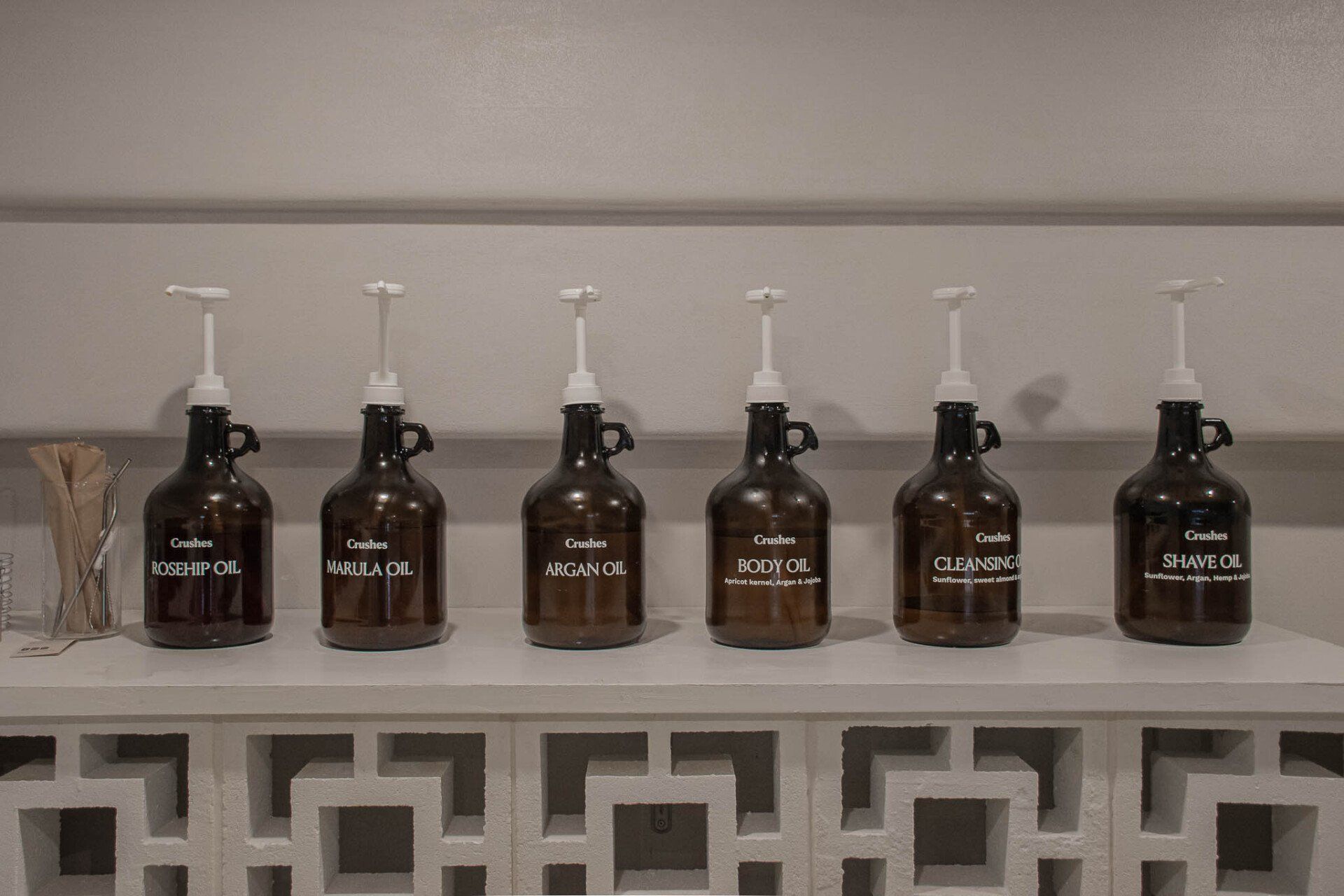
Slide title
Write your caption hereButton
Slide title
Write your caption hereButton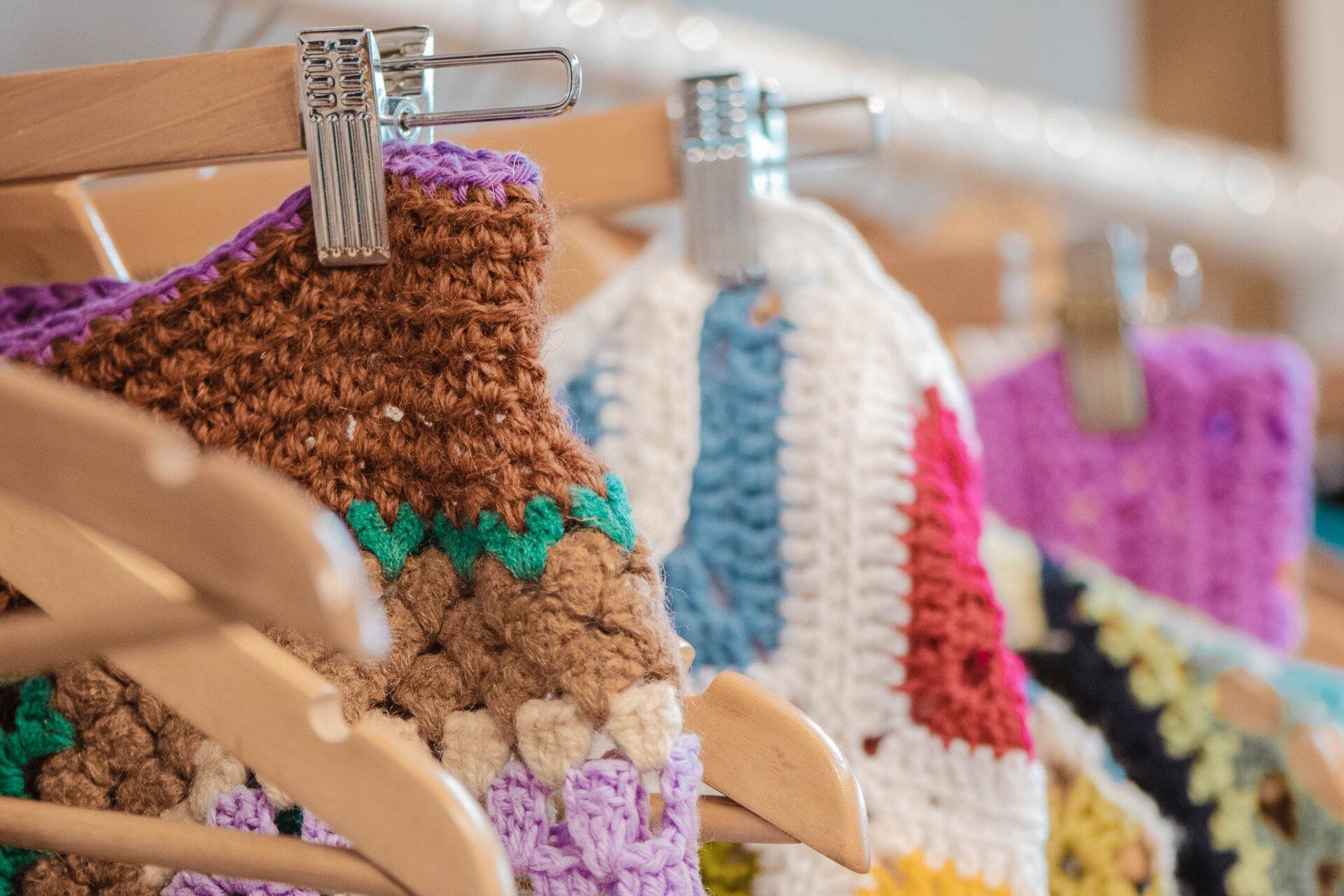
Slide title
Write your caption hereButton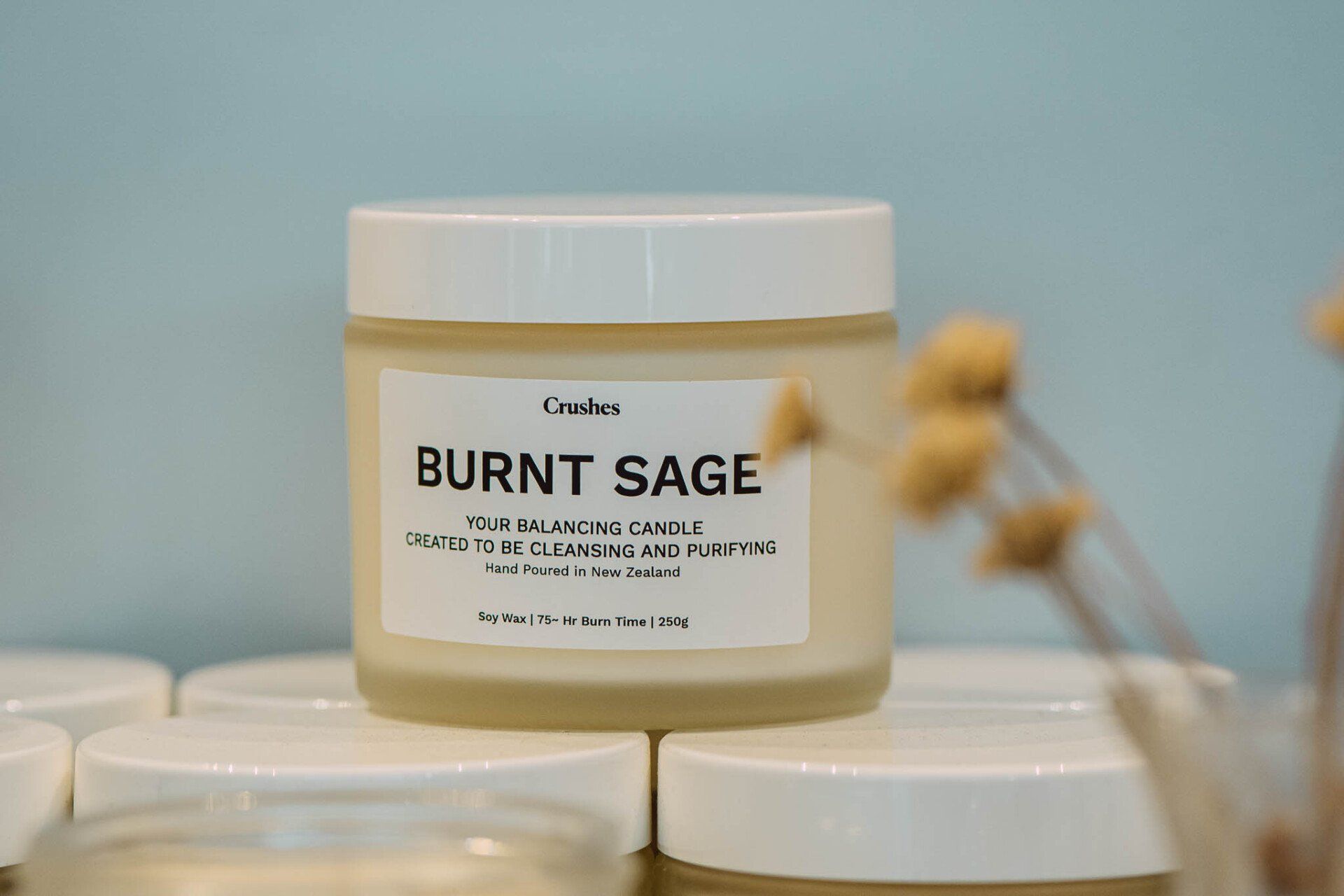
Slide title
Write your caption hereButton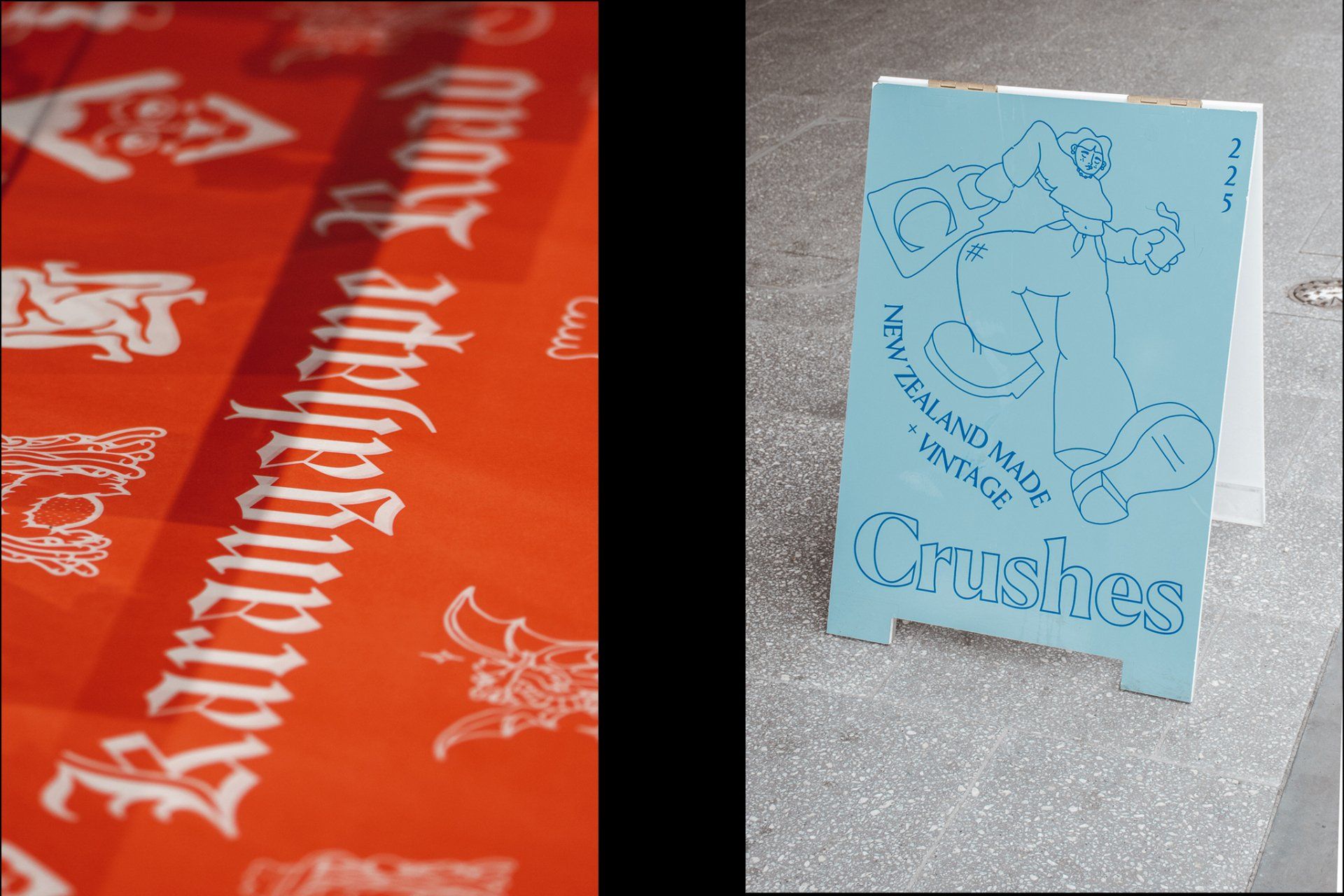
Slide title
Write your caption hereButton
-
10 YEARS OF CRUSHES
Sarah Firmston and Rose Hope opened Crushes on Karangahape Road in 2012 to start a lifestyle label. But they have achieved far more.
Ten years on, Crushes has grown into a leader in Auckland for conscious consumerism. Rose and Sarah now stock over 60 local businesses, helping people to shop local designers and manufacturers. Read Rose’s thoughts on starting a business from nothing - with little experience - and holding to their values through the journey.
You opened on Karangahape Road 10 years ago, moving from a smaller place on Great North Road. Why did you think there would be a bigger market for the kind of merchandise you were offering?
We were sick of being a destination store and wanted to open every day. We knew there were people that appreciated what we were doing and it gave us a chance to focus on designing and growing as opposed to just surviving!
Sustainable and ethical purchasing is the core of all you do. Has it become more mainstream over the past 10 years?
As talk about conscious consumerism increased, we realised our store offered two really good solutions to what was problematic in retail.
“Shop local” means building our own communities by creating employment, keeping taxes in our country, and keeping manufacturing alive. We do this and have done this since 2011 by stocking over 60 local businesses.
“Shopping pre-loved” takes away the problems of questionable labour practices and is an active solution for the amount of textile waste the world is seeing.
The more we learnt about these issues, the more passionate we became. And it is a big part of our messaging with the store to further that conversation. It’s great to see how accepted it has become over the years!
What attracted you to vintage and sustainable clothing originally? Were you someone who always frequented op shops as a kid?
Yes! My mum ran an op shop for a time and we were always dressed in second-hand, or pieces my mum knitted or sewed for us.
Admittedly, growing up wearing second-hand clothes felt shameful. But the turning point was when I went to Auckland Girls Grammar and I’d walk past vintage stores like Vixen, Paper Bag Princess, This Is Not An Op Shop, Fast and Loose. They were so inspiring and the workers looked so cool. For the first time, I saw shopping second hand could be more than necessity, but a solution for accessible self-expression - a key turning point in a young woman’s life!
Having a love of vintage is different from running a successful business. How well prepared do you think you were?
We originally started with vintage and 100% NZ Made because the craft market scene in Auckland was huge. We asked ourselves what if there was a craft market open all week but the vendors didn’t have to work it?
We knew nothing, so we learned as we went along. Having a slow week, or stock issues were all good motivators to set up systems to ensure they didn’t happen again.
How much have you had to change your way of doing business to last the 10 years?
We’ve never had an investment to start anything, so we always had to grow organically and slowly. In the beginning that meant renting out offices, car parks, storage and thinking creatively about expenses like offering rent for shelf space instead of buying stock. Instead of staff, we gave suppliers the option of running like a co-op.
These approaches gave us time to establish ourselves and become more financially stable so we could start hiring and paying ourselves and start to operate from all three levels of this shop instead of leasing them all out.
Reading through your tips for business, this one intrigued me “What’s good for others is good for you”. How easy is it to do this?
Suppliers and staff both need money, support and growth to continue what they do. So we never try to do anyone dirty, and offer what is fair with the intention of keeping small business in business and keeping staff happy and supported. People have always been what is most important for us more so than our bottom dollar, so it’s not hard for us to do, it’s actually an honour.
What do you enjoy most about being on Karangahape Road?
Our shoppers are the most intelligent, passionate, cool and interesting people in Tāmaki Makaurau because they come to Karangahape to share tables and conversations at Verona (and Revel - RIP), protest, and share their love for the owner-operated businesses along the road. We’re so proud to be a part of that Karangahape legacy!
Find Crushes at 225 Karangahape Road or online www.crushes.co.nz
••• MARCH 2022 // BY ANGELA McCARTHY
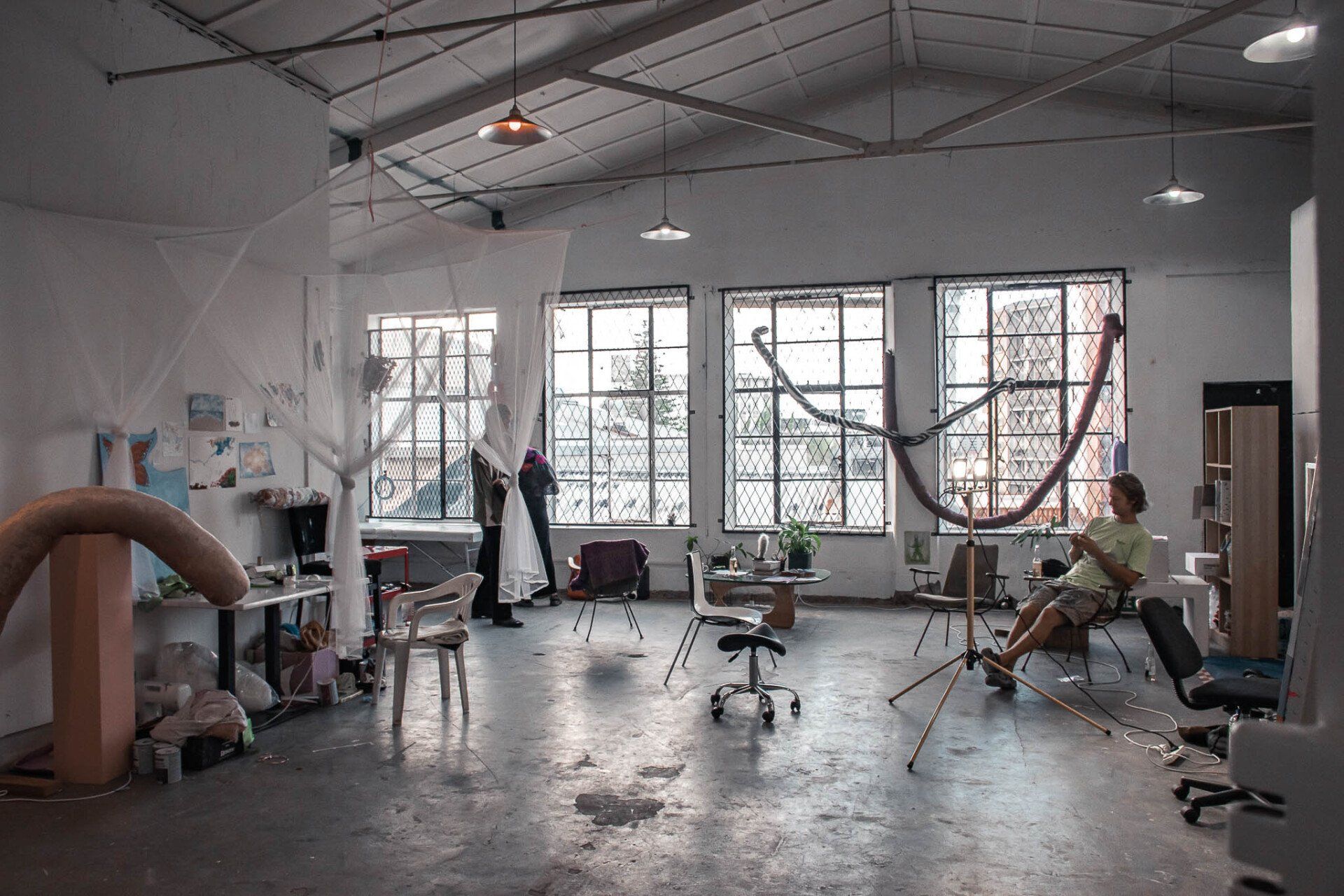
Slide title
Write your caption hereButton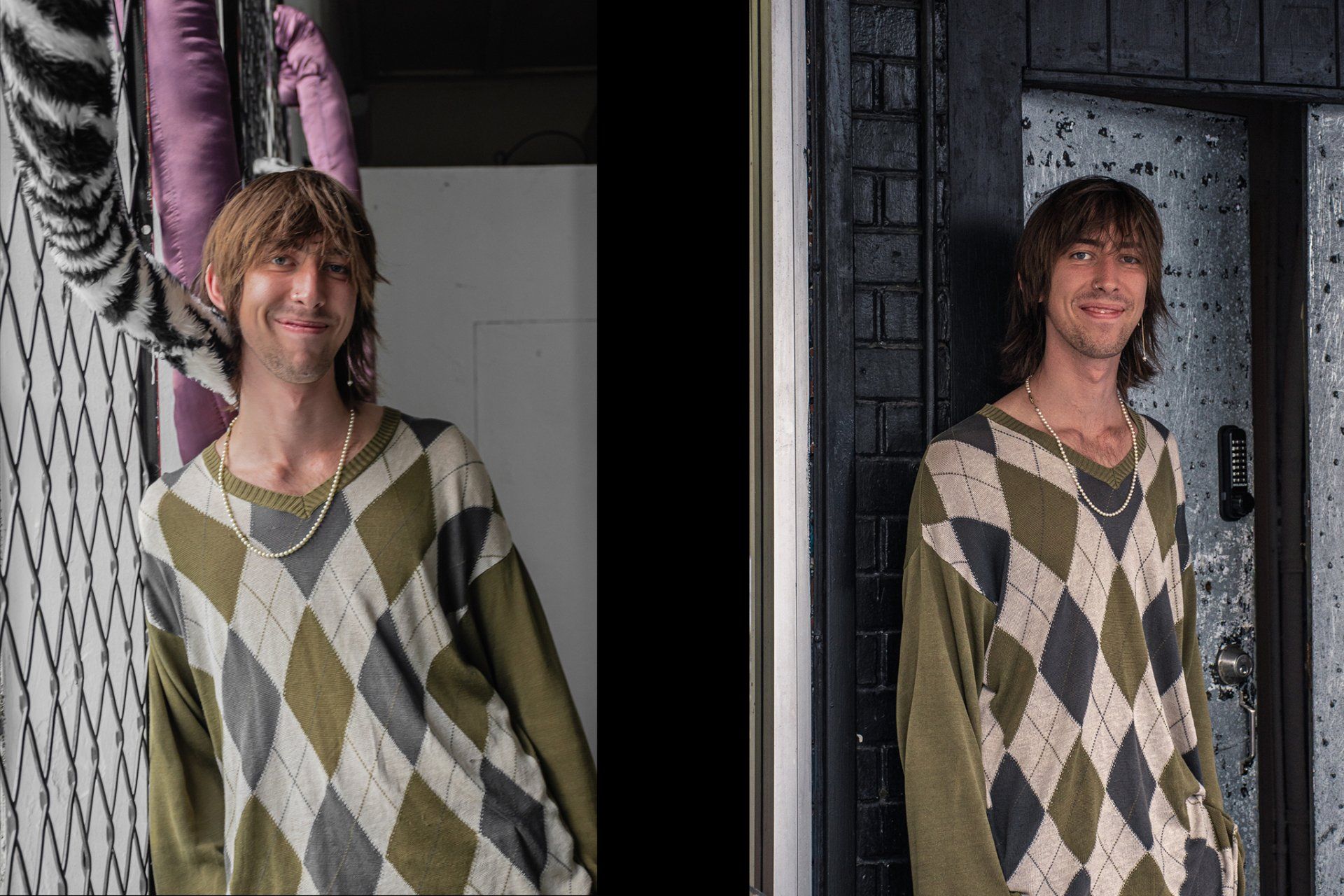
Slide title
Write your caption hereButton
Slide title
Write your caption hereButton
Slide title
Write your caption hereButton
-
OLIVER STEIN OF 171
Welcome to a Karangahape Road creative incubator, and an incredibly interesting artist, Olivier Stein.
Like many, Olivier’s life plans were altered significantly due to our disrupted world. However, something amazing came of it – 171 at 171 Karangahape Road, a new creative hub with 12 artists working in a variety of mediums.
Olivier first landed on our radar after visiting Carlo Noel Buenaventura, the owner of Bar Magda – a stunning restaurant we’ll be sharing more details on soon. Carlo and Olivier have crossed paths many times after initially working together at Le Petit Leon - a restaurant in a small village in central France. “It was owned by Nick Honeyman. We worked there for three months. I was kitchen hand, front of house and anything else required. We lived together, played together, worked together.” Once in New Zealand, their relationship continued at Orphans Kitchen, then Olivier helped Carlo with a number of his pop-up restaurants, including Cult Project.
Back in Europe, Olivier’s artistic talent had landed him a residency at OT301 in Amsterdam. Over six months he revelled in artistic collaborations and problem solving. “There I was as a 20 year old trying to make things work. OT301 offered me so much: an art gallery, workshops, a restaurant, a music venue, and more. I learned how to host, run workshops and shows.”
More importantly, the residency helped him believe he could pursue an art career.
“Getting the residency was like a pat on the shoulder, a feeling of being allowed to do art and be an artist. I realised I had not been carrying myself as an artist while around family and friends.”
After Amsterdam Olivier was accepted to the Royal Drawing School in London, but since being unable to return to the UK due to Covid, he enrolled in AUT’s Visual Arts degree instead and took up two new professional roles; as a tattoo artist and as a fine artist.
Bar Magda
It was at this point Carlo (Bar Magda) requested Olivier create two major pieces for the new and exquisitely executed restaurant.
“I was blown away when Carlo asked me to help adorn the place. I decided the way to create a feeling of welcome was through images of alluring characters dancing, drinking and having a good time. I love what Carlo, Craig and Matt are doing.” Oliver created a series of charcoal images and a fresco [a painting done rapidly in watercolour on wet plaster on a wall or ceiling, so that the colours penetrate the plaster and become fixed as it dries.]
Bar Magda is “a beautiful space, hidden from the bustle of Karangahape. Steps bring you underground into a low lit, speakeasy environment, that is split into dining and drinking areas. Carlo’s done well to make you feel you’ve entered a space where you can get cosy with loved ones or friends alike.”
Carlo has now offered Olivier the opportunity to hang more work in the restaurant that can be be sold to patrons. “It is a blessing for me to have a space to do that.”
The path to art
Olivier was born in France and raised in Auckland. After Year 11 he focused solely on 2D animation. “I spent two years in front of a screen dreaming of being a character concept artist for games and films.” However, the hustle and bustle at Orphans Kitchen won him over. “Hospo became infectious for me. Simultaneously I fell in love with figure drawing as an art form and a process. I loved the act of sitting in a room for two hours with a group, focusing on the craft of representational drawing.”
Olivier found himself spending less and less time in front of screens, instead learning a more classical approach to art. “I studied anatomy… books by George Bridgeman, and paintings and drawings by old masters. I started to do oil paintings, focusing on having patience… and focusing on things like colour and form, rather than the illustrative character drawings I was so comfortable doing with animation.” He's currently focusing on traditional printmaking and the meditative qualities of subconscious mark-making.
Karangahape Road influence
No stranger to Karangahape Road from a hospitality perspective, Olivier is enjoying seeing the street through a different lens. “It is an incubator of creativity. Everywhere you go something is happening, pop-ups, galleries, there is energy that keeps going and going. That feeling of fluidity helps creativity a lot - it is inspiring.”
While working on the studio renovation Olivier would often descent to the street for a break and would be transfixed. “I’m a big people watcher. There are so many interesting people and such an incredible sense of inclusivity. And yes, K’ Road is also frustrating, I am sometimes annoyed by the street cats, but it wouldn’t be the same place without them. They are part of what makes Karangahape Road.”
Olivier is very thankful to 171’s landlord Suresh Rama, owner of Lambs Pharmacy, for renting the space to the artists after discussing the possibility of an art space with Brunelle Diaz. “Suresh wanted artists in the space. I’m not aware of other studios like this, so I feel very lucky to be here with such a diverse group; a photographer, painters, an installation artist, a DJ, myself and another tattoo artist.”
You can find Olivier’s work at @oliiiiiviiiiier on Instagram or in person at Bar Magda, 25b Cross Steet.
••• MARCH 2022 // BY ANGELA McCARTHY
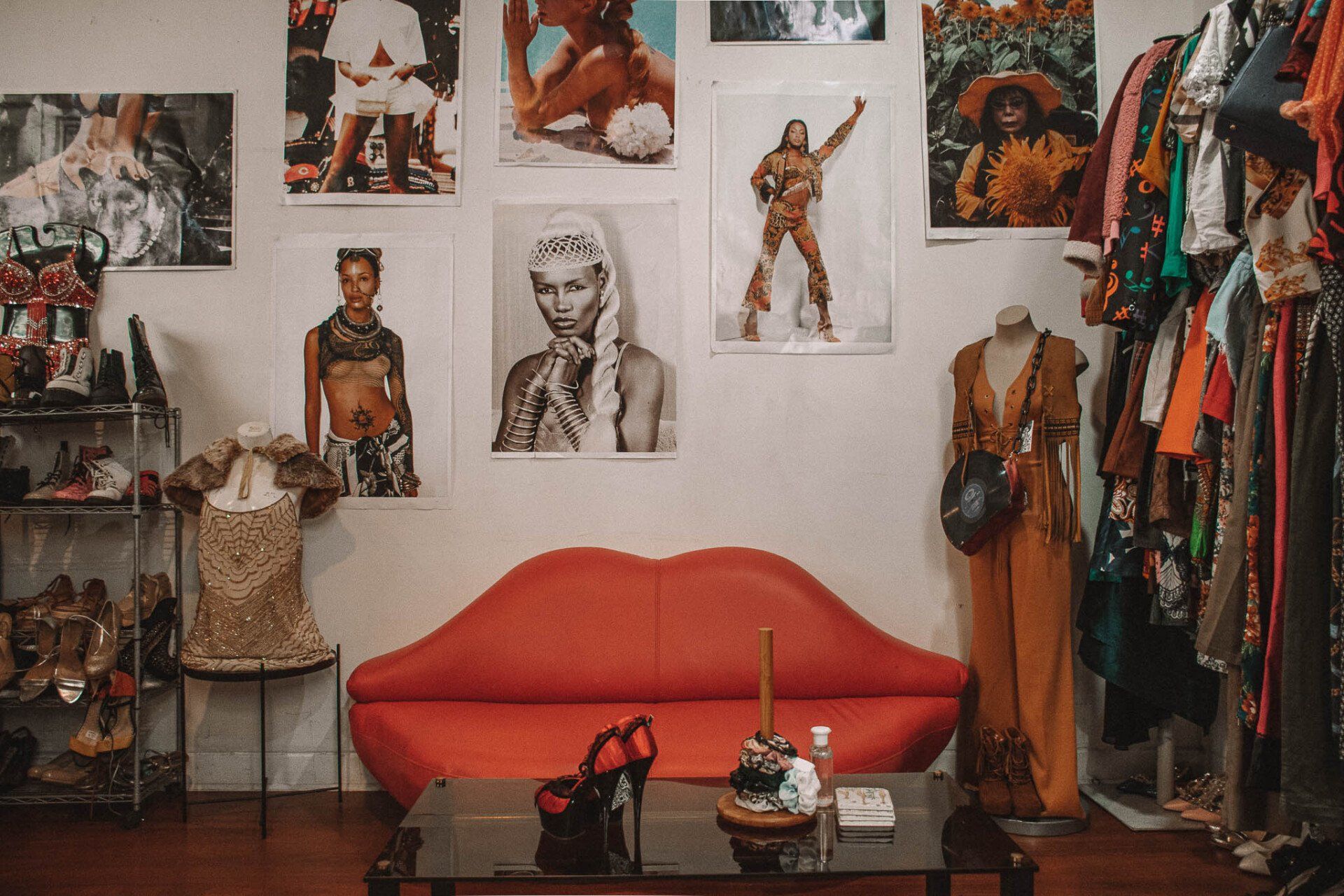
Slide title
Write your caption hereButton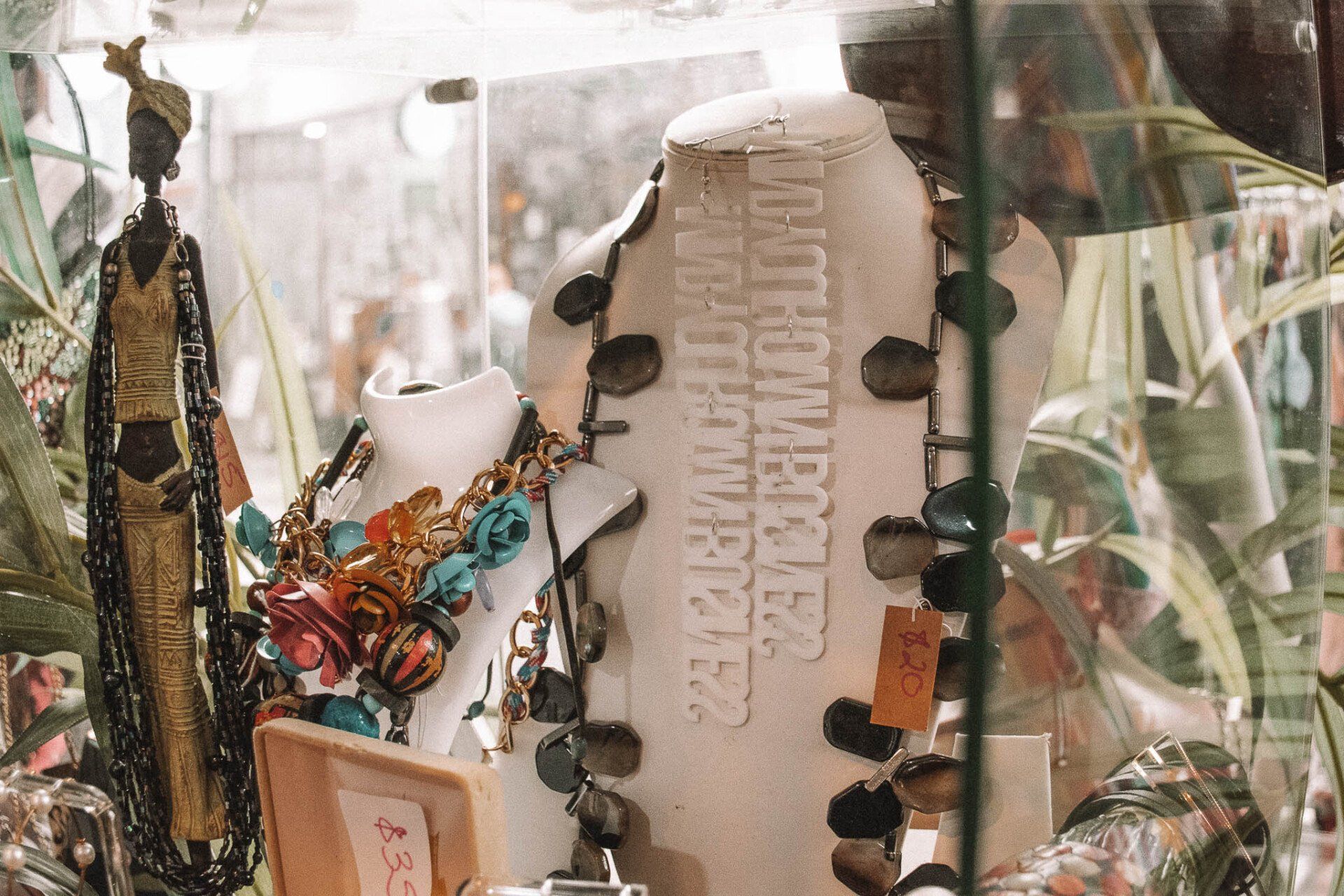
Slide title
Write your caption hereButton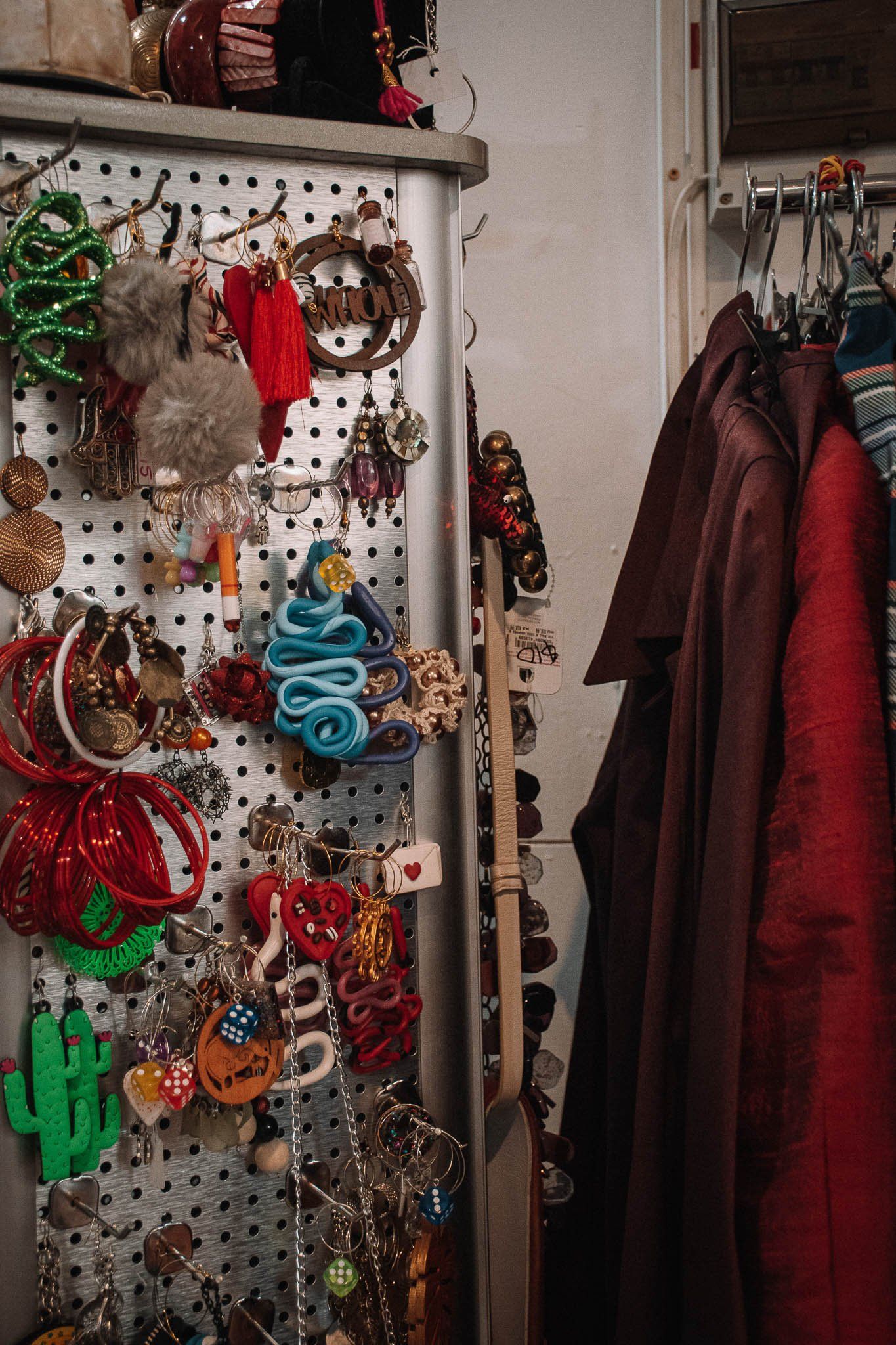
Slide title
Write your caption hereButton
Slide title
Write your caption hereButton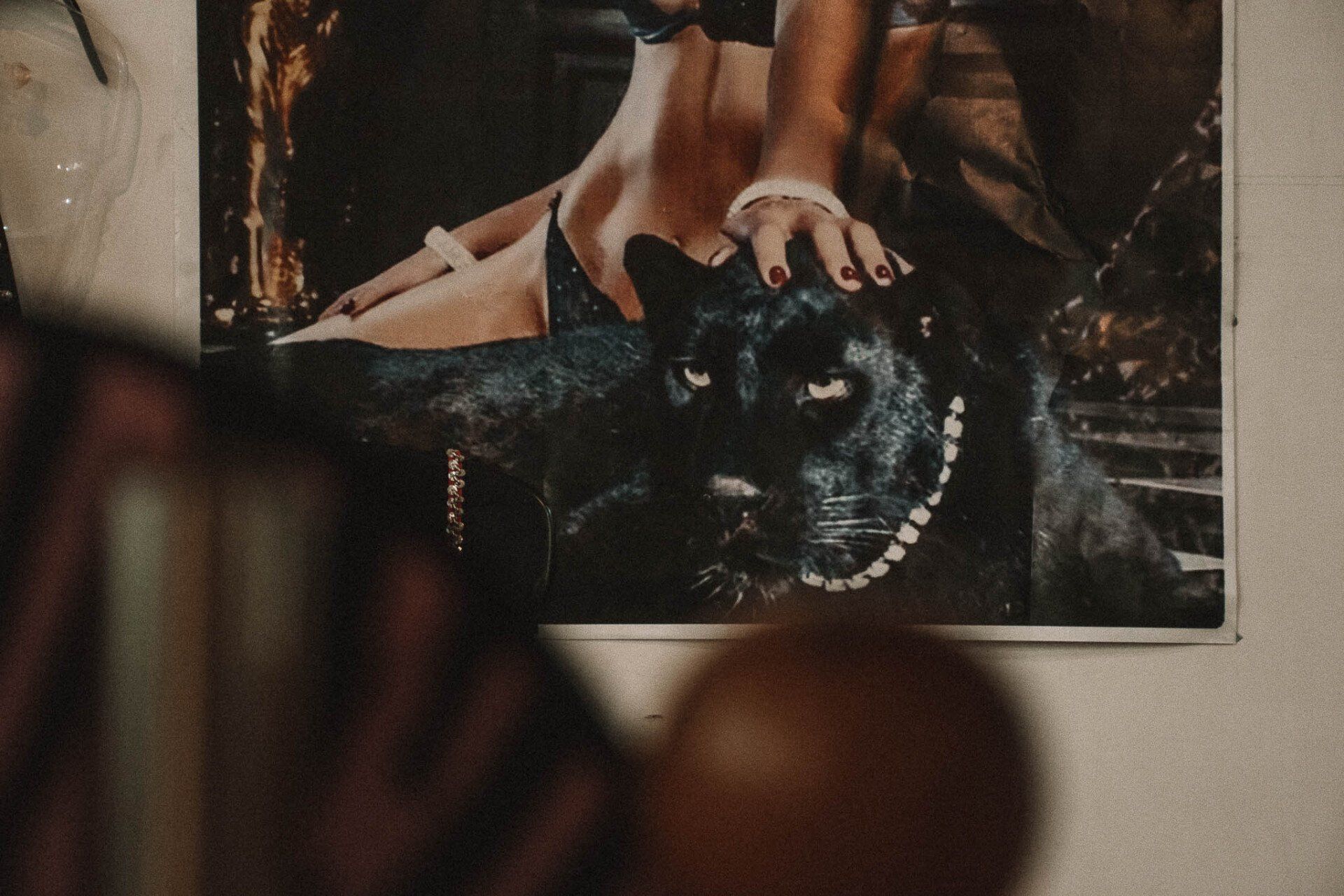
Slide title
Write your caption hereButton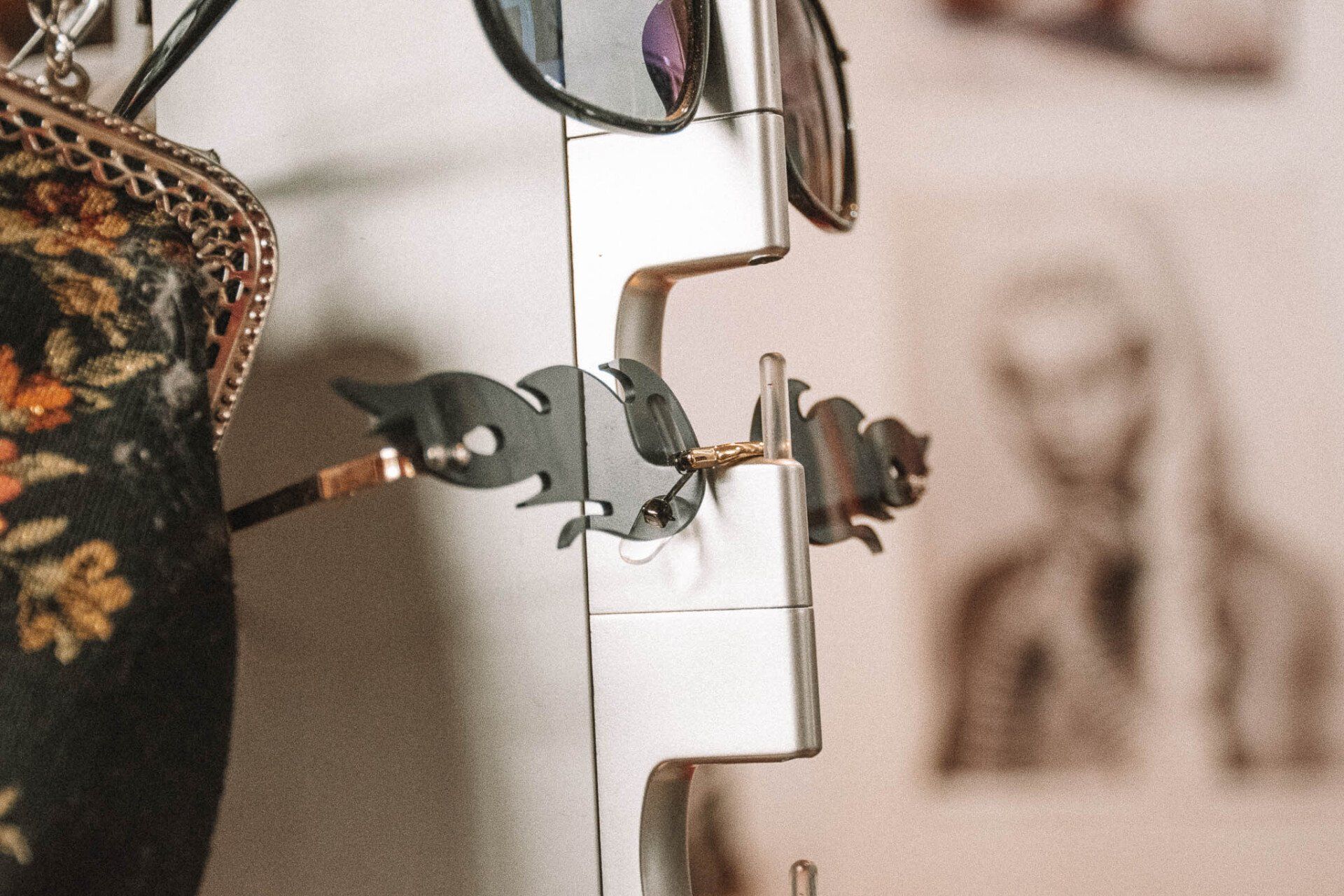
Slide title
Write your caption hereButton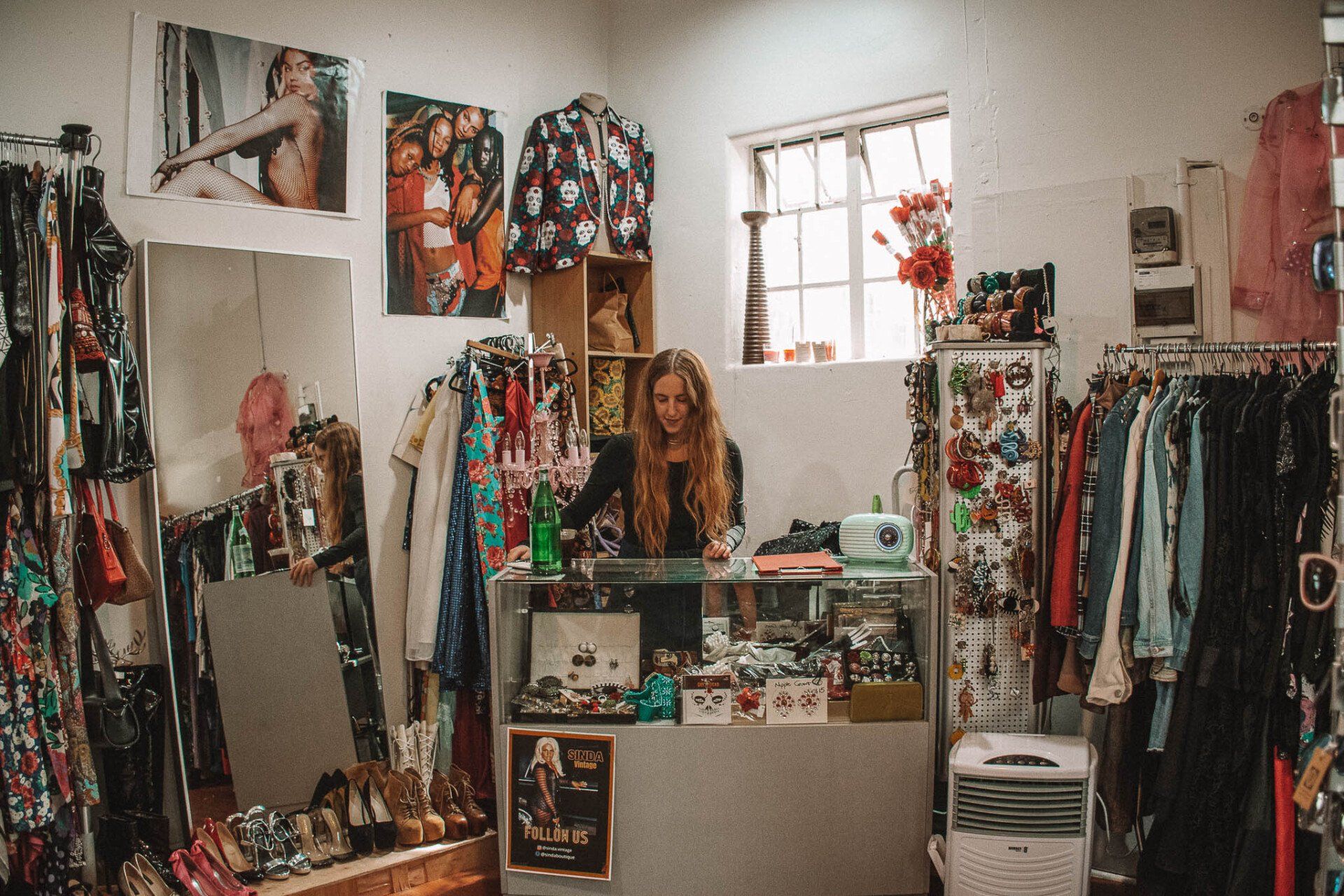
Slide title
Write your caption hereButton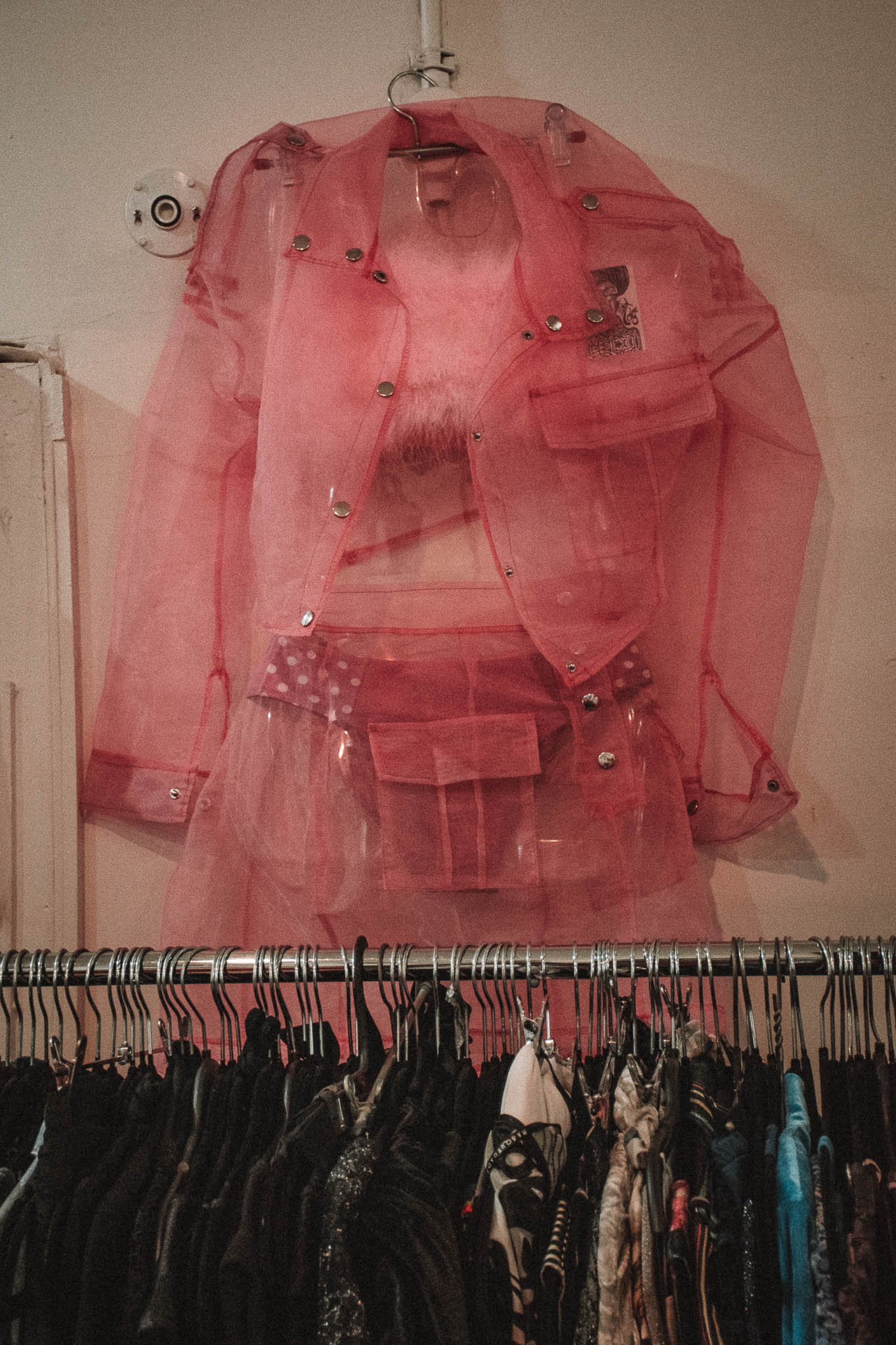
Slide title
Write your caption hereButton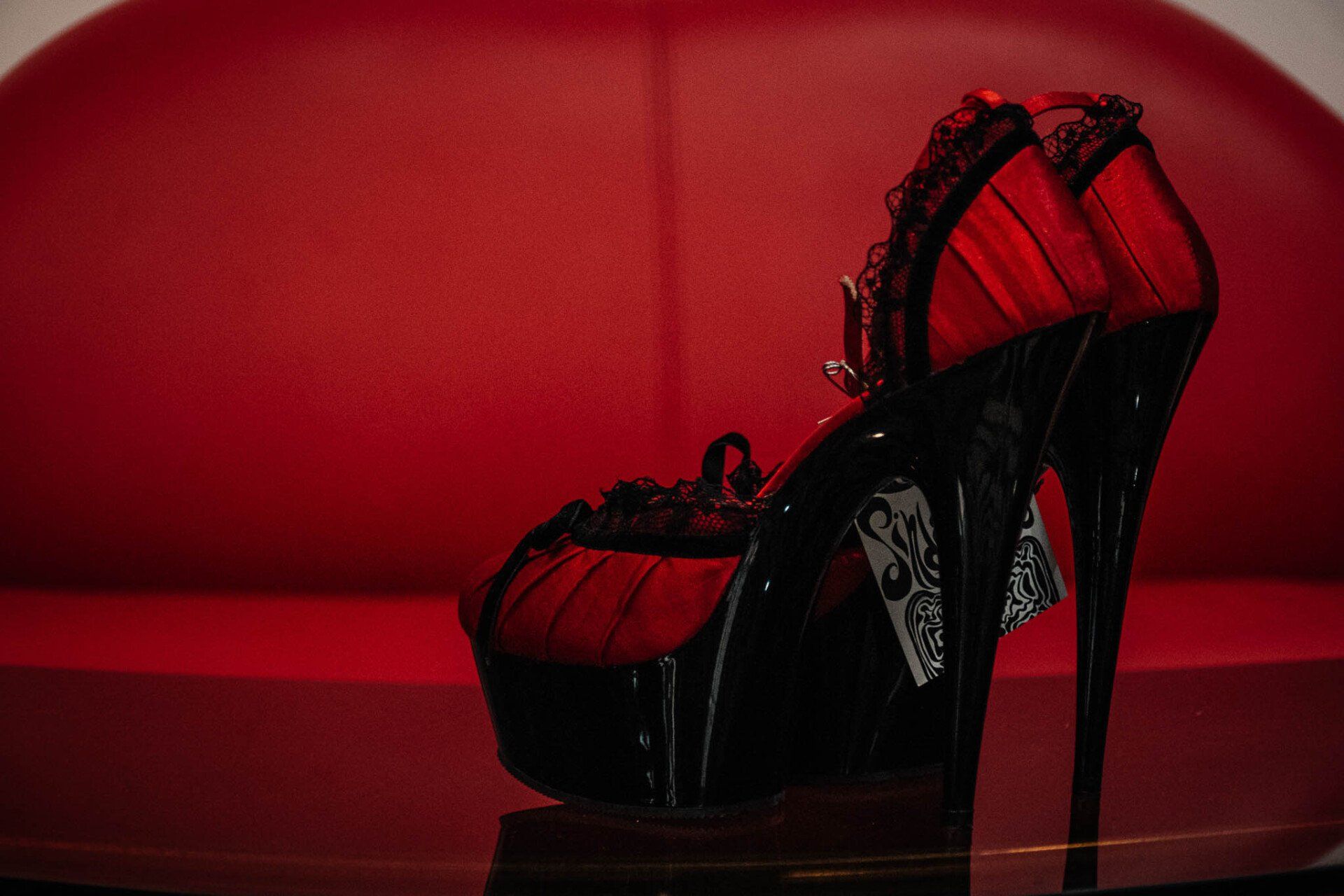
Slide title
Write your caption hereButton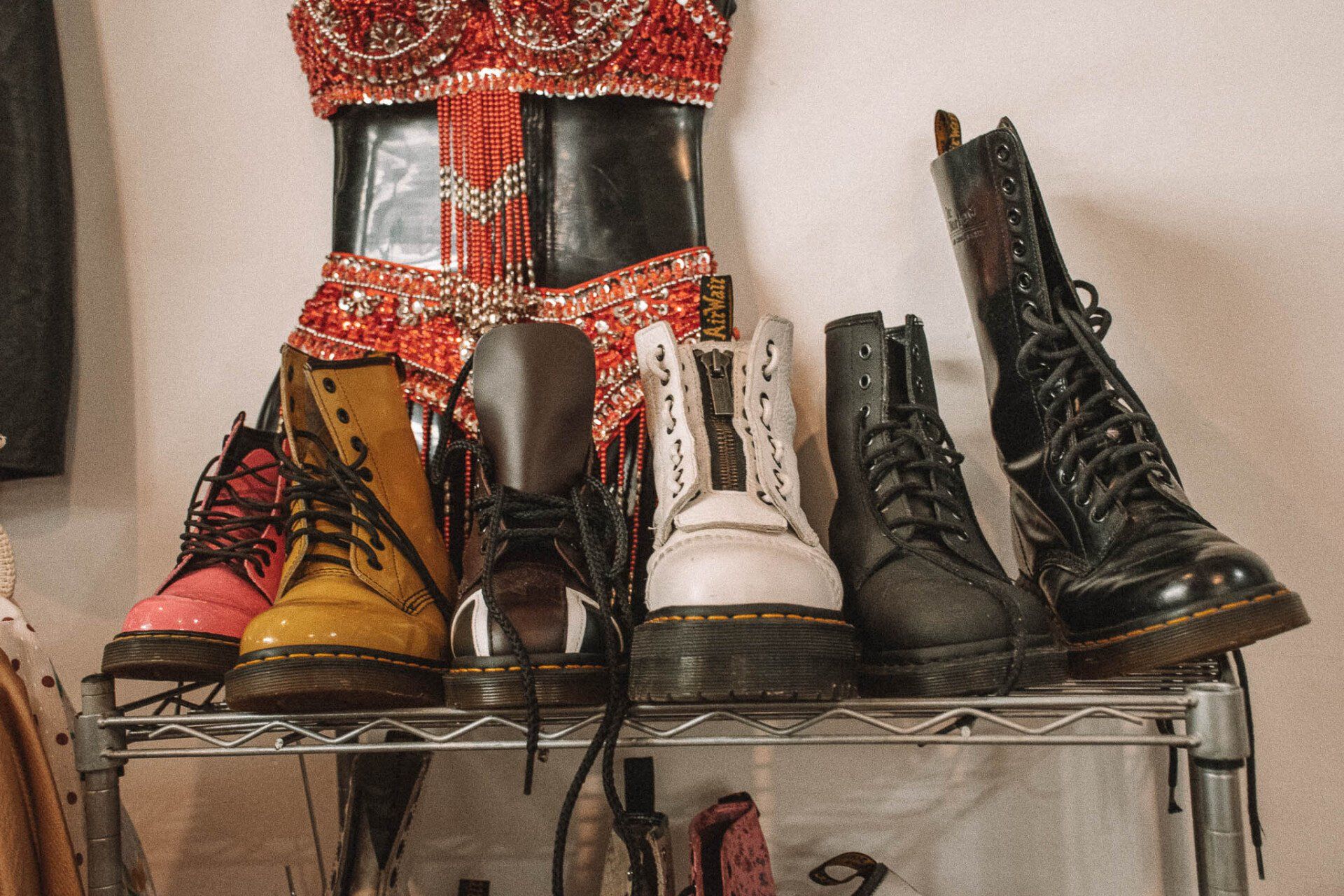
Slide title
Write your caption hereButton
-
SANDRA PAULUS OF SINDA VINTAGE
If you’re looking for garments that express your individuality in a bold and fun manner, you need to visit Sinda Vintage in St Kevin’s Arcade. The window sums up the promise of what is inside: spikey heels, high platforms, retro and glamour. Inside the shop is crammed with beautiful clothes and accessories. It is the creative outlet for Sandra and her daughters, and their way of landing a positive footprint for the fashion industry. This is the story of Sinda Vintage.
Why did you set up a vintage clothing store?
As a family we’re creative and lovers of fashion, but we didn’t set out to create a business together.
At home, we were always doing creative projects. As a teenager my daughter Bianca started collecting vintage pieces, while exploring fashion studies and the music industry. We’d collect and create amazing ensembles for her.
About eight years ago we decided to book a stall at The Very Vintage Weekend at the ASB showgrounds with items from our closets and collections. We collected pieces throughout the year. It went really well, so we followed it with pop-ups in Ponsonby Central.
At a school holiday pop-up in Saint Kevin’s Arcade customers asked us to set up permanently. Two years on, here we are with Bianca, Stacey, Rose and myself as the core team at Sinda Vintage. We are proudly dedicated to leaving a positive footprint, and being a part of a wider global sustainability community of entrepreneurs, who are environmentally conscious and raising awareness of the impacts of fashion on our world.
How do you find your stock?
We don’t have a go-to place. We are always seeking and sourcing pieces wherever we go locally and overseas, such as Australia and the USA. Most pieces are second-hand.
There’s a lot of hard work behind the scenes, mostly from our home space mending, cleaning, upcycling, ironing, organising, storing our finds. This has grown farrrrr tooo big so the next step is having a studio space with storage to bring makers and creators together.
You are upcycling as well?
Yes, I love to rescue and save pieces that have good fabric, colour, texture, print and style that can be adapted into fun pieces. I may add pearls, studs, appliques, fabric flowers, embroidery and beads. I create LP-bags, festival hats and feathered crowns and halos or polymer clay jewellery. Recently I’ve been collecting old denim, stripping them and forming new denim fabric for envisaged pieces. I accept requests to create bespoke pieces as well.
Yet this isn’t your day job?
No, it isn’t. I’m a career counsellor at a South Auckland school and I absolutely love that part of my work life. Making a difference to young people means a lot to me. Sinda Vintage is a creative outlet. So lots of late nights, and less sleep.
How often are you in the shop?
I’m in store during weekends, with Bianca doing a lot of background work, such as shoots, designing / creating media, instore layout, buying and other. Stacey is also a great team member, with a few others coming onboard.
When in store I can wear two hats, often engaging in conversations as a ‘teacher’ and ‘career counsellor’. As is typical of career counsellors, I’ll often ask people what they do, what they’re studying, what plans they have post school. I have connected parents to programmes and people to jobs and offered CV help. I love how regulars will drop in just to chat.
Where does your love of fashion and creativity come from?
Growing up in South Africa, surrounded by vibrant culture, and women who loved to dress. My Mum, grandma and aunts were fashionable woman who also loved sewing, crocheting, and making things from scratch. My grandma created one off pieces and sold them. It became a fashion statement piece in our family and community.
You say your store is named after your Mum?
Yes, Sinda was named by Bianca after her maternal grandma, with whom Bianca had a great bond, and the spirit of her life is everything we’d like Sinda to be; of community, love and beauty in all ways. Coming to Sinda is about having a warm, engaging, welcoming and positive experience.
How did you end up in New Zealand?
Lots of friends moved to Australia and encouraged us to migrate. My husband Brian always wanted to move but I didn’t initially for family reasons. We both had good jobs and the kids were surrounded by a large close knit family, amazing friends and social circle. The plan was to have an adventure – we would come to New Zealand, stay a couple of years, move onto Australia and then decide where we wanted to live with returning to SA always an option. We got to New Zealand and never left; although my three children ventured off to Melbourne.
How are you enjoying being in St Kevins Arcade and on Karangahape Road?
We love having this presence in the arcade and on Karangahape Road. We attract a wide and diverse community - creative, artistic, business, tertiary, tourist, LGBTQ - and there is potential to grow. We’ve had films and ads shot in the store.
People have always showed and expressed great appreciation and love for us being in the arcade. We often hear we’re a reminder of what St Kevins Arcade and Karangahape Road used to be back in the day. There is great support from the surrounding businesses in the arcade, the owner and property management team, who have encouraged and supported us through challenging times. As a family store, we feel a part of the St Kevins Arcade family and the greater Karangahape community.
How has it been over Covid?
Covid has impacted all businesses and, like most small businesses, we too have felt the brunt of it. Not all funding sources are accessible to all businesses. But we have a good solid customer base. People appreciate being able to find uncommon, well priced and good quality pieces. People tell us they appreciate the hard work behind the scenes of finding, then cleaning, ironing, mending and organising them.
Future goals?
So many. First though I absolutely love my work as a career counsellor. Working with young people is rewarding in a different way to Sinda, so I will definitely continue that for a few more years.
For Sinda Vintage, my future aspiration is to travel more with my family to seek out beautiful, unique, quirky pieces. We hope Sinda can remain a go-to-store for those ‘amazing one-off pieces’ our customers often comment about.
As a family we could possibly expand by opening a larger store, or other stores run by the family, establishing the ‘Sinda’ label further. We could host fashion events – Villa Marie Cult Couture and The Westfield Style Pasifica comp have all disappeared. Bianca used to enter these and has won categories with her designs.
Most of all, I hope we are great role models that inspire others, both old and young to do their passions, do good in the hood, transcend barriers and do the best with resources available.
Find Sinda Vintage
Shop location: 9/183 St Kevin’s Arcade
www. sindavintage.com/
Instagram @sindavintage
Facebook: Sinda Vintage
••• MARCH 2022 // BY ANGELA McCARTHY
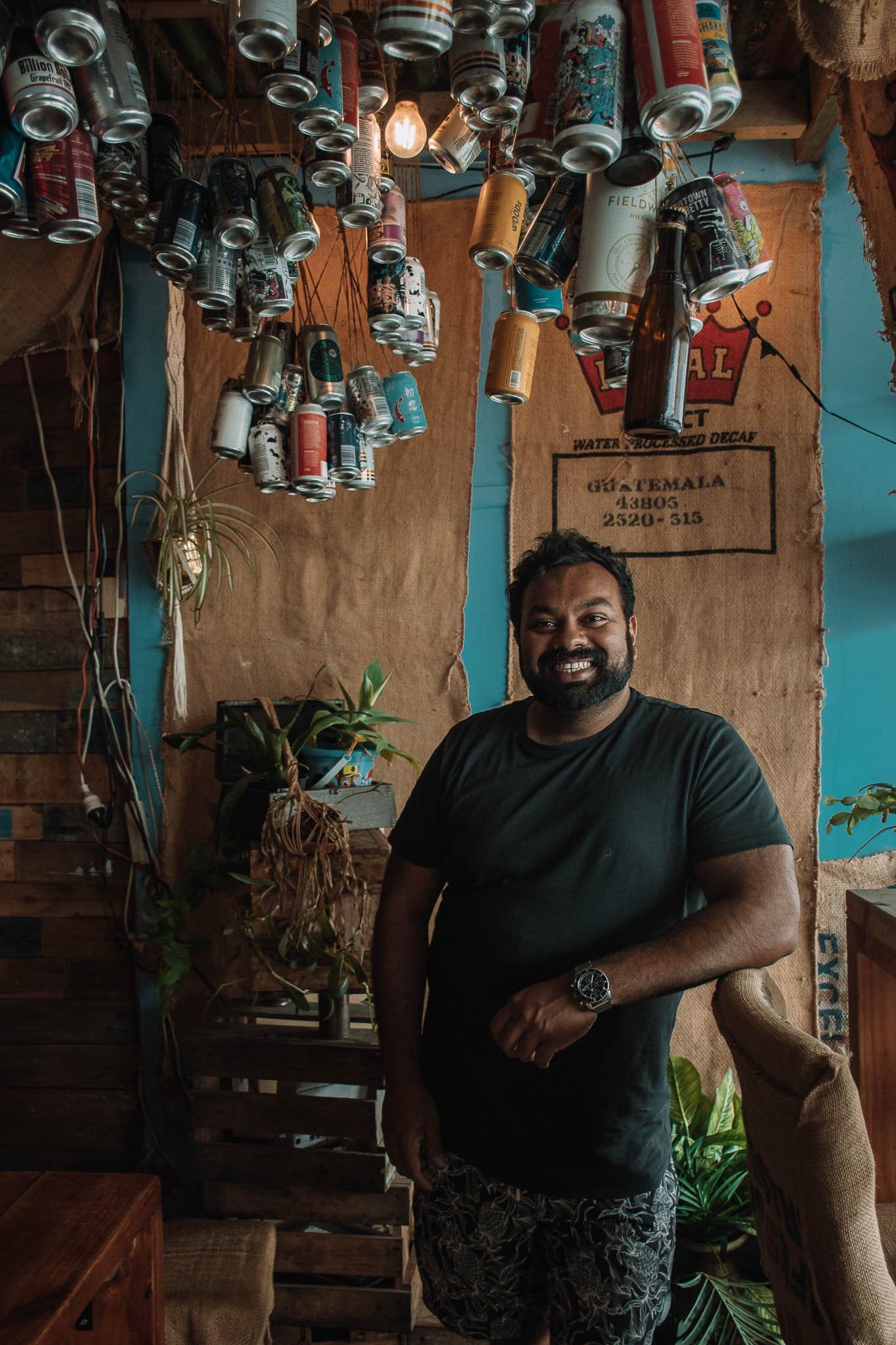
Slide title
Write your caption hereButton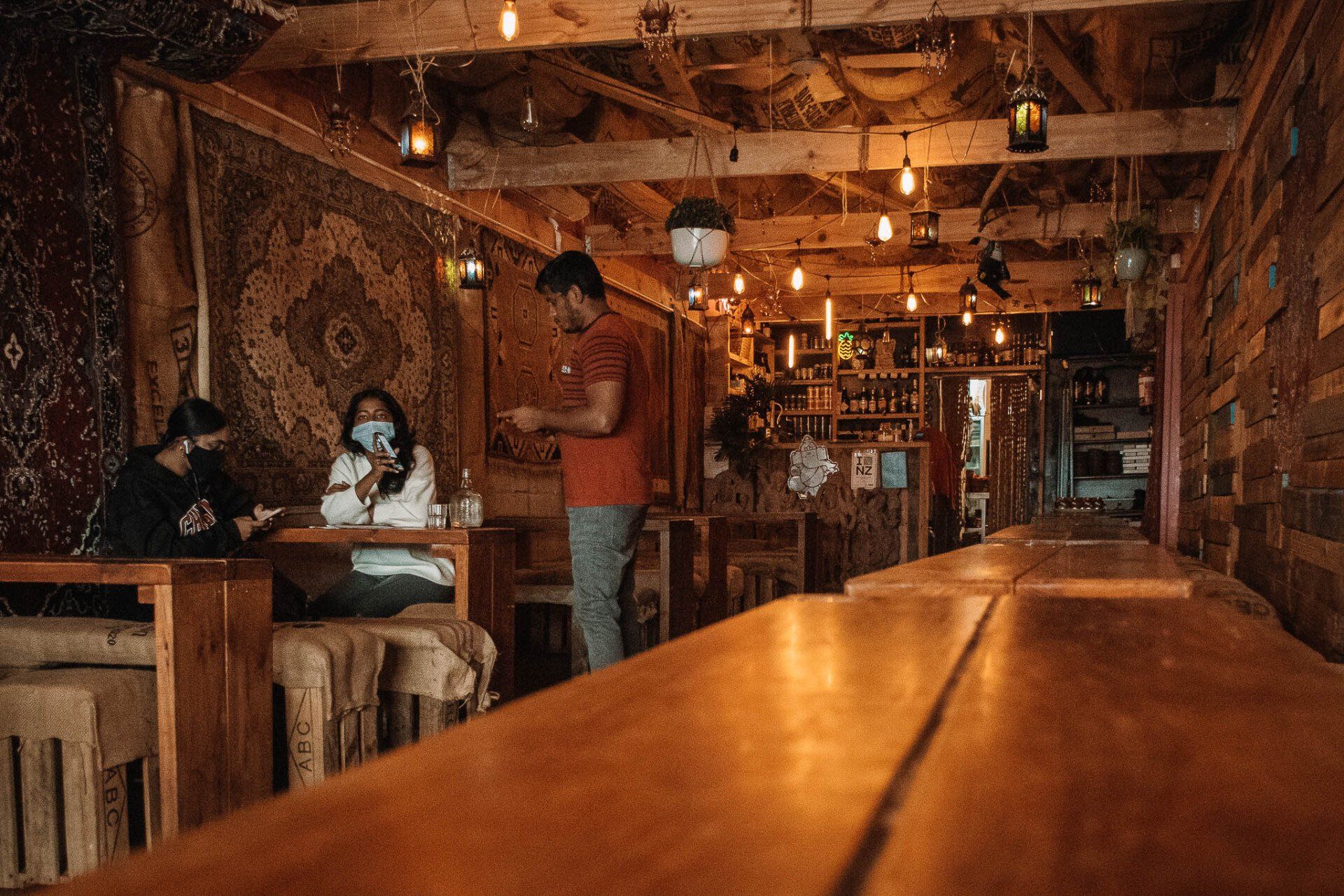
Slide title
Write your caption hereButton
Slide title
Write your caption hereButton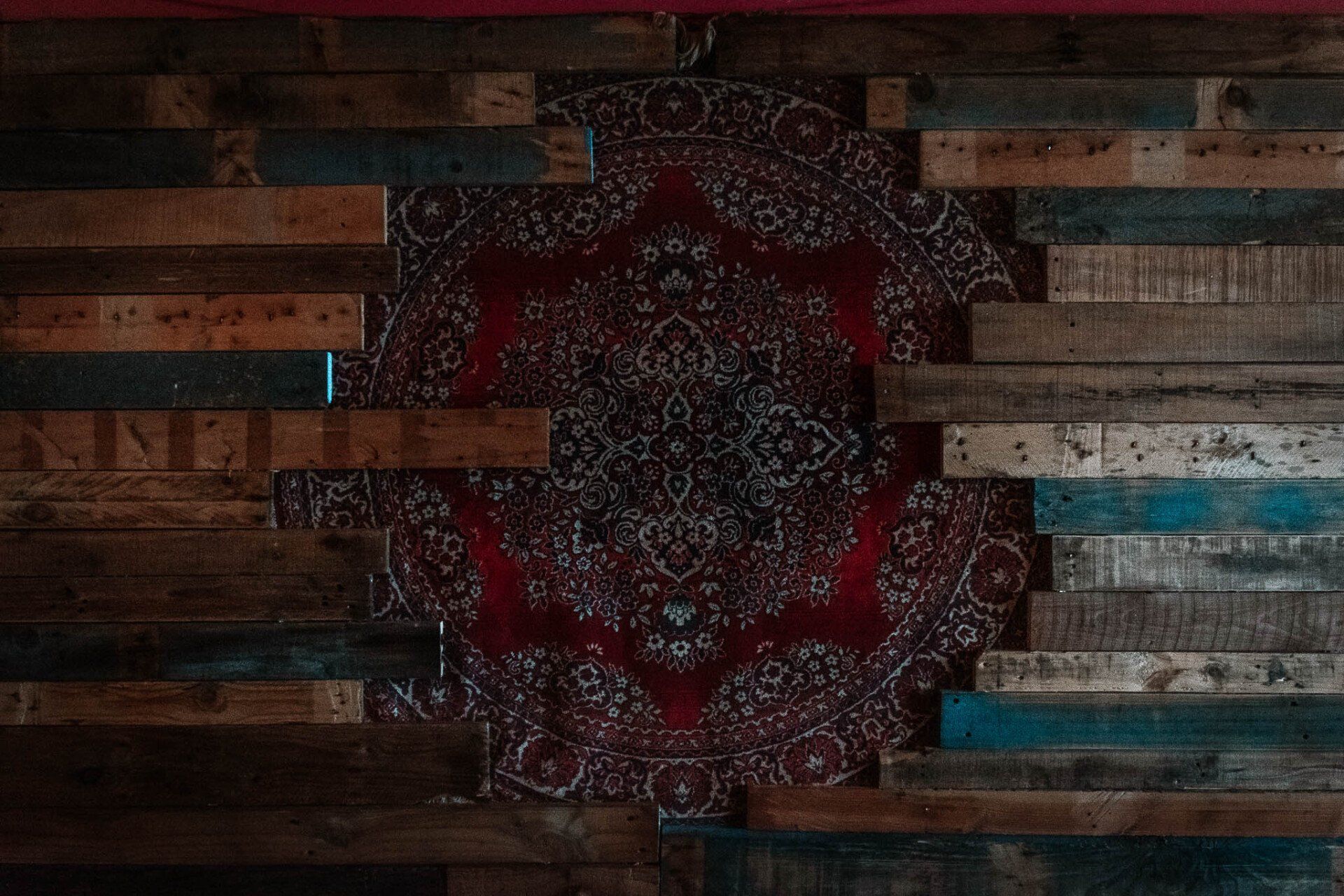
Slide title
Write your caption hereButton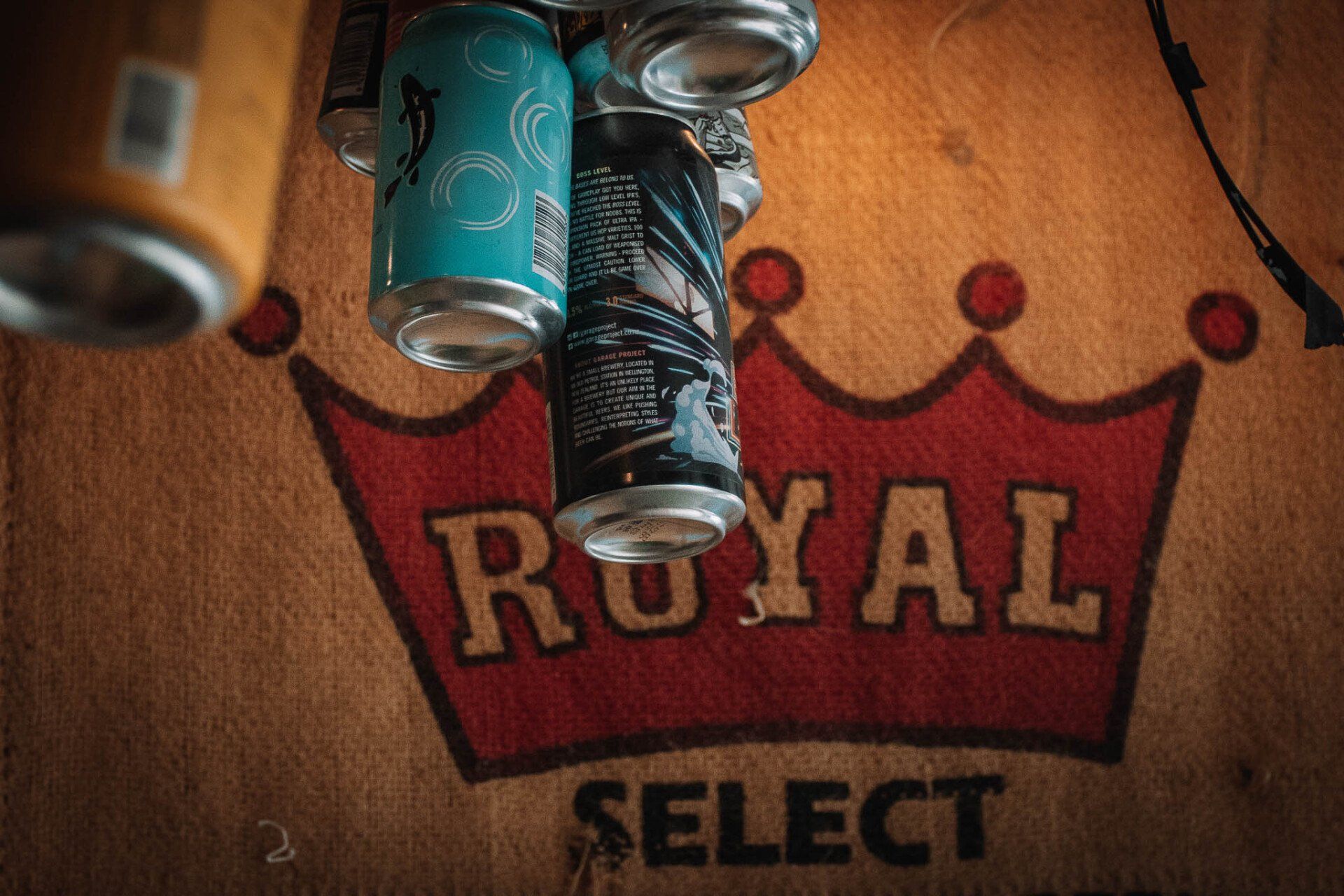
Slide title
Write your caption hereButton
-
SATYA CHAI LOUNGE WITH SAMMY AKUTHOTA
In his younger years, Sammy Akuthota loved hanging out on Karangahape Road, cycling there on his BMX after school and on the weekends. “K’ Road is so colourful with people just being themselves. I always felt safe and comfortable, and really wanted to be part of that community,” says Sammy with his typical infectious energy.
Three decades later, as the owner of two Karangahape Road local haunts, Sammy has become one of those colourful Karangahape Road characters. He initially worked in his parents’ Satya restaurant, then set up his own quirky establishments, Satya Chai Lounge and GG x Flamingo Bar.
Sammy is motivated by a deep passion for hospitality. You can hear it in his voice and see it in his eyes as he talks about his businesses and the sector. “I love looking after people although I’m actually doing more administration at the moment. Restaurants and bars are just so much fun. I’m a complete hedonist. The restaurants are driven by my hedonistic desire for good food and drink,” he laughs, adding that it is all he’s chosen to do since he was 11.
Sammy describes his early years as a typical migrant story. From a young age, he helped his parents out in their restaurant, cleaning dishes and waiting on tables. The family moved from India in 1996. His parents opened their first Satya Restaurant in Hobson St after receiving positive feedback about their South Indian cooking at a Hindu temple gathering.
“Satya is a traditional family restaurant with curries and other South Indian delicacies, such as masala dosa,” explains Sammy. His parents, Swamy and Padmaja Akuthota, were not professional chefs but opened the restaurant to earn a living. However, the restaurant’s popularity grew through hard work and good fortune. “It was always organic, not by design,” Sammy explains.
When the restaurant had to move out of Hobson St due to a demolition clause, his parents reopened in Sandringham Road. Then in 2005 they opened a second Satya on Karangahape Road, then a third on Great North Road in 2006, and a fourth in 2010 in Mt Eden.
Over the years Sammy continued to help out in the restaurants around his high school studies. He was bright and considered studying medicine. “That was until I had the opportunity to shadow a neurosurgeon for a day. When I heard he was 31 and had only just completed his study, I thought, oh no, that’s not for me.”
Sammy hoped instead to work in the family business full time, but his father told him he needed to go to university. After completing a business degree in marketing and IT, which Sammy described as more fun than educational, he went back to his parents and insisted on becoming part of the business.
“There was so much more to Indian food and I wanted to create a space that I’d love to hang out at and eat the kind of food I missed so much.”
The first Satya Chai Lounge
in 2016 Sammy opened his first restaurant in a space his parents had been using as a spice shop, next to the Sandringham Road Satya. Keen to shine a light on other styles of Indian food and create a new environment for Aucklanders. “I wanted to offer dhaba, a style of eating you see on highways in India. Dhaba are essentially little shacks or street stalls created out of whatever materials are available. I recreated that environment by using old coffee shacks, beer crates and some leaners I found outside a construction site – any scraps and bits and bobs I could get my hands on.”
The street stall style food, consisting of spicy shared plates made from accessible ingredients, were quick to make and easy to customise. “It is the kind of food I really like to eat, not just rice and curry. I wanted to serve dishes I love to eat and pair them with great craft beers, wine and cocktails.”
Coming to Karangahape Road
In 2017, once the Sandringham Road Satya Chai Lounge was up and running successfully, Sammy’s eyes turned to his old favourite haunt – Karangahape Road.
By this time his parents, who were running a third Satya located at the top end of Great North Road, were happy to take on the idea of changing the Karangahape Road restaurant into a second Chai Lounge leaving them to concentrate on their other two businesses.
A year after establishing Satya Chai Lounge in Satya’s premises, Sammy took over the vacant barber shop next door and turned it into a cocktail bar, GG x Flamingo.
“One of my dreams had been to open a little cocktail bar, so I thought I’d do that and have it as a holding area for the restaurant; somewhere customers could have a drink and a snack from the restaurant while waiting for a table.”
A great idea but one harder to execute as Covid hit, says Sammy, who has had to temporarily close it.
Having to shut the bar was heartbreaking for Sammy but, with his usual optimism, he’s hoping to hold on to it.
“It is a passion project, and a lot of love and energy went into the place. It will be great if I can open it again.”
Neither place has road signage, although the original Satya sign still brands the Chai Lounge. “I like the idea of places being stumbled upon, a local secret, fun to find,” he explains.
Biggest influences
The experience of being a migrant child observing the hard graft his parents put into running a business has had a lasting influence, he says.
“My biggest influence for sure would be my parents in terms of what set up and what they taught me. Having restaurant experience from a young age means I learned all the secrets - all the shortcuts - and how to optimize things.”
Sammy is also inspired by Mo (Ismo) Koski of Apero Food and Wine front-of-house fame. “From when I was a kid, I’d go to places and try to discover what service means and how people do it well. When I see someone like Mo who is so at ease yet so aware of what people need, I am in awe. I’m in awe of how well he looks after people and how effortless he makes it look,” says Sammy, adding that Mo is a good friend – “but also one of my idols.”
Challenges
It’s been a tough two years for hospitality, says Sammy, listing challenges such as Covid, council compliances, staffing and keeping market advantage. Without government subsidies, and the support of the family’s landlords, he doubts his Chai Lounge doors will stay open.
“Michael Friedlander gave rental subsidies to virtually every property he owns which helped a lot. The government subsidies also helped tremendously.”
Hospitality is not for the fainthearted, he says.
“You always have to be top of your game, have your game face on for service, be managing the team, working until late in the evening. Essentially it isn’t as glamorous as it might seem,” says Sammy.
“Only go into hospitality if you are really passionate about it, don’t do it just to make money. But if you are happy cooking food, running tables, or making beautiful cocktails then do it.”
Positive change to Karangahape
Having grown up around Karangahape Road, Sammy has seen the street grow and evolve. He loves the changes of the past five years from a foodie point of view, declaring that the Karangahape Road strip offers one of the best food experiences in New Zealand.
“On K’ Road you can start in one place for snacks, go to another for mains and continue somewhere else to complete a really good night out. We have beautiful restaurants. Apero – right opposite Chai Lounge – is one of my favourite restaurants in the world. Bar Celeste, Pici and Uncle Mans are other favourites.”
Gentrification doesn’t have to be a bad thing, points out Sammy. “Things have to progress, there is no point in staying stagnant and I trust things will always come right.”
He believes Karangahape Road will survive after Covid because people have grown to understand and appreciate what the road offers. Even if the CRL eventually pushes rents up, Sammy can’t see the street becoming soulless.
“I think we’ll do better than other precincts because people come to the road for gigs and good food, and hop from one place to the next. We also have great proximity to downtown. I think it will always ‘live’ essentially.”
Favourite haunts
When asked to name his favourite hospo place on the street, there is no hesitancy from Sammy.
“Apero, Apero, Apero! Then Uncle Mans. These are the two places I visit most often.
I love Daily, Daily as a great meeting place and for great coffee. I also love Pici, Ken Yakitori and Acho."
••• SEPT / OCT 2019 // BY ANGELA McCARTHY
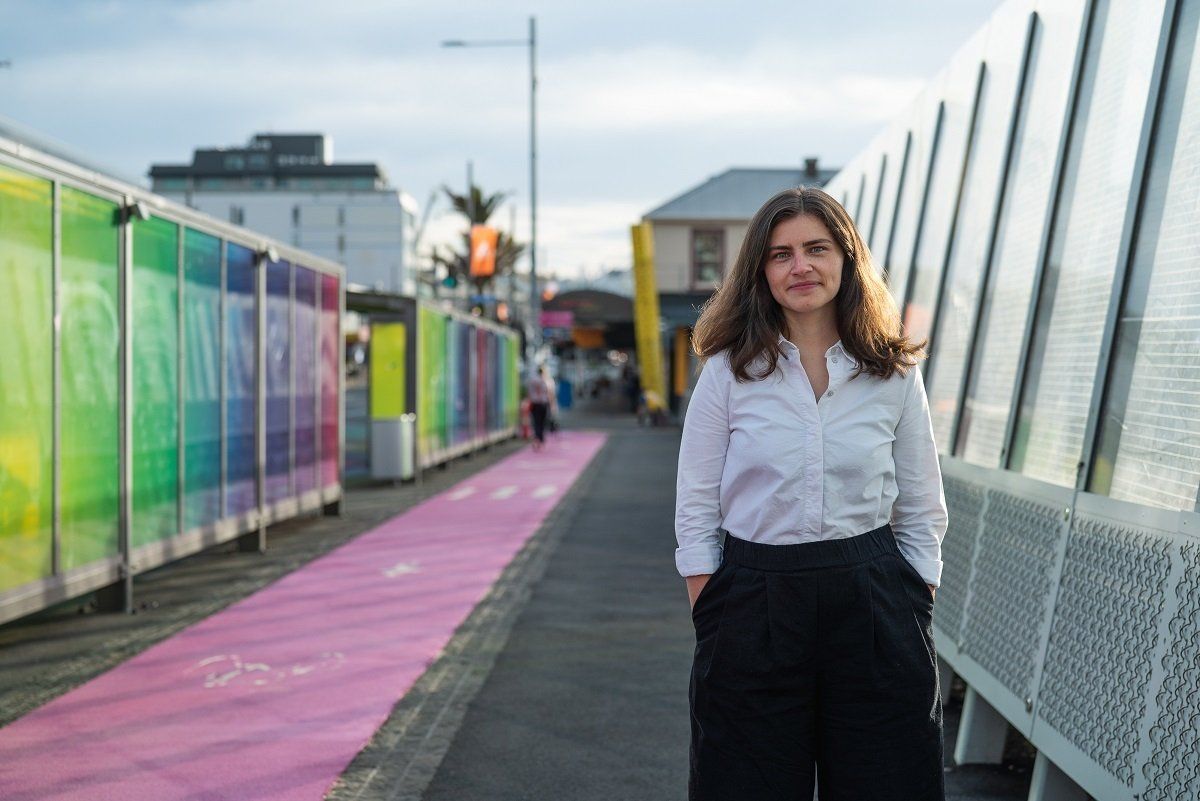
Slide title
Write your caption hereButton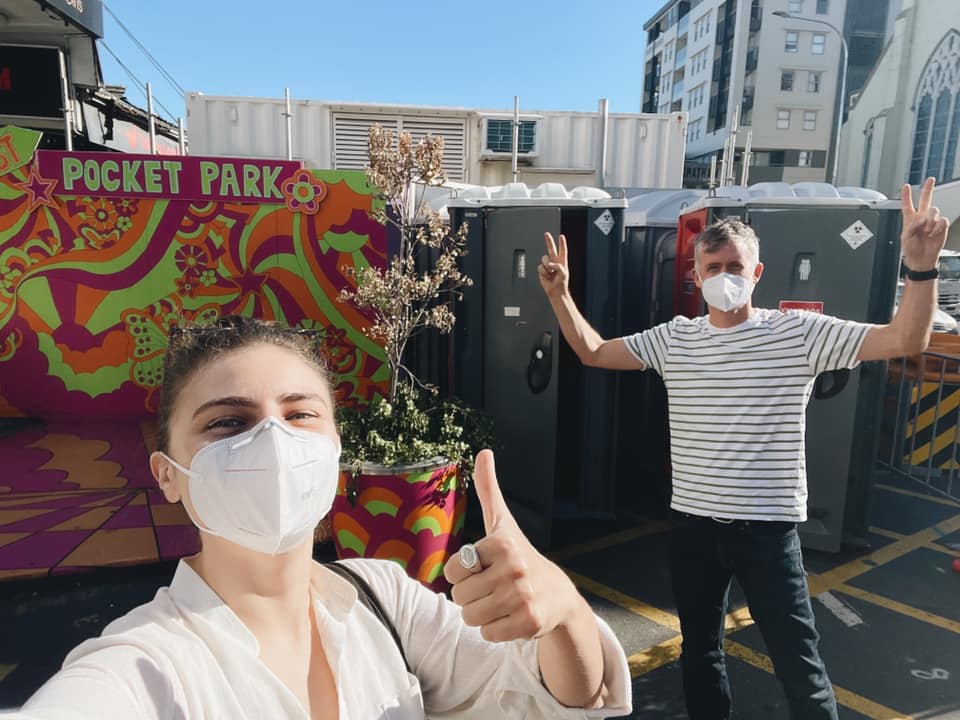
Slide title
Write your caption hereButton
-
CHLÖE SWARBRICK
Public toilets might not be sexy, but they’re critical public infrastructure. While I’m sure Jamey and the KBA won’t be particularly keen to relive the arduous process it took for us to get there, I’m stoked to have worked with the team to have finally got us flushing toilets that are regularly cleaned at our Pitt Street Pocket Park.
We’ve had confirmation from Council that within a few months we can expect permanent, solid toilets. Top of the list for that permanent fixture is accessibility and inclusivity for parents, disabled folks and our rainbow community.
These last few weeks and months have been incredibly tough, on top of an already rough last few years. I want to acknowledge the businesses I’ve been working with directly and those who signed on to support my open letter to Minister Robertson advocating for support through this Omicron outbreak.
We won two of four of our asks, but the challenge remains in the fight to ensure these limited supports are not simply swallowed up in commercial landlords’ wallets. We’re organising another round of advocacy to get some well overdue changes in place to the Property Law Act to rebalance power towards our owner-operators and small businesses.
Ongoing work with the Police, our residents and Māori Wardens is giving headway to preventing crimes before they happen, which is where the critical mahi in collaborating with Awhina Mai Tatou Katoa in their Pitt St Church carving shed is proving invaluable. Hopefully in time for Matariki, you can expect some announcements to the whole neighbourhood on what’s been going on there.
Until then, let’s continue to look out for one another and work together to get through these challenging times. If you need any help from your local MP, please don’t hesitate to drop my office a line about anything at all.
••• 22 MARCH 2022 // BY CHLÖE SWARBRICK
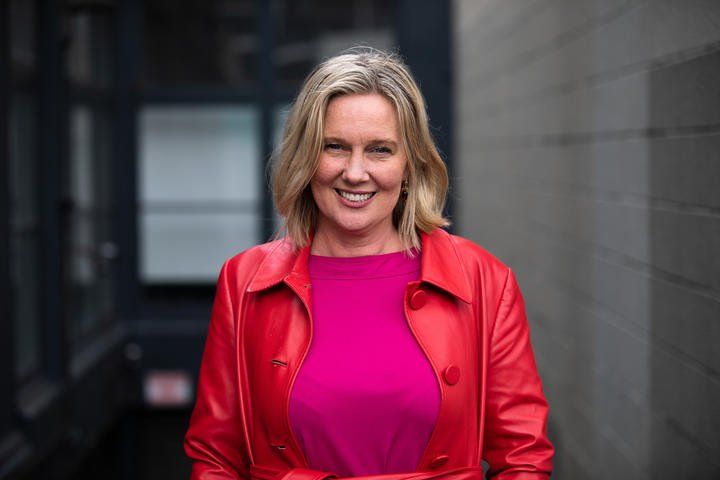
Slide title
Write your caption hereButton
-
HELEN WHITE
The desire to establish a calmer and safer environment around Karangahape Road is high on the agenda for Helen White. She applauds the work done by police, the Karangahape Road Business Association, the K' Road Collective and other workers tackling these issues.
COLUMN BY HELEN WHITE
Crime and anti-social behaviour in and around our city centre and Karangahape Road are very much on the agenda right now. Many people living and working on Karangahape are really concerned and distressed at what they are seeing every day in the area. They have good reason to be worried.
The uptick in violence is real, as is drug dealing. These issues have been bubbling away for some time and I am grateful for the efforts from the K’ Road Collective, which attempted to bring all the groups together to find solutions. It was pretty ambitious and good ideas and connections came out of it. There is a whole lot of amazing people doing the hard yards to tackle the issues of homelessness, addiction and mental health in Auckland central at present.
HomeGround, the new building of Auckland City Mission - Te Tāpui Atawhai, is now open for starters. It’s a place of transformation and healing for people in desperate need, while welcoming all Aucklanders through the doors. I couldn’t have more respect for the people doing this work.
Many problems however are entrenched and multifactorial and there is no silver bullet. We will need to use an array of tools to rebuild a functional society but a very legitimate issue is making the city safer for us residents and businesses.
On Karangahape Road the business association is stretched for resources as it tries to cope with the extra cost for security and support that’s needed on the ground.
I have an ongoing dialogue with the police about more local presence on the street. I am well aware however that these are operational matters, and I have great respect for the police. They have been under lots of pressure since the start of the pandemic and I am grateful for their attitude and persistence in their work. Their compassion and patience and straight out bravery should not be taken for granted but also their grassroots work in the community is vital.
The high value I place on their skills means I want to advocate for their further engagement, even in the grey areas between crime and mental health. While the police have a cross-over role, I accept officers are not mental health workers, therefore I would like to see a greater local presence from mental health support workers.
While on Karangahape Road recently, I saw a van load of police responding to a situation involving a mentally ill woman who I understood had fashioned herself a weapon. I appreciate these situations span the two areas and are really tough to deal with, but our community includes children, families and businesses that rely on us making it a safe place to be. Soon tourists will be added to the mix. Hospitality has had a tough time of it these past few years and I think the best support we could provide is to establish a calmer, safer environment.
The article was paid for by Parliamentary Services
••• 21 MARCH 2022 // BY HELEN WHITE
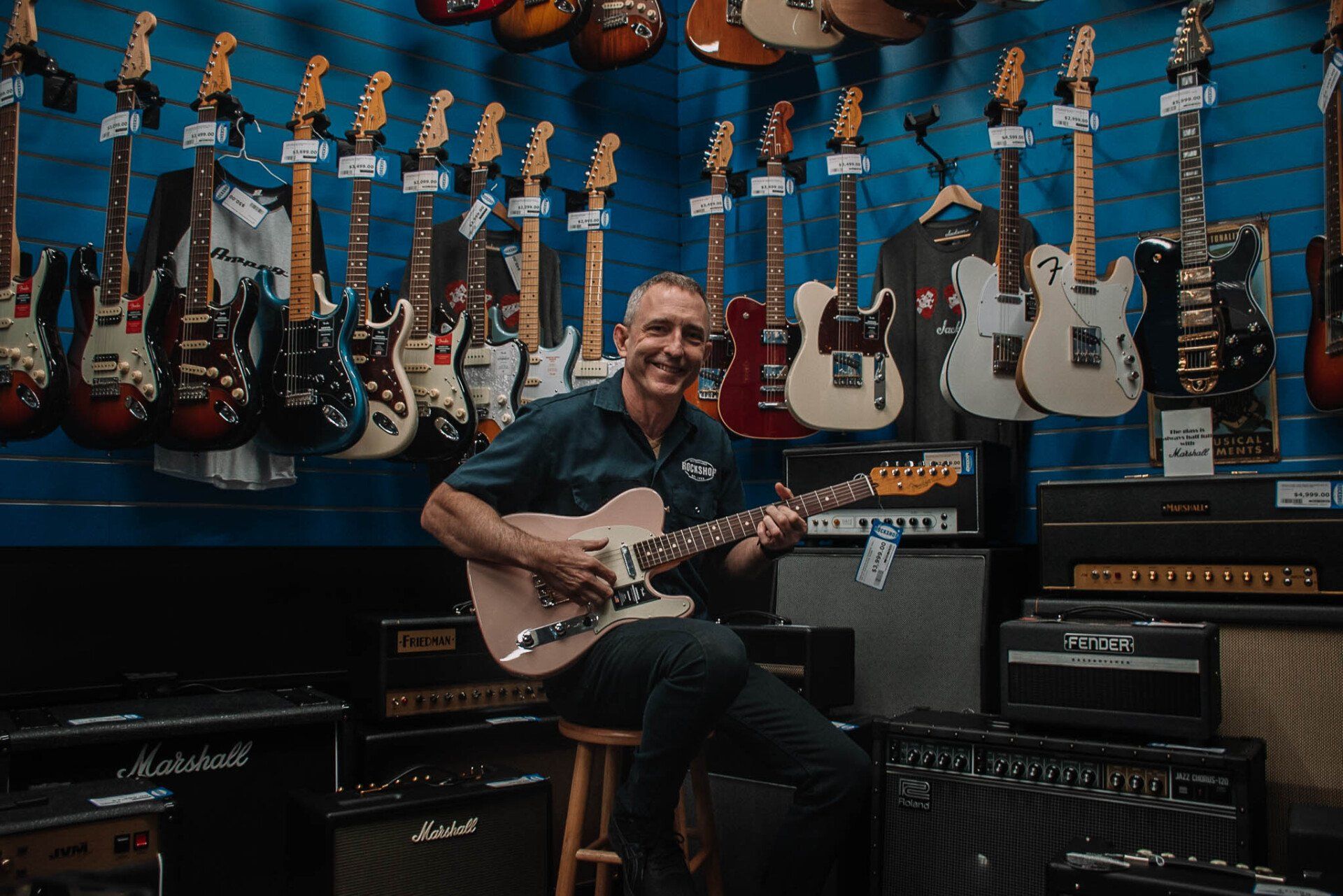
Slide title
Write your caption hereButton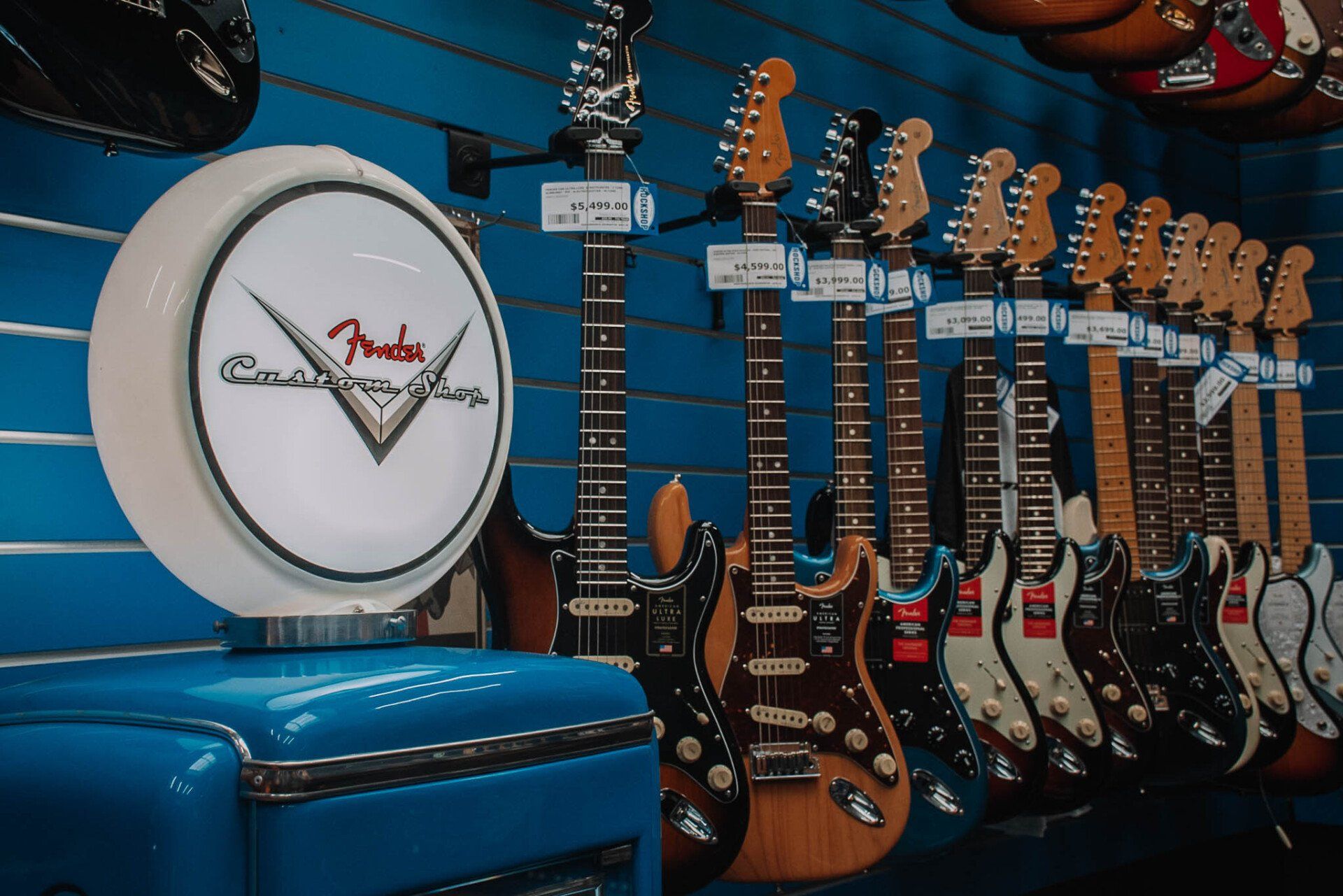
Slide title
Write your caption hereButton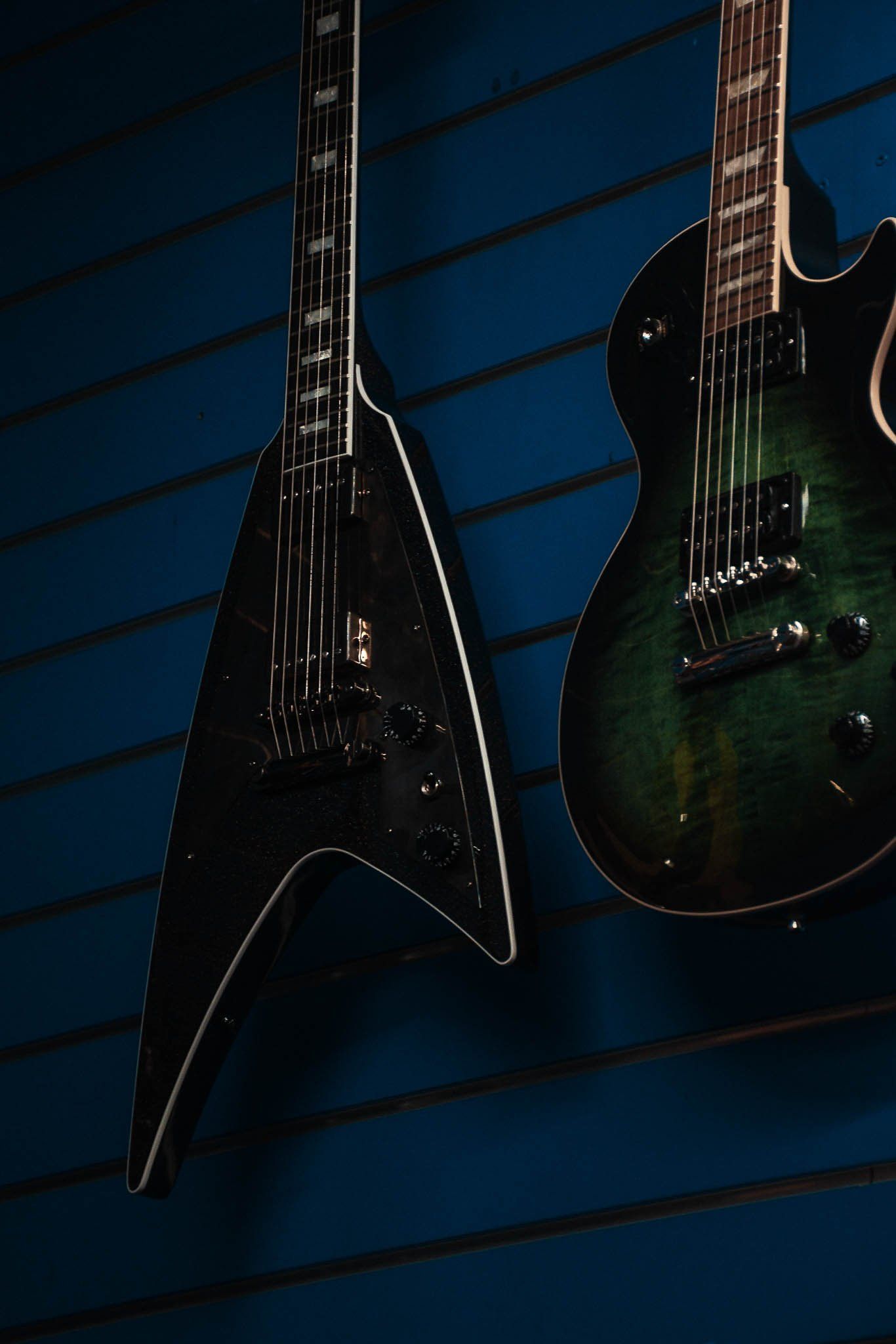
Slide title
Write your caption hereButton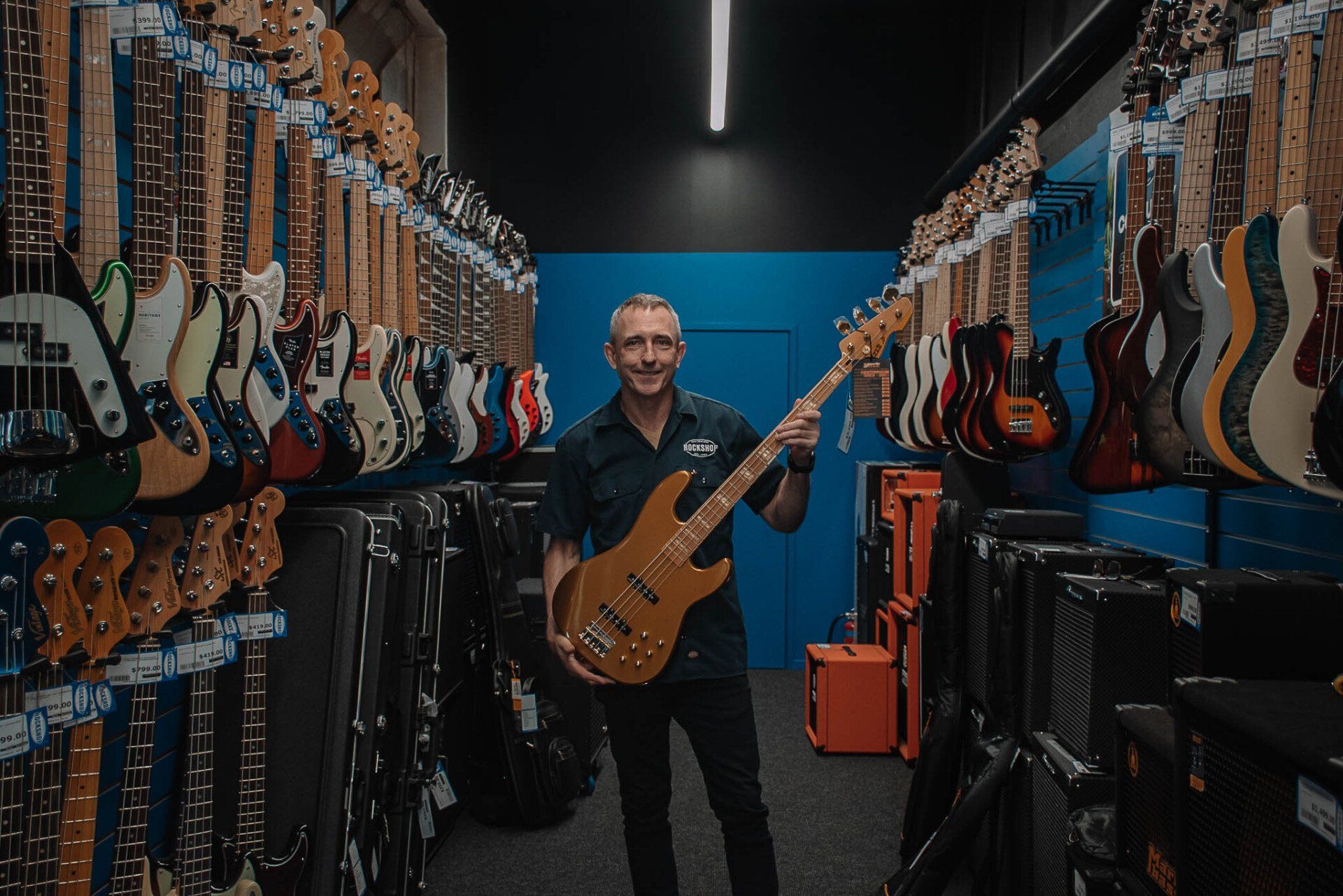
Slide title
Write your caption hereButton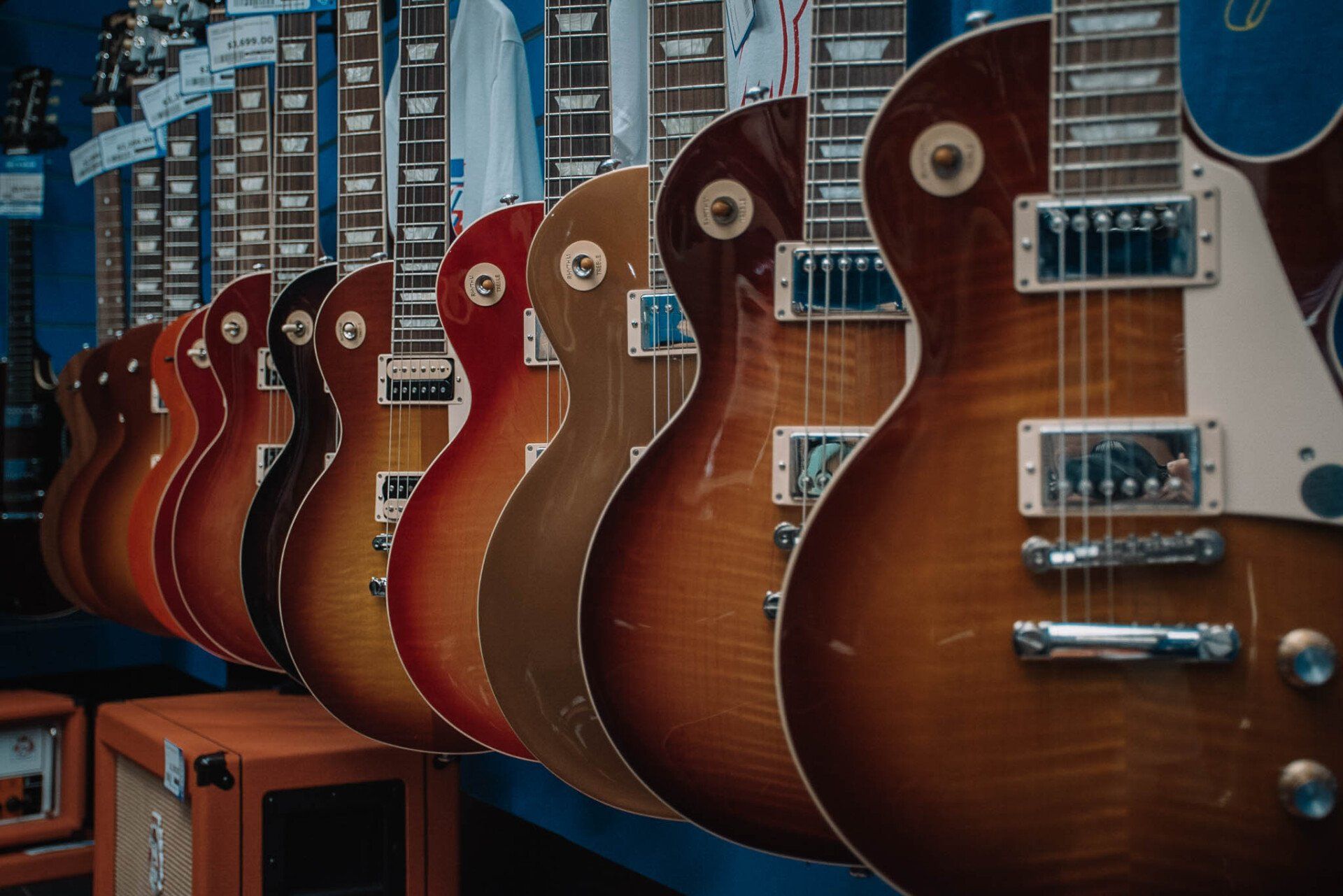
Slide title
Write your caption hereButton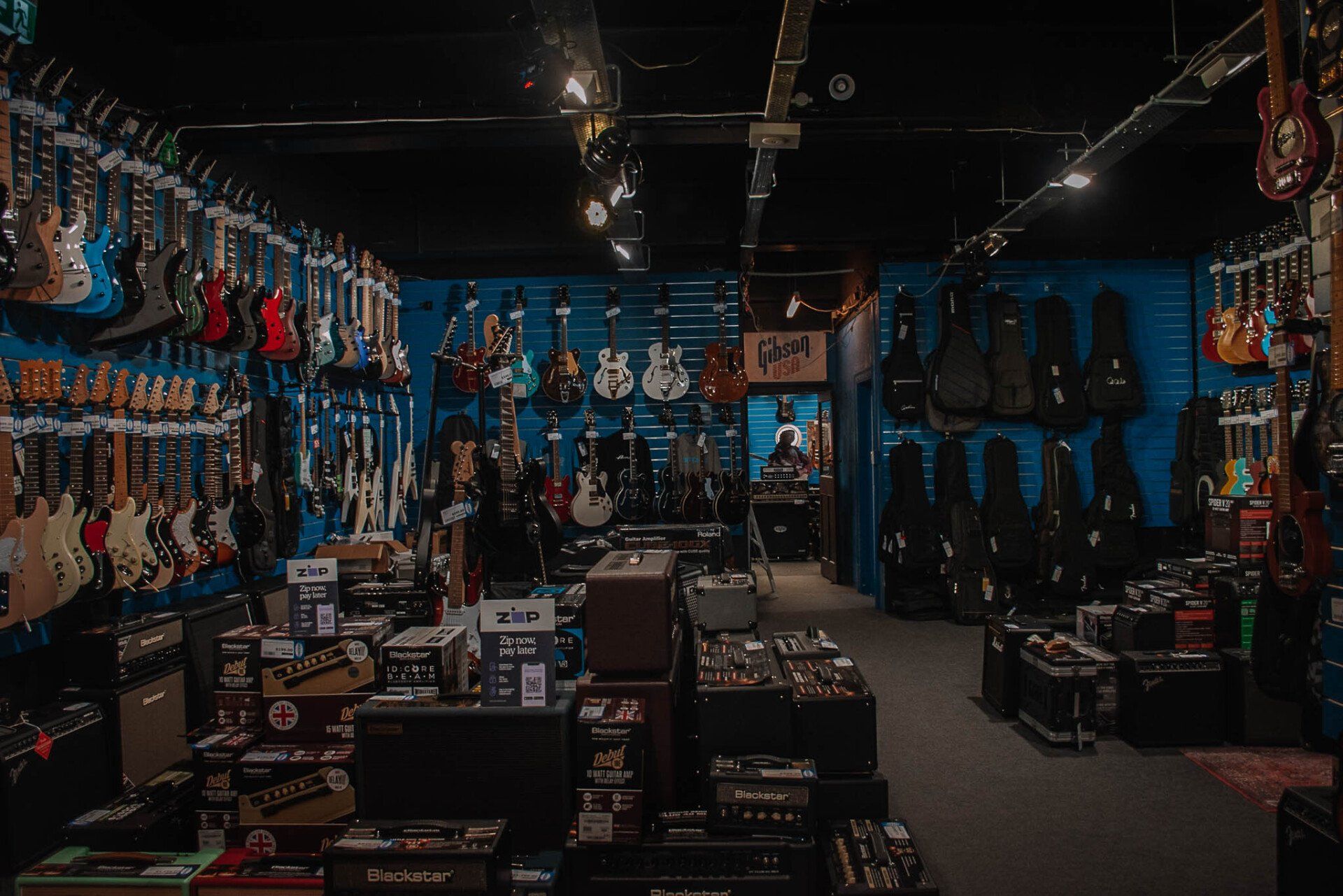
Slide title
Write your caption hereButton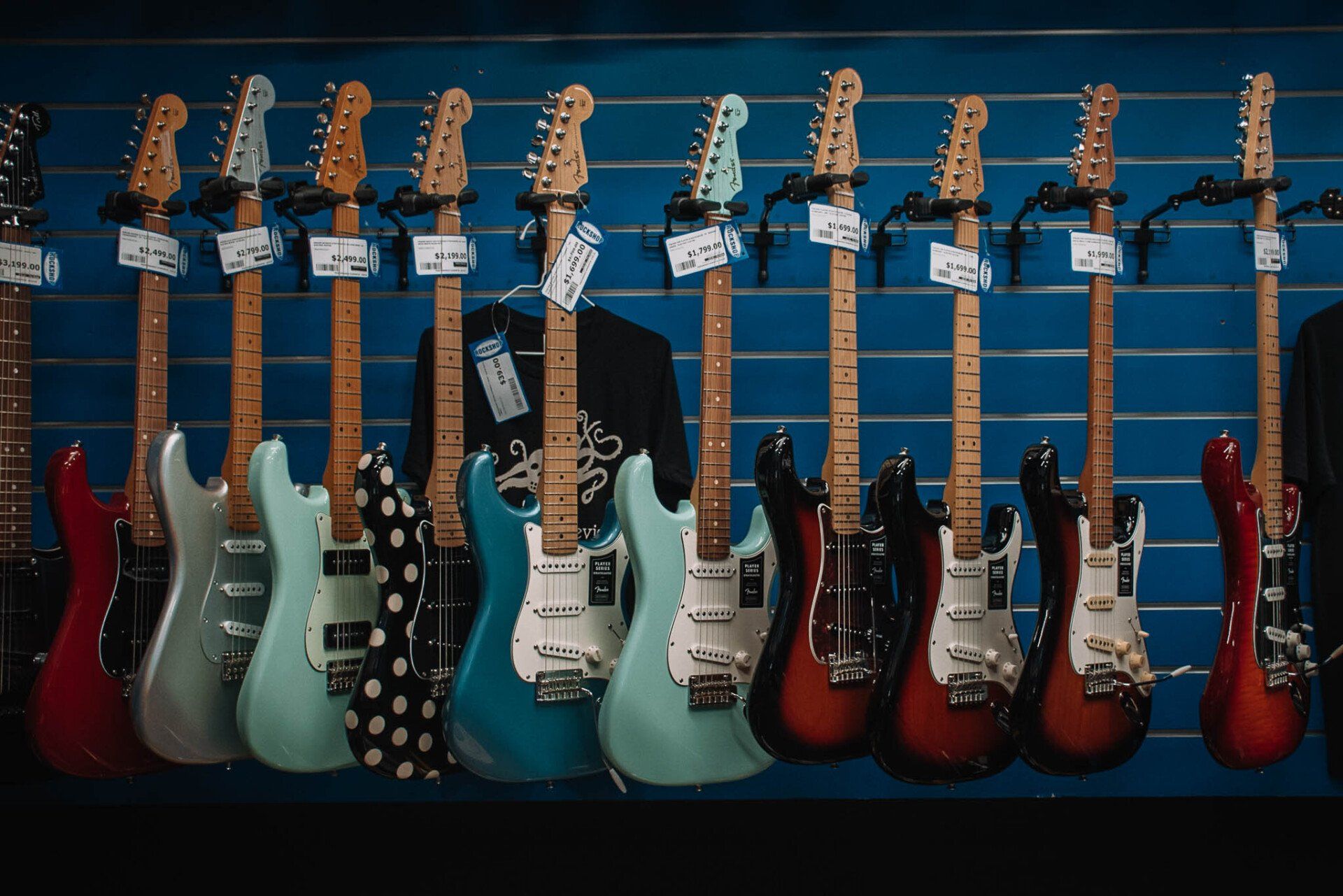
Slide title
Write your caption hereButton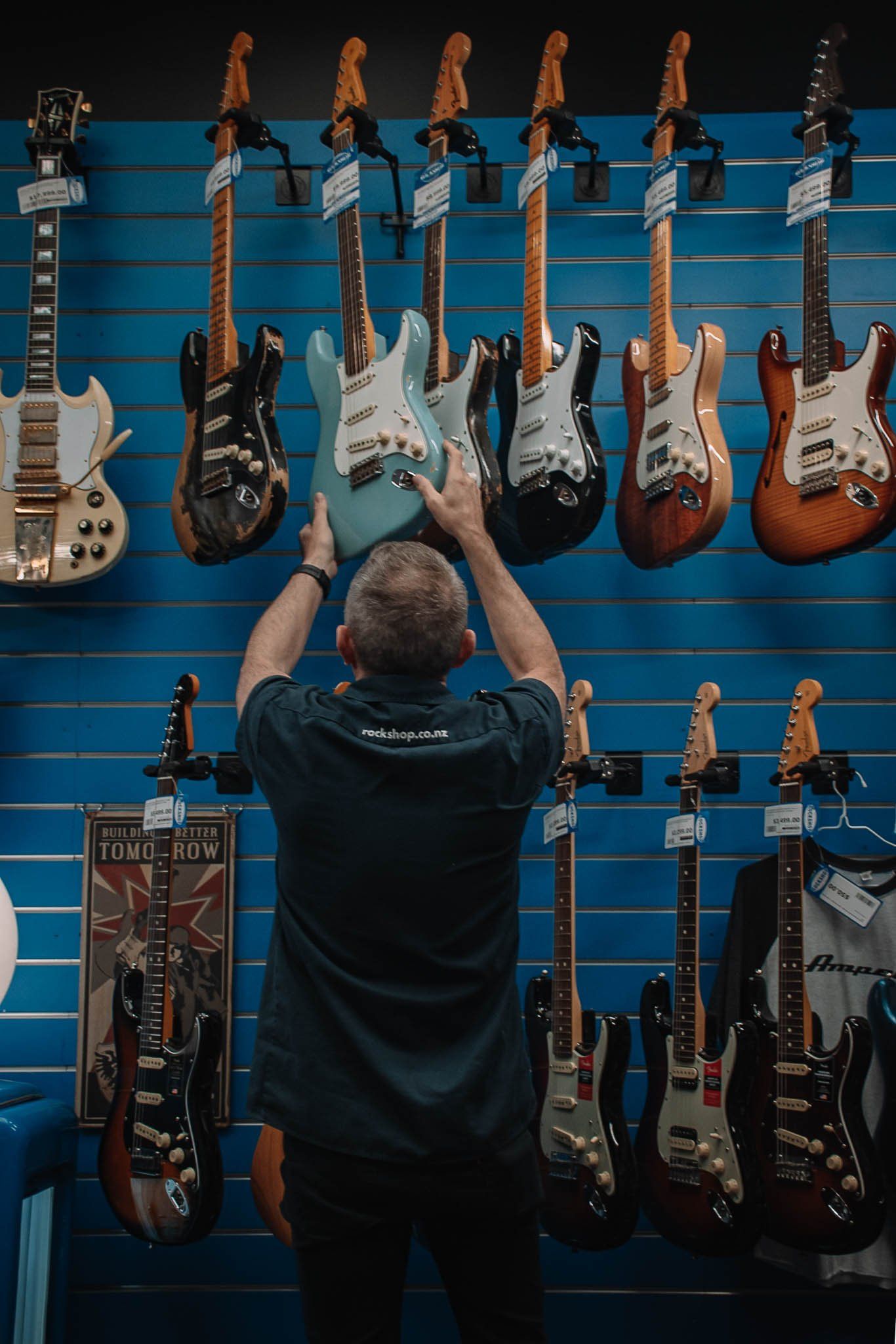
Slide title
Write your caption hereButton
-
ADAM EVANS AT THE ROCKSHOP
The Rockshop chain is hard to miss at the Queen Street intersection of Karangahape Road. Customers come from all over to browse the expansive range of musical instruments and equipment or find that special something.
We talk to Auckland Rockshop manager and musician Adam Evans about being surrounded by people with a passion for music.
What do you enjoy about the scene?
I could make more money in IT, but really enjoy working around music and people. There is always something happening here – I love it when we’re spinning plates, especially when a kid comes in for an acoustic guitar, then keeps coming back and maybe after two or three years moves to electric. Over time I see how their ability improves and their love for music grows.
Every day is different. When a shipment comes in it’s like Christmas.
What is the ethos of the Rockshop?
We try to help people out. We do simple repairs. If someone doesn’t have much money, we’ll fix a guitar string, a wire or a jack. Six is a customer who we help out with busking units and that sort of stuff.
There is a crew within the homeless community we look out for. If they need a string, we judiciously help them. But if they come in with attitude or ripping drunk, I tell them to come back later when they’re sober.
With staff, our ethos is strengths and weaknesses: find the things a person is good at. All our staff are musicians who tend to be more creative, so it’s about working with people to discover what they enjoy.
You too are a musician - are you in a band right now?
I like all styles of music. I don’t just play rock and roll or metal. I’m with a group of people trying to put together a Guns and Roses tribute band at the moment and I sometimes play at the Portland Public House and Ding Dong Lounge at their open jam nights. It is a different atmosphere at Portland with a more jazz and hip hop vibe. Ding Dong scratches my metal itch. I was in a band for about seven years which was more of a studio project. We didn’t play out a lot and I love to perform so I’m glad to be getting the tribute band going.
When did Rockshop open on Karangahape Road?
The first Rockshop opened here in 1986 at 100 Karangahape Road so the owner has a very sentimental attachment to the street. We now have four shops along Karangahape Road: Guitar/Bass, Acoustic, Digital, and Drum. There are 25 Rockshop premises and 16 KBB Music locations across the country. We are currently going through a remodel, which we’re trying to phase in as best we can without disturbing customers.
Growing from one to four stores on one street suggests the Rockshop works well on Karangahape Road. Why do you think that is?
We have a good vibe. There’s a thing we call ‘the pilgrimage’, people come to town to go to Real Groovy and on to Rockshop, or vice versa. Most are repeat customers, so over the years you get to know people. I’m on first name basis with most of our customers. We have many super well-off customers who just love buying from us.
My staff are trained that if someone walks through the door, it means they’ve made the effort to drive into the city and get to our shop. If you’re not courteous to them you’ve blown it.
You are from the United States. What brought you here?
My brother moved here and was pushing me and our parents to join him. I was pretty fed up with what was going on in the States - George Bush was president when I left. I visited for a couple of weeks and initially wasn’t very impressed to be honest. It was like the US in the seventies. Then I came back for a year in 2003 but returned to the US because my visa ran out and my girlfriend didn’t want to stay. Then we broke up, which devastated me. But, you know, sometimes in life you have to take a hard look at what has been happening in the past and I realised drugs and alcohol were the things keeping me from achieving. I was an alcoholic, drug-addicted musician. I returned to New Zealand permanently in 2004.
So, you made some changes?
Yes, I found sobriety. However, you can get sober, but it doesn’t remove the asshole. So, some character building also has to happen. Getting sober saved my life, I was drinking myself into a real problem. It was then that I got a job in a guitar shop and found I did well in retail.
I’ve been sober for 17 years. I was very happy when I hit 10 years because the old-timers in AA say when you get to the 10-year point, the chances of a relapse are very rare, about 2%. But I still visit the rooms from time to time.
How was it settling into NZ?
It took me about two years to adapt and get used to everything, like the Kiwi accent. I don’t even hear it anymore. Friends back in the US now tease me about my accent because I use local colloquialisms.
And you teach jujitsu here?
Yes, I also train kids in Brazilian jujitsu at a school in Grey Lynn. My son and I have been teaching there for 4 years. I have about 50 kids from 5 to 14 years old on the roster, although Covid has knocked that back a bit. I do that after hours three days a week.
I take great pride in the level of skill my kids gain. I have several girls in my school that can consistently match against the boys. I’ve had a few kids deal with bullies using our de-escalation techniques. The sport is fantastic at building character and empathy.
Favourite eating places along Karangahape Road?
Sals Pizza, the Malaysian place at Lim Chhour Food Court and Betsia off Liverpool Street. I also love Millers on Cross Street. It’s the best coffee ever and the guys in there are nice. He’s got a great vibe going in there.
••• MARCH 2022 // BY ANGELA McCARTHY

Slide title
Write your caption hereButton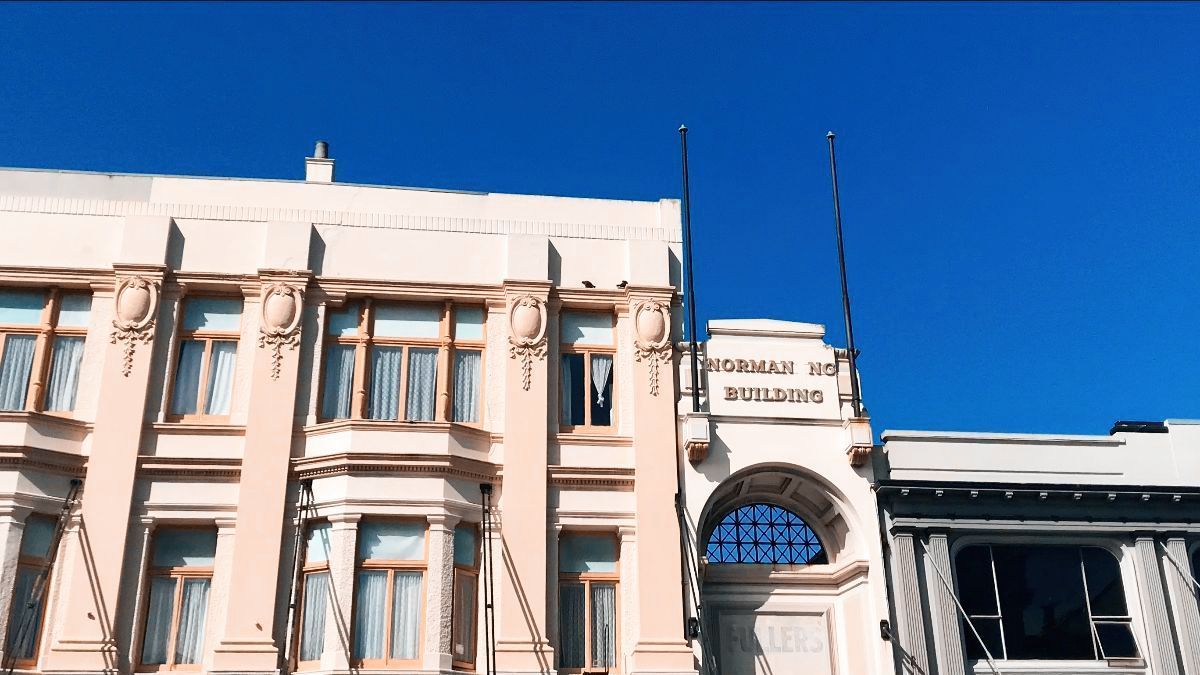
Slide title
Write your caption hereButton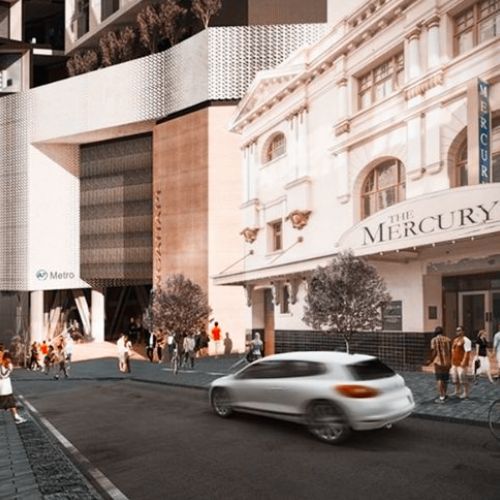
Slide title
Write your caption hereButton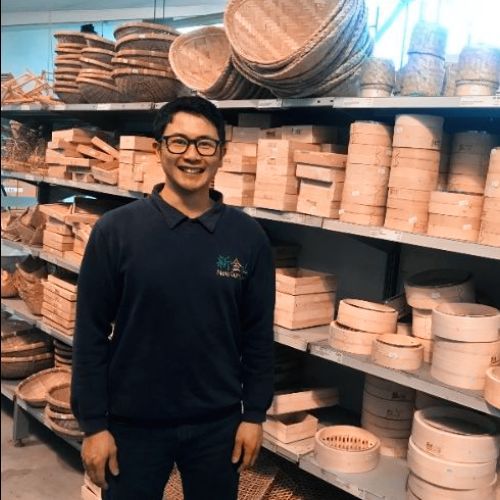
Slide title
Write your caption hereButton
-
NG FAMILY AND MERCURY PLAZA
Dawdling down New Gum Sarn’s aisles looking for manager Jason Ng, I’m intrigued by the variety of kitchen equipment - woks, rice steamers, ladles, containers, bowls – and seduced by the whiffs of aromatic spices that waft past me. When the doors do finally shut on New Gum Sarn it will not only be the end of an era with Mercury Plaza but also the Ng family in Karangahape Road.
New Gum Sarn has been operating out of Mercury Plaza since 1995 when Norman Ng bought the property after the previous owner went bankrupt, explains Jason Ng, Norman’s son. “Dad came out of retirement. He took over management of the food court and started up the vacant New Gum Sarn again to rejuvenate the plaza.”
Karangahape beginnings
Norman originally opened a fruit and vege shop in 1960 at 256 Karangahape Road. After seven years working and saving, Norman bought the building in 1967. His pride in this achievement was reflected by his naming of the building Norman Ng, a name that is synonymous with the skinniest building in Auckland to this day.
While Norman didn't want to be interviewed, he did agree to a photo session during which he said he was feeling sad about the end of Mercury Plaza, New Gum Sarn and his time in Karangahape Road.
Change of focus
Jason took over New Gum Sarn in 2008, converting it into a hospitality supply store and supermarket.
“No one else was offering hospitality supplies in a central location so I thought it was a prime opportunity to take the business in that direction. It worked well. Retail groceries on its own is quite a hard business so I saw a bit of a gap in the market and seized it.”
New Gum Sarn offerings
The store specialises in ethnic cookware and bulk food lines - basically anything you see in a commercial kitchen, explains Jason.
“We are more like an Asian Gilmours, for lack of any other analogy. Our competitors are wholesalers that do deliveries, but they don’t have a store or show room to visit.”
Jason’s background
Jason’s earliest memory of Karangahape Road is playing spacies at the arcade in the late eighties.
“I don't recall the name of the arcade but it was a long narrow space going up about 3 or 4 steps from the entrance. It was located a couple doors up from Hugh Wrights.”
After Jason finished his business degree at university in 2004, he DJ-ed in night clubs, while working full time during the day with his Dad in the business.
“As Dad got older, he gave me more responsibility. I was being groomed to take over which I did in 2008. It then became my own entity. I run it totally on my own now, but I still turn to him for advice, particularly when we were looking for a new location. He has an eye for property - he was smart enough to buy this place.”
Shutting down
While Jason says he’ll miss the interaction with the local hospitality businesses along the Karangahape Road precinct, he believes the CRL is important for the progress of the city.
“If you look at Britomart, they’ve done great job of that and I imagine they’ll do something similar here.”
However the four to five years of uncertainty around the time frames have been challenging, he says. Two years dragged out to five years because government funding became available which meant a reworking of the plan.
“This meant new designations were required for properties around the CRL which required a new approval process. At that point, essentially we took two steps back.”
He says CRL has been fair to negotiate with – and that isn’t surprising when he talks about his attitude.
“I tried to include CRL as a part of the solution – I find by doing that we got much better cooperation on both sides. If you try and put them to the sword, it is never going to work, it is never going to end pretty. We feel fairly dealt with by them.”
Where next?
New Gum Sarn will open its doors again at 151 Pilkington Road, Panmure. It will not only be in a new location but it will be incorporating a stronger delivery distribution model and will also have a fully functional online facility for online purchases, explains Jason.
“We’ve always wanted to grow that here but we couldn’t because the building wasn’t functionally adequate for that kind of operation. So we’ll still have the hybrid retail frontage, but we’ll have a bigger warehouse and bigger yard – and no food court.”
••• SEPT / OCT 2019 // BY ANGELA McCARTHY
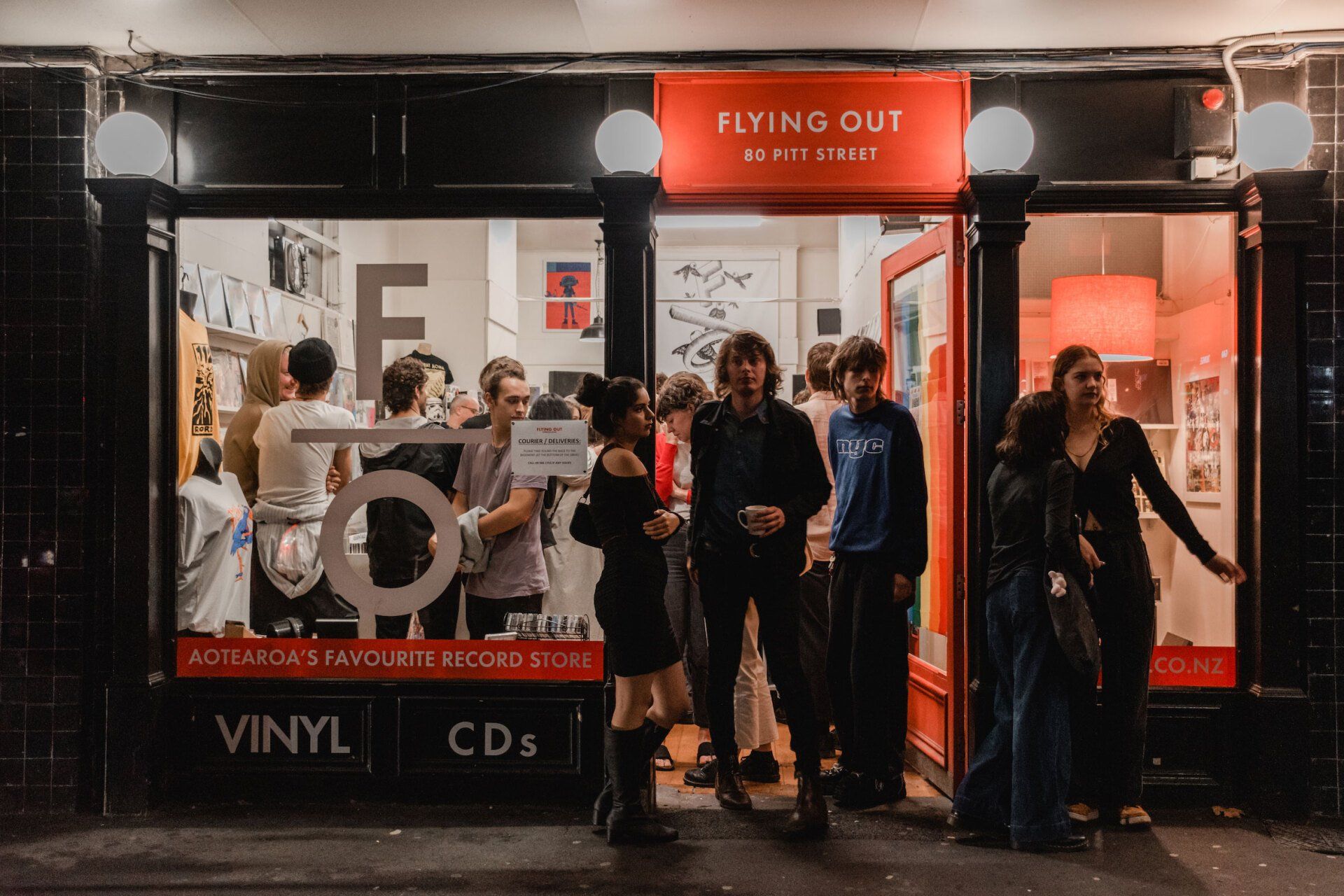
Slide title
Write your caption hereButton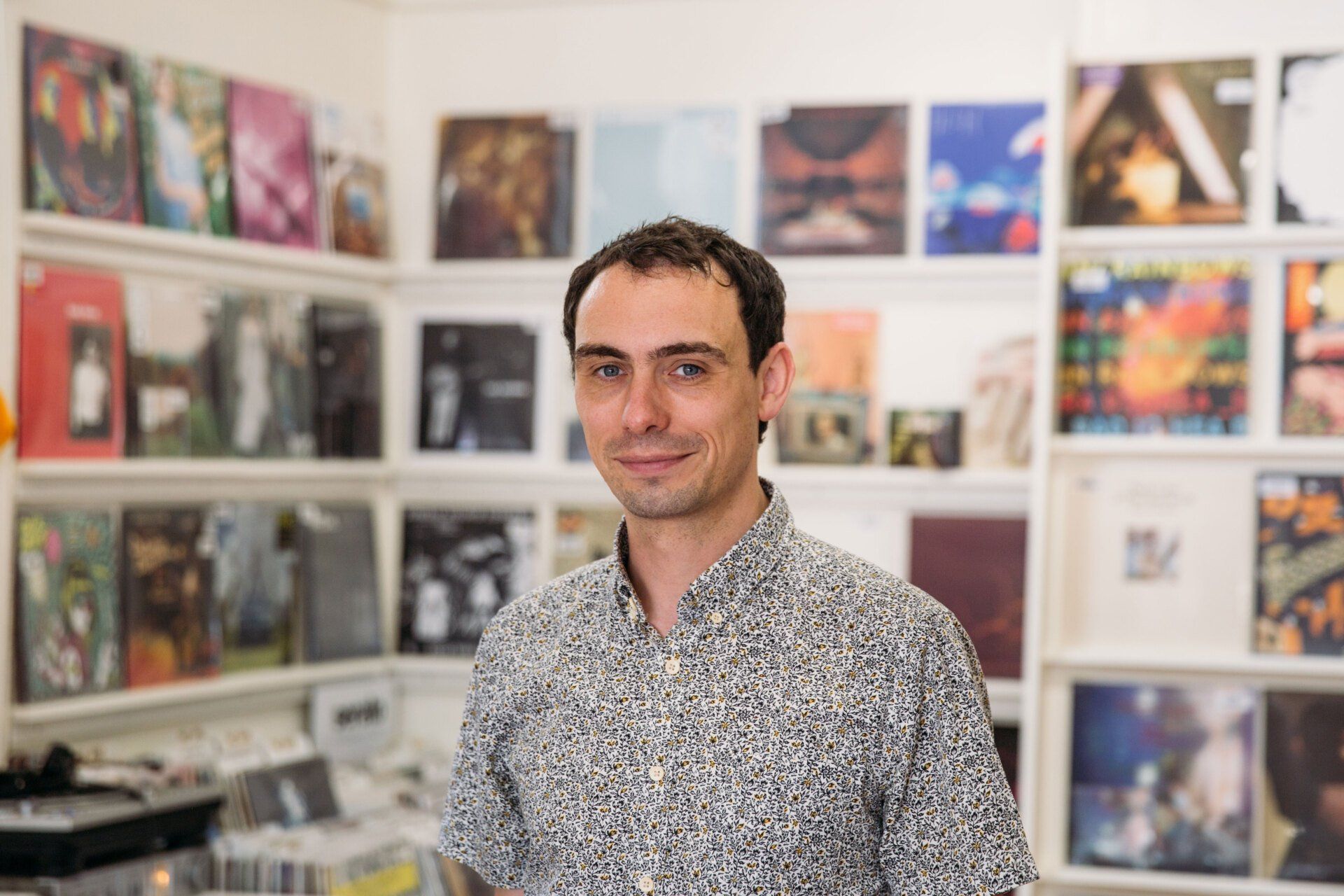
Slide title
Write your caption hereButton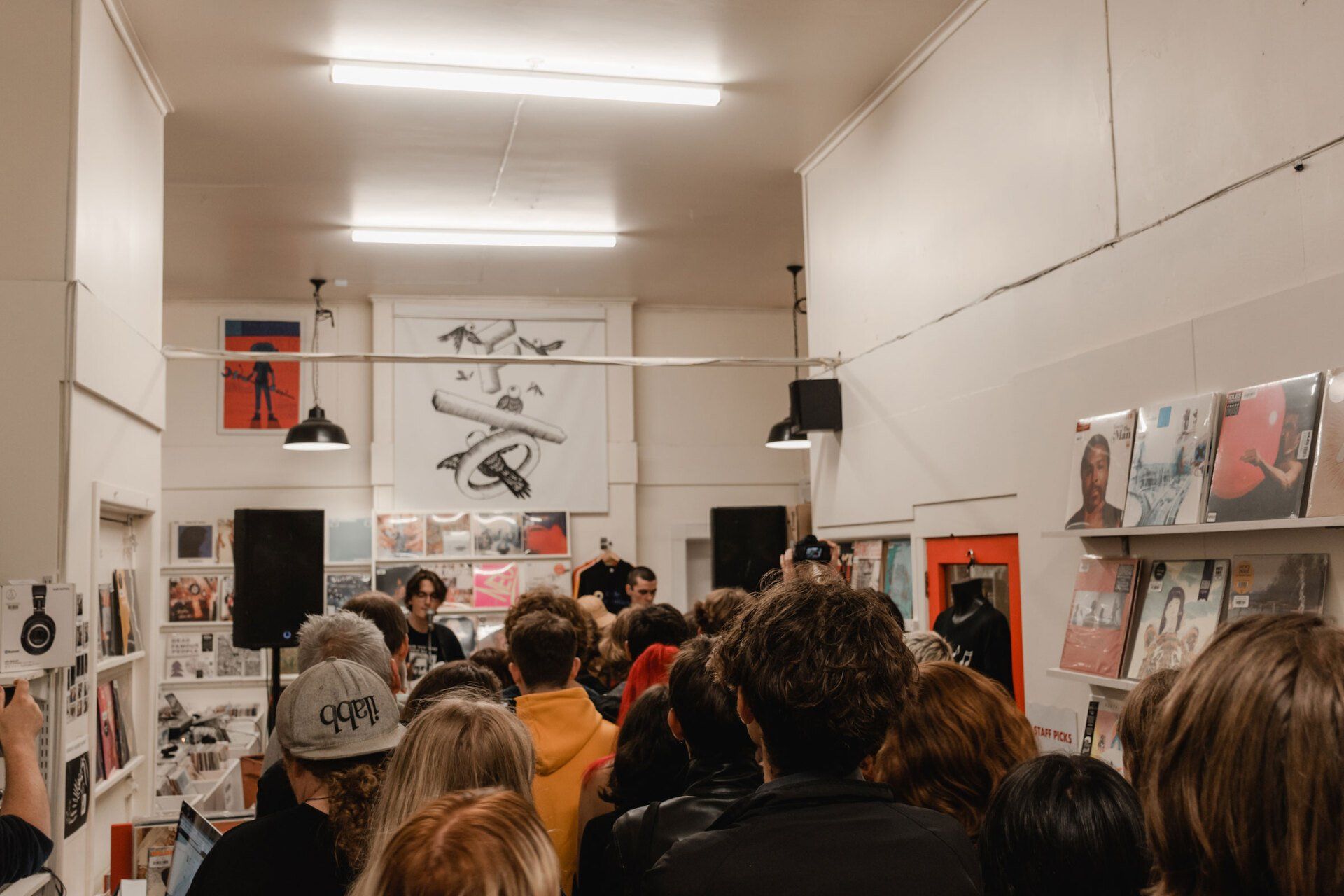
Slide title
Write your caption hereButton
-
FLYING OUT & THE OTHERS WAY WITH MATTHEW DAVIS
It was a busy time when I caught up with Matthew Davis of Flying Out Records at 80 Pitt St. The Others Way Festival was a mere couple of weeks off and becoming all consuming. Laconic and humorous, Matthew recounted how Flying Out and the festival began and the challenges of selling music.
Tell us about Flying Out Records?
Flying Out is a music store on Pitt St that is home to Flying Nun, Arch Hill and other independent local labels. Originally we were an online store that started up in 2013 but as we got busier and we needed more room so when 80 Pitt St came available we grabbed it and opened up a physical store. We have been here four years in July.
I’m General Manager of Flying Out and Flying Nun Records.
Why Karangahape Road?
We wanted to be around the K’ Road area as we have a lot of connections with the wider music community because we spent so much time here at gigs and with bands - and the minute we moved in we felt part of Karangahape Road.
How did you end up at Flying Out Records?
I have been working with the Flying Nun label for a few years when Flying Out started up a single online, then distributor, outlet for a bunch of local labels, along with Flying Nun and Arch Hill labels.
Other people started to get in touch asking for their music to be included, so we started doing that, then added in music that friends liked from overseas etc and the store just kept growing.
Are you a musician?
No, I was a journalist but I did a lot of entertainment journalism and that in part led me to the role with Flying Nun.
Are you also behind Others Way Festival?
Yeah, it started because we wanted to do something special when we opened. The Going Global Music Summit, a three day seminar, was coming up at that time. There were 25 international guests attending, as well as panels of locals, so we thought putting on a festival that could also connect with these people would be a great way to celebrate opening up in Pitt St and highlight the connections in the music community around K’ Road.
So it started as a one-off?
Yes, but it was successful, it was fun and the demand was there, so we kept going and it hasn’t stopped…. although every year I say I’m not going to do it again….
We keep going because people really enjoy it. And as well as providing gigs for a range of audiences, we are also hopefully bringing people into venues they may not normally visit. Someone who has never before stepped into Whammy Bar comes to see a band in Others Way and realises the bar is a great place to visit. That is what we want.
What’s involved in getting Others Way to happen?
Pretty much as soon as it is over, we have a few weeks catching up on things and then start planning again. But my involvement is in dribs and drabs over the year. We have a production manager who focuses on the operational side of things and Ben Howe in Wellington works on it too. He helped start the whole thing with me.
In February and March we put out feelers about what acts could be available. We normally build a long list of 180-200 ideas, some brand new, some well known. We try and announce the acts in June.
How many acts do you include?
It varies, we aimed for 40 this year and it crept up to 46. Last year we had 50 which was just insane, I definitely don’t want that again. The first year we had 30.
The number is up partly because we added Girls Rock Camp, a not for profit organisation that runs at the Sunday School (Methodist Church, Pitt St) in conjunction with Others Way which means we can offer an all ages element to the festival. It works well.
Biggest challenges with Others Way?
It is always pretty tight money wise. There is a limit to the numbers who can attend because of the size of the venues. But we do keep thinking of ways to try and make it all work a little better so we can make more tickets available. This year adding two bigger venues has helped.
We have a couple of sponsors that have been very supportive – Hallertau, K' Road Business Association, Kate Sylvester, Going Global, Cosmic and more - but we are not self sustaining.
How hard is it to put on gigs?
Although there is a concentration of venues around here, it is getting harder and harder across Auckland to find a space, keep a space, and get people to come out and engage.
The other issue is that people have less entertainment time and less disposable income.
With regards to K' Road, what are the challenges?
A lot of the businesses are niche, small local and family owned cafes and restaurants - and business is hard. Costs are going up, people’s disposable income is getting tighter. And K’ Road itself is going through growing pains right now.
You mean the roadworks?
Yes, I think it will be great when it’s done but we don’t really know how it will affect us yet.
How do you feel about having a future City Rail Link station entrance on your doorstep?
It could be fantastic. I’m pretty optimistic but the plans keep changing so much, and it is taking so long to happen that it is hard to know what impact it will have.
At the moment we’re prepared to hunker down and wait and see.
You still enjoy Flying Out Records and K’ Road?
Seriously, I don’t know what else I’d do! I like all the people I work and engage with and I haven’t finished what I want to do yet.
There are still things that we could be that would be really fun and rewarding - not just for us but our community.
So watch this space?
I guess so.
What would you consider your greatest success so far?
Surviving every week is great testimony to success as an independent music business in NZ with focus on local and alternative music – that is our ongoing greatest success.
Favourite places along Karangahape Road?
Where do I go? If I think of my day…. Johnny Feedback or Bestie for morning coffee. I always stop and say hi to our neighbours Def every morning. Fort Greene pretty much does it for me for lunch, or Sri Pinang.
Drinking spots? Obviously Whammy Bar and Wine Cellar as well as Peach Pit or Coco’s. Burgerie for burgers… but I’m sure I’m missing others, we are pretty lucky here!
••• AUG 2019 // BY ANGELA McCARTHY
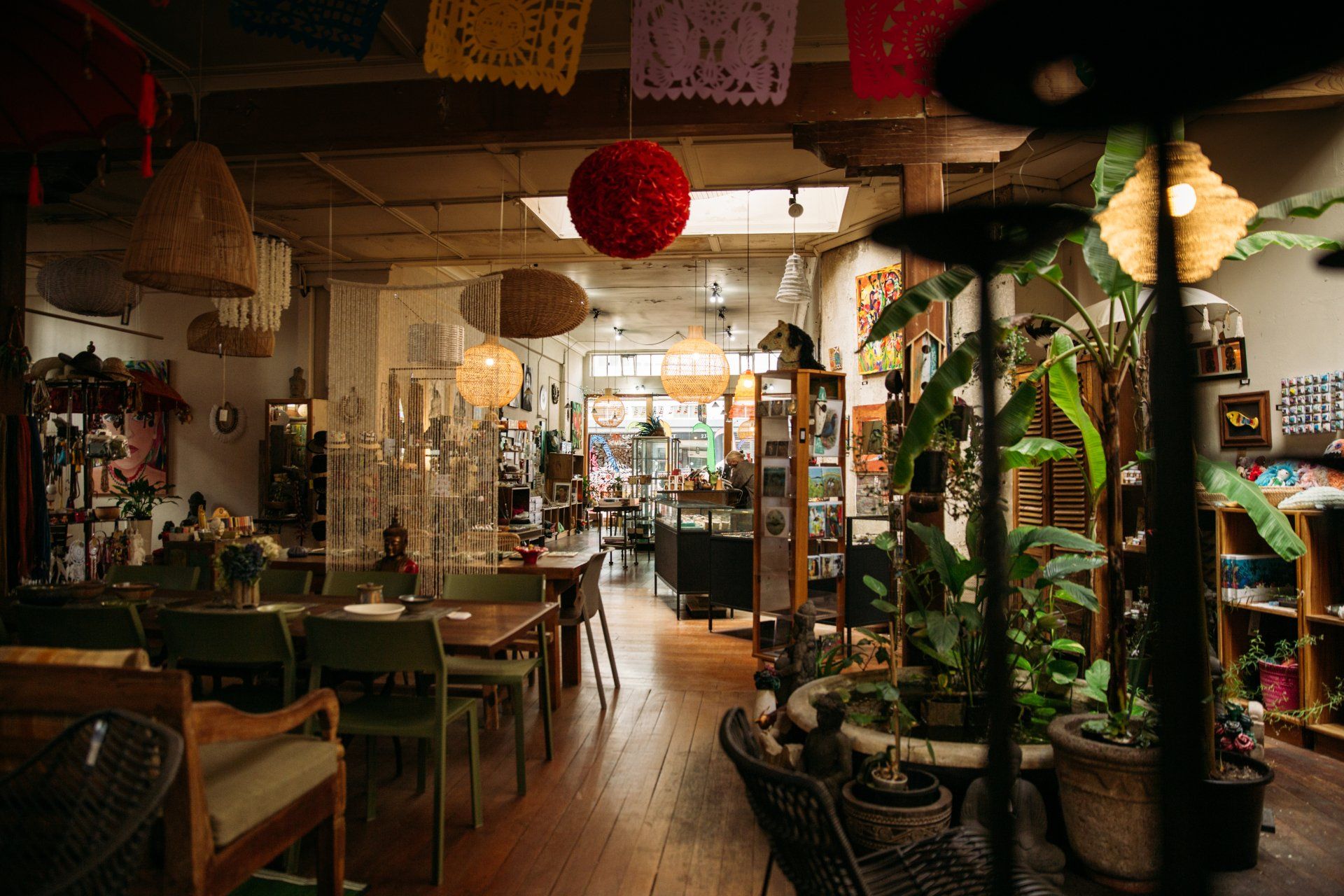
Slide title
Write your caption hereButton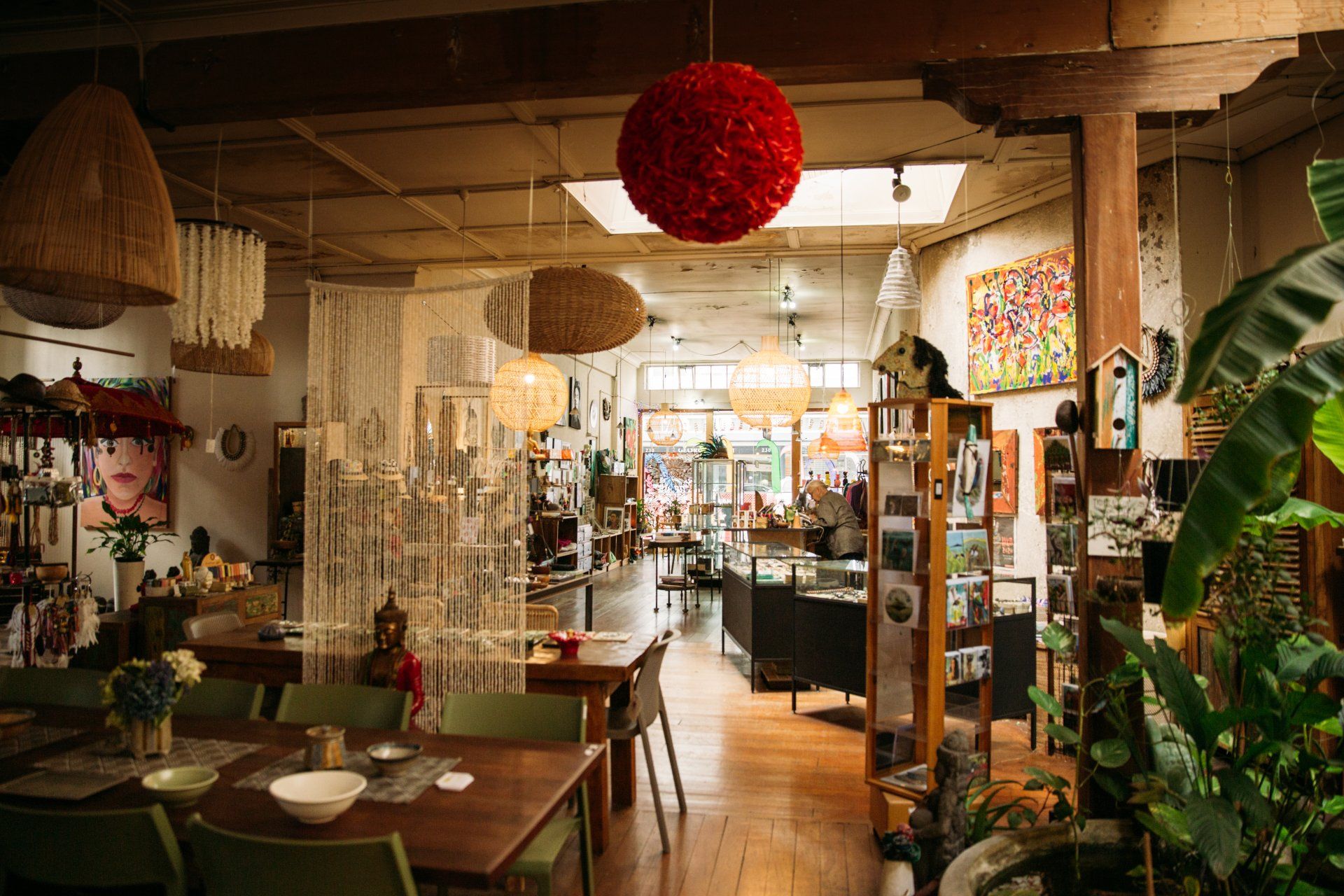
Slide title
Write your caption hereButton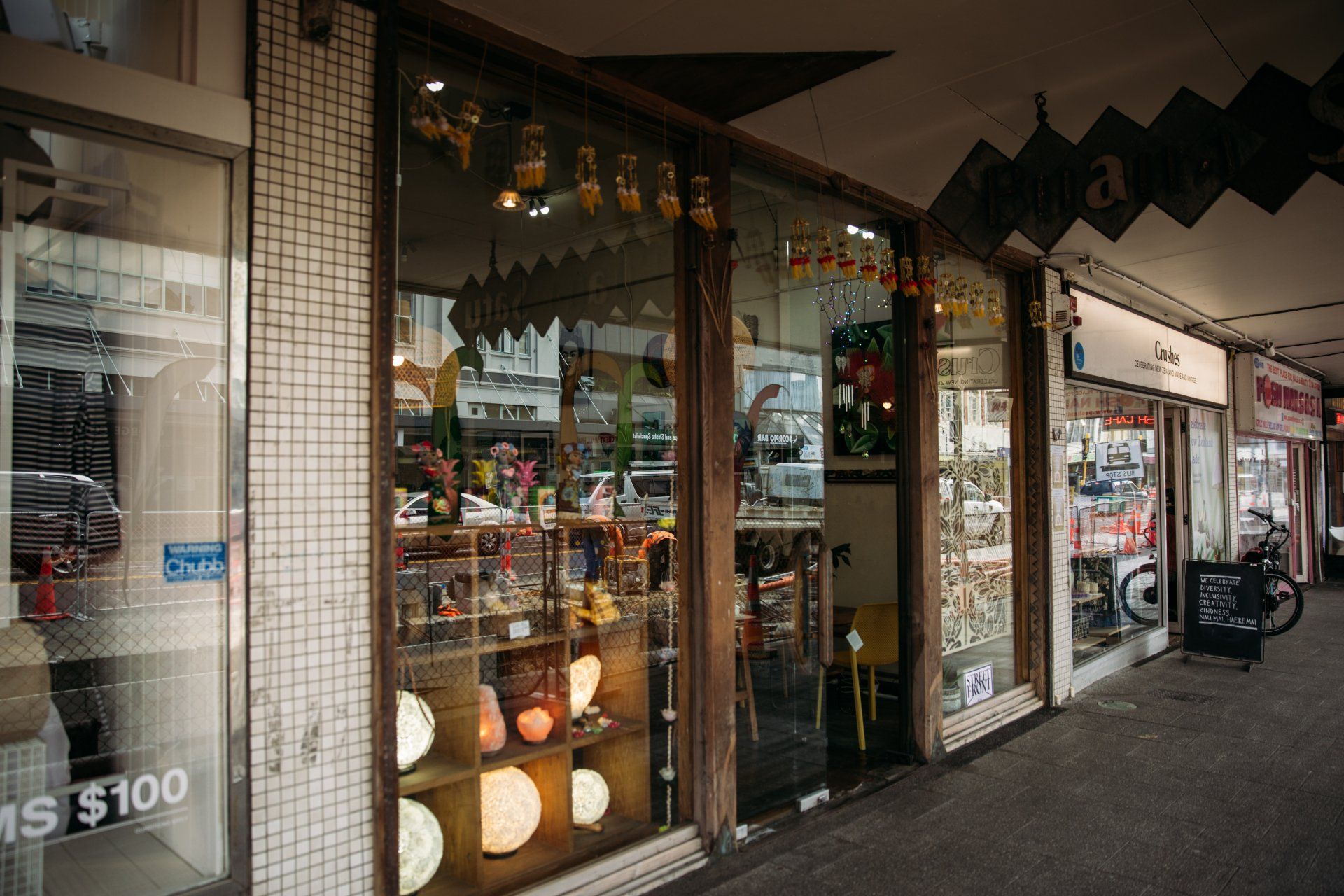
Slide title
Write your caption hereButton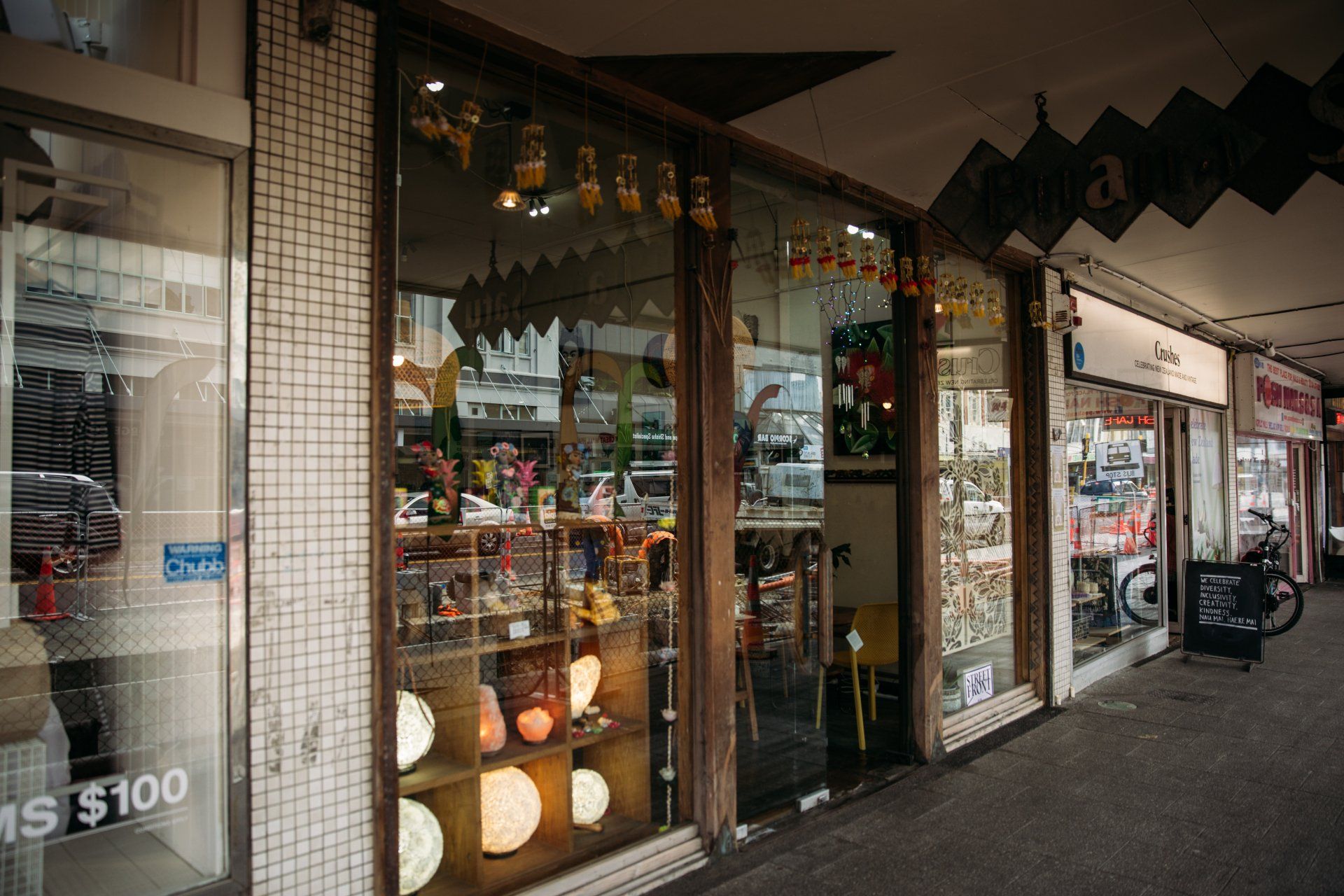
Slide title
Write your caption hereButton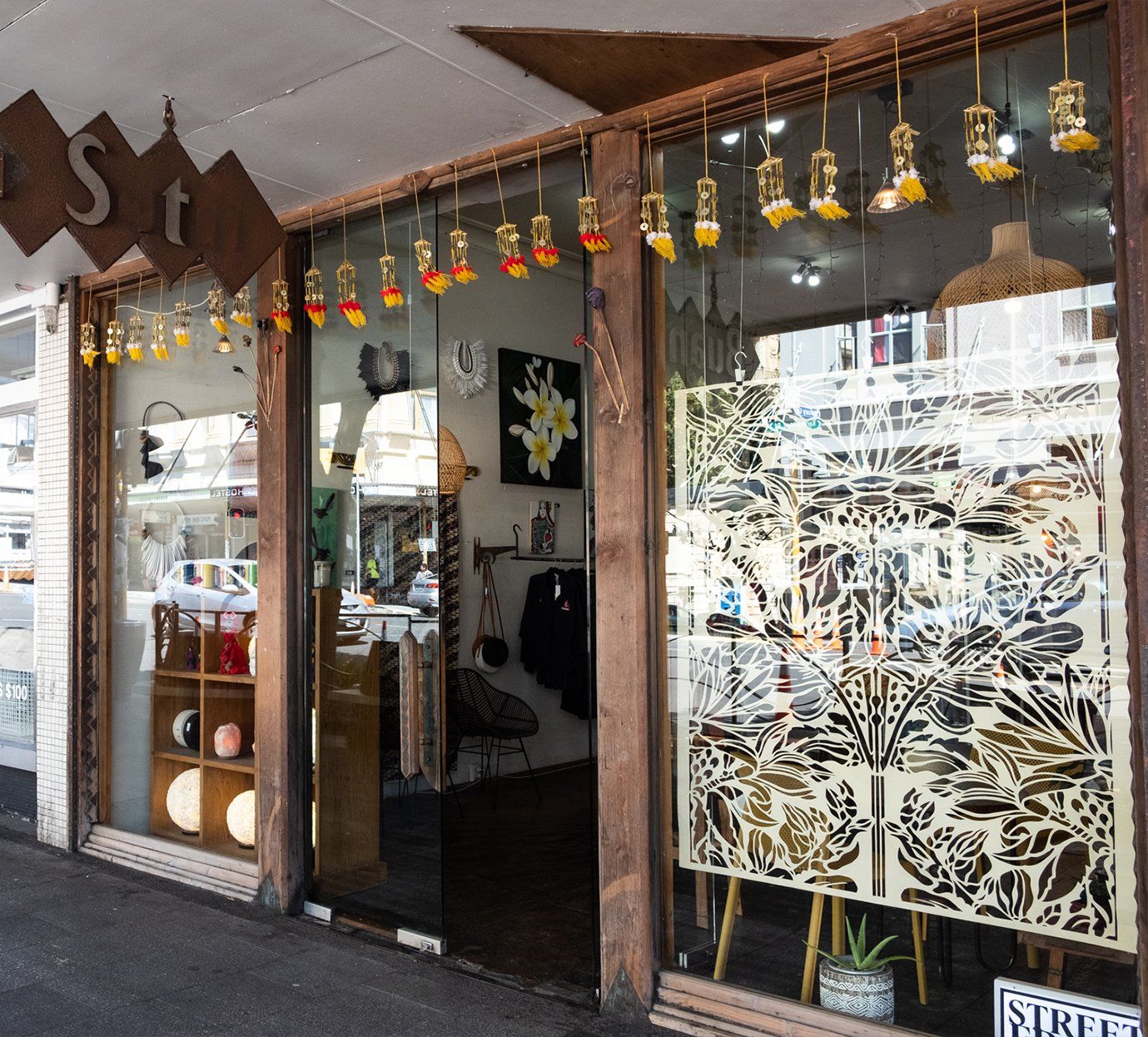
Slide title
Write your caption hereButton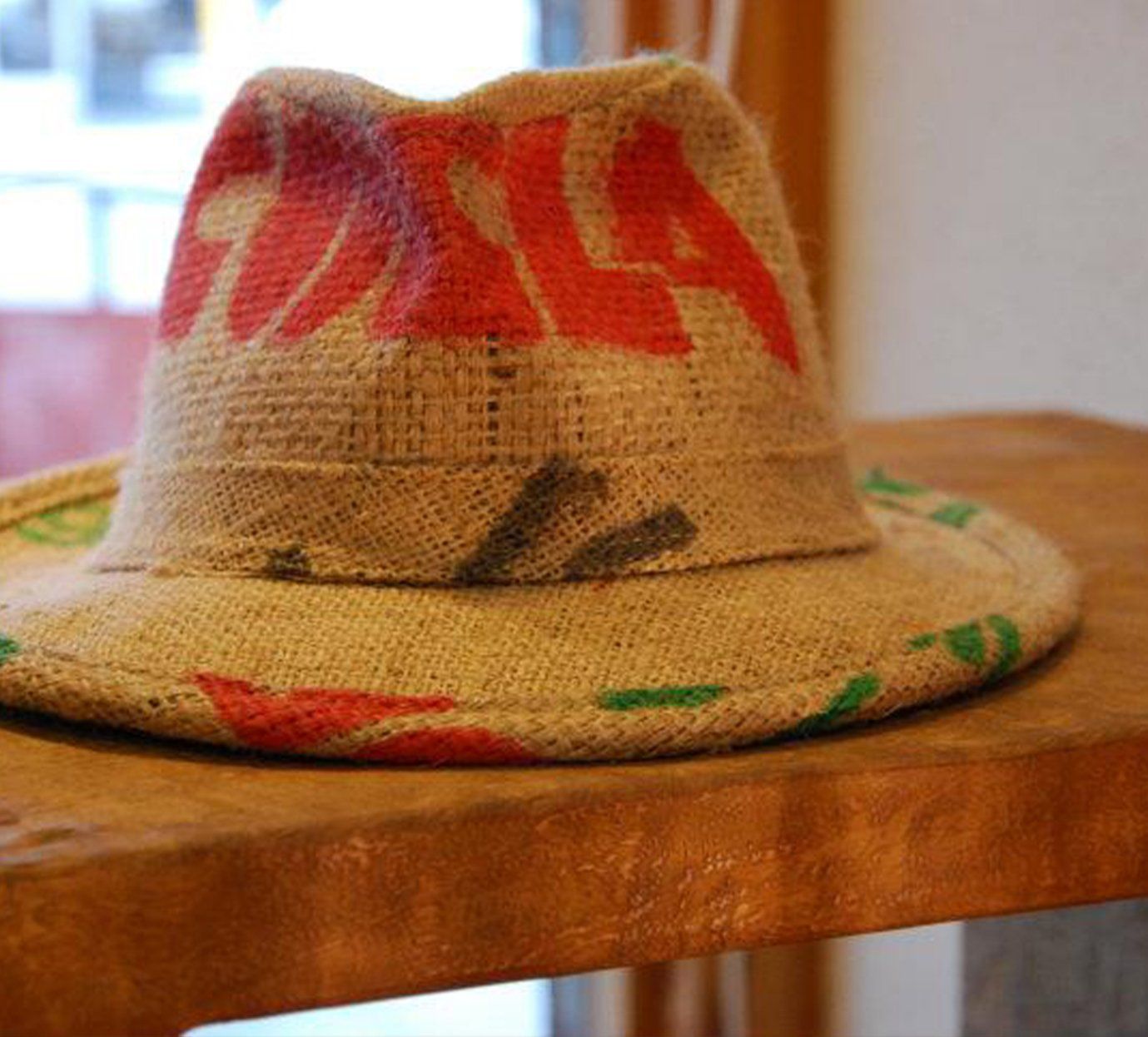
Slide title
Write your caption hereButton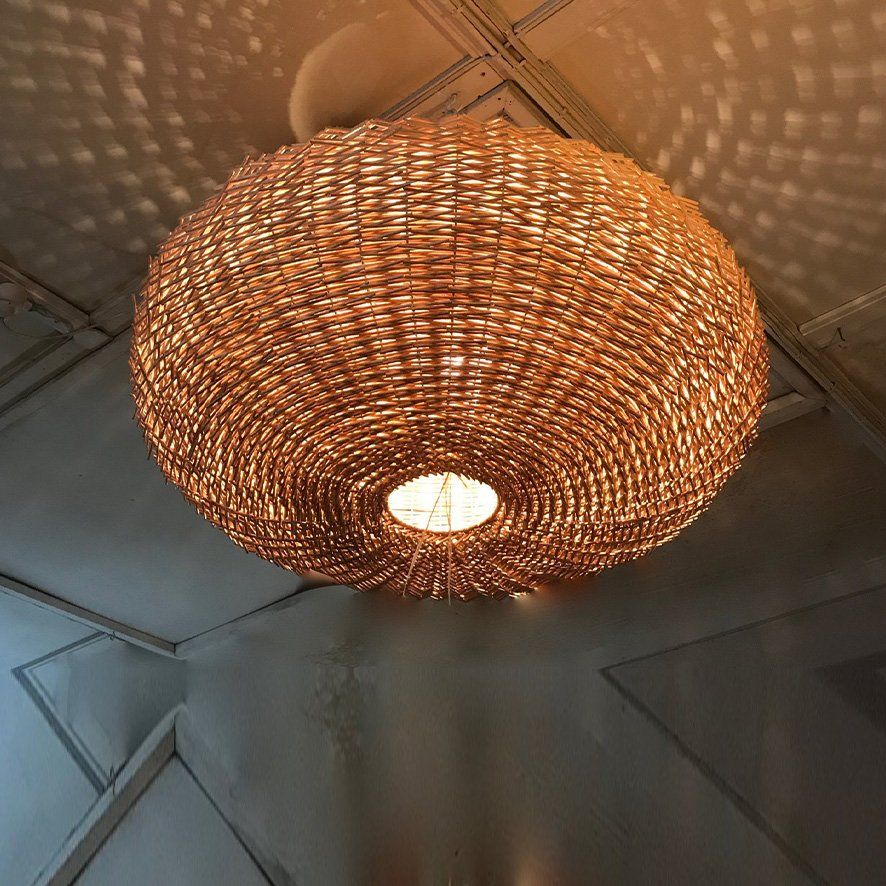
Slide title
Write your caption hereButton
-
HELEN McINTYRE OF BUANA SATU
Once Helen McIntyre decided to open a shop full of art and craft, it was a no brainer to open on Karangahape Road.
“It suited what we were about - nowhere else entered my head but K’ Road.”
"I see the future of Karangahape Road as a never ending trail of human activity, forever moving."
Helen opened Buana Satu in 1991, moving premises three times before settling into her current well known location at 229 Karangahape Road.
What do you sell in Buana Satu?
Buana Satu means One World and that is what I set out to create. I try and get things from different parts of the world - Mexico, Pacific Islands and Indonesia. We also sell my work and other New Zealand made. Artists often come in asking if I’d like to sell their products. Some people find me, but often customers tell me about someone they know who makes wonderful things and then I go and google them and if I think they’ll work, I’ll follow up.
What do you enjoy about being on Karangahape Road?
I just love getting up in the morning and coming here and seeing what is going to happen today and who I’m going to meet. It is amazing, meeting and chatting to all sorts of people from different walks of life.
How did you get into creating and selling?
I started off making things in Wellington when I became a teacher helper at my children’s school, Matauranga School, an alternative school in Aro Valley. That was when I learned I could make things. It was an incredibly important moment in my life – I get emotional to this day thinking about it. We played around with clay, tye-dying, screen printing with the children and a lot of the artwork was sold at a market to help raise funds for the school, particularly colourful tye-dye clothing. The whole experience changed my life significantly. I’d worked in a bank, of all places, when I left school but had always felt it wasn’t me, wasn’t where I wanted to be. I got married and had three children and then it all changed because of Matauranga.
What did you make?
Hammocks, crocheted shoes, tye-dye clothing, screen printed cushions and bedspreads, that sort of thing. The crochet shoes were really popular. I never went to workshops or learned about arts formally, I just worked it out as I went along. We sold at markets around Wellington until the children left home, then we converted a bus, put a generator and over-locker in it, and travelled to markets across New Zealand.
It was around that time we visited Indonesia for the first time and I got very excited about the amazing handcrafted things the women were making there and decided I could incorporate their products into what I was doing.
So we bought back from Indonesia a whole lot of wonderful pottery and weaving from a NZ government funded development project and set up a pop-up shop in Wellington. Everything sold! My husband and I were amazed. We realised it would be a good idea to carry on and decided we wanted to do it in Auckland on K’ Road.
So when did you open Buana Satu?
In 1991 we opened a small shop in a building where the ANZ bank is now. When the building was demolished we moved to another small shop in Pitt St with accommodation above it where we lived.
Four years later when the Mascot Wool Shop shut down in 229 Karangahape Road the Methodist Church, our landlord, asked us if we’d like to take it on. So we've been here since 1995.
A lot of people were looking sideways at us when we moved into the bigger premises because Karangahape Road hadn’t had anything quite like this before but we felt it would work because we’d been in the street a few years and had a good following. But we had to get a container of products from Indonesia to fill it up. Before this, we were just bringing bags of product back.
How did it go?
It took off, it was busy and exciting – we had a lot of part time staff. Then in 1993 my first husband died. After a while, I met Yoedi, who kept popping into the shop to practice his English. He worked in the Pitt St shop with me and eventually we married.
You promote sustainability with your products, don’t you?
I try wherever I can to buy sustainable materials and many items in Buana Satu are from recycled materials, magazines, boatwood, plastic, inner tyres, upcycled clothing. And I am involved in the Ibu-Ibu project.
What is the Ibu-Ibu project?
Ibu-Ibu is a not for profit organisation helping Bali street mums keep their kids off the streets. I met the founder on one of my trips and really wanted to get involved so I started buying the cloth dolls. The dolls fit perfectly into my shop. I also collect fabrics, lace, flowers from here to donate to the women. They get paid good money to make their crafts so they can keep their children off the rubbish dumps and from begging and get them into school. It is a wonderful project and the school they’ve set up is amazing. I’m also getting my shop bags from them now. They make them out of donated magazines.
How much do you make for your shop now?
I make the beanies and some of the earrings. Occasionally I’ll make other jewellery but I don’t have the pressure to produce any more. It is quite cool to go home and relax, rather than go home and work on making more things.
What do you see a the biggest challenges for Karangahape Road these days?
Getting through the next couple of years with all the infrastructure work going on around the street. I believe it will be good at the end although we’re really going to have to step up to get through it and stay positive about it. I guess I’m ready for the challenge! After all I’m still here.
What keeps you going?
I never know what’s going to happen in here so it is always interesting. I never feel bored. There is always something going on. Sometimes it is distracting or annoying but we always get through and lot of things make me smile and laugh.
Karangahape Road is one of those places that has an edge to it and a life of its own. I like that. There are also a lot of really cool people in Karangahape Road, tucked away all over the place. I’m in my shop most of the time but I’m always hearing good stories about what is going on, who is where and why.
What’s your philosophy?
The most important thing is to have a purpose in life.
Your favourite place on Karangahape Road?
I like Verona because it is a nice place to hang out and watch the world go by.
I often go there after work for a glass of house red – it’s a good place to meet up with other Karangahape Road locals and have a chat and get to know what others are doing. I love the energy of Cross St Markets and there are many other cool wonderful places – too many to name.
••• JULY 2019 // BY ANGELA McCARTHY
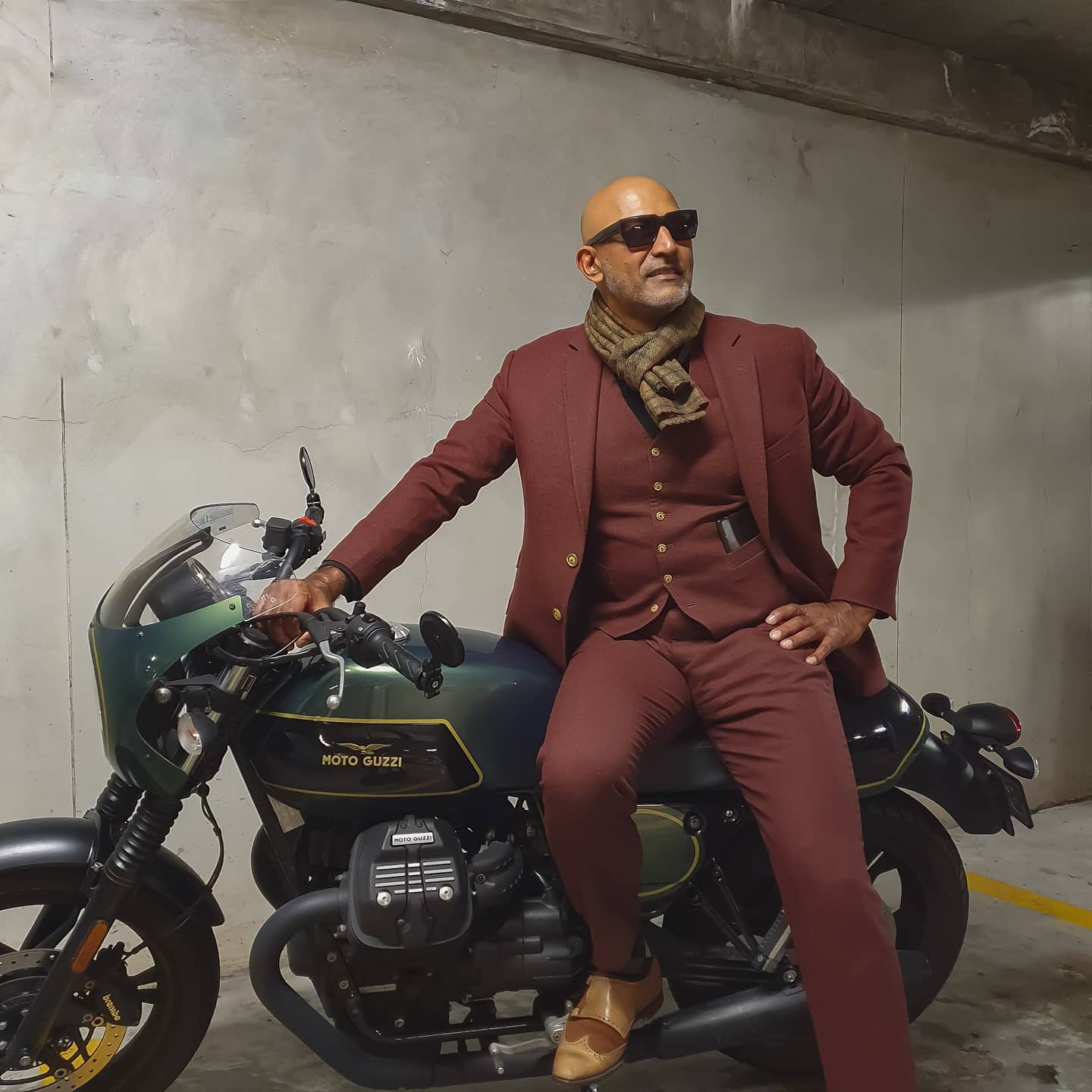
Slide title
Write your caption hereButton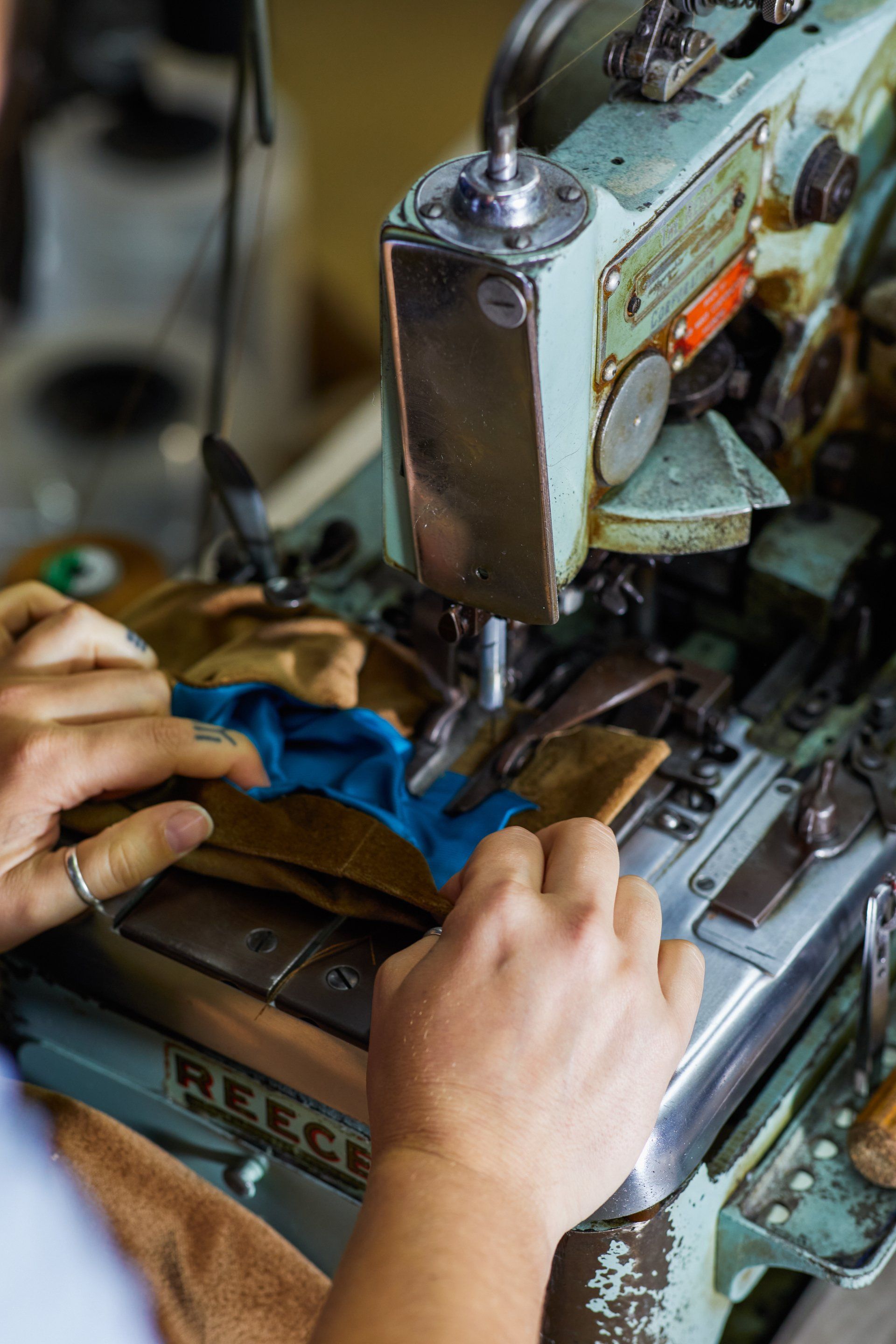
Slide title
Write your caption hereButton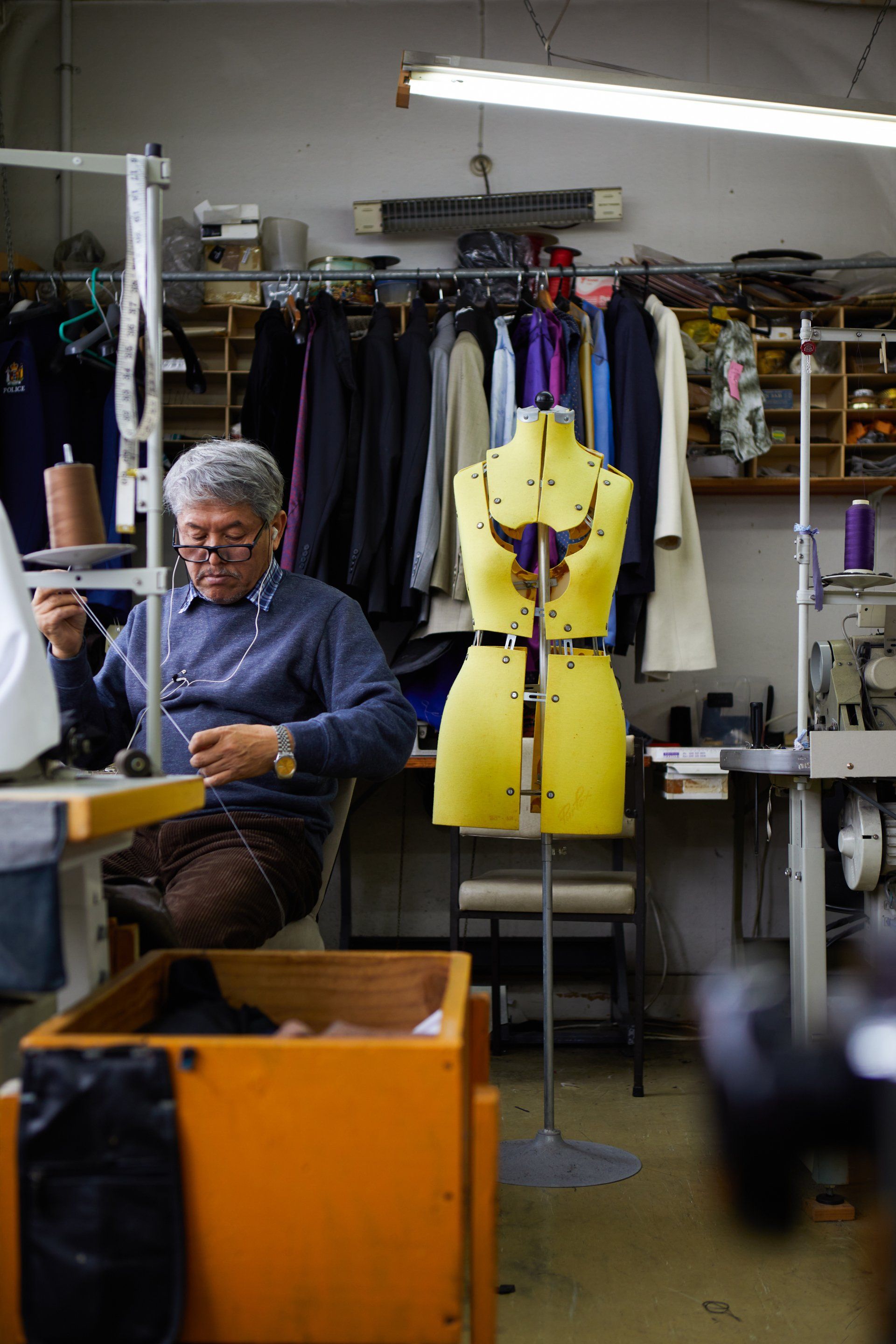
Slide title
Write your caption hereButton
Slide title
Write your caption hereButton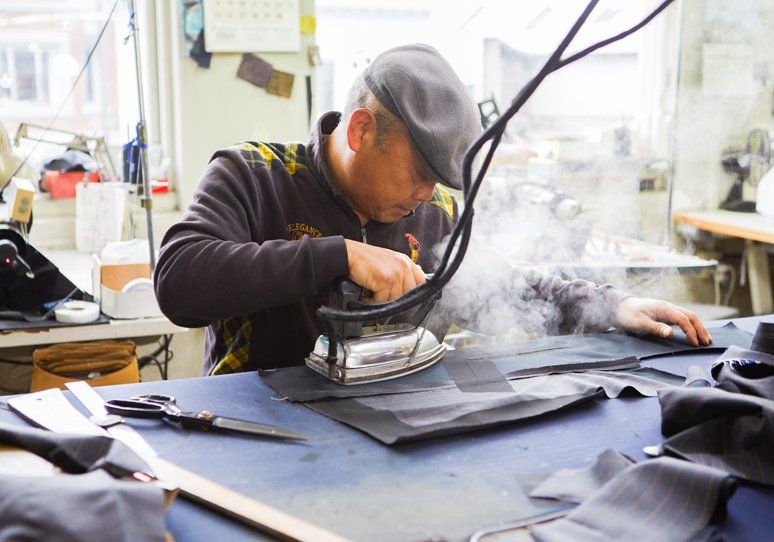
Slide title
Write your caption hereButton
-
PAYNE TAILORS, NASI ALI
As I step across stenciled scissors inlaid to the doorstep of 105 Karangahape Road, I know I’m in the right place. Upstairs, in the home of Payne Tailors I meet the chatty, humorous and extremely skillful tailor, Nasir Ali.
Nasir can’t think of anything better to do than tailoring. “I often come in on Sundays, like Grandad in his shed, to experiment with patterns etc, just doing stuff. To still like what I do after 22 years is pretty cool,” says Nasir as he chats to me in his waistcoat and bespoke apron. Evidently a waistcoat is traditional tailor garb – it keeps your core warm and your arms free.
How long has Payne Tailors been on Karangahape Road?
Payne Tailors was started on K’ Road by Burt Payne in 1969. In 1995 he sold it to a partnership that I bought it from in 1997.
I was keen to buy it because I was attracted to the history of the business and the range of work.
How big an enterprise is it?
I have five staff, three are tailors who do different aspects of tailoring. Even with custom made you need a degree of specialization for the sake of efficiency, speed and skill. So, I cut and Mr Choi cuts – he’s been with me for 21 years and he still likes to be called ‘Mr Choi’ and he still calls me ‘Boss’.
We have a number of machines, from button holers and bar tacking machines to six plain sewers. It gets pretty busy.
I’m now at the stage where I’m comfortable that what we do is pretty good. We get lots of recommendations and people are happy but there is still more we could do better.
How much of your work would be bespoke?
About 50% is bespoke tailoring. About 25% is contract work and costumes and around that we also do ‘panel beating’ (alterations). For example, Leo O’Malley often sends people to me for alterations. Other people just walk off the street.
It is predominantly menswear – but I do a little bit of women’s wear and some uniforms. I’ve developed a female Navy captain’s dress uniform. I’ve done three now and they are amazed by the look after years of off peg uniforms.
What do you enjoy about tailoring?
Every customer is important – their satisfaction is everything. Some people find getting fitted for suits very challenging and they can be unsure but they are also the most satisfying when they see the suit on and you can see they feel really good.
I enjoy working with good cloth, I love good workmanship and enjoy constantly developing my capability in my field. There are always new challenges which means we’re all up-skilling.
What is important with fitting a suit?
It is to initially determine overall balance and aesthetics, whether it be the length of the coat or the fullness of the trousers. I’ve been studying this a long time, so when someone says suits always look terrible on them, I instantly know why and what will work on them. You have to look beyond the fashion trend and style the suit more to the person’s shape.
On some occasions M to M (made to measure) works if the person is streamlined but once over 40, we all end up with some anomalies like getting rounded in the back and slouching shoulders. The key part of the process then is to be fitted.
What has impacted on tailoring?
It is a craft that will never go away but it has changed, impacted by things like MtoM. The paradigm shifted from the eighties on when tariffs were lifted and manufacturing dwindled. Nowadays there are only a very small number of manufacturers, which is good for us bespoke businesses - we are the last ones standing!
Payne Tailors used to do a lot of uniform work. My predecessor would go to Auckland Council and measure every person needing a uniform. We don’t do that level of uniform work anymore - our uniform contracts now involve providing dress uniforms for the Navy Officers and Commissioners and Police Area commanders, that sort of thing.
How has your customer list changed over the years?
Bespoke tailoring has become more upmarket, our customer base is more affluent now. Going to a tailor used to be the standard way to get a suit but now a bespoke suit is more of a luxury product, because we can’t compete with Hallensteins and Farmers.
As a small business, you can’t rely on one type of work though, so we also do a lot of work for television and movies. I even played the role of a tailor in one movie – it was very challenging LOL.
How varied is your client base?
We make garments for everyone from the Maori King and the King of Tonga to dancers, and also do ‘panel beating’.
I’ve specialised in ballroom dancing tailoring; we’re the only ones in Australasia who does. I started doing it 15 years ago, when a customer asked if I could duplicate a costume. Word got around and it went crazy. I do a number of outfits for Dancing with the Stars – those garments need to work quite differently from street wear. It is all about the line of the shoulders and a good top line in posture.
I also do costumes for movies. For the one I’m working on at the moment, the lead requires 15 copies of the same suit because it is an action movie. His stunt double requires a number as well.
Any interesting or funny stories about your work?
The late King of Tonga, Tāufaʻāhau Tupou IV, said to me while I was measuring him, “It’s a good thing you have long arms, Mr Ali”.
What inspired you to go into tailoring?
My mother was a tailor. She was always sewing - always had her machine on the go and clothes here and there. She was very clever. She could see something and make a pattern. My brother and I used to play on her machines, break needles and run and hide. I remember one day my brother sewed a sponge into the back of his school pants to protect himself from the cane.
What were you doing before you took over Payne Tailors?
I had a business in Sandringham for three years and before that I was doing tailoring from home.
What was your first job?
I operated machinery in a textile yarn factory in Onehunga between high school and university.
After school I went to university, then Training College, but the first time I went into the classroom as a trainee teacher, I thought “No!”
So I started making clothes initially from my home for friends and acquaintances to make a bit of money while I thought about what I was going to do with my life.
What is it that continues to keep Payne Tailors and you on K’ Road?
It’s been there for so long I feel it deserves to stay there because it is part of K Rd’s 50 year history. I did think of Parnell or Ponsonby at one stage but there really was no point.
As a destination business, it could be anywhere in the city fringe area – and K’ Road works for us and so does this location.
Tailors have to exist in a first-floor environment because we need floor space and can’t afford the ground floor. Usually you find tailors up dingy stairs…
How do you see the future of K’ Road?
I feel it will be very bright once the new train station is completed. It will accelerate the gentrification of the area, and the new road usage plan will make it a more enjoyable destination.
I like the increase of residential but find the increase in homelessness a bit sad. We always had fringe dwellers on K’ Road but there are more homeless now and it seems to stem from mental health and other problems.
Your favourite spots on K’ Road?
I don’t think I could choose as I do love the many cafes we have and the sheer variety of food and beverages.
••• JUNE 2019 // BY ANGELA McCARTHY
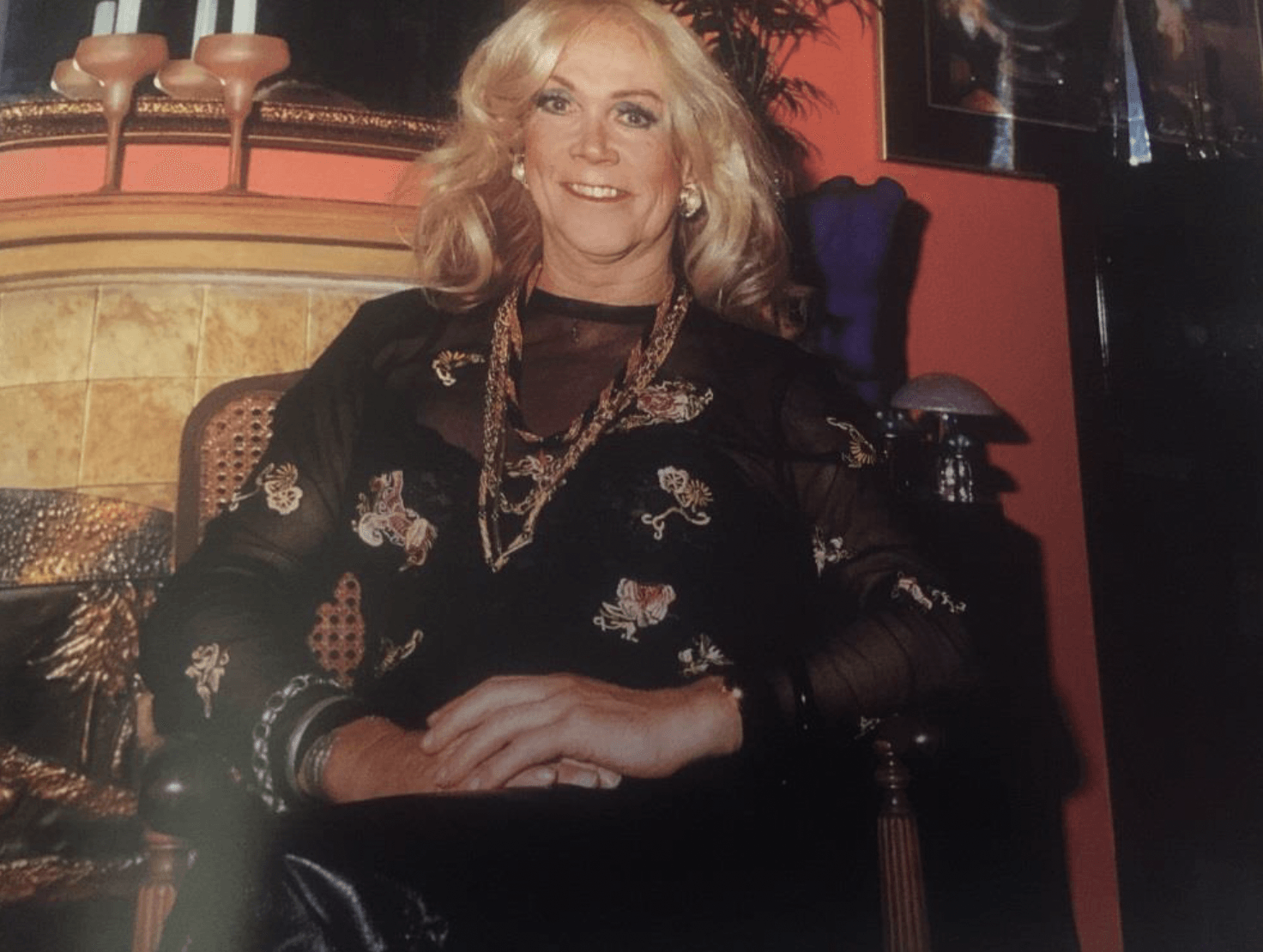
Slide title
Write your caption hereButton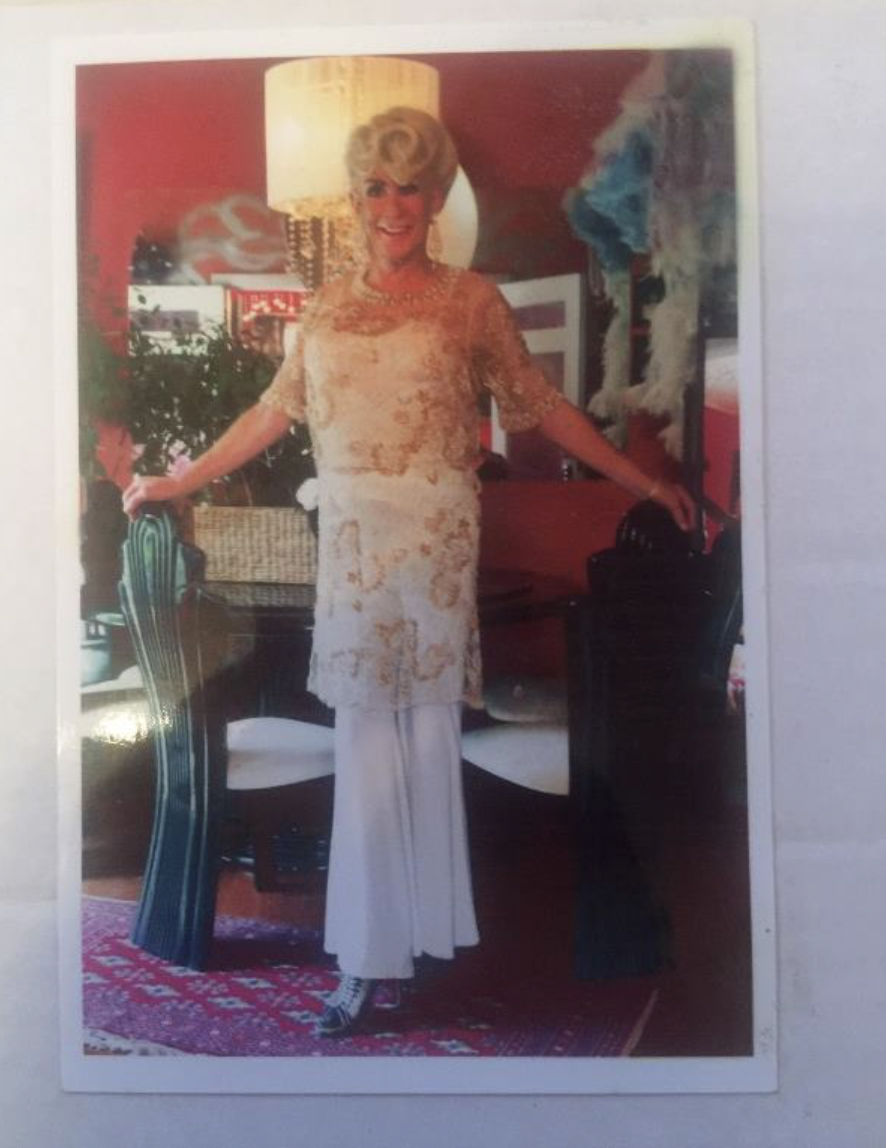
Slide title
Write your caption hereButton
Slide title
Write your caption hereButton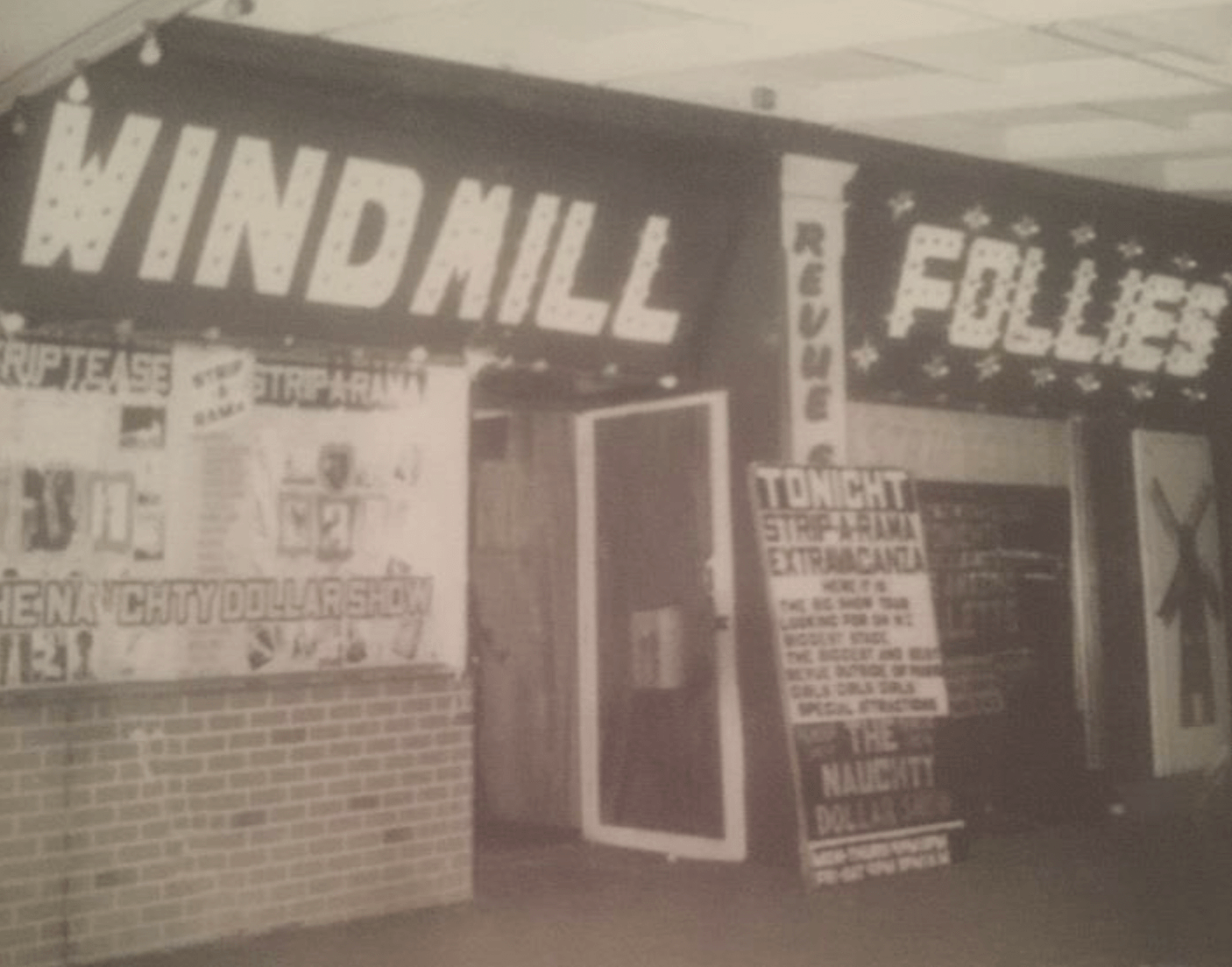
Slide title
Write your caption hereButton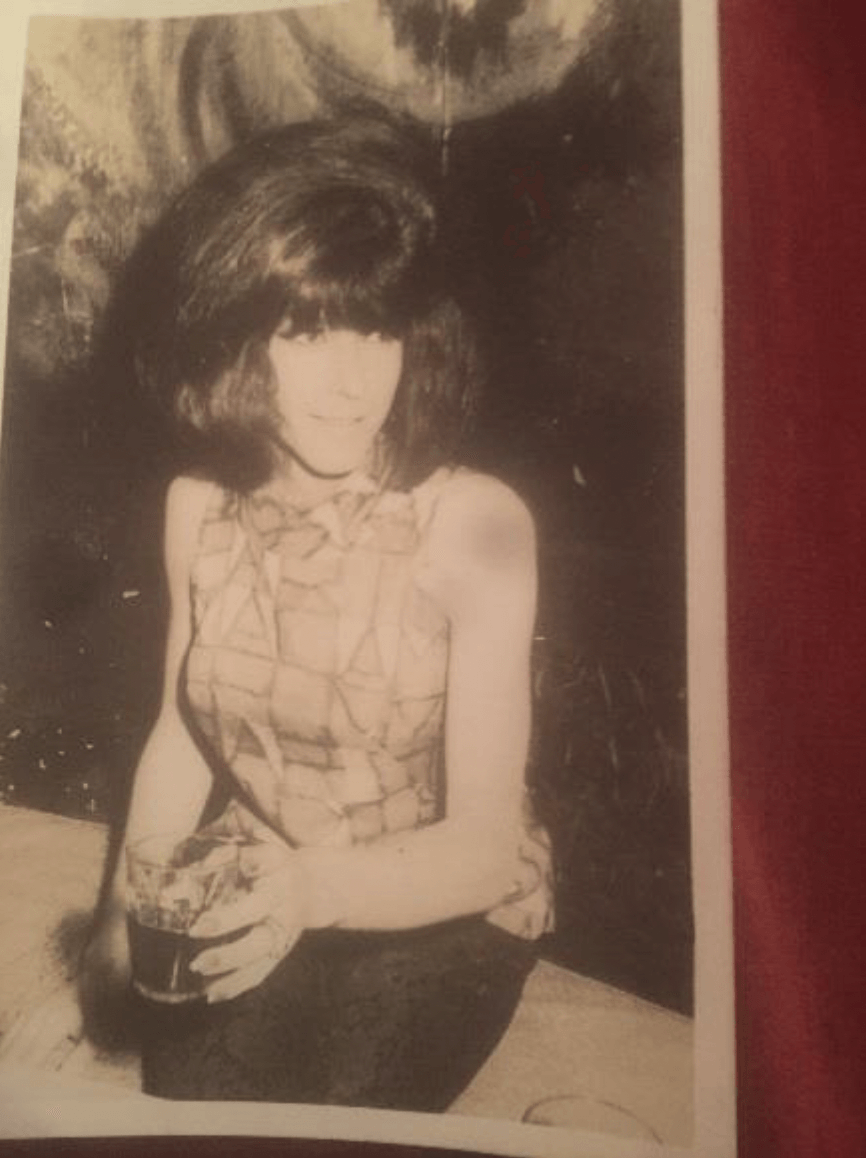
Slide title
Write your caption hereButton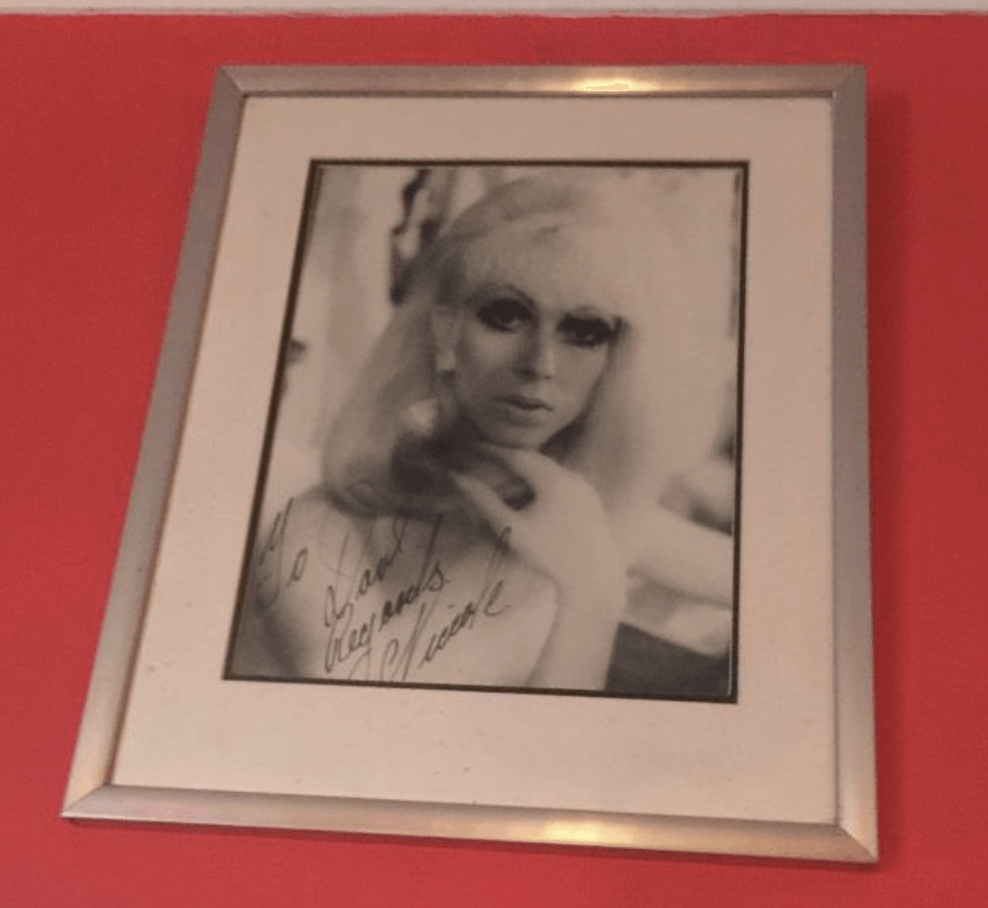
Slide title
Write your caption hereButton
-
NICCOLE DUVAL
Niccole Duval is a character indeed. K’ Road is where Niccole first came across the idea of female impersonation, and the place she first began performing. She shares her memories as a transsexual through the sixties, seventies and eighties.
How did you get your first job as a female impersonator on K’ Road?
It started in the late fifties when I was nearly 16. During the school holidays I sneaked out of home
and somehow ended up on K’ Road where I met Pink Pussycat owner Rainton Hastie. I saw a show
and said ‘That is what I want to do’. He told me to get a costume together and he’d give me a go.
When my parents saw me making a costume and I told them I had got a job as a female impersonator, I realised Mum wasn’t surprised at all. As for my dad, he acted like it was not happening. In fact the only time he ever acknowledged what I was doing was when he gave me a lift to the club the first night I performed. As I got out of the car he said “If you’re going to do it, do it well.”
Had you been dressing up as a female much before then?
A lot. I remember Mum coming home one day and catching me and three friends all running around in her shoes and jewellery. She kept her room locked after that. When I played Tom Sawyer’s girlfriend at Mt Albert Grammar School I reinvented my costume because it was so hideous, including creating a wig out of a mop head! No one could believe it when I came out of the tent on the stage.
How was school?
As an effeminate little boy it wasn’t easy for me at school. I used to get all sorts of hell. One day I lost my temper when I was being bullied getting my bike. I picked up my bike and threw it at the bully, jumped on him, stomped all over him and hit him. He left me alone after that. But I got out of school as soon as I could – left at 15 - over and out!
Then what did you do?
I started a hairdressing apprenticeship in Remuera and on Friday and Saturday nights I did female
impersonator performances at the Pink Pussycat and then across the road at Windmill Follie. The
clubs were in the second block of shops on the right coming from Ponsonby Road. There were
four clubs then - Last Vegas was the last to open on K’ Road.
What attracted you so much to female impersonation?
It was just in me. I loved being on stage. I felt confident there, I felt myself. There is a buzz
too, for there is nothing like the feeling of being up on stage. It was an outlet for me and I
was like a runaway train, an illegal one. We weren’t legal, nothing we did was considered
legal. It was very different then.
When did you start performing full time?
After about 18 months I gave up hairdressing and joined the Wally Martin Travelling Show. We
ended up in Wellington where I lived for a few years and worked as a female impersonator. Carmen, the most famous transvestite in NZ, decided to open a coffee shop during the day but it didn’t really work, so she came to me and a friend and said she wanted to try opening up Thursday, Friday and Saturday nights and would we dress up in outrageous costumes and waitress. It was a huge success and we ended up opening seven nights a week with people lining up to get in. it was so much fun.
I worked in Wellington about five years, then in drag shows in Hong Kong for 14 months. That was fabulous, so much bigger and more sensational than anything in New Zealand. But my girlfriend got very sick so we returned to New Zealand, and ended up back in Auckland.
Did you go back to K’ Road night clubs?
I did a few shows at Las Vegas but I never went back to Pink Pussycat, and Windmill Follie had shut by then. In 1971 Jacquie Grant opened Mojo’s, a drag performance club (corner of Wakefield and Queen Street). I had been performing at another club of hers and she asked me to come and put together Mojo’s show, costumes, choreography, the lot. I was keen because I’d been around all these fantastic dressmakers and transsexuals in Hong Kong and came back with lots of great ideas. I was 24 and I was there 9 years, five or six nights a week, doing three shows a night. After Mojos, I opened a couple of night clubs myself around the same area. Then I moved to Australia and worked in clubs there before coming back to Auckland and working at Alfies.
Memories of K’ Road over that time?
Although I didn’t work again on K’ Road, I did go there quite a bit. The atmosphere on the street in the late seventies was electric. The strippers and other girls were absolutely magnificent and very glamorous. They were many stunning looking girls. One of the favourite spots for everyone for a while was Mothers, a restaurant just before the service station, Ponsonby Road end, that opened until 4am. We also shopped a lot at Rendells and George Courts (department stores) for gloves, wigs and other stuff. Rendells had the most wonderful wig department.
When did you start living as a woman full time?
I never got back into boy’s clothing after I started working at Carmen’s International Coffee Lounge in the mid sixties. We had to be careful. When I transitioned I couldn’t walk down the street without being fully made up. We had to be totally convincing - we’d even practise our way of talking. If you weren’t perfectly passable you’d be bashed up. You couldn’t do it by halves.
I remember being in Tete-a-tete coffee bar in Wellington and a man came up to me and said, “You’re very good you know. I’ve been watching you and I’d have never known, except that women light their cigarette away from themselves and men light towards." I never lit my cigarette towards me again. When I decided to officially change my name, I was sitting in Carmen’s coffee lounge with the lawyer to do the paperwork. He asked me about my last name – something I hadn’t even thought about. A French guy I knew was in the coffee lounge so I turned and asked him for a good surname. He suggested Duval and to spell Nicole as Niccole.
What was your parent’s reaction?
My first meeting with Mum as Niccole was in Auckland at the Auckland Odeon Theatre shortly after changing my name. We met for lunch and I was in full drag in a lovely yellow suit with a chiffon blouse. A woman across from me started tittering and sniggering about me to her friend and Mum turned around and said, “I wouldn’t make fun of anyone if I was wearing filthy gloves like you!” I loved her quick wit, it made me feel accepted by her. She was absolutely magnificent. Dad never accepted it but he did acknowledge me.
How did the police treat you?
The police knew who I was. I was arrested in the early days for wearing woman’s panties while crossing K’ Road from Pink Pussycat to the Windmill Follies. They took me to the central police station where they made me walk ‘the plank’ – you know, lights in your eyes so they can see you, but you can’t see them, and all that. They never formally charged me because there was no such crime. They’d taken me down to show me to the boys and have a giggle. Generally, the police were good to me and looked after me, rather than seeing me as a problem.
Do you still perform?
No, not any more. The last time was in 2002 as one of 22 transexuals doing a memorial show for Brett Shepherd, a gay icon and one of the owners of Alfies and Out! magazine.
Where do you go when you come to K’ Road these days?
I go to Verona quite a bit. I also love Sri Pinang and visit the Sushi Don shop (next to Haka Lodge) a bit. Otherwise I’m mainly shopping at the K’ Road $2 shops buying candles and tat.
Best advice ever received?
From my 99 year old mother, who had dementia. Out of the blue she said two things to me while we were having coffee at St Lukes. She said “The first kiss is always important Niccole”… Then she went quiet for a while before saying “Make sure you enjoy every second of it.” I said “Life?” She said “Yes” and I said “I am!”
______
Thank you Niccole for sharing some of your old photos for this profile.
••• MAY 2019 // BY ANGELA McCARTHY
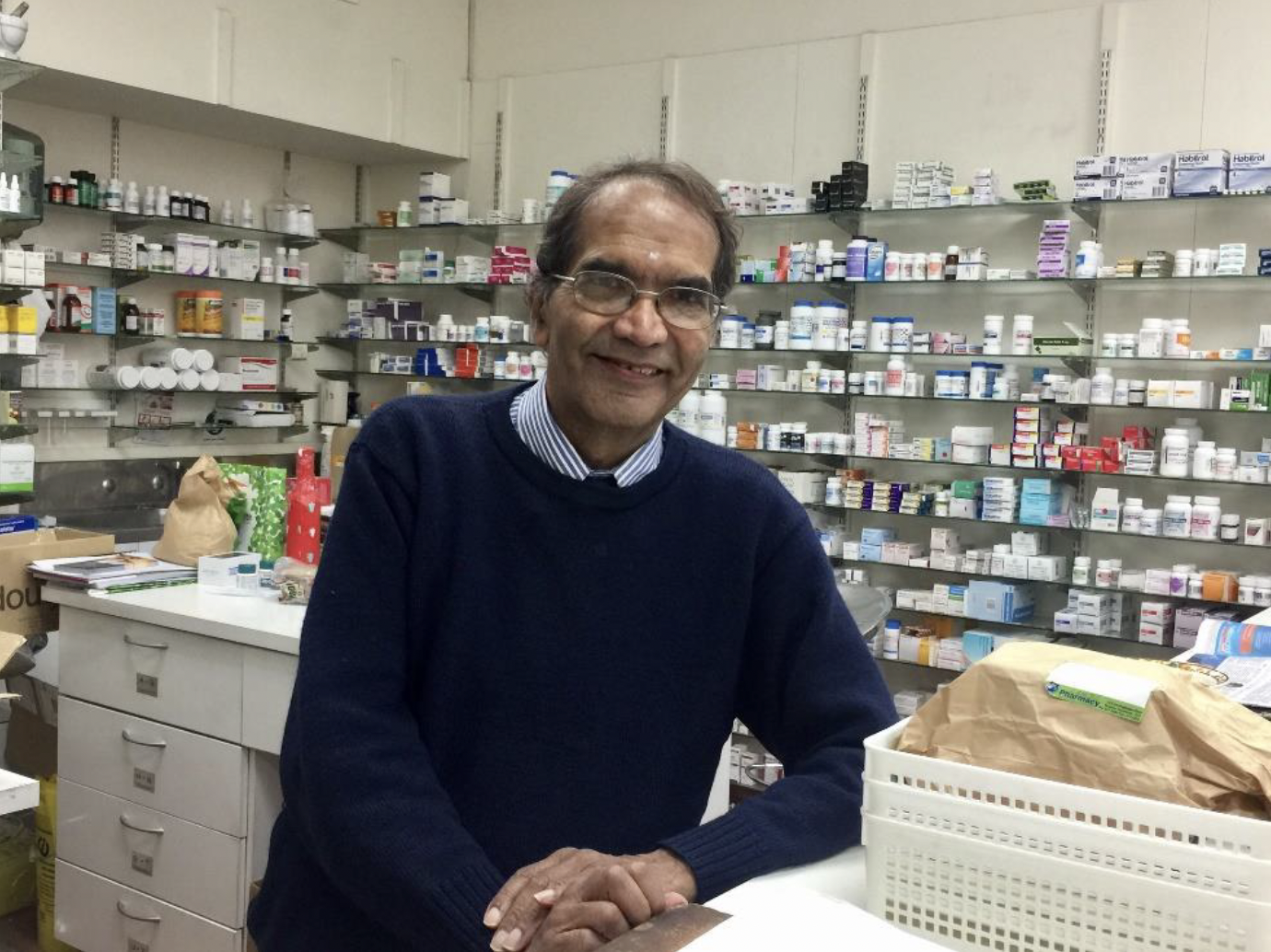
Slide title
Write your caption hereButton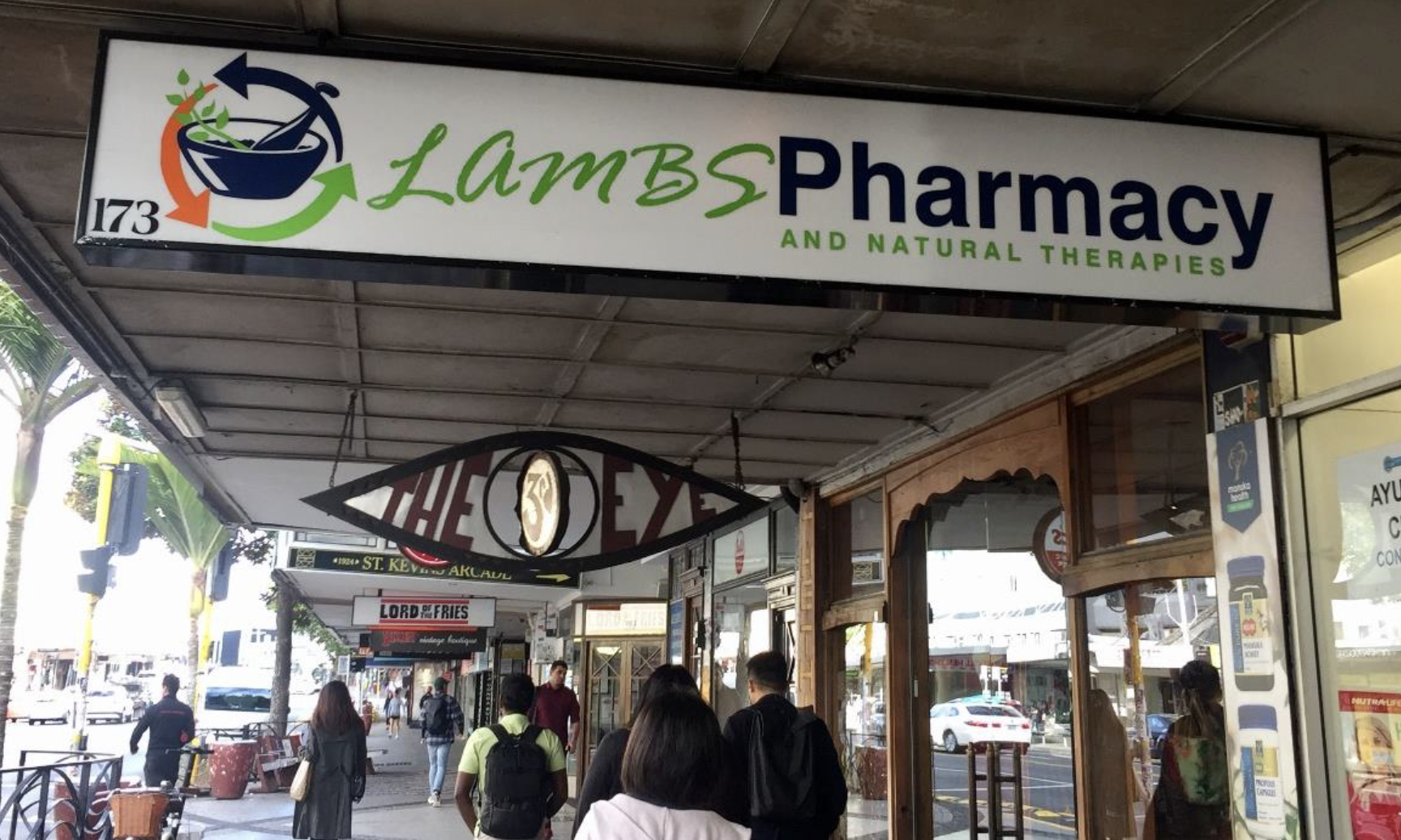
Slide title
Write your caption hereButton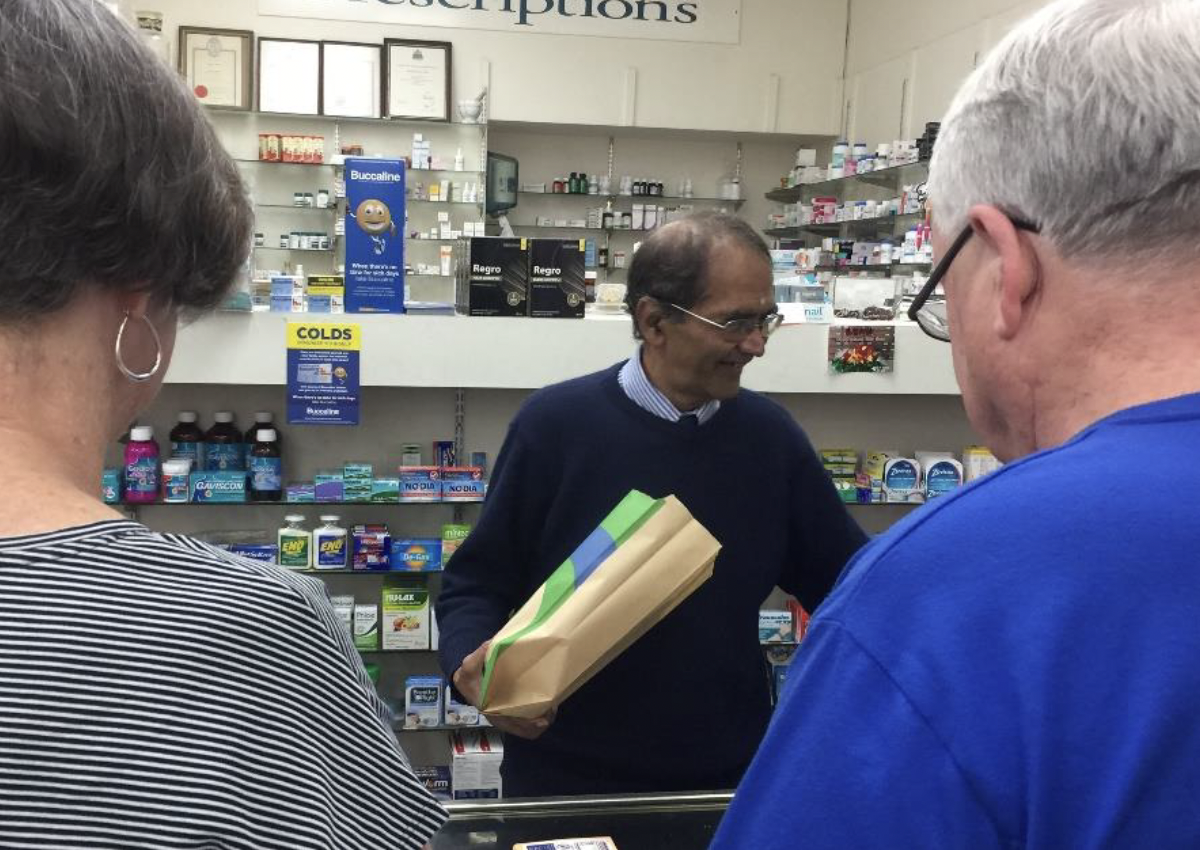
Slide title
Write your caption hereButton
-
SURESH RAMA, LAMB PHARMACY
Suresh Rama, pharmacy owner & lover of life
That pharmacist you see working away at the back of Lamb Pharmacy and Natural Therapies Centre 1994 Ltd is Suresh Rama; a man full of anecdotes, energy and deep beliefs about people looking out for one another.
How long have you owned the pharmacy?
We have been here for 24 years, although Lamb Pharmacy has been on Karangahape Road since 1892. It was initially located up the road at 131. We came here from Hamilton where we had a pharmacy and other ventures for 15 years.
How did you end up on K’ Road?
Two reasons: Our son Anish, who has Down Syndrome, had gone to a Steiner Preschool in Hamilton and we wanted him to go to the Titirangi Steiner school. We were also keen to set up a health shop to provide naturopathy and Ayurveda medicine. We were looking for a central Auckland location and came to K’ Road to see a health shop for sale. We happened to park outside Lamb Pharmacy and noticed it was closing down. He was shutting the next day so we made the very quick decision to take over Lamb Pharmacy and introduce Ayurveda medicine and naturopathic products through the pharmacy instead. We moved to this location after about 14 years ago for better foot traffic.
What is Ayurveda medicine?
Ayurveda is an alternative Indian herbal medicine that takes a holistic view of health, believing the body and mind are inextricably connected. Ayurveda is thousands of years old and known as the father of medicine.
My parents were advocates of Ayurveda. Since following Deepak Chopra, I understand the science behind it. In 20 years’ time, I believe Ayurveda will be as much a house hold name as yoga.
Learn more about Ayurveda Medicine here
What was your interest in Ayurveda medicine?
When Anish was a baby he was always getting sick and being put on a ventilator that we were told he’d be on forever, but we refused to believe there was no other option. It cleared up after we got him off dairy products and other supplements. That started our interest in naturopathy and led to homeopathy and Ayurveda medicine.
Our Hamilton pharmacy was the first NZ pharmacy to have a naturopath offering free consultations. At Lamb Pharmacy we continued with a naturopath and an Ayurveda doctor. My wife Hansa, who is also a pharmacist, has a Diploma in Ayurveda Medicine too.
What was K’ Road like when you first set up shop?
My wife found K’ Road a bit of a shock after Hamilton, but I’d lived in London and it didn’t worry me. Early on we were taken for a few rides with false cheques or “I’ll pay you next week” but next week never came.
I think we settled into the community once we moved to this location and started offering pharmacy services and Ayurveda consultations. We found people around K’ Road were very conducive to trying something different. It was at this point I started to really enjoy the pharmacy because we were offering a broad range of health options, not just a medical model and we were empowering people to be proactive about their health.
We also got to know our community better and made many friends, including young families with babies. These days, it is those babies coming in as grown ups with their babies. Friends come in and we sit and chat on these two chairs here.
Have customers changed over the years?
It has changed. It was families, old people and transient uni students. Right now 60% would be other businesses and 40% locals although that percentage is changing again because more people are moving into city apartments.
What do you enjoy about K’ Road?
I love how 90% of my customers are my friends. Most know me by first name, although some call me Mr Lamb. I don’t mind, as long as they don’t call me Mr Goat!
What do you see as the biggest challenge for K’ Road currently?
The parking situation. I worry that only lunch bars and evening trade will survive because so much parking has disappeared.
What does K’ Road mean to you?
After 24 years, I see K’ Road as my patch. As I told the judge when we were objecting to the liquor store opening across the street, I own a house in Royal Oak, but I only sleep there. This is my home and I want it to be nice and tidy and people looked after.
I pick up rubbish, report on graffiti, pull off posters put in stupid places. We need bylaws to prevent posters going up all over the place. I feel strongly about that. If I did that to their home I’d be arrested.
Black, white, green, pink, doctors, lawyers, teachers, buskers, dancers, homeless – K’ Road is a little world of its own where everybody is accepted. You see an elephant walking along K’ road and you’d shrug and go, oh, that’s fine. After all it could be someone dressed up as an elephant, who would know on K Road.
What is your business and life philosophy?
Don’t be in business to just grab the money and run. Business is about relationships and if you develop relationships with customers and community, then anything can
happen. You can make it happen, or get assistance to make things happen, if your motives and intentions are good.
This includes looking after the disenfranchised. It is good for a community to look after the needs of others – you never know; today it is them, tomorrow it maybe you. I’ve seen an ex-test cricket player homeless due to alcoholism, and highly intellectual people on the street because they’ve lost their way.
We let people snooze here, we get social welfare for them, give them coffee or buy them lunch if that is what we think we should do. Sometimes I’m asked why I let the “funny people” in here - I see it as something that you do for humanity.
Inclusivity is important to you?
I embrace everything, I can speak a few words of many languages, because I feel if you can say something to someone in their language it opens avenues of hope. But the greatest language is the language of the heart. If you communicate to people with love and heart you get through – people connect with you.
On my days off I teach education in human values to children teaching about truth and compassion, love and nonviolence.
Tell us about how you became the Vogel Bread man.
I was asked to go on the books of an advertising agent after I helped fix her stiff neck. Last year I was selected for a Vogel Bread ad involving eight Kiwis from different backgrounds. The message was that we all eat the same bread so we are all one. In the light of Christchurch, I think this is such an important message. I got my part because I’m a keen sportsperson and have followed rugby for a long time. The ad got over 100,000 hits on Facebook and people kept coming into the pharmacy asking for the Vogel Bread man. It was fun.
What’s in store for the pharmacy?
We’ll carry on, we have a succession plan for the pharmacy. Nowadays I take a half day off on Monday and Fridays, so I’m not as flat out as I used to be. But I need to be busy and involved.
••• MAY 2019 // BY ANGELA McCARTHY
Subscribe to the
Karangahape Road newsletter...
NEWSLETTER
Thank you for signing up for our newsletters.
Please try again later.
Karangahape Road Business Association © All Rights Reserved 2020
Made by Monster Valley & This Needs Doing
AUCKLAND TRANSPORT JOURNEY PLANNER:
Find out your best route to Karangahape Road by bus, ferry or train.
